




We support all those investing in the future of mobility. Whether you’re a private company or based in the public sector: we work with you to develop solutions that meet your particular needs. We offer you expertise and experience gained from current projects in your industry all over the world. Together we can shape the future – with long-term and individually structured financing. Because the future belongs to those who think ahead. Let’s shape it together. kfw-ipex-bank.de

Dear Readers,
As we look ahead to the APTA Rail Conference and High-Speed Rail Seminar in San Francisco, it’s clear the rail industry is entering a pivotal moment. With renewed urgency around sustainable growth, resilience and digital transformation, the conversations happening at these events are more relevant than ever.
I’m pleased to share reflections from another major rail gathering – Railway Interchange 2025, which recently took place in Indianapolis. Our Principal Journalist, Tiana May, attended and offers an insightful analysis of how the industry is recalibrating amid shifting political winds and funding uncertainties. Her feature p.6 delves into key themes from the event, including the economic case for rail, the push for long-term policy stability and the importance of cross-sector collaboration.
This issue also features strong contributions from industry suppliers. From Nokia, Benoît Leridon outlines the strategic steps needed to prepare communications networks for the transition to the Future Railway Mobile Communication System (FRMCS), highlighting both technical gaps and long-term planning needs p.122
Meanwhile, Esri’s Erik Henderson explores how AI is transforming field data collection through smart assistants that simplify survey workflows and improve data integrity – an important leap forward in everyday rail operations p. 105. And from Senceive, read about wireless remote monitoring solutions for slope and rockfall risks – a critical area of infrastructure protection as extreme weather events become more frequent p. 110
Together, these pieces along with all the other contributions showcase the breadth of innovation and expertise shaping our industry today. As always, thank you for reading.
If you’d like to receive our rail news directly in your inbox, you can subscribe here. To be featured on our site or in an upcoming e-magazine, please email Andrew Lush or call +44 7432 725001.

Josephine Cordero Sapién, editor-in-chief
ANDREW LUSH Director al@a2bglobalmedia.com
JOSEPHINE CORDERO SAPIÉN Editor-in-chief jcs@a2bglobalmedia.com
NICOLA BROWN Head of Sales nb@a2bglobalmedia.com
ZOE GRIFFEY Head of Design zg@a2bglobalmedia.com
TIANA MAY Principal Journalist tm@a2bglobalmedia.com
JOEY STOATE Journalist js@a2bglobalmedia.com
Global Media Ltd The Generator Hub, The Gallery Kings Wharf The Quay, Exeter EX2 4AN
Office: +44 (0)1392 580002 Mobile: +44 (0)7432 725001
Email: info@railway-news.com Website: railway-news.com


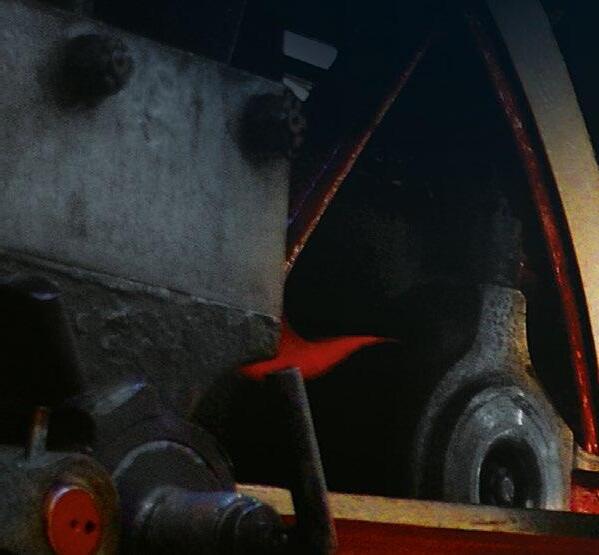














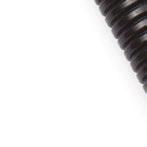













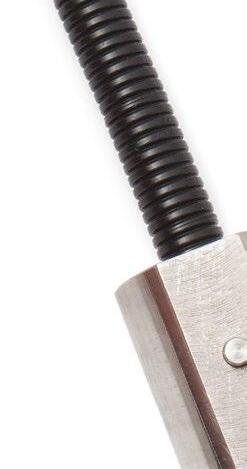





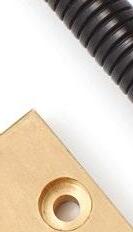
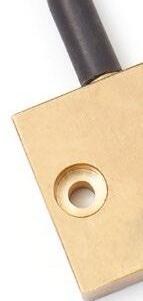






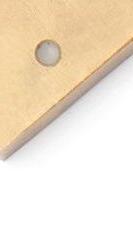


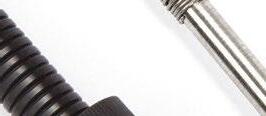




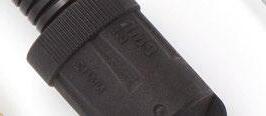








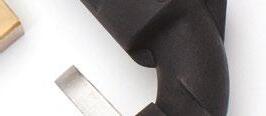
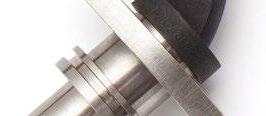
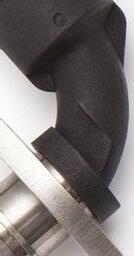
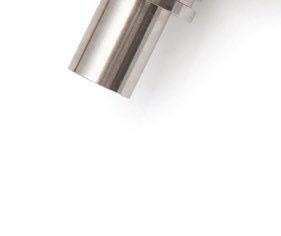




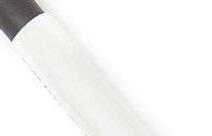















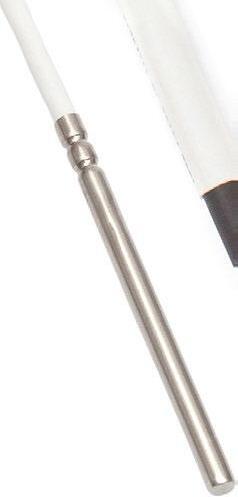




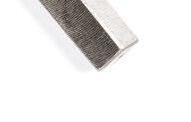

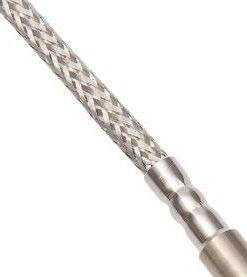


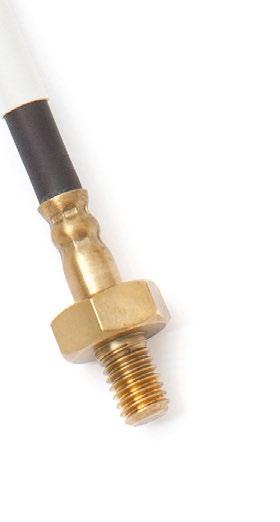
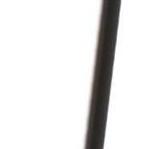













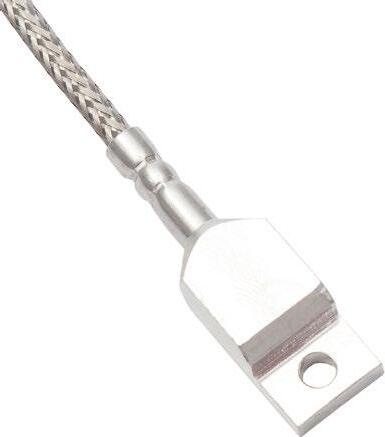


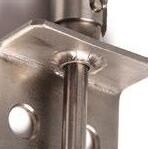




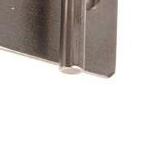


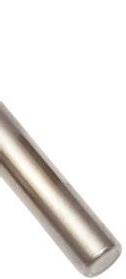





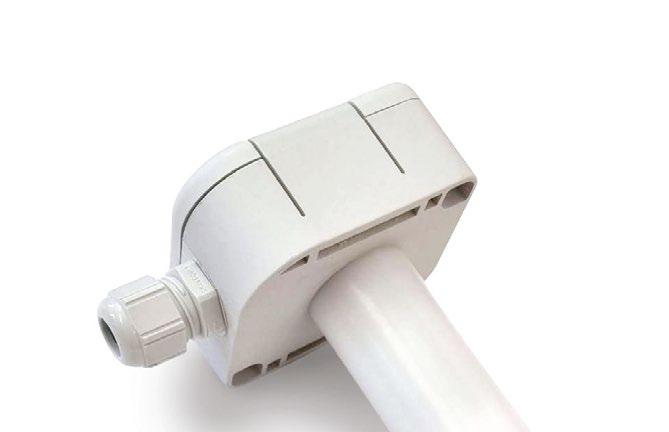





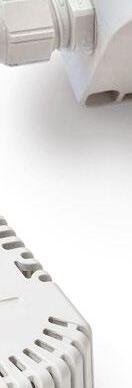













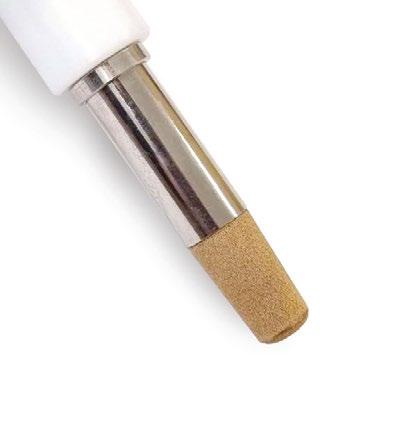

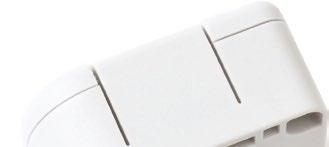

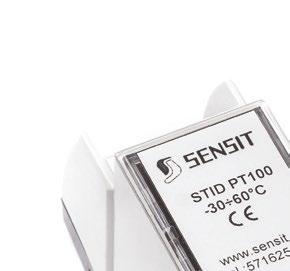

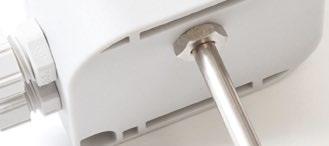



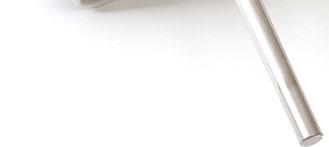










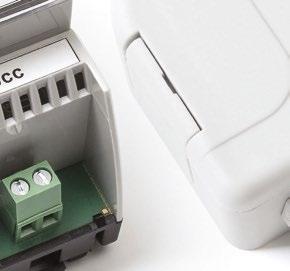


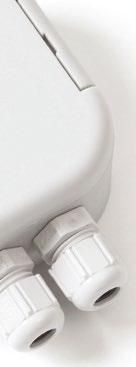


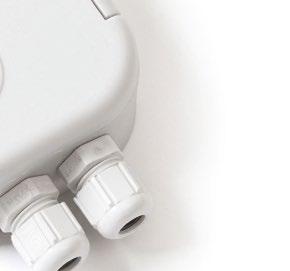
p.6
Featuring Key Takeaways from Railway Interchange 2025
Insights from Indianapolis as the US rail sector navigates political shifts and funding uncertainty.
p.8
Directory
A directory of railway suppliers for track & infrastructure, rolling stock and data & monitoring. Read about all the latest innovations and product developments in the rail sector.
Track & Infrastructure – p.13
Rolling Stock – p.45
Data & Monitoring – p.89
p.10
p.125
APTA Rail Conference & High‑Speed Rail Seminar 2025: A Technical Showcase in San Francisco
San Francisco gears up to host a pivotal gathering for the future of rail mobility and high-speed development.
A look at what key railway events are taking place between July and October 2025.
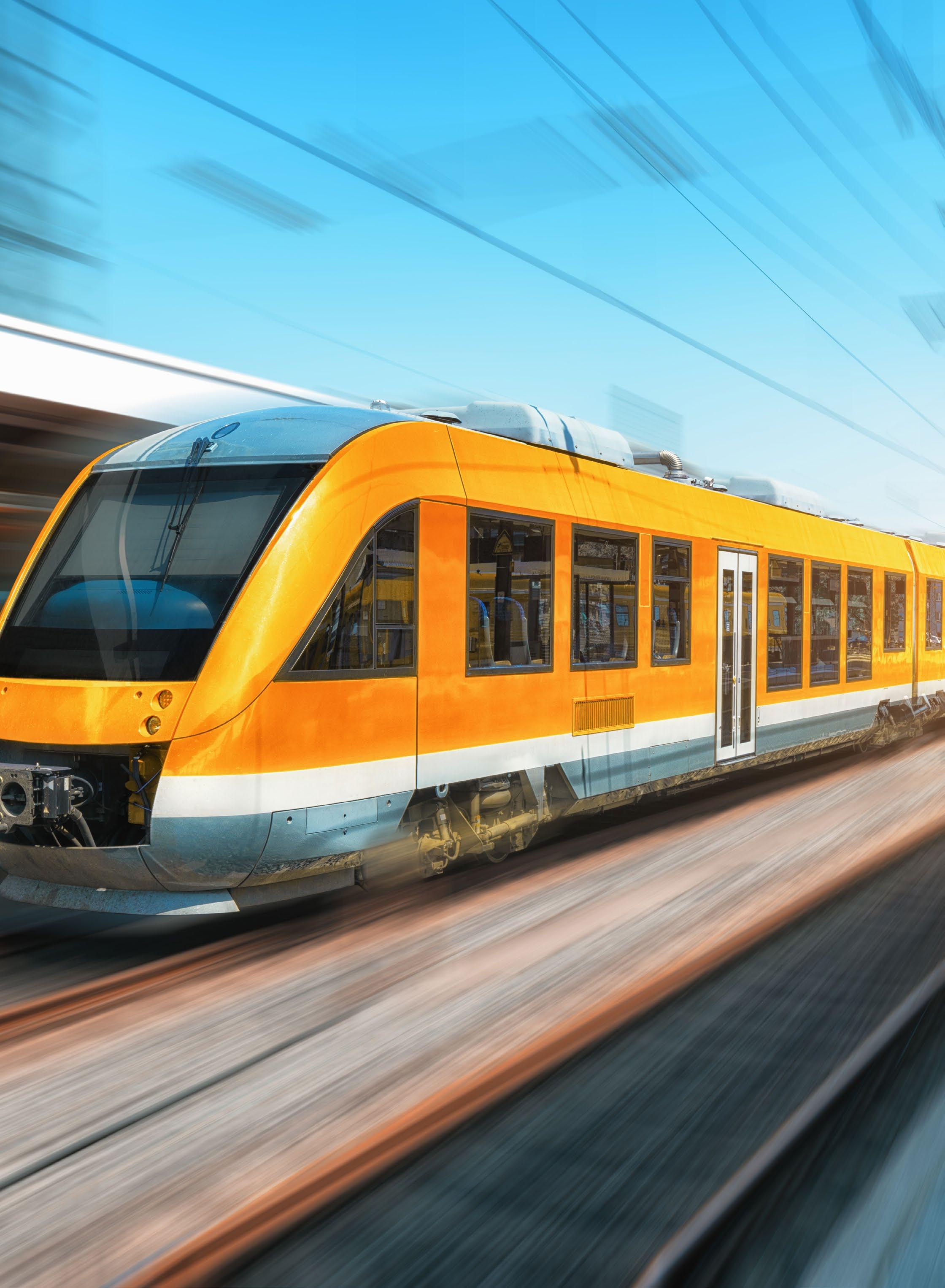
By Tiana May, Principal Journalist

Last month, I had the pleasure of attending Railway Interchange 2025, held in Indianapolis from 20–22 May. The event brought together more than 3,800 attendees from 43 countries and featured nearly 500 exhibitors, making it one of the largest gatherings of rail professionals in North America.
The event also offered a programme of educational sessions, keynote speeches and panel discussions organised by the Railway Supply Institute (RSI). These sessions explored some of the most pressing challenges facing the US passenger rail sector and offered valuable insights into strategies for driving future growth and innovation.
I flew to Indianapolis on the back of an airport and aviation conference in the UK: Sustainable Skies World Summit. Despite focusing on different sectors, it soon
struck me that there were many similarities between the topics and challenges discussed at the two events.
Several panel discussions at Sustainable Skies World Summit acknowledged the increased geopolitical uncertainty in both the UK and the US, with trade tensions and populist politics reshaping priorities. Alongside a growing feeling of ‘sustainability fatigue’, this shift emphasised a need to focus on the economic benefits of decarbonisation, rather than solely the environmental ones.
Likewise, Railway Interchange acknowledged that the 2024 US presidential election has brought notable changes to the political landscape, with Donald Trump returning to the White House and Republicans strengthening their presence in Congress. While the Biden Administration previously responded positively to arguments centred on climate and sustainability, those themes are now less persuasive to the new
administration. As a result, to maintain federal support, the industry needs to ensure its message is framed to align with congressional interests.
This includes a specific focus on the case for rail as a tool for national growth, local opportunity and longterm resilience, acting as a catalyst for economic development, job creation and private-sector partnerships. In support of this perspective, the event highlighted the persuasive economic case for rail investment in the US. For example, Benji Schwartz, Director of Government Affairs and Advocacy at APTA, noted that rail investment in the US generally offers a 5:1 return on investment.
To support the future of rail in the US and its economic benefits, the event also stressed the need for long-term stability that encourages investment. This remains a critical shortcoming, as illustrated by recent federal grant reversals, including the withdrawal of funding for the Texas High‑Speed Rail Corridor. Such uncertainty risks undermining confidence in major infrastructure projects and slowing progress.
Without a strong foundation, industry confidence in expanding the nation’s rail network may falter. Although the event highlighted a growing demand for passenger rail services across the US, with Amtrak presenting its vision for a nationwide expansion plan, this reality is arguably a long way off. Years of underinvestment have left the sector playing catchup, and overcoming these entrenched challenges will require more than vision alone.
However, Railway Interchange didn’t solely highlight the issues; it also provided a forum for exploring solutions. For example, John Robert Smith, Chairman of Transportation for America, advocated for specific legislative solutions, such as the creation of a National Equipment Leasing Pool, which could accelerate passenger rail expansion, reduce costs and open the door to greater competition.
The panellists also acknowledged that confidence and interest in the sector may grow once Brightline West demonstrates what is possible and launches its first high-speed services, connecting Southern California and Las Vegas and acting as the US’s first proof of concept for true high-speed rail.
Overall, attending Railway Interchange 2025 left me feeling clear-eyed about the scale of the challenges ahead and encouraged by the depth of commitment within the rail industry to tackle them. The event didn’t shy away from difficult conversations, whether about shifting political winds, funding instability, or the longterm impacts of underinvestment. However, it also offered a space for practical, forward-looking dialogue.
What struck me most was the shared recognition that rail has a powerful role to play in shaping a more connected, resilient, and economically vibrant future for the US.
As someone who also engages with parallel discussions in other transport industries, I’m reminded that these issues don’t exist in isolation. The future of mobility will depend on our ability to build coalitions and reframe priorities so that high-impact projects can endure beyond election cycles and short-term political shifts.
Read more from Principal Journalist, Tiana May here.
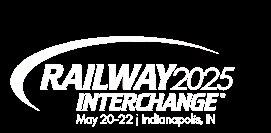
• Can US Rail Survive Trump’s Second Term?
• Texas Train Fare Too High for Trump – Will Private Capital Save High-Speed Rail?
• Amtrak Highlights Fleet Renewal and Service Expansion Plans
• The Economic Case for Rail Investment in the US
• Rolling Short: The Equipment Crisis Facing US Passenger Rail
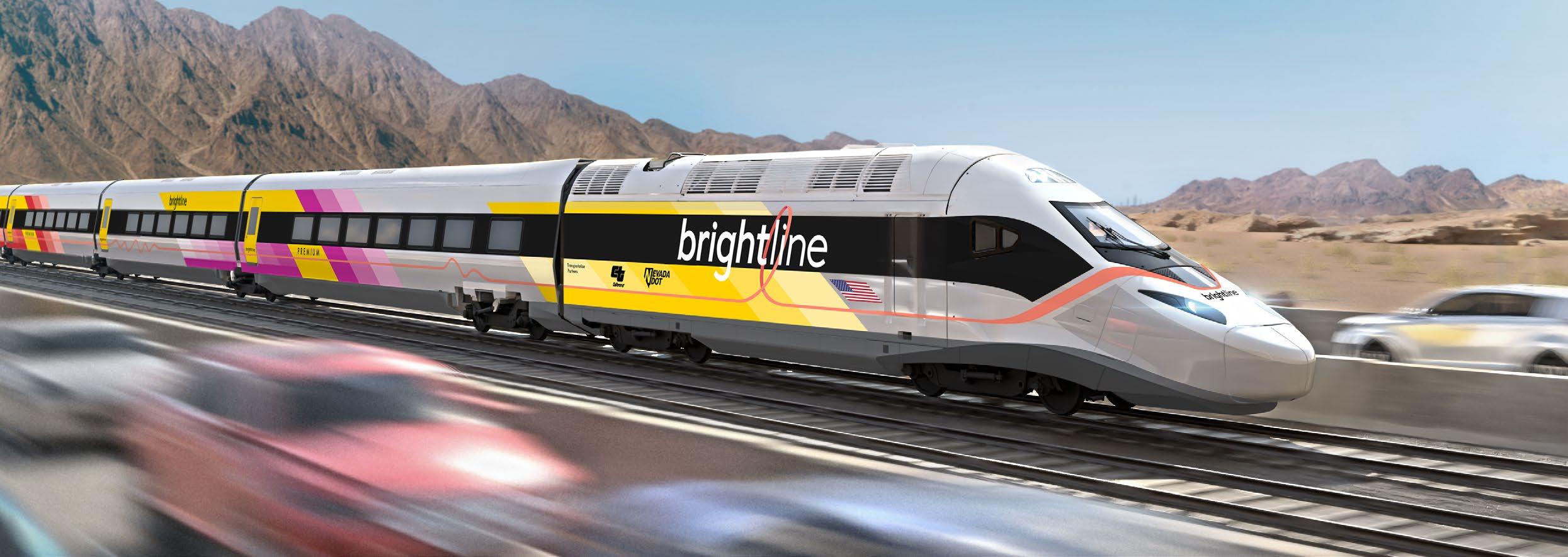



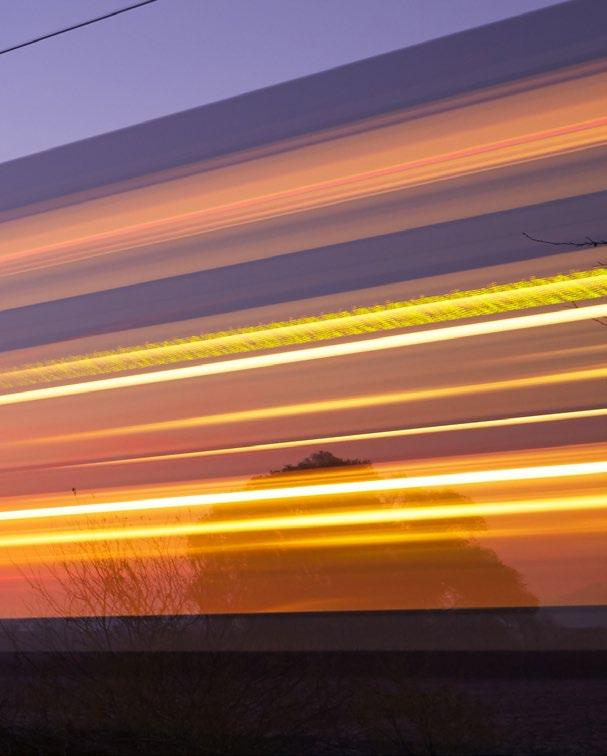


Where: San Francisco, CA, USA
When: 27 June – 2 July 2025

Organiser: The American Public Transportation Association
The annual APTA Rail Conference returns this month, bringing together public transportation professionals from across North America for a focused look at the technical, operational, and policy aspects of the rail sector. Covering all rail modes, including urban, commuter, high-speed, and intercity, the event will address the sector’s ongoing challenges and developments.
Sessions will cover a broad range of topics such as rail technology, service operations, maintenance practices, safety and security, infrastructure planning, capital projects, workforce development, and financial strategy. This wide scope provides attendees with opportunities to share experiences, review current projects, and examine how agencies and organisations are adapting to changing expectations and technologies in 2025.
The conference’s featured speakers include:
• Ian Choudri, CEO, California High-Speed Rail Authority
• Chad Edison, Chief Deputy Secretary for Rail and Transit, California State Transportation Agency
• Benjamin Limmer, Chief, Connecticut Department of Transportation
• Mario Péloquin, President and CEO, VIA Rail Canada
• Meredith Slesinger, Rail & Transit Administrator, Massachusetts Department of Transportation
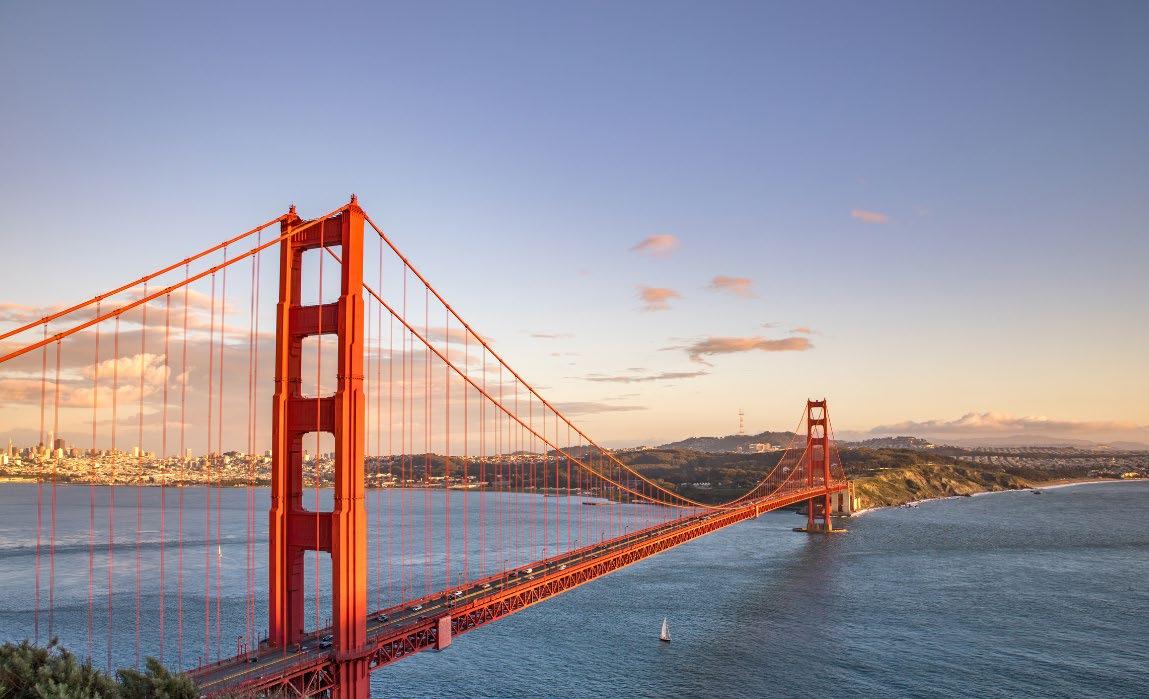
These industry leaders, among many others, will offer insights into a range of topics, including large-scale infrastructure delivery, high-speed rail development, public-private partnerships, and regional planning strategies.
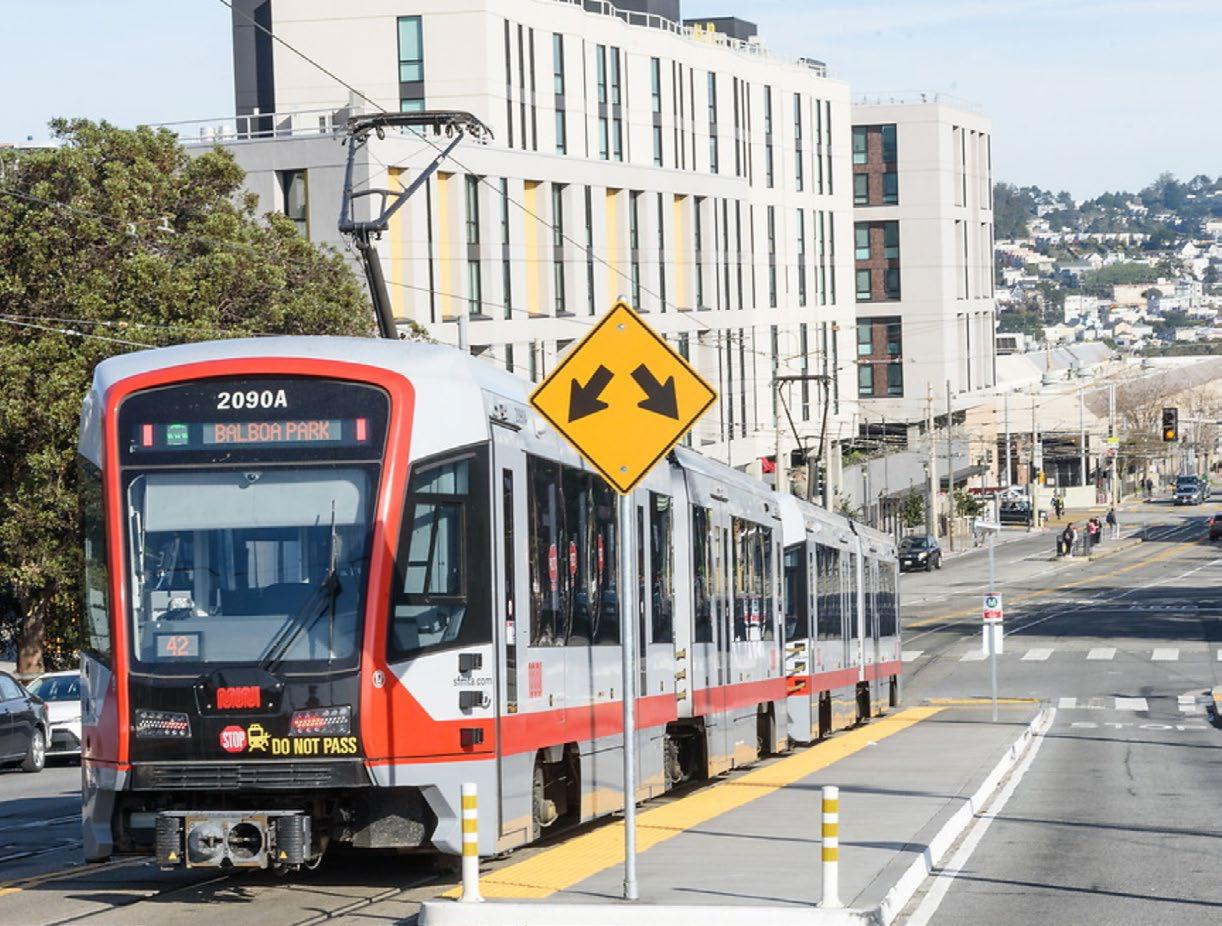
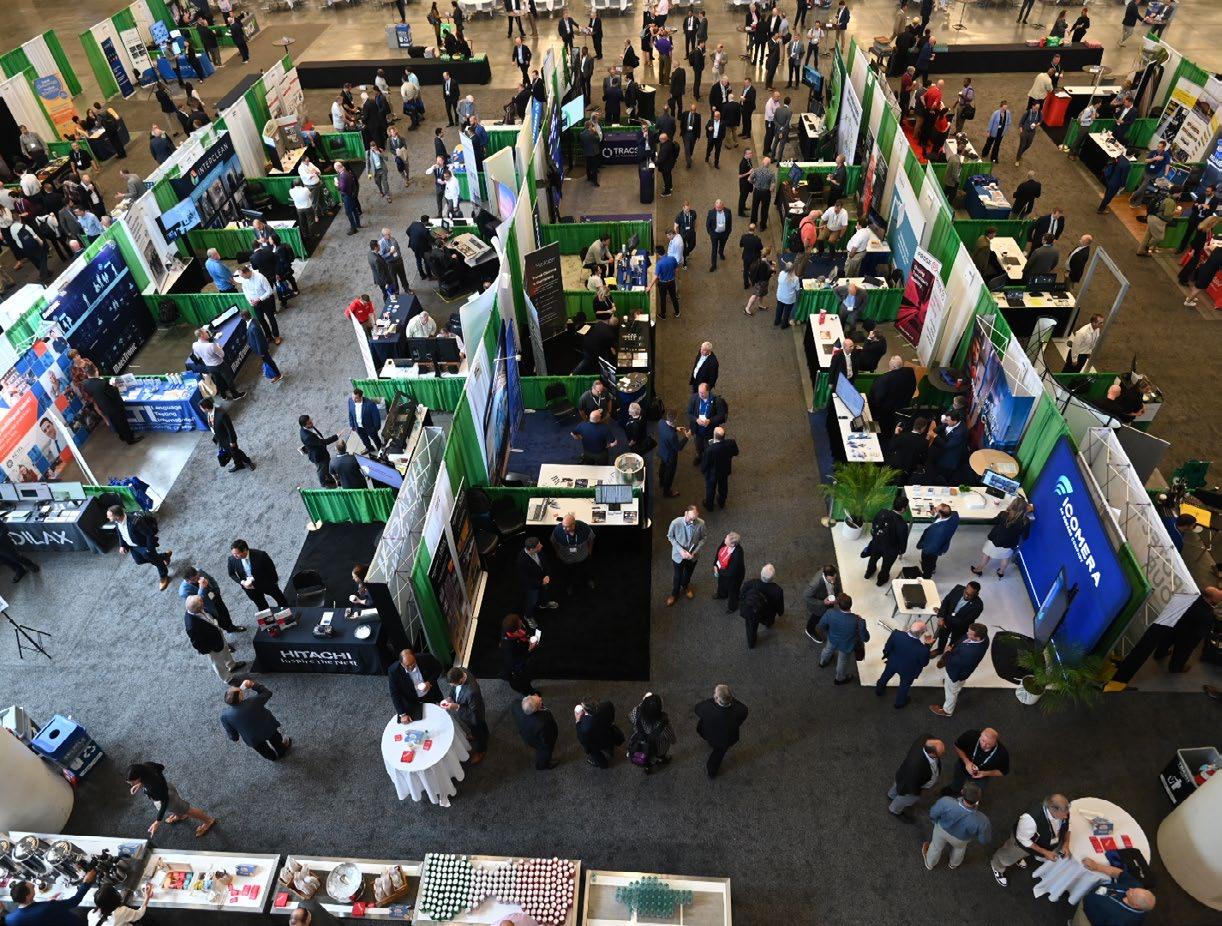

Alongside the conference, the event’s Products & Services Showcase will provide participants with an understanding of a range of tools, systems, and services that are currently being introduced or tested across the industry. This exhibition is designed to support informed decision-making by allowing agency staff and other stakeholders to engage directly with suppliers and product developers.
The Showcase will be held on Sunday, 29 June and Monday 30 June at the San Francisco Marriott Marquis.
Attendees can also take part in a series of technical tours throughout the event, offering site-based insights into local rail operations. These tours serve as a practical complement to the conference sessions, highlighting approaches to implementation, integration, and performance in different operating environments.
This year’s tours include facilities operated by Bay Area Rapid Transit (BART), San Francisco Municipal Transportation Agency (SFMTA), and Caltrain.

Supplier Spotlight:
Kiel Americas Stand 213
Sogeclair Simulation Stand 307
Protran Technology Stand 406
Tracsis ‑ Stand 401
voestalpine Railway Systems Nortrak ‑ Stand 506
Icomera US, Inc. ‑ Stand 411

When: 27 ‑ 28 June 2025
Prior to the Rail Conference, APTA will also host the High-Speed Rail Seminar on Friday 27 and Saturday 28 June. The seminar will bring together a cross-section of leaders and technical experts to explore the policy, infrastructure, and economic frameworks needed to support a nationwide high-speed and intercity rail system.
The seminar will discuss how high-speed rail can serve as a catalyst for equitable economic growth, connecting major metropolitan areas while extending opportunity to rural regions. This focus will include the potential for high-speed rail to create high-quality jobs, reduce carbon emissions, and strengthen national resilience through energy-efficient, sustainable infrastructure.
The conferences are intended for a broad audience, including rail agency staff, executives, board members, government representatives, consultants, contractors, and suppliers. For those involved in the planning, delivery, and management of rail services, APTA aims to offer a space for focused dialogue and the exchange of knowledge.
Railway-News will be attending both the APTA Rail Conference and the High-Speed Rail seminar. Stay tuned or subscribe to hear the latest from the topics discussed at the events.
Click here for more information about both events.
Take a look at what key railway events are taking place between July and October 2025 on p.125!
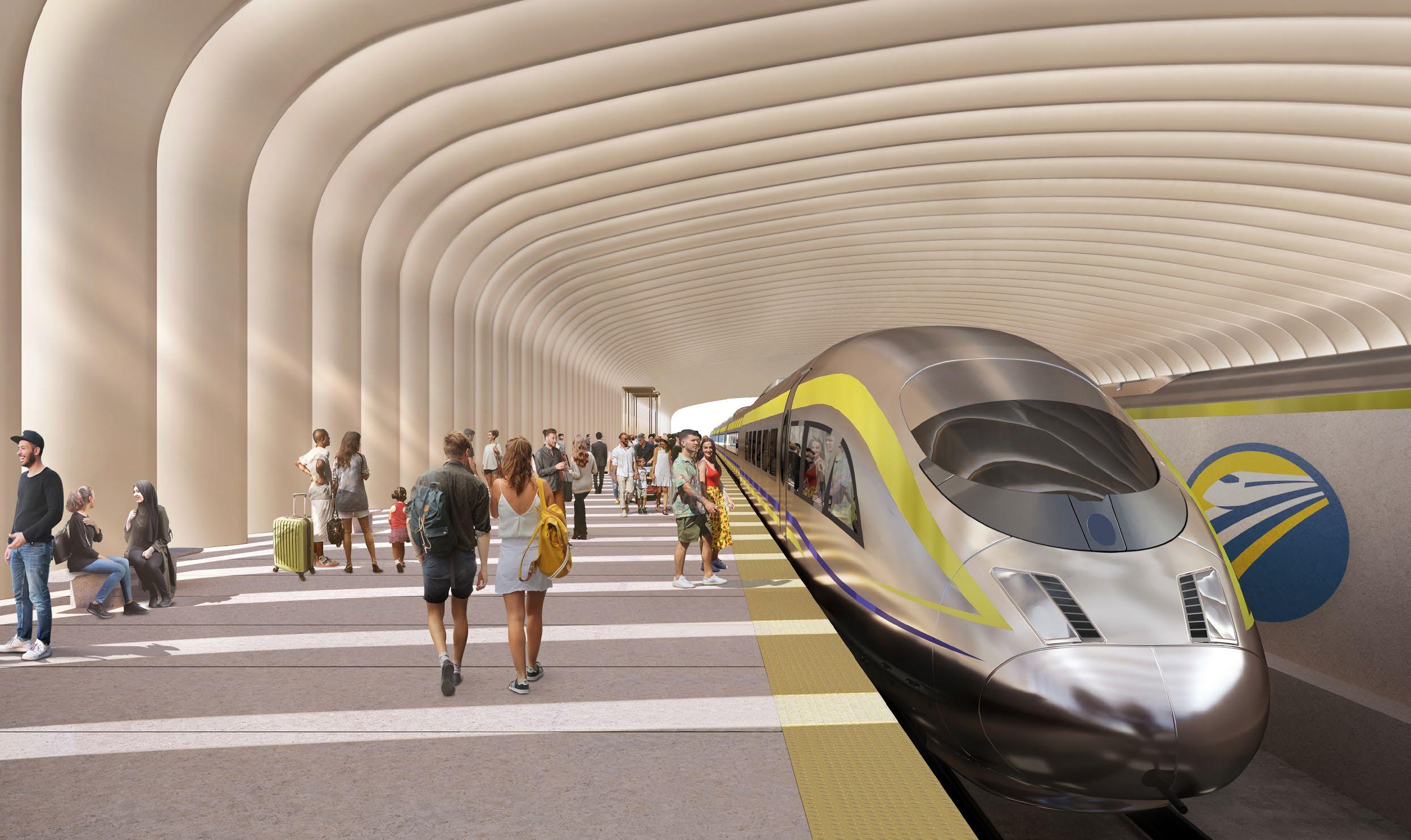
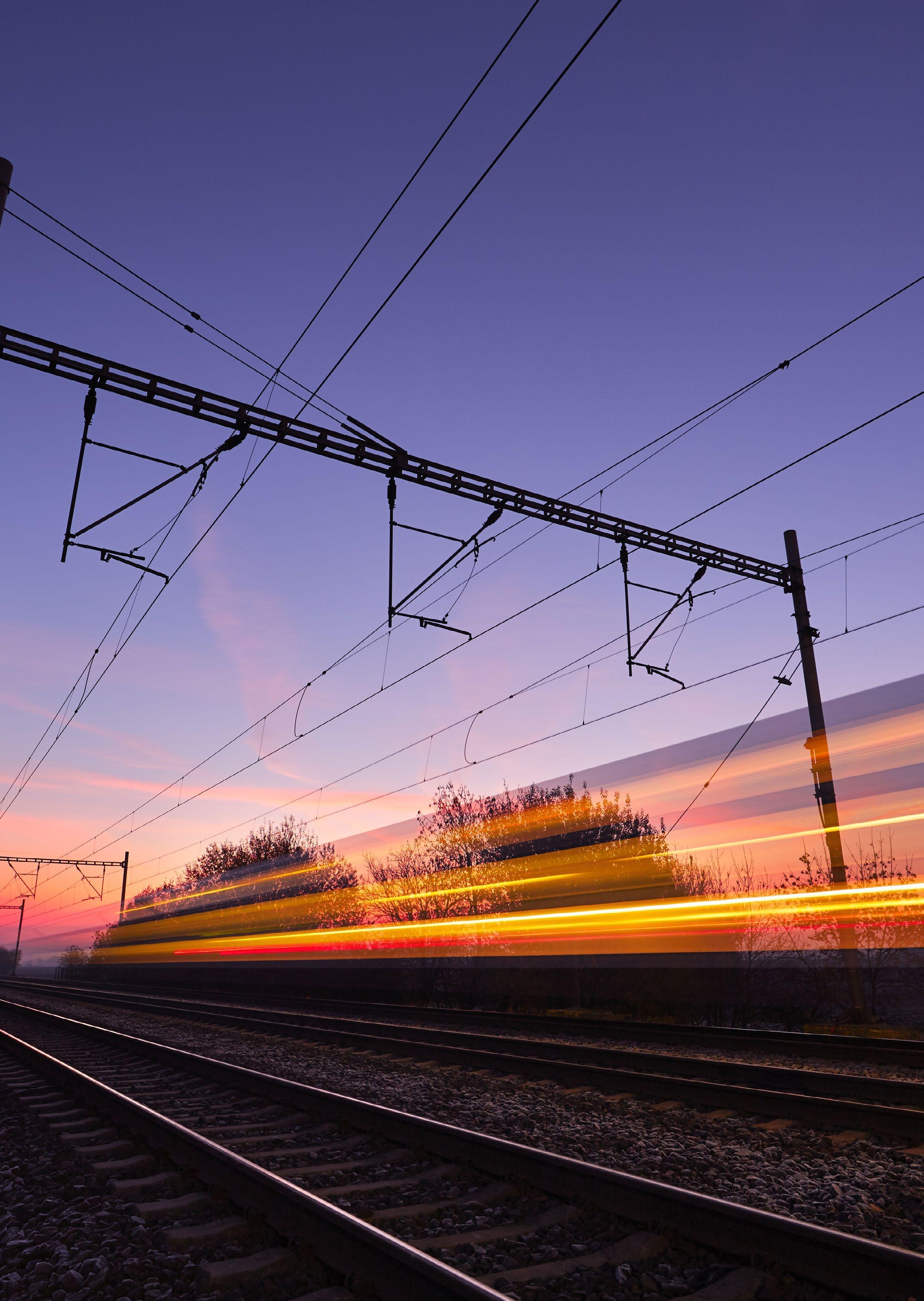

Worksite Protection
ZÖLLNER Signal GmbH p.14
Depot Equipment
Roediger Vacuum GmbH p.16
Maintenance & Equipment
Goldschmidt p.19
Laser Precision Solutions (LPS) p.20
Holland p.23
Gradall TrackStar p.26
Rail Power Systems
Bender UK p.29
celduc relais p.30
Salicru p.33
Track & Trackside Materials
Amorim Cork Solutions p.36
Trelleborg Polyurethane Products Ltd p.39
Electrification
Mersen p.42

Another segment of our company focuses on keeping people safe on track worksites and one way to do so is with the help of our Automatic Track Warning System.
Made up of flexibly combinable modules, the Mobile Radio Warning System MRWS can be adjusted to each worksite situation and the specific works carried out meaning maximum safety while keeping costs and efforts as low as possible. Due to this flexible nature, the MRWS has been deployed on thousands of worksites across Europe and Australia.
As a SIL4-certified system, the MRWS is ‘failsafe’. The SIL – safety integrity level – is a measurement of a system’s safety and reliability. SIL4 is the highest of the four SIL levels defined in functional safety (according to standards such as IEC 61508/CENELEC) and sets the most rigorous requirements for a system's safety and reliability standards. We develop our systems in-house
meaning that our teams have worked strenuously to meet the required analysis, planning, testing, implementation and validation to guarantee the highest possible risk minimisation.
The system is developed to be easy to handle, flexible and user-friendly. A warning system always consists of a train detection method (a device or a person), a control unit and a number of warning devices. In case of the ZÖLLNER MRWS, train detection can either be realised using a track sensor, a lookout or via the signal from the interlocking. The MRWS family includes a variety of different warning devices which always allows each worker to be warned in a way best suited for their work. The Autoprowa® effect, built into all our warning devices, ensures a warning signal volume that is proportional to the surrounding noise, making it as loudly as necessary but also as softly as possible to protect the environment and residents in the vicinity.
When a train is detected, the warning signal is immediately emitted at the worksite, giving all

workers enough time to leave the danger zone. LED lights on each warning device are reminders of the active warning. The warning is cancelled either by the operator or automatically via another track sensor.
The ATWS, can however, also be used in combination with the ZÖLLNER system COBRA (control of balises with remote assistance). COBRA is a new system for remote control of (Euro) balises on ETCS lines and it can be used to stop or brake trains. This means that a train is only able to pass the worksite if all workers have cleared the danger zone and the operator gives permission via the control unit. If the balise is switched to STOP via the control unit, the rail vehicle is braked.
Another innovative method to use the MRWS to protect worksites that require regular maintenance access are permanently installed warning systems independent from the interlocking. Examples are maintenance-neuralgic and difficult-to-secure track areas such as junctions, tunnels and bridges. For these types of worksites, inductive train detectors can be installed and are left on track for several weeks, months or even permanently. Other system components, e.g.
radio transmitter and warning devices, are brought to site and operated on battery power.
Tracker information (e.g. location, device status, battery status) of all active MRWS systems can be viewed at all times using the web-based ZCloud. ZCloud uses the device tracker to recognise which components work together and automatically groups them together as an ‘active system’. All components in the respective stock of devices that are not currently in use or are not assigned to a system are listed separately. All available data is stored in the logbook and can be called up or exported there. Even when the device is deactivated, the location information is transmitted to ZCloud. No matter the track worksite situation, the ZÖLLNER product portfolio delivers a solution for securing the worksite effectively and efficiently.
For more information visit www.zoellner.de or email international@zoellner.de

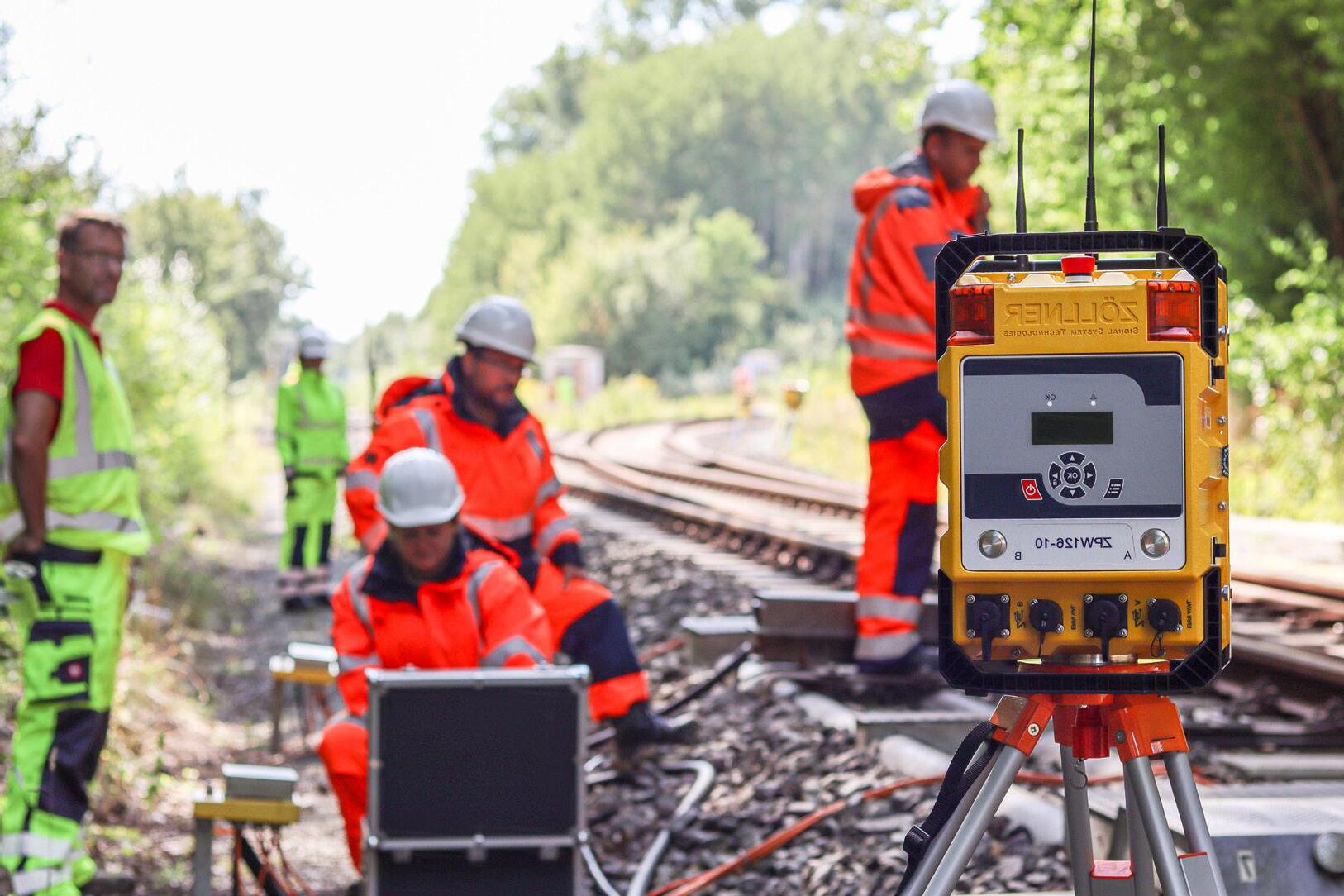


Aboveall, trains should be on the move – and all passengers should feel comfortable.
Achieving this requires that the trains are serviced after reaching their destination and that the interior of the trains is thoroughly cleaned. This often takes place at night and the time available for cleaning the interior is limited. Using cleaning cabinets, which are compact in design and provide all the necessary materials at the maintenance tracks, can save unnecessary movements and thus reduce the cleaning time.
Today’s cleaning cabinets are engineered to be spacesaving and time-efficient, making them ideal for installation in service depots or alongside service
tracks. Extra slim versions are available to allow for integration into tight spaces without compromising on functionality. Despite their compact footprint, these cabinets, which are made from stainless steel or aluminum sheets and profiles, are packed with features that streamline the cleaning process and enhance worker safety and efficiency.
Each cabinet is equipped with hot and cold water connections, enabling cleaning staff to tackle a wide range of tasks, from general surface cleaning to more intensive sanitation jobs. The inclusion of a sink for grey water disposal ensures that wastewater is managed hygienically and in compliance with environmental standards.
Efficiency is further enhanced by a dosing system for up to four cleaning agents, allowing precise and safe mixing of chemicals. Water and cleaning concentrate are automatically provided in the correct mixing ratio. This not only reduces waste but also ensures consistent cleaning results, which is essential for maintaining high hygiene standards across an entire fleet.
The cabinets feature storage compartments with shelves to neatly organise cleaning utensils, paper towels and other materials, ensuring that everything needed is within easy reach. Additionally, power supply sockets are integrated into the design, supporting the use of vacuum cleaners and other electrical equipment without the need for long extension cords or separate power sources.
With frost protection built in, these cabinets are suitable for year-round use, even in extreme cold climates. This feature prevents water lines and components from freezing, ensuring uninterrupted operation regardless of weather conditions.
Emergency-ReadySafety is a top priority in any industrial setting, and these cabinets can be optionally equipped with first aid kits, eye showers and fire extinguishers. These additions make the cabinet not just a cleaning station, but a critical point of safety in the event of an emergency.
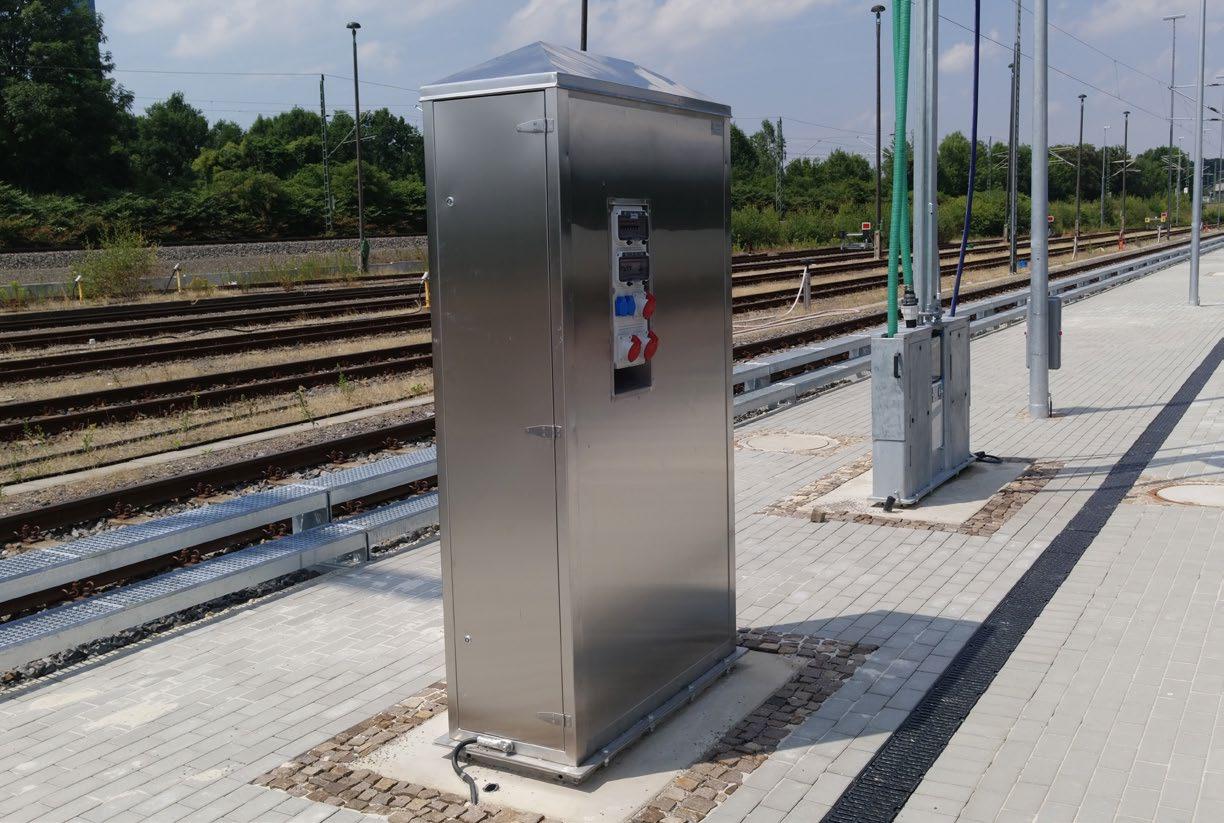

Internal lighting always ensures visibility inside the cabinet at all times, while optional workspace lighting provides additional illumination for detailed tasks. This is especially useful during night shifts or in poorly lit service areas.
Recognising that no two train operators are the same, manufacturers offer individual solutions tailored to specific operational requirements. Whether it’s a unique layout, additional storage, or specialised equipment integration, these cabinets can be customised to fit seamlessly into existing workflows.
As rail networks expand and passenger expectations rise, the demand for efficient, hygienic and safe cleaning solutions will only grow. Modern cleaning cabinets represent a smart investment in operational efficiency, worker safety and passenger satisfaction. By consolidating essential cleaning functions into a single, robust unit, these cabinets are setting the standard for train interior maintenance.

Find out more by visiting www.roediger‑vacuum.com

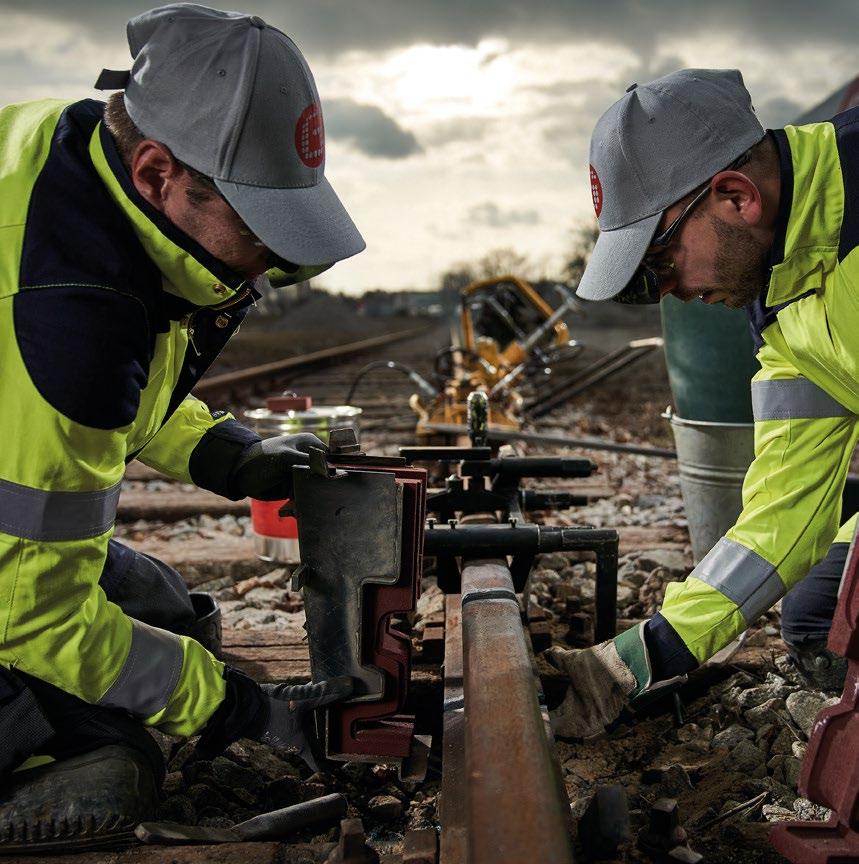
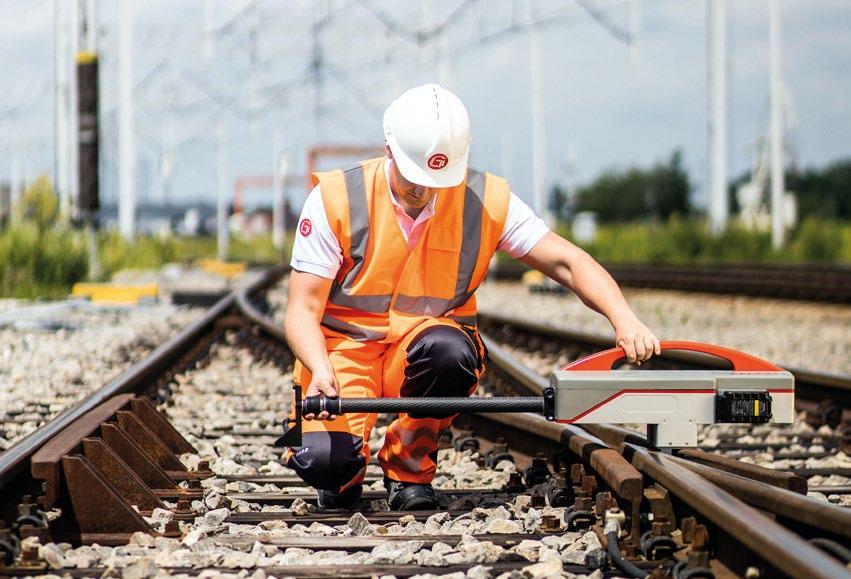
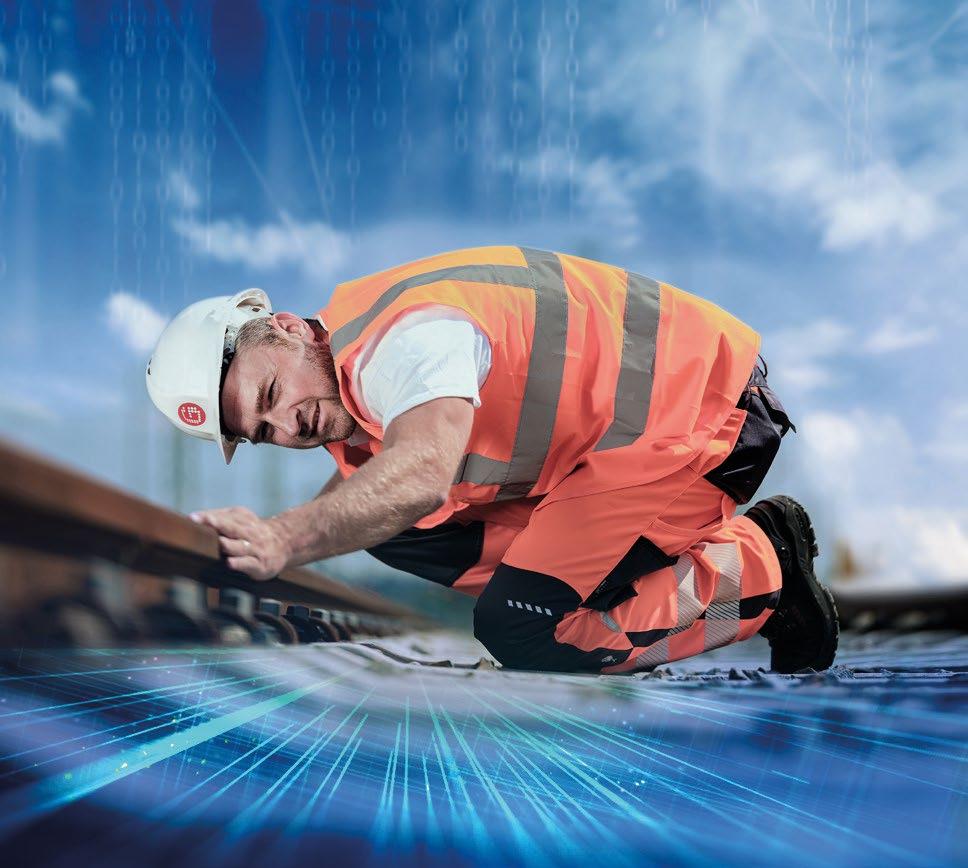

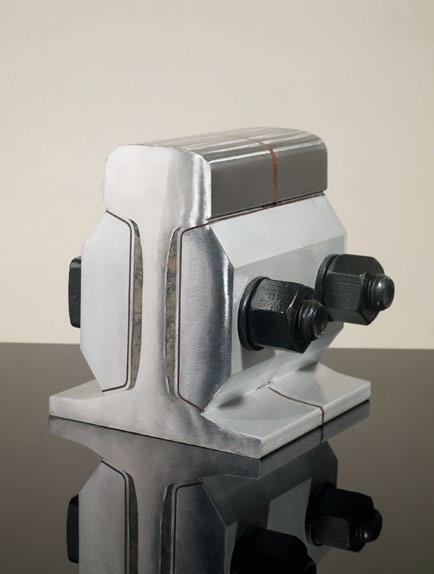
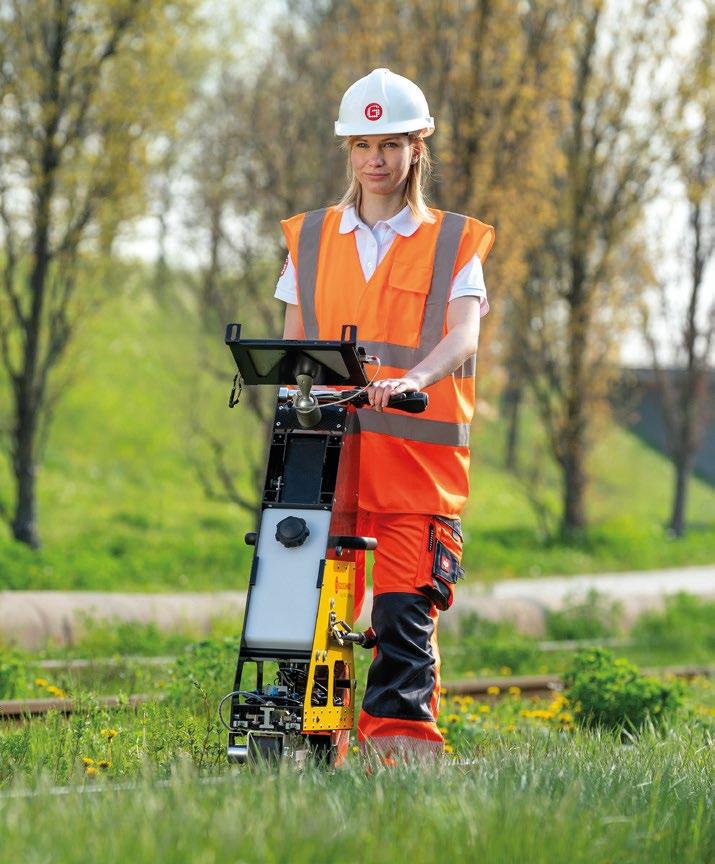

SMART
Together with you, Goldschmidt develops smart and reliable solutions – for safe, sustainable and long-lasting railways of premium quality.
Goldschmidt offers you a comprehensive range of high-quality and reliable products and services worldwide for the construction, maintenance and monitoring of your railway infrastructure. With our products and services, combined with our smart digital solutions, we are pushing for the digital future of track. We are always at your side – wherever you are. With our global presence, your Goldschmidt products and services are available locally, as is the support of your local contact.


Expect fewer brake-related incidents and maintenance, better train detection and more reliable rail services.
LaserTrain is a non-abrasive cleaning solution designed to remove tough railhead contaminants for better adhesion.
• Removes leaf debris, rust and oil contamination
• One pass improves coefficient of friction for up to 24 hours
• Cleans at any speed up to 120km/h
• Autonomous operation with obstacle detection
• Real-time performance tracking via a client dashboard
• Compliance with ISO 9001 and IEC 60825 laser safety standards
Endorsed by major rail operators: the MTA Metro-North Railroad, Long Island Rail Road in New York and and Keolis Commuter Services in Boston.
“Record-breaking 2024 LaserTrain performance –again! ...The data is undeniable: the LaserTrain has significantly improved customer experience and Metro-North’s operational efficiency,contributing to our highest-ever on-time performance of 98.34%.”
Testimonial from Chad Scholes, Chief Innovation and Logistics Officer at Metro North Railroad


Since 2018, LaserTrain has helped clients cut slip-slide events by 66%, delays by 70% and wheel maintenance costs by up to $1.6 million per year. In 2023, MetroNorth Rail road received the APTA Gold Award for Rail Safety for successfully implementing LaserTrain cleaning during peak hours at 100km/h.
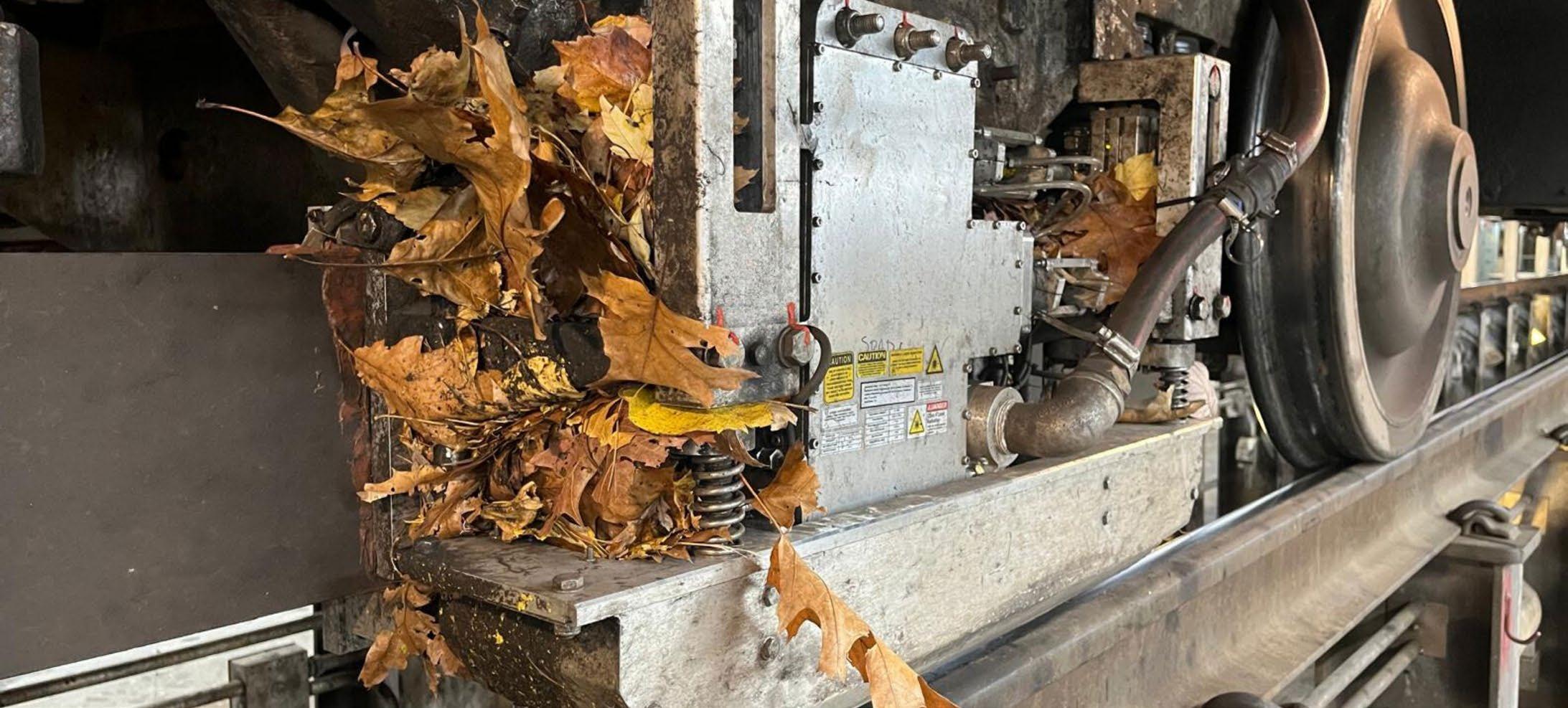
The LaserTrain Container Model is a modular, selfcontained unit designed to integrate seamlessly with existing rolling stock. Compatible with Y25 or R141 bogies, the system fits within EU, UK, and US loading gauges and can be powered by third rail, catenary, locomotive, or generator for operational flexibility.
Capable of cleaning up to 200,000 km per season, it offers unmatched scalability and easy deployment across metro, commuter, or freight applications.
Click here to see a video of the LaserTrain Container Model.
Beyond cleaning, LPS also offers Track
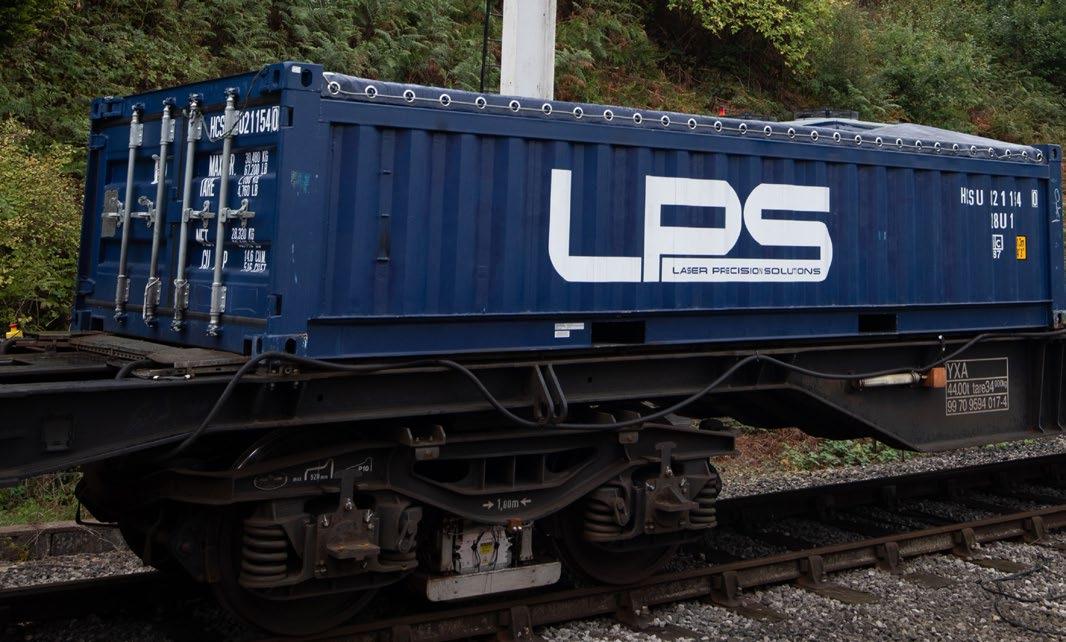
Detector (TCD) – a compact sensing module that installs on any train truck to monitor rail-head contamination in real time, generating heat maps of problem zones to help target cleaning efforts. Currently at TRL 6–7 prototype stage, the TCD system is poised to become a crucial tool in predictive rail maintenance.
Fixed upfront costs and a non-abrasive, chemical-free cleaning method significantly reduces CO2 emissions, removes the need for consumables and lowers energy consumption compared to traditional techniques. Less rail-wheel wear adds to asset life – translating to longterm maintenance cost savings, more uptime and fewer cars out of service.
Click here to watch our LaserTrain laser cleaning video.
LaserTrain is available for lease or purchase, with a selection of support packages. Choose between our modular Container model or the Retro-Fit model for integration into existing train cars. Get in touch to explore how LPS can support your operations and receive a custom quote.
To find out more visit our website or contact one of the team for a custom quote!

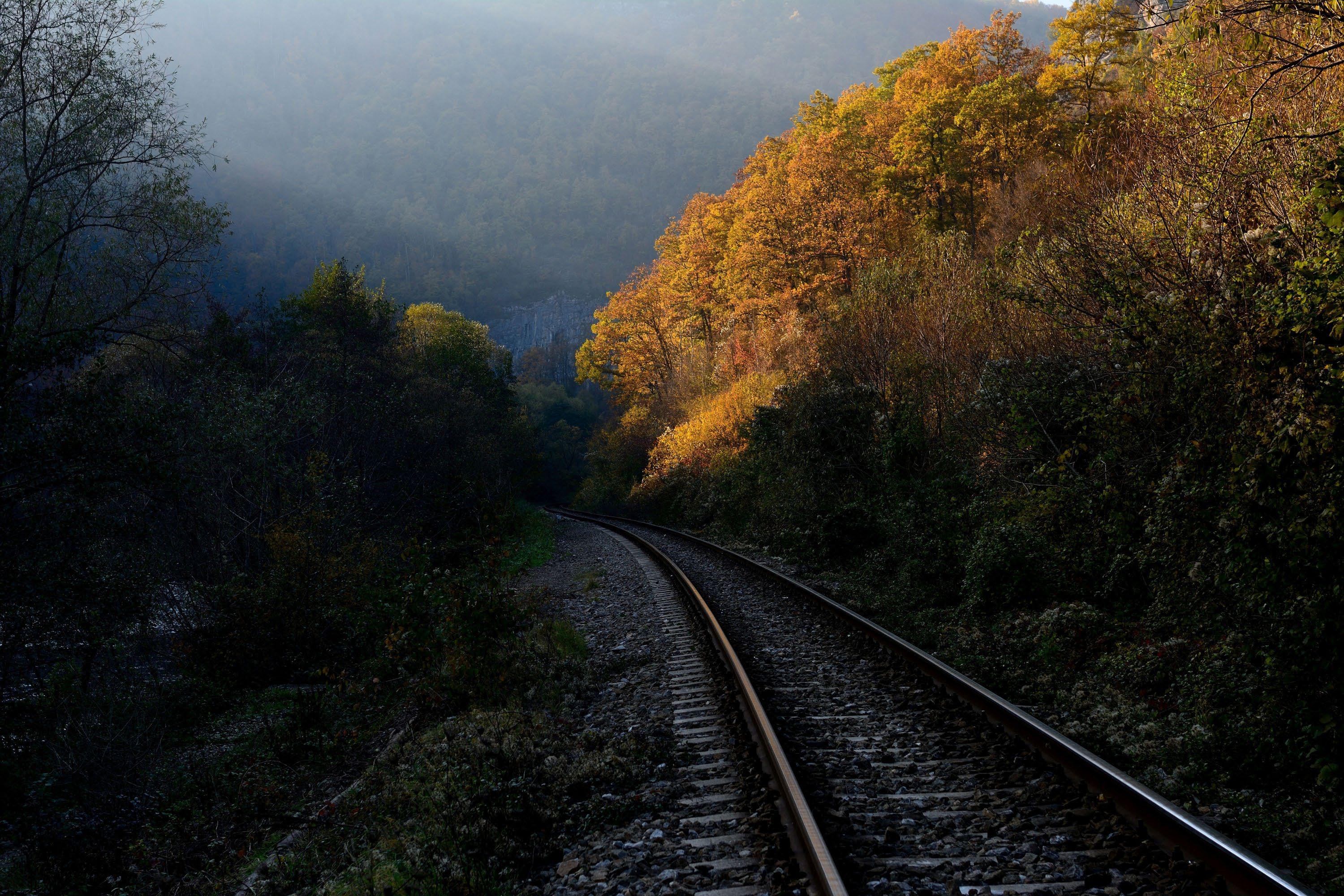
Remove railhead contamination fast for optimal adhesion, less flat spot maintenance and reduced costs. Discover LaserTrain.

H E A V Y H A U L T O
H I G H S P E E D R A I L
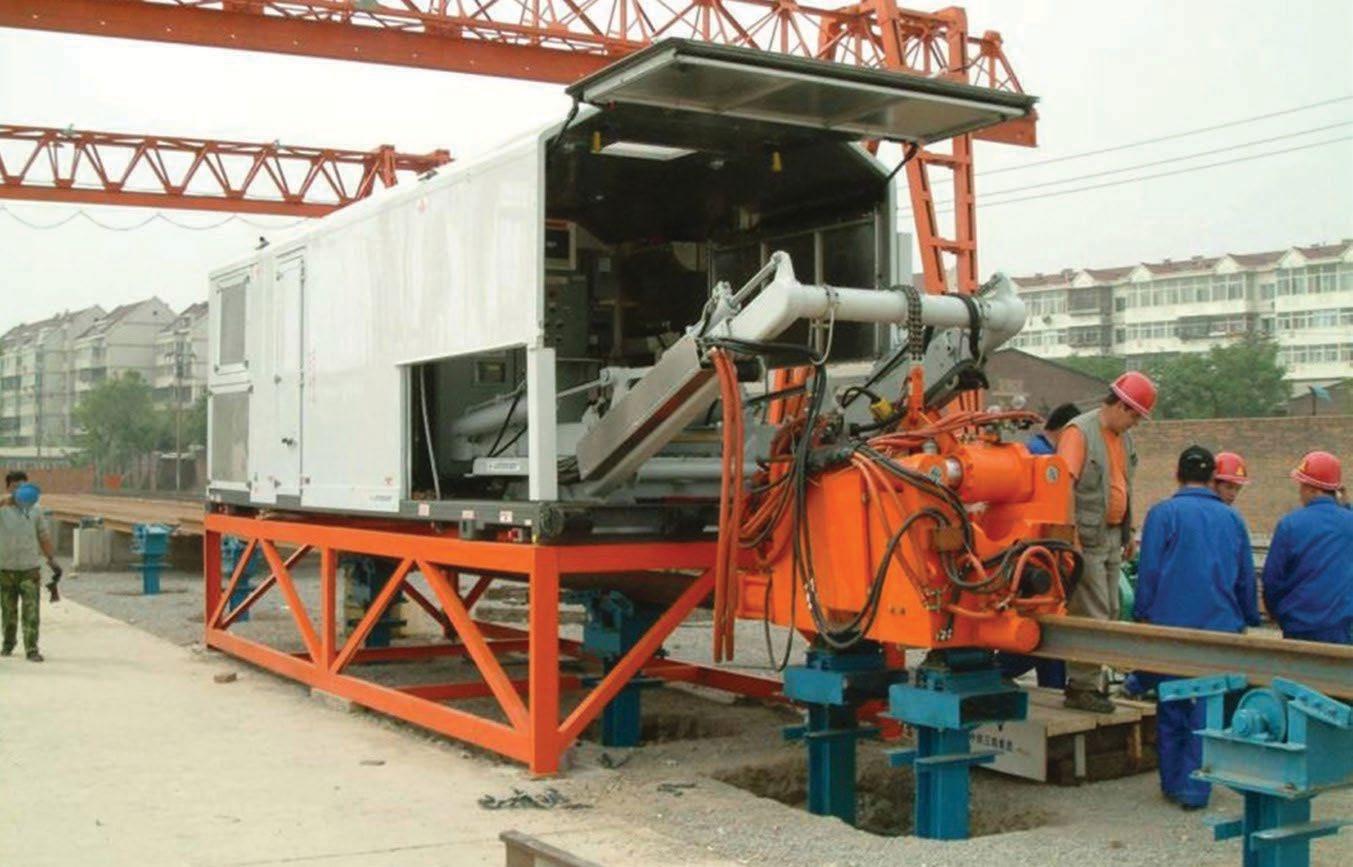
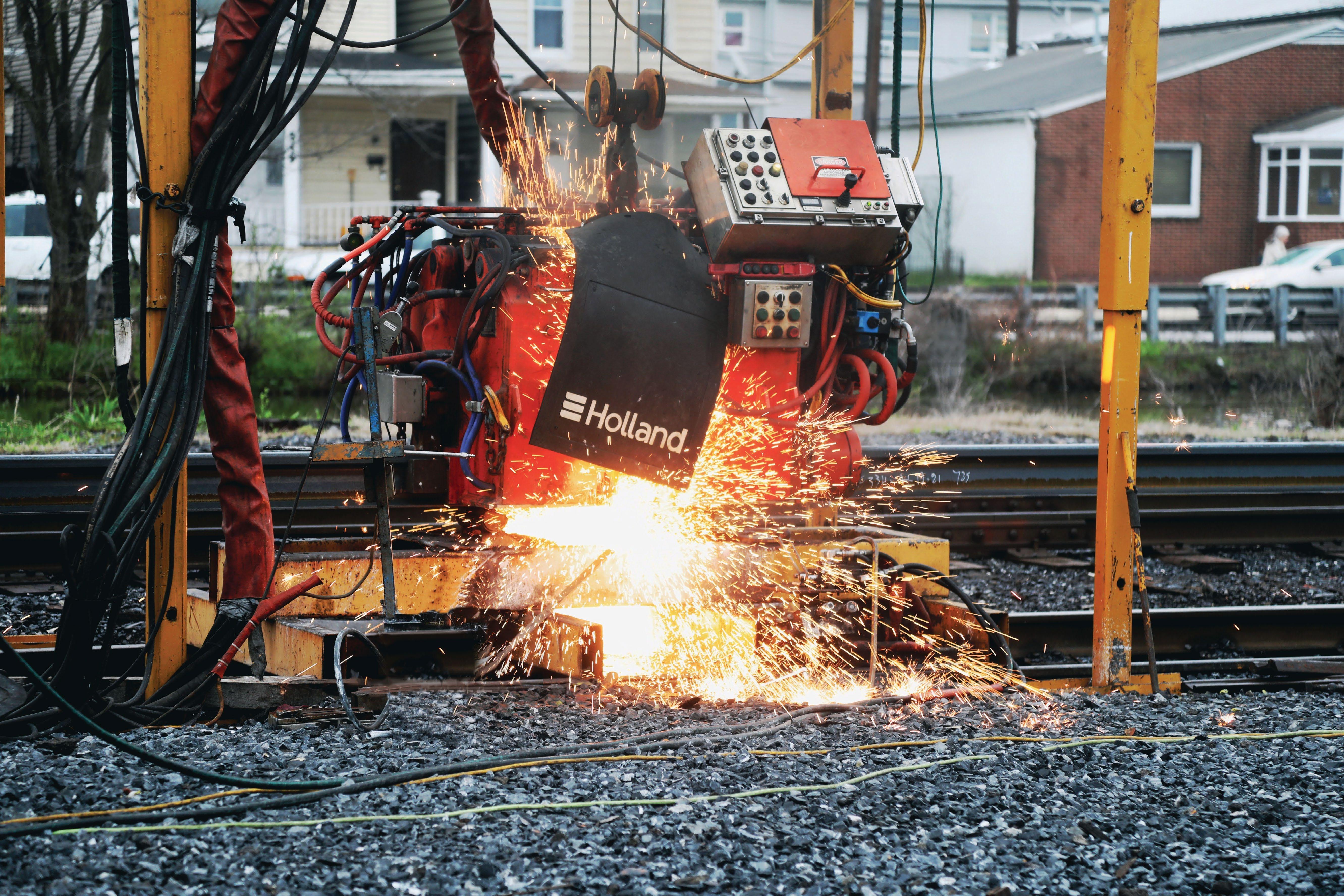

Holland's Intelliweldcontrol system provides unmatched weld quality through advanced weld data monitoring, reporting and remote diagnostics. Used on HSR projects in India and Japan and on Holland's contracting fleets in North America and Australia, Intelliweld Flash-Butt Welding systems have proven to be the most reliable and productive in the industry.
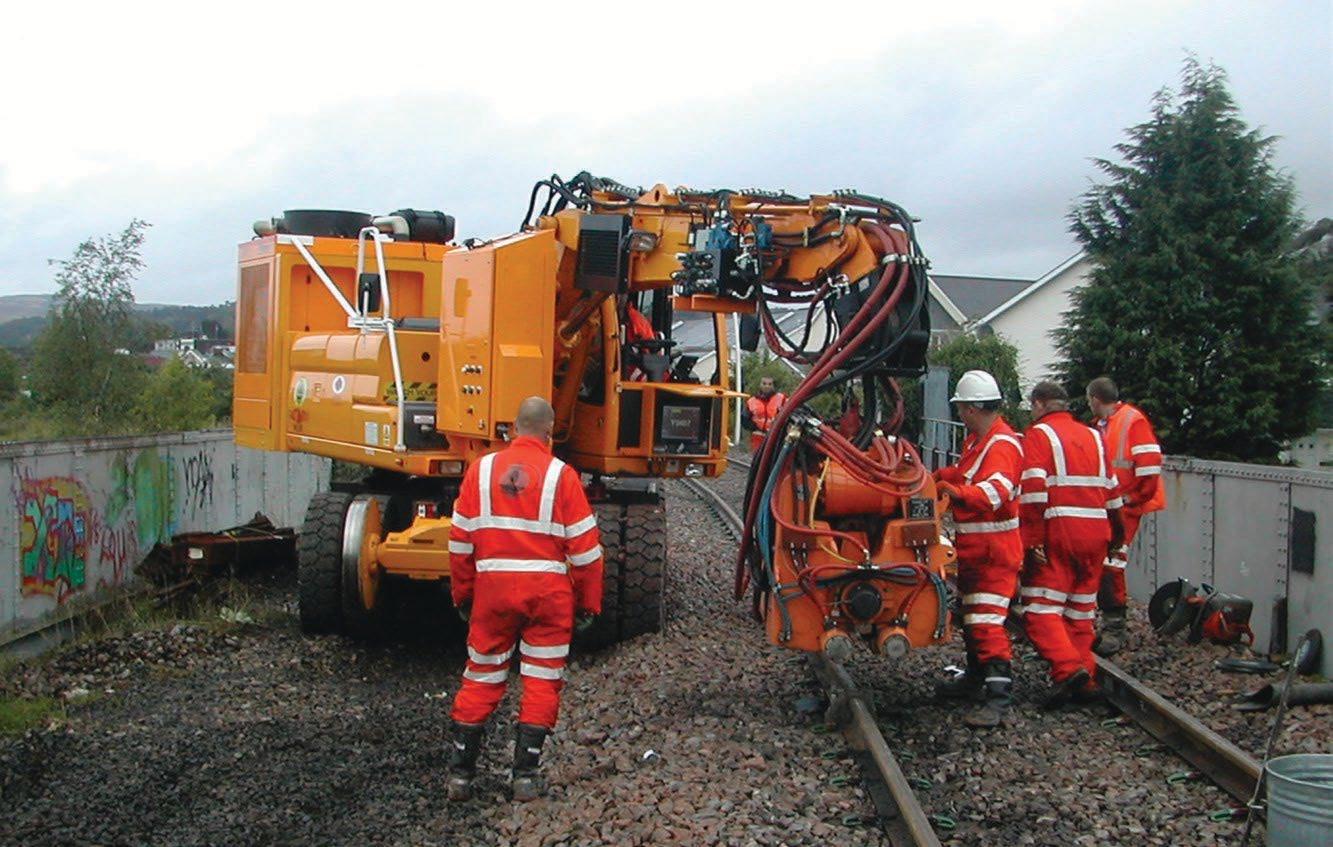

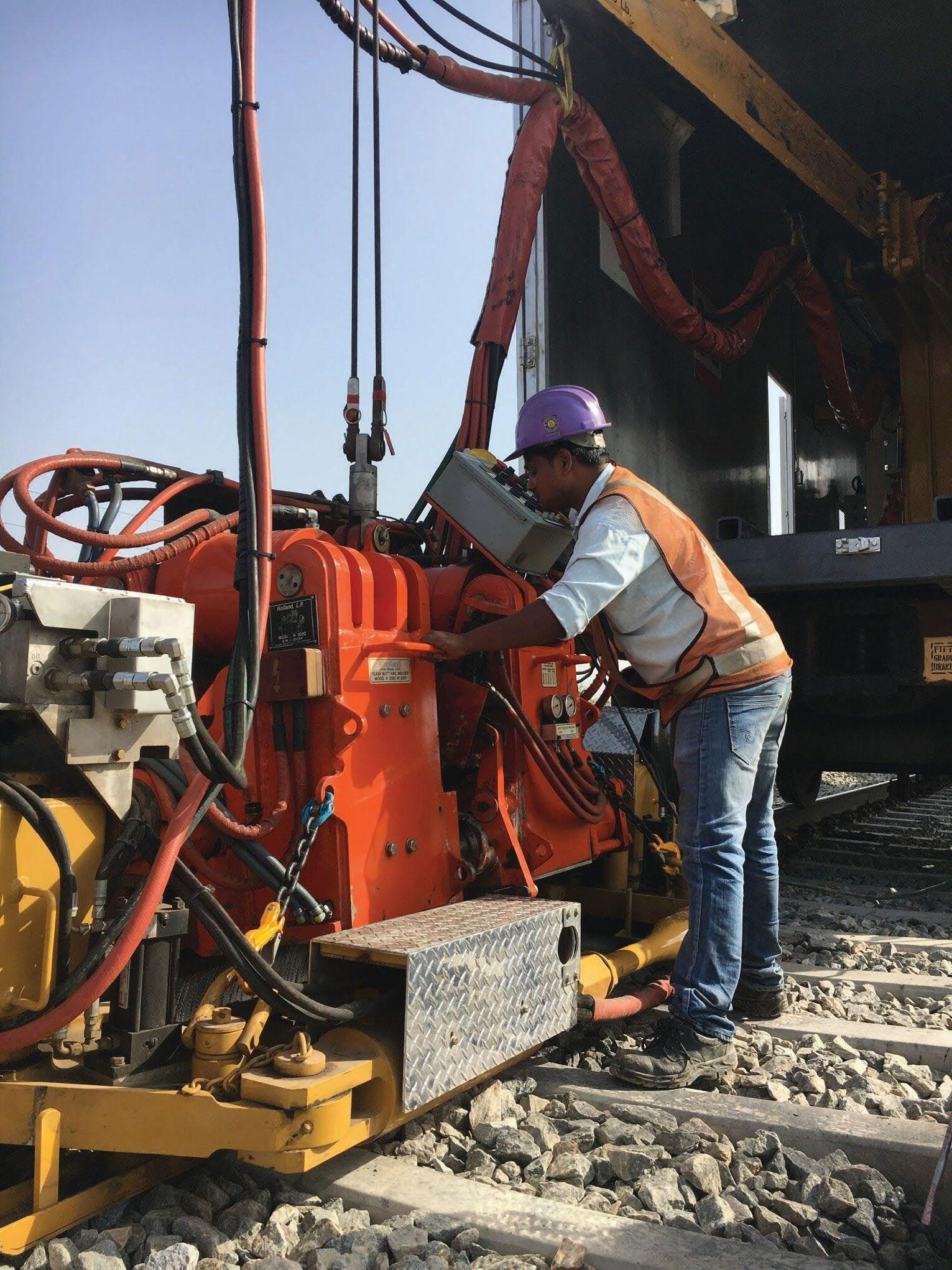

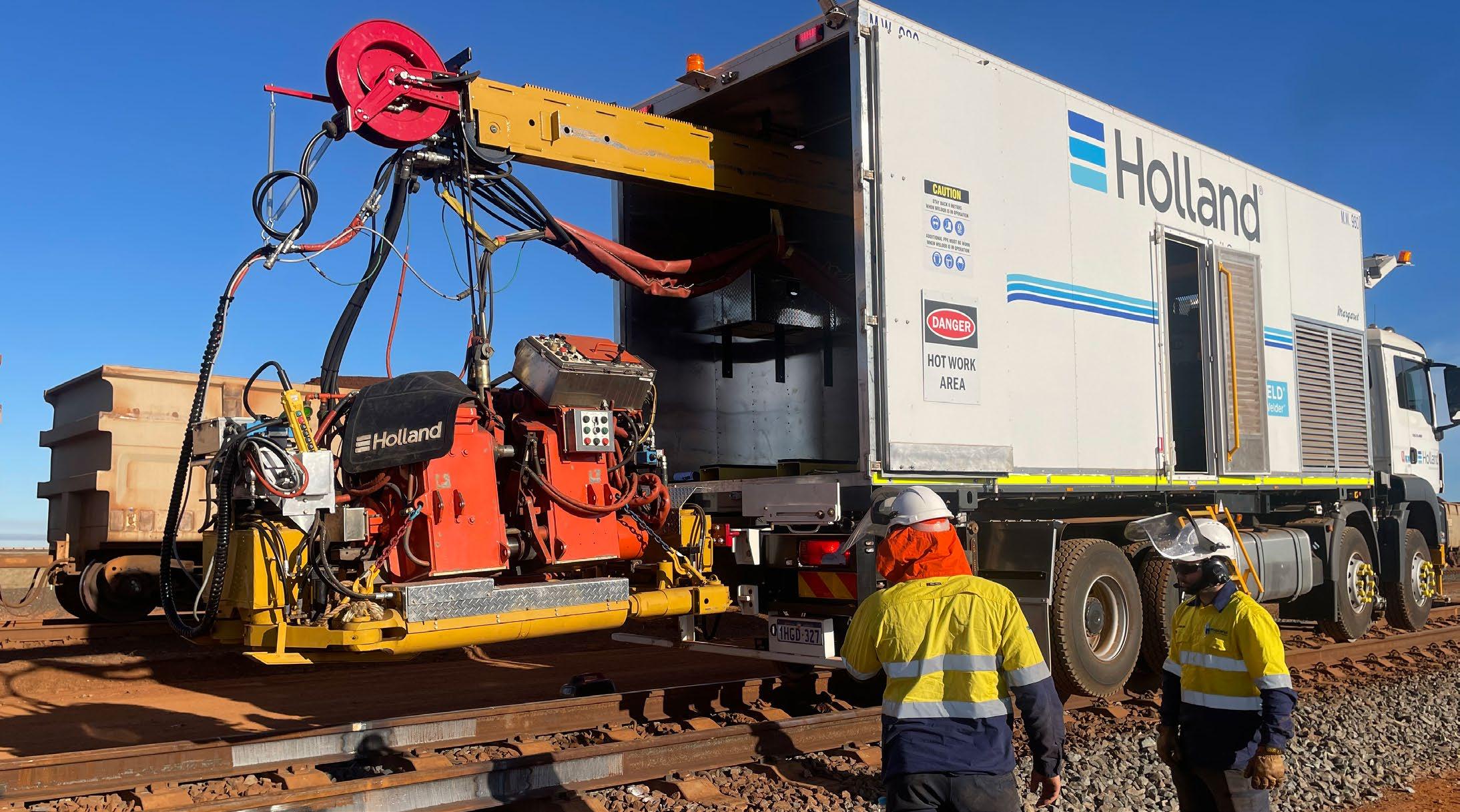
Efficiency, quality and sustainability are key drivers for today's railways, from heavy haul to high-speed rail.
As both an original equipment manufacturer and service provider, Holland engineers and manufactures flash-butt welding equipment and control systems that serve railways in nearly 40 countries. Operating a fleet of nearly 200 MobileWelders in North America helps fuel the cycle of improvement that allows the organisation to provide an unmatched degree of accuracy and > 99.99% weld quality conformance.
Intelliweld, Holland's proprietary weld control and data management system, is the result of that improvement cycle. “Holland has used at least five different welding control systems on our mobile welding equipment over the years,with varying degrees of success,” noted Shane Mayhill, Holland's General Manager of Welding Technology.
“Around 2014,we were using a third-party control
system.Some areas lacked the data input and output we wanted to improve our weld quality and production. When the supplier discontinued the system and tried to move us into using a new one with some of those same weaknesses, Holland decided it was time to take the welding control 100 percent in-house.”
Thus began the development of what is now known as Holland’s industry-leading Intelliweld control system. The team took the knowledge gained over 40 years of rail welding and brought that into a specifically designed control system for flash-butt welding rail.
In building the Intelliweld system, Holland took into account all of the pluses and minuses of previously used control systems as well as those things believed to improve the quality and efficiency of its welding fleet. “The times our operators were in the field and thought, 'If only we had this or could do that,' were built into the system,” Mayhill said.
After almost a year of development and testing, Holland began installing the Intelliweld system on new mobile welding units being built. By the end of 2017, Holland had updated its entire North American fleet to a single, proprietary control system. Having a single control system in a fleet of more than 200 units improved efficiencies in training, unit repair times and access to needed spare parts.
Released to the global market this year, Holland’s Intelliweld control system provides real-time weld monitoring and adjustments, automated data collection and low-consumption weld capability. Additionally, Intelliweld offers the ability for customers to receive real-time diagnostic support via remote system access that allows Holland welding experts to work through issues directly with the operator from anywhere in the world.
Because Holland's Intelliweld® operating system ensures minimal rail consumption, the length of ‘free’ (unanchored) rail required is significantly reduced compared with alternative methods of closure joint elimination. Simple programme adjustments allow us to tailor rail consumption to your requirements for localised track structures and target rail neutral temperature. Lower rail consumption reduces the
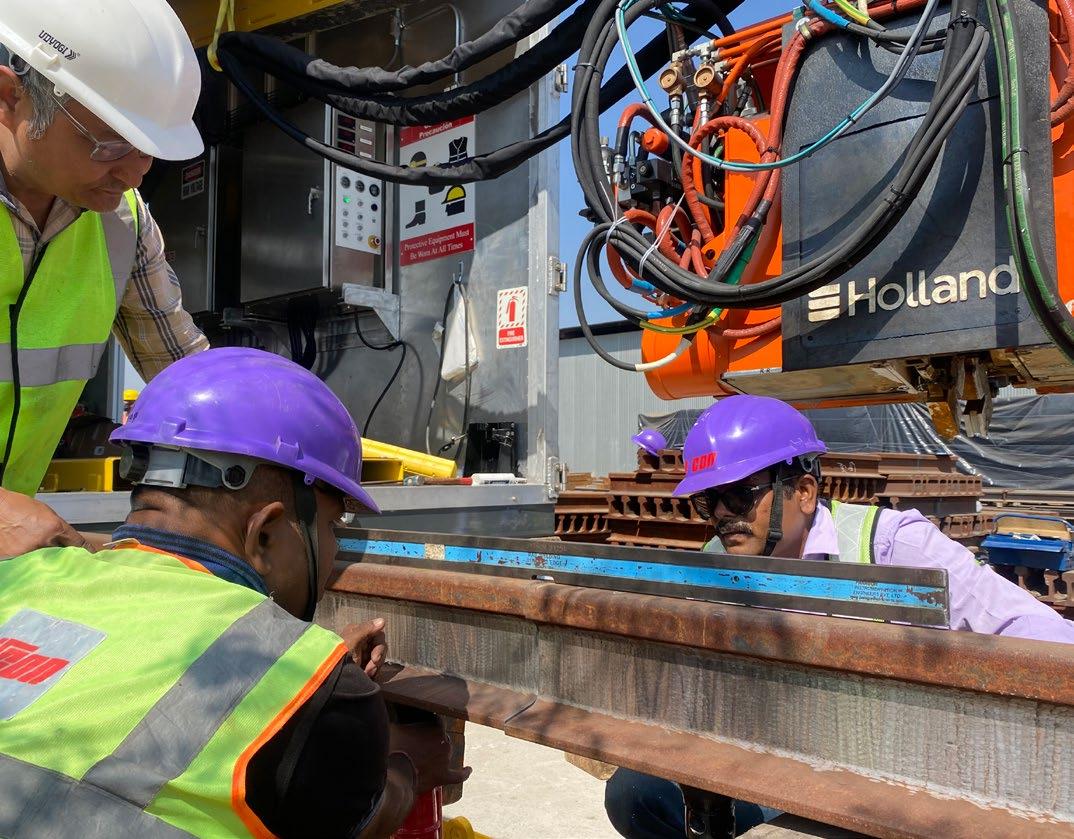
amount of de-clipping and clipping required, improving productivity and reducing labour costs.
To maximise the closure process, Holland developed the Puller Lite. The Puller Lite was designed to be carried on the welder itself, eliminating separate carts and power packs. Its high capacity, extended working stroke, compact design and custom control features have allowed railroads to install rail welds in applications that were not possible before. The Puller Lite's four independently controlled hydraulic jacks are designed to allow easy, precise rail alignment. Designed for closure welding and rail destressing, the 38cm (15in) stroke length allows for the closure of large rail gaps.
Building on the legacy of flash-butt welding equipment and services, Holland's Automated Manganese Repair (HAMR®) was developed to provide higher quality and longer-lasting repairs to frogs and diamond inserts. This process uses a robotically controlled welding procedure to build back damaged areas to give new life to rail frogs and crossing diamonds two to three times faster than the traditional manual repair process. HAMR helps increase efficiency and resiliency for partners by using renewed, existing components as an alternative for frequently hard-to-source special trackwork.
For more information visit our website www.hollandco.com or speak to one of the team sales@hollandco.com.



In the demanding environment of railway maintenance, overall productivity often hinges on specific design and operational details.
Equipment that thoughtfully addresses the nuances of track work can unlock significant efficiencies. The Gradall TrackStar line exemplifies how focusing on such details – from on-site mobility to the precision of its tools – can translate into substantial gains in railway maintenance productivity.
A critical detail impacting productivity is the machine's
ability to get to and from work sites swiftly and adapt to varying terrains. Gradall machines offer a unique combination of mobility, capable of traveling both on rails and on pavement. Certain models boast highwayspeed undercarriages, reaching up to 60mph (96km/h), enabling rapid response to emergencies or efficient travel to routine job sites. For work at crossings, rubber tire on-off pavement carriers not only prevent damage to paved surfaces but also provide exceptional stability, often without needing outriggers. Further enhancing this mobility, the new Rapid Drive option allows for on-rail travel speeds up to 30mph (48km/h) in both forward and reverse. This feature, combined with the ability to tow a railcar carrying materials
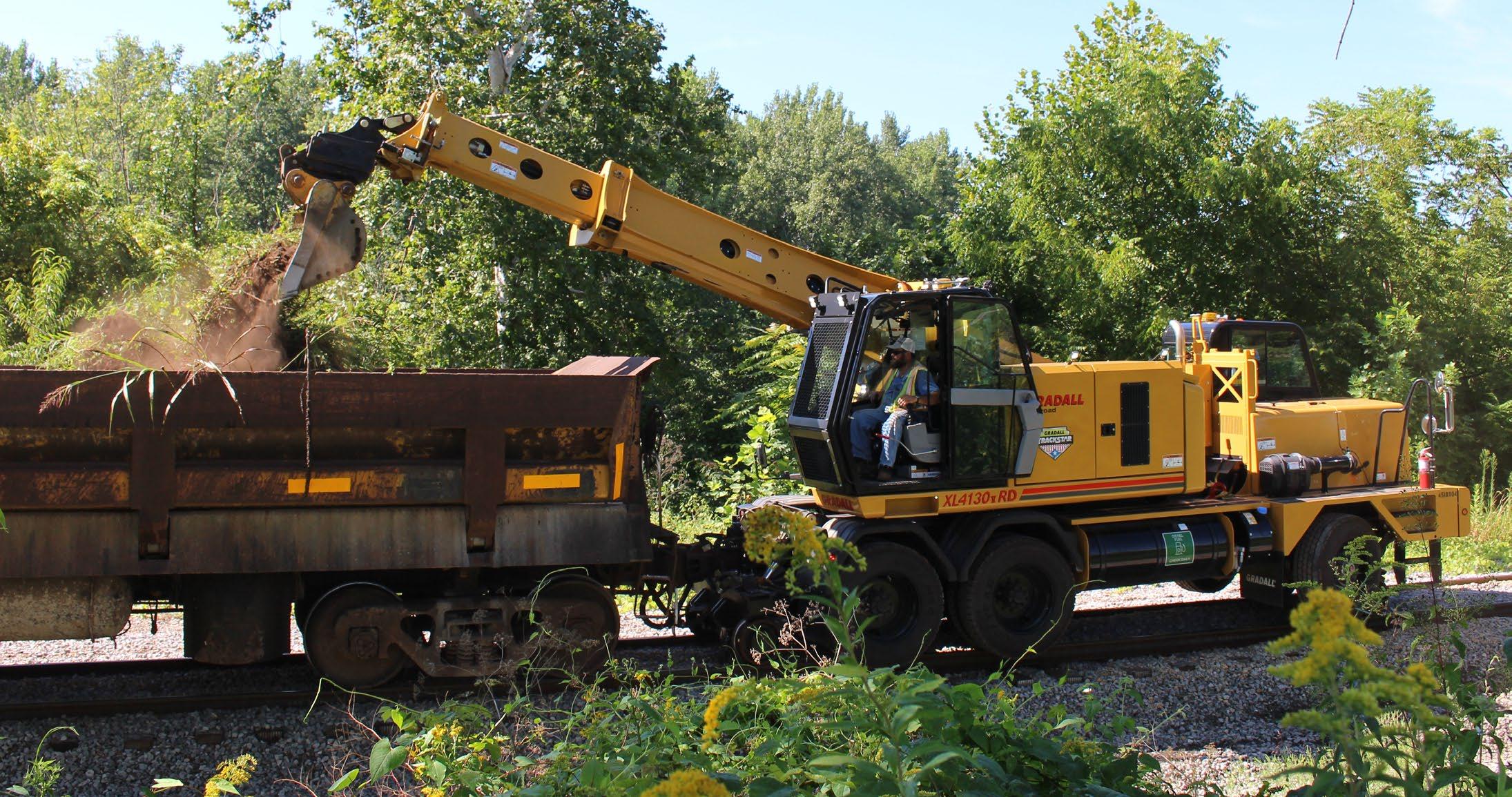
like replacement ties or riprap, means one operator and one machine can accomplish more, streamlining logistics and labour.
The heart of these machines’ versatility and precision lies in the detailed design of the Gradall boom. Its renowned full-tilting, telescoping, triangular construction provides exceptional strength and the ability to precisely position materials. The entire boom tilts a full 220 degrees, a crucial detail that ensures no loss of power, which can be typical with boom-end tilt mechanisms. This design also creates an exceptionally low working profile, a vital characteristic for maintenance and repair in confined spaces such as tunnels, on rail trestle bridges, or under catenary systems where most other machines cannot operate effectively.
Productivity in railway maintenance is also magnified by the sheer breadth of tasks a single machine can handle. The Gradall TrackStar excels in versatility, efficiently managing rail and tie replacement, trackside vegetation removal, concrete demolition, ballast spreading and crossing repairs. This adaptability is further amplified by an extensive array of specialised attachments. Tools such as ballast brooms, tampers, sleeper chargers and layers, hydraulic hammers, grapples and tree limb shears allow crews to tackle diverse jobs with one prime mover, reducing the need for multiple specialised machines and the
associated transport and setup times. The availability of a hydraulic coupler and optional attachments like the Kinshofer Nox-Tiltrotator further detail the commitment to operational flexibility and efficiency.
By focusing on these critical operational and design details – enhanced mobility, a uniquely versatile and powerful boom, and a comprehensive suite of attachments – Gradall TrackStar machines empower railway maintenance crews to achieve greater productivity, respond faster to demands and complete a wider range of essential tasks with unmatched efficiency.
Click here to watch our video and learn more about Gradall TrackStar railway maintenance machines!
Find out more by visting gradallrail.com





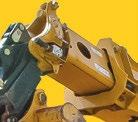













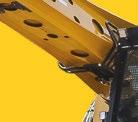
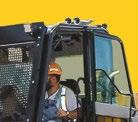

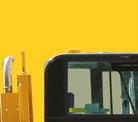




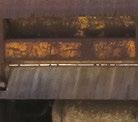
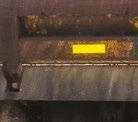

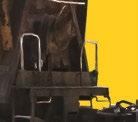
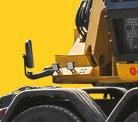
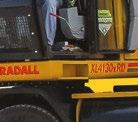
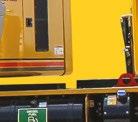
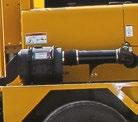



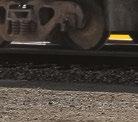
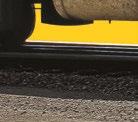
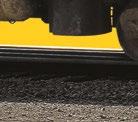
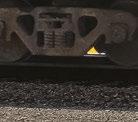
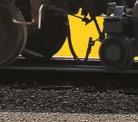


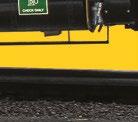




























The Gradall TrackStar’s tilting and telescopic boom, equipped with an array of MOW attachments, handles everything from rail and tie repairs to vegetation control, landslide cleanup, and crossing repair. Even in tunnels and under bridges, the low-profile boom keeps working e ciently. Whether mounted on rough terrain or highway speed chassis options, TrackStar models deliver.







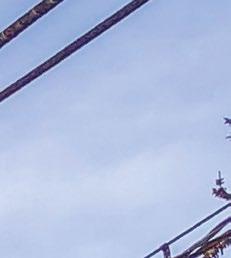
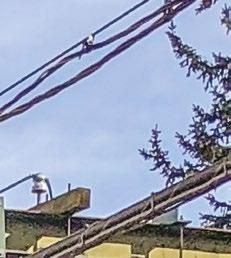





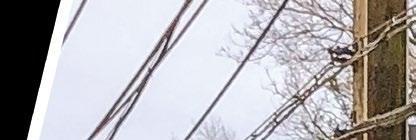

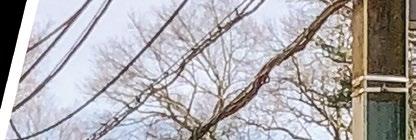


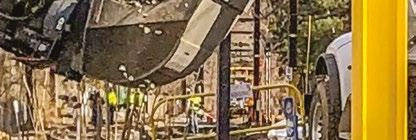




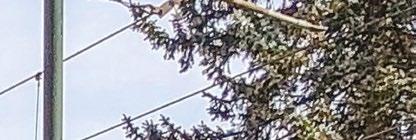


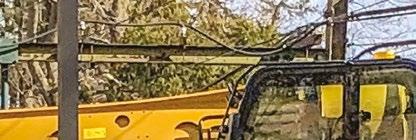


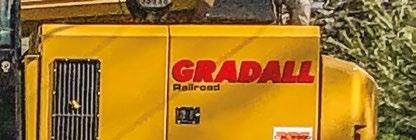
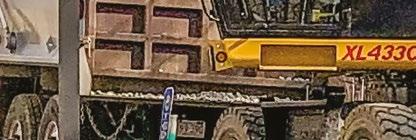

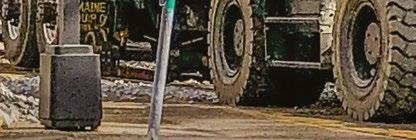
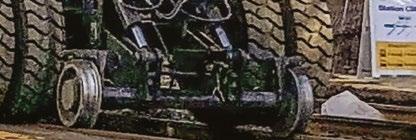


























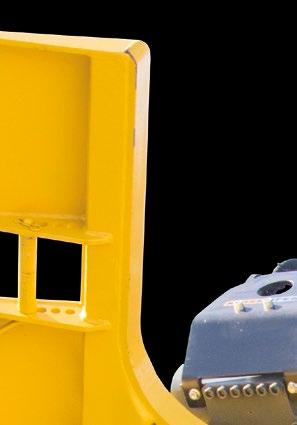






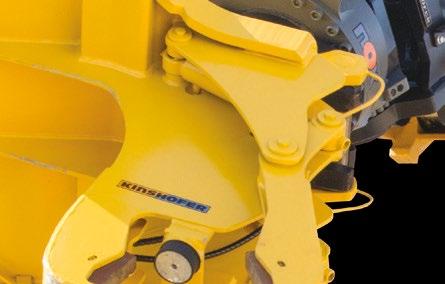




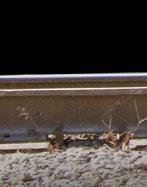





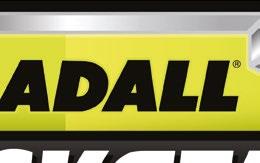








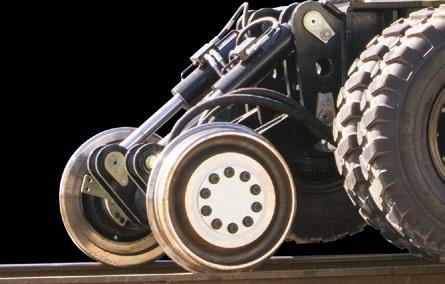

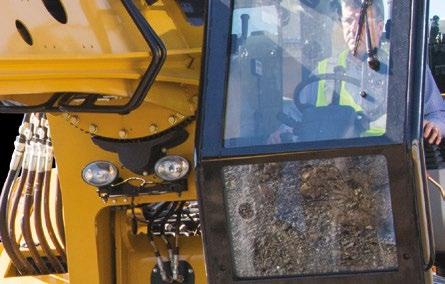




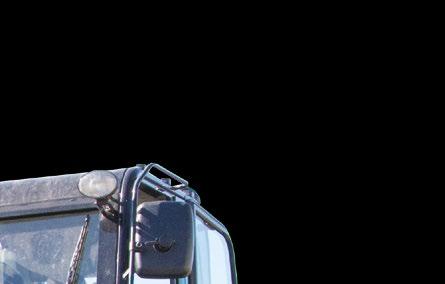


















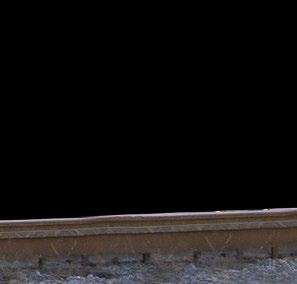

■ Ensure high availability with proactive monitoring
■ Accurately locate and pinpoint electrical faults
■ Advanced warning of degradation and failure
■ Reduce boots on ballast with cloud-based monitoring
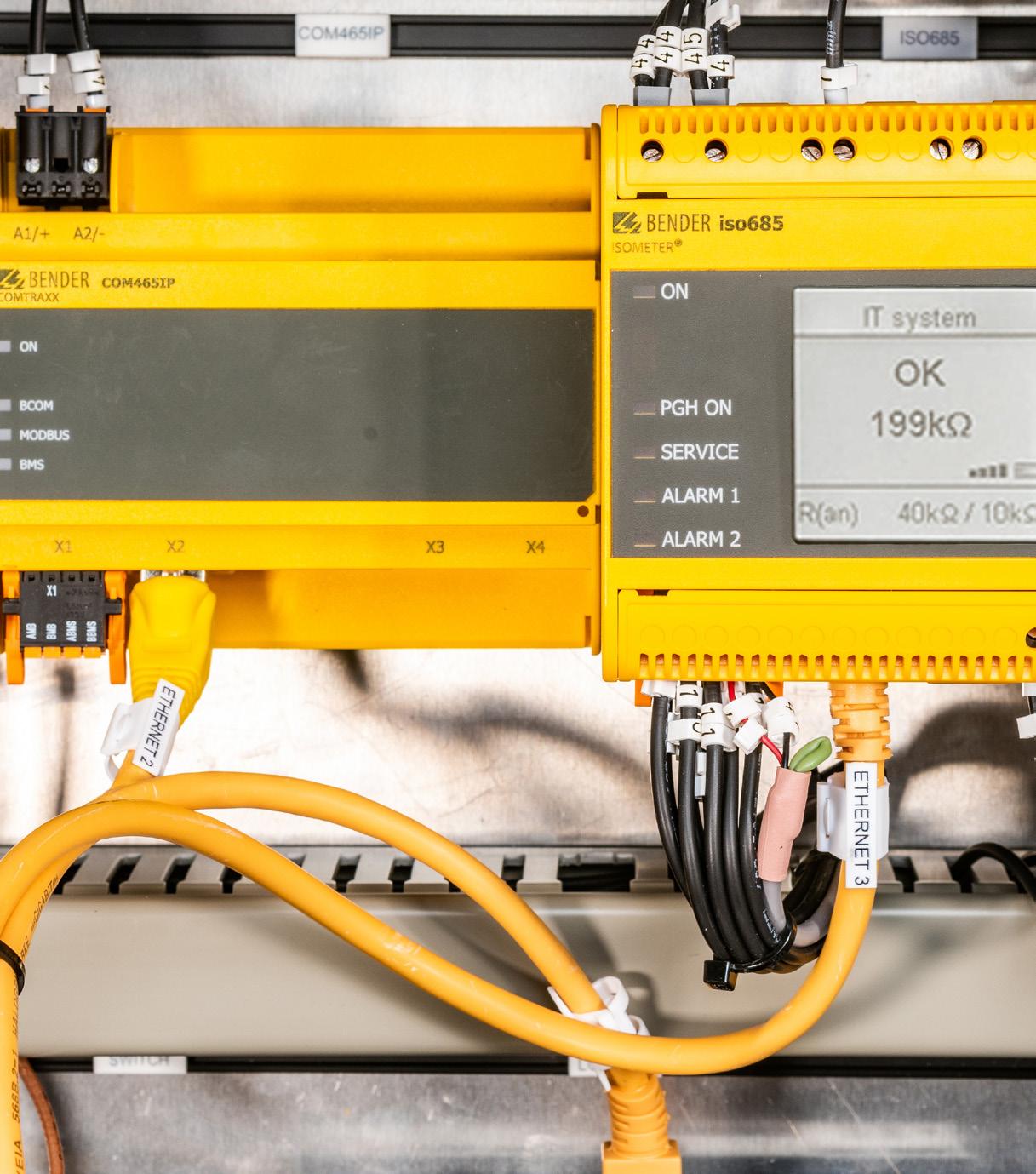


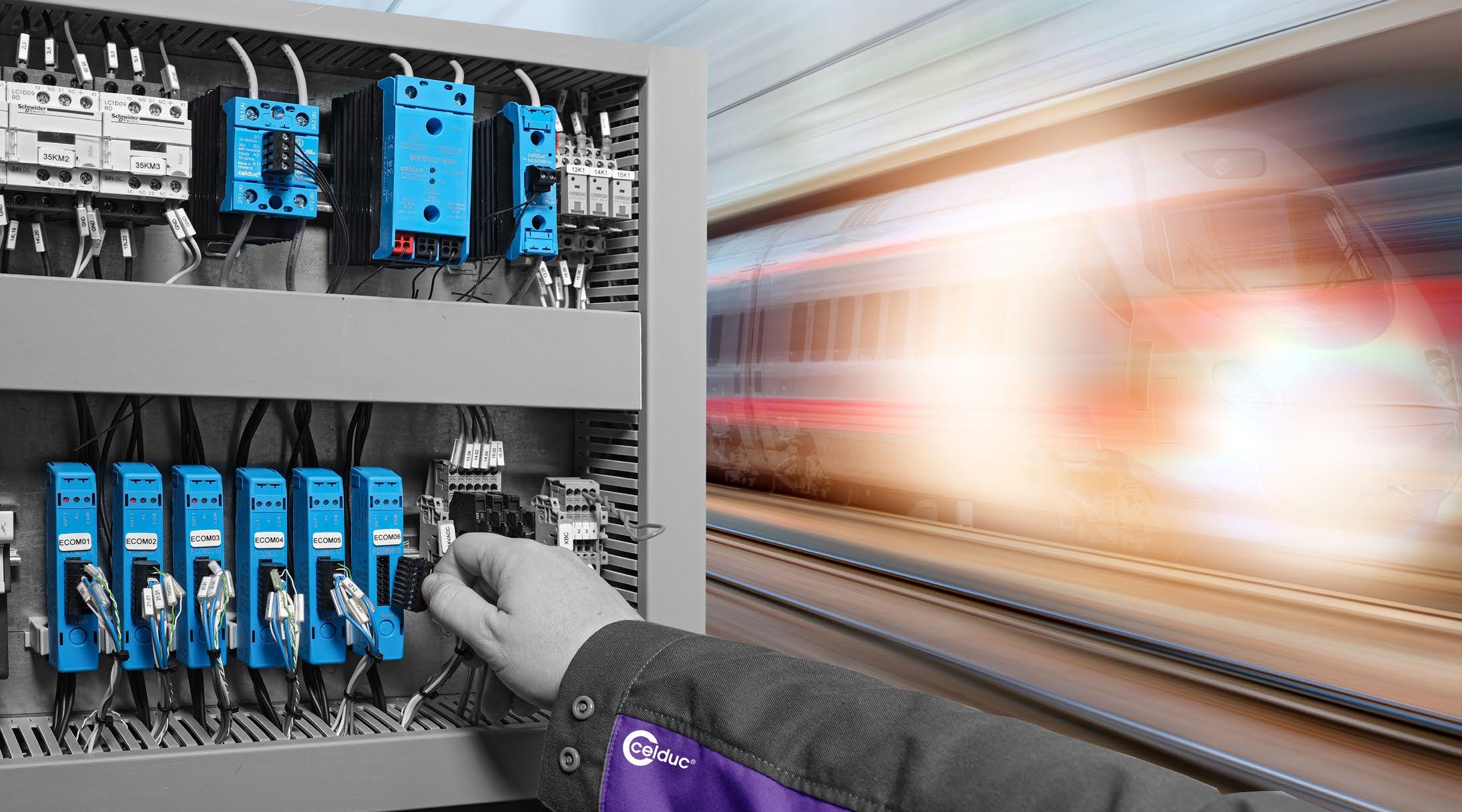
As rail technology advances, solidstate relays deliver smarter, safer performance across applications writes Aurélie Reynaud, celduc® relais’ Marketing Manager.
As the rail industry has evolved, so have the systems that keep it moving. But while we’ve seen developments in the biggest kit that powers the trains, it’s the smallest components that have seen some of the most advanced innovation in recent years. These tiny but mighty technologies are critical for safety, efficiency, comfort and even sustainability, and advancements in these components have improved outcomes in all these areas.
Take the evolution of switching devices. While electromechanical relays (EMRs) were the go-to solution, these have now been surpassed by solid state relays (SSRs). Unlike EMRs, which use coils, magnetic fields, springs and mechanical contacts to operate and switch a supply, SSRs have no moving parts. Instead, they use the electrical and optical properties of solid-state semiconductors to perform input to output isolation and switching functions.
This design offers SSRs many advantages over their predecessors, including a longer service life. This is
because they don’t have any moving mechanical parts, so they’re not subject to wear and tear, or deformation. When operated under the right conditions, this means the service life of an SSR can be 200 times longer than that of an EMR.
Another big advantage of SSRs is their ability to switch ‘off’ AC loads at the point of zero load current. This more precise switching time completely eliminates the arching, electrical noise and contact bounce associated with conventional mechanical relays and inductive loads.
Other benefits include lower energy consumption, a very high switching frequency and shock and vibration resistance.
SSRs are used in a wide variety of applications within the rail sector, particularly for their energy saving and reliability features.
Uses include heating elements control; covering everything from HVAC systems through to windshield, switch-point and rail heating, motor control for compressors and railway switch-point motors, lighting and signalling.
Electrical components for the rail industry must provide safe and reliable operation even under extreme conditions such as large temperature variations, shocks, vibrations and electromagnetic interference; and celduc® relais has developed and manufactures its SSRs to the highest quality in compliance with the most stringent international standards.
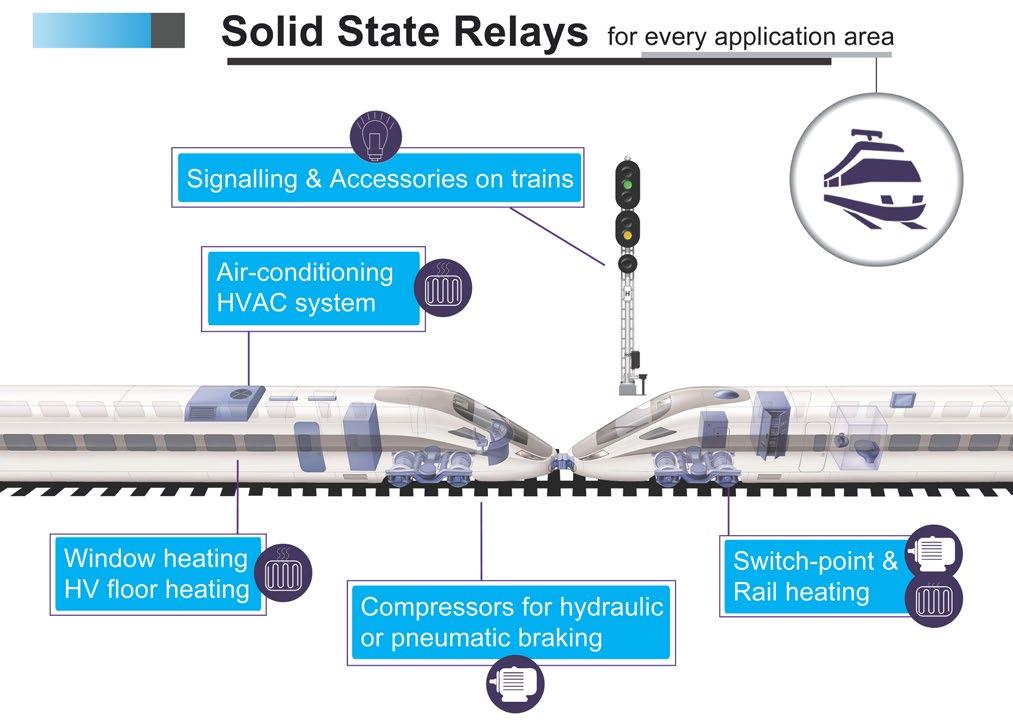
With deep roots in the sector, our company has longstanding ties to rail innovation. Based in the Loire –near the site of France’s very first railway line – celduc® relais was founded by Michel Guichard, who played a key role in the development of technologies that helped transform the industry.
Over time, our SSR product line has evolved to meet the rail sector’s changing needs. We’ve introduced models with integrated monitoring functions to simplify maintenance for example, and adapted our power elements to withstand extreme conditions.
• Long service life: Solid-state relays (SSRs) don’t have any moving mechanical parts, so they’re not subject to wear and tear or deformation. When used correctly, a solid-state relay has a service life that is 200 times longer than that of an electro-mechanical relay (EMR).
• A more precise switching time: One of the biggest advantages of SSRs over EMRs is their ability to switch ‘off’ AC loads at the point of zero load current, thereby completely eliminating the arcing, electrical noise and contact bounce associated with conventional mechanical relays and inductive loads.
• Lower energy consumption: A low drive power will allow SSRs to switch heavy power loads.
• Very high switching frequency: For very accurate temperature control. With an SSR, fast switching reduces hysteresis thanks to its huge switching capacity.
• Silent operation: Doesn’t generate acoustic noise while the outputs are changing state.
• Shock and vibration resistance: No risk of accidental switching with solid-state technology.
• Additional functions: SSRs offer more possibilities in terms of diagnostics, protection and communication.
Today, we manufacture our SSRs using our bespoke fourth-generation thermal mechanical stress solution (TMS2 ) technology, which, under comparable conditions, offers a service life up to twice as long as most alternatives on the market. The result: reduced maintenance cycles and fewer product failures. We’re also the only SSR manufacturer to oversee every stage of production exclusively within Europe. This ensures full quality control and supply chain transparency.
At celduc® relais, we work in close partnership with our customers to deliver solutions tailored to their specific needs. For example, a leading train unit manufacturer has relied on our AC solid-state relays (SSRs) for over 15 years to manage their trains’ HVAC systems. Working collaboratively, we developed a pluggable module that integrates a current monitoring function, enabling fault detection, faster repairs and significantly reduced maintenance costs.
Another customer, a manufacturer of air-conditioning units for rail vehicles, approached us to create a highvoltage DC SSR for powering floor heaters directly from the catenary. Having previously used electromechanical contactors, they wanted to transition to a solid-state solution to extend service life and reduce the need for predictive maintenance.
Our ability to design tailored solutions and develop custom products is one of the many reasons celduc®
2010: celduc® relais launches its celpac range with compact housing – a 22.5mm wide SSR solution and its current monitoring ESUC module.
2017: Launch of celduc® relais’ insulated-gate bipolar transistor (IGBT) ‑based SSR (SDI range), which can switch up to 100A @ 750VDC nominal fast, reliably and safely.
2024: celduc® relais launches its SMI, compact high-voltage DC solid-state relays and its XKLD, EN50155-certified railway solution.
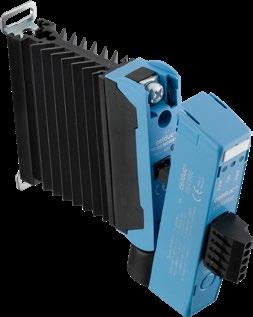
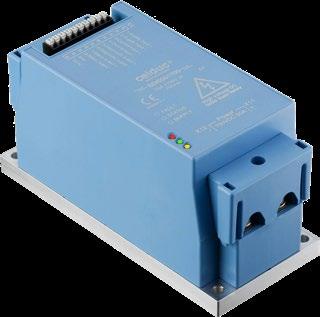
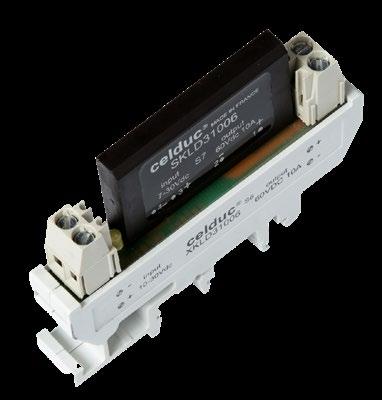
relais stands out in the market. With SSRs making up 70% of our total turnover, they’re our core business, not just a side offering. This singular focus allows us to deliver deep expertise and true specialisation, while many competitors offer only standardised solutions.
To find out more about how celduc® relais could support your organisation, take a look at our product guide or get in touch.
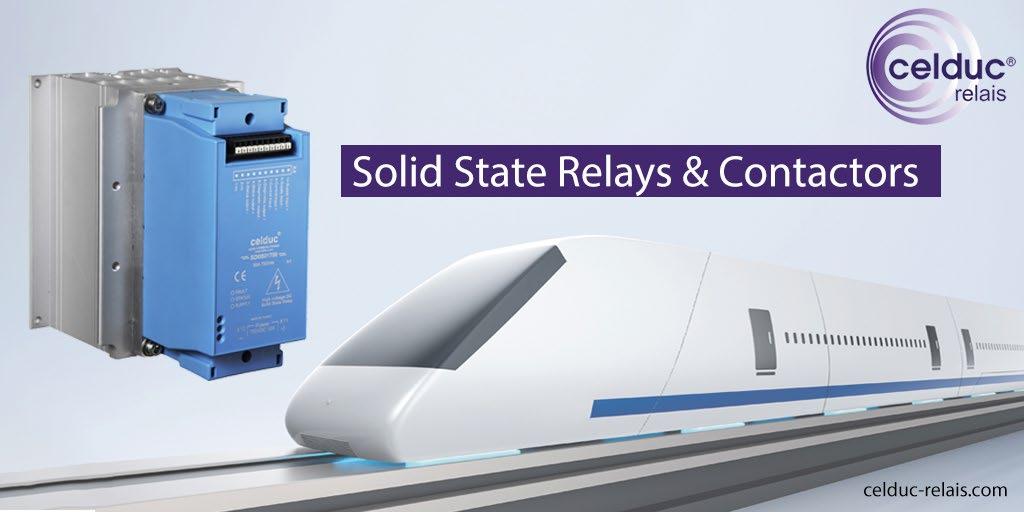
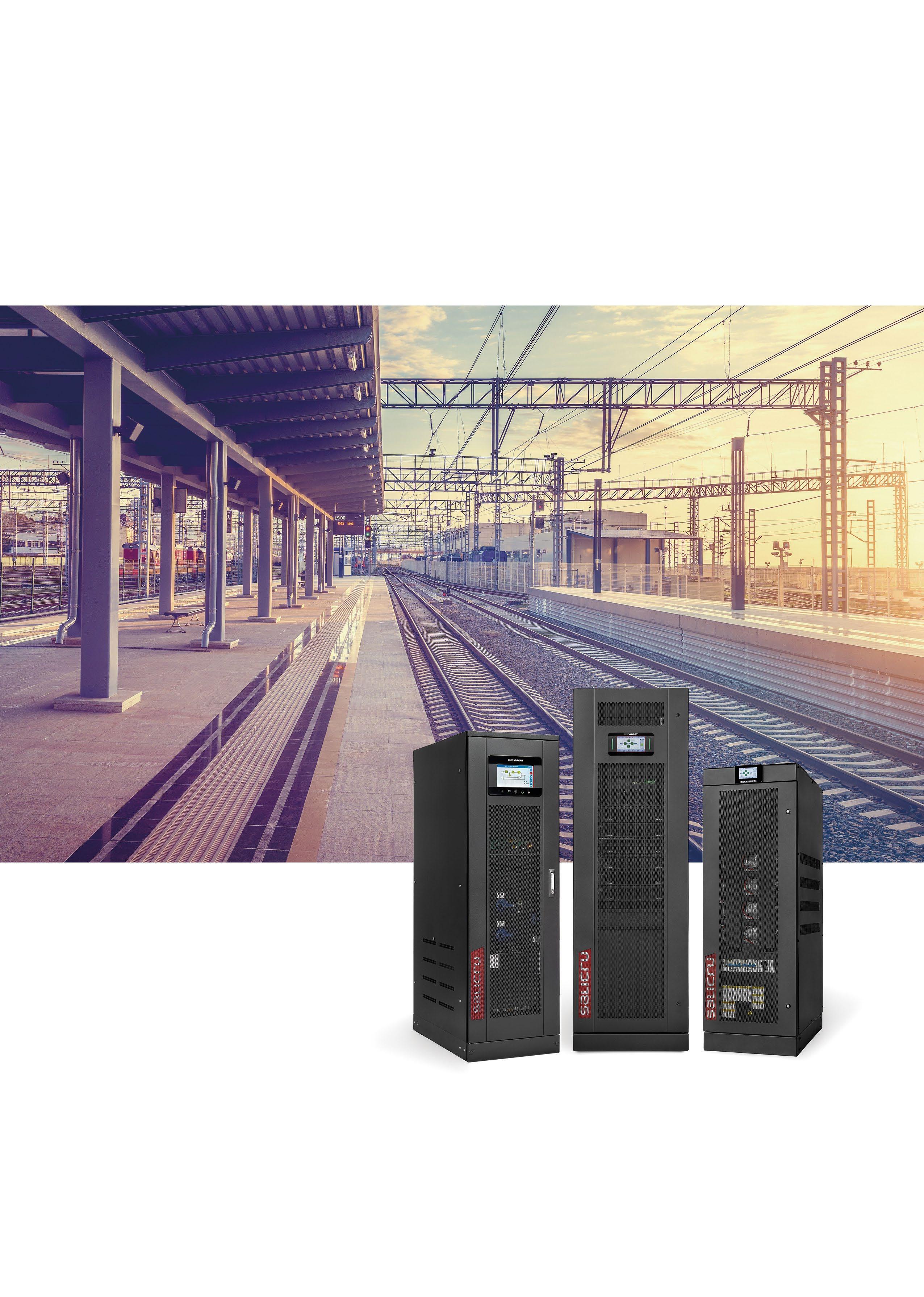
Salicru UPS Professional Solutions
Online double conversion
From 7 5 to 1,500 kVA
Single-phase and three-phase
IoT connectivity
Standalone / parallel / modular

Salicru UPS systems are installed in critical routes of Spain's high-speed rail infrastructure to ensure the smooth operation of interlocking operations throughout the AVE network.
These routes include Madrid-Seville, Madrid-BarcelonaFrench border, Madrid-Levante (Valencia, Alicante, Castellón), Madrid-Valladolid-León, Madrid-Galicia, Antequera-Granada, Monforte del Cid-Murcia, ZaragozaHuesca and Madrid-Extremadura.

The SLC ADAPT2 guarantees reaching levels of availability of 99.9999%
The SLC ADAPT2 series is engineered for environments that demand the highest levels of power availability, modularity and scalability. Incorporating online doubleconversion technology, digital signal processing (DSP) and advanced three-level PWM modulation, these systems deliver energy efficiency above 95% in online mode and reach up to 99% in Eco mode. Their architecture supports hot-swappable 25 or 50kVA modules, allowing configurations of 8 to 12 modules per system, with a maximum capacity of 600kVA. Systems can also scale in parallel up to 30 modules, reaching a total of 1500kVA, all while maintaining N+1 redundancy with no single point of failure.
All of these features make the SLC ADAPT2 a benchmark solution for high-speed rail applications, where maximum uptime and rapid maintenance response are critical. It is especially suited to protect critical loads in traffic control centres, interlocking facilities and backup systems in technical cabins. The equipment includes advanced management and diagnostic functions through a colour touchscreen, SNMP/Nimbus communications, RS-485 interface and volt-free contacts.
In addition to the extensive deployment across Spain’s high-speed AVE network, Salicru’s UPS are also in service in other strategic international railway projects, further underlining their reliability and global competitiveness. Notably, the SLC ADAPT2 systems are installed in the Medina-Mecca high-speed line in Saudi Arabia, a 453km corridor across harsh desert conditions where the need for fault-tolerant power protection is critical. The UPS units safeguard interlocking and control systems along this route, ensuring high availability despite extreme temperatures, sand and dust exposure. Similarly, Salicru has supplied UPS
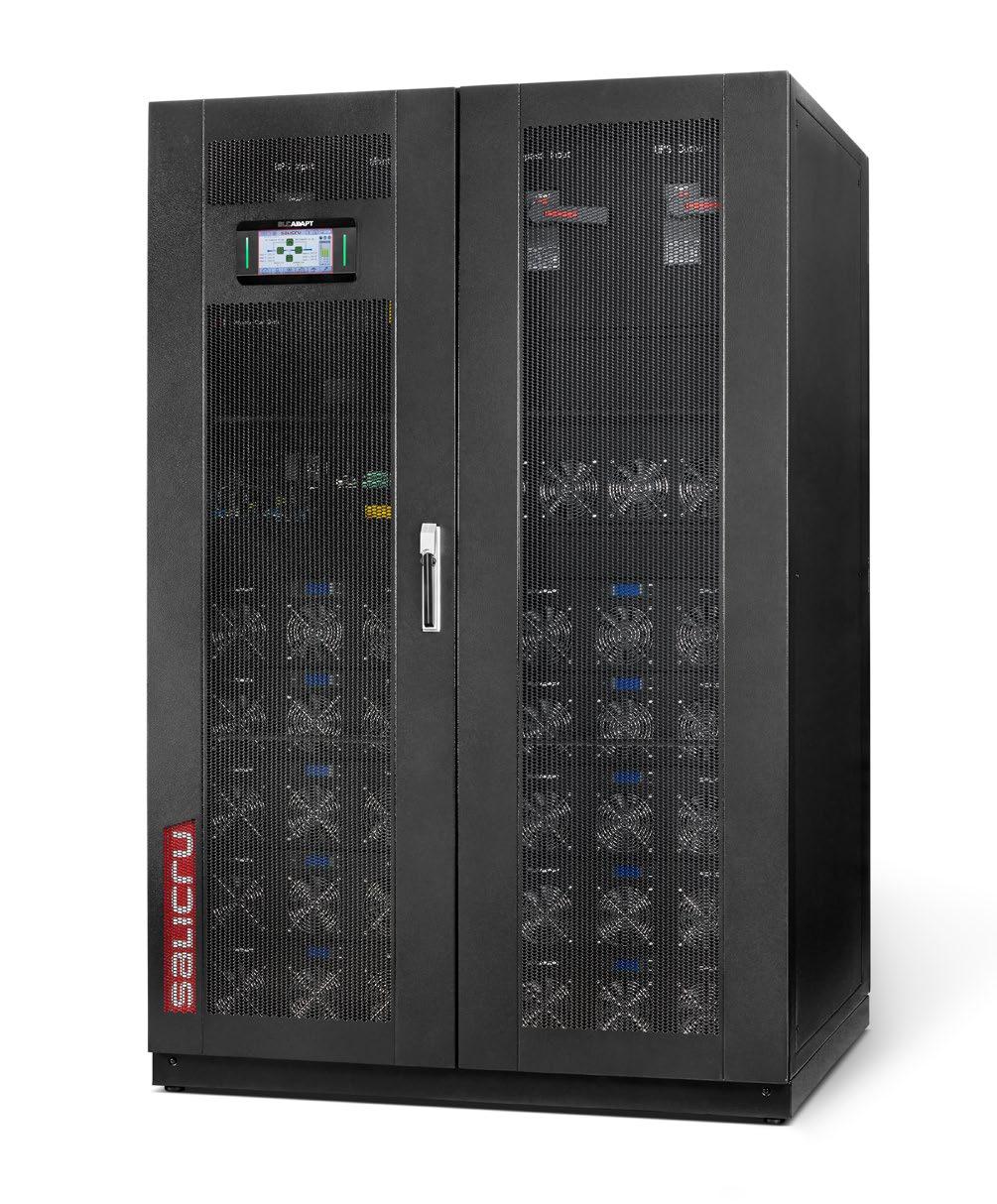

solutions for the Tren Maya project in Mexico, a major railway infrastructure initiative covering over 1,500km across the Yucatán Peninsula. In this context, the UPS systems are integrated into various control and signalling nodes, supporting the seamless operation of a network designed to boost regional mobility and tourism.
Salicru’s CS-MV range offers a state-of-the-art technical solution for bidirectional DC/AC energy conversion. Designed to operate directly with 1500Vdc or 3000Vdc catenary systems, this technology enables the supply of alternating loads at 3×400Vac/50Hz or, in reverse, the injection of recovered braking energy into the AC grid, functioning as a high-performance grid-tied inverter.
The CS-MV uses a five-level multilevel converter topology (with nine levels between phases), featuring advanced vector control and cutting-edge IGBT-based power electronics. This design achieves a conversion efficiency of 97%, with stable performance even under partial loads. The architecture significantly reduces harmonic generation, switching losses and component heating, thereby extending system lifespan and minimising maintenance requirements.
It is available in scalable power ratings from 125kW to 1MW, and can be integrated into redundant modular solutions. This flexibility allows for deployment in next-generation substations or retrofitting of existing facilities. The converter includes active and reactive power management, harmonic control, and can operate synchronously with other network elements thanks to its AC/DC/AC control capability.
In terms of protection, the equipment features reinforced galvanic isolation, a withstand voltage of up to 18.5kV (1 minute at 50Hz), and an IP protection rating suitable for installation in harsh industrial environments. The cooling system is both forced and redundant, sized to handle continuous operation under the dynamic load conditions typical of the railway sector.
The CS-MV is intended for applications such as reversible substations for braking energy recovery, electric rail vehicle charging stations from overhead lines, auxiliary service supply in technical stations from the catenary and grid stabilisation in environments with distributed energy sources (ESS, solar PV, storage).
www.salicru.com


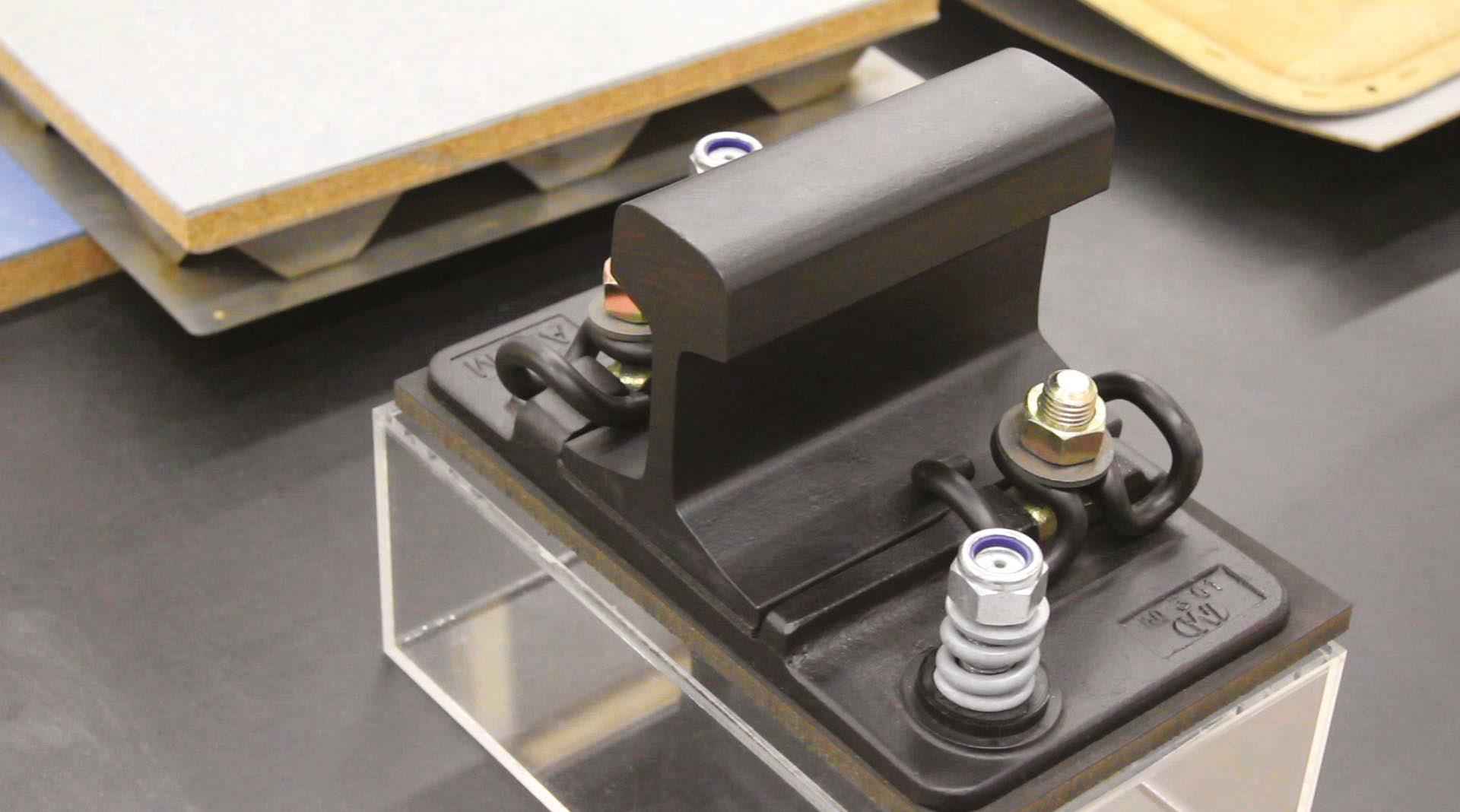
As global rail systems strive for greater durability, comfort and environmental responsibility, engineers increasingly focus on components that support performance and sustainability.
Two such components are the rail pad and the baseplate pad. The rail pad, a resilient layer placed between the rail and the sleeper, and the baseplate pad, which interfaces between the rail and its supporting structure, play key roles in load distribution, vibration attenuation and noise control. Among the materials used for their production, cork and rubber composites stand out – not as a novelty, but as a timetested, reliable solution with proven use in railway infrastructure.
One of the leading companies in the development and supply of cork-rubber composites for railway applications is Amorim Cork Solutions. With decades of experience engineering advanced cork-based solutions, Amorim is dedicated to implementing high-performance, sustainable vibration control technologies for the railway industry.
Cork and rubber have long been explored for vibration control due to cork’s unique mechanical properties, namely its high compressibility, excellent elastic recovery and natural damping capacity. Significant industrial development has been directed toward corkbased composites for several technical applications. In recent decades, cork-rubber materials have been engineered for use in railway systems, including rail pads and baseplate pads, with proven benefits in
vibration attenuation and durability. These composites continue to evolve, with enhanced resistance to mechanical fatigue, temperature variation and environmental stressors – while retaining cork’s natural performance advantages.
Rail pads serve several essential purposes in the railway context, and over time need to endure millions of cycles of compression, demanding not only high durability but also stable long-term performance. Considering the technical characteristics of the material, rail pads should distribute vertical loads and vibrations from passing trains, protecting sleepers and ballast, dampen dynamic loads, reducing track wear and fatigue, minimising structure-borne noise transmission and accommodating track irregularities and minor alignment deviations. To fulfil these functions, the material must combine high resilience and recovery under repeated loading, shear modulus suitable to manage rail-seat stiffness, resistance to weathering, oils and UV exposure and have long-term fatigue and aging resistance. Considering cork and rubber composites, the combination results in a material that performs well under the demanding cyclic loading of rail traffic, namely due to the unique synergy between cork and
rubber. Cork contributes natural compressibility, low density and intrinsic damping while rubber provides elasticity, mechanical strength and resistance to wear and fatigue. The properties that this combination can achieve make them highly suitable for both high-speed rail and urban transit systems.
Cork-rubber rail pads have been installed on Amsterdam’s Metro Line 52 (North-South Line). This line employs the Alom NZL49 rail fastening system, which integrates cork-rubber rail pads and baseplate pads from Amorim Cork Solutions. For Mark Rijen, Chief Technical Officer & COO of Alom, “Amsterdam is a very old city,mainly built on piles,which posed big challenges for the metro line.We had to meet highly demanding specifications for both noise and vibration control,as well as ensure that the level of adjustment in the complete rail fastening system can compensate for any future settlement in the drilled tunnels.The 49NZL rail fastening system is a proven solution,certified according to EN 13481-5 Category A,and we successfully designed it to be maintenance-friendly by reducing the number of components.” The combination of cork and rubber in the vibration control pads and baseplate pads not only dampens sound and vibrations but also reduces the environmental footprint of the project, since cork is a natural CO₂ retainer.
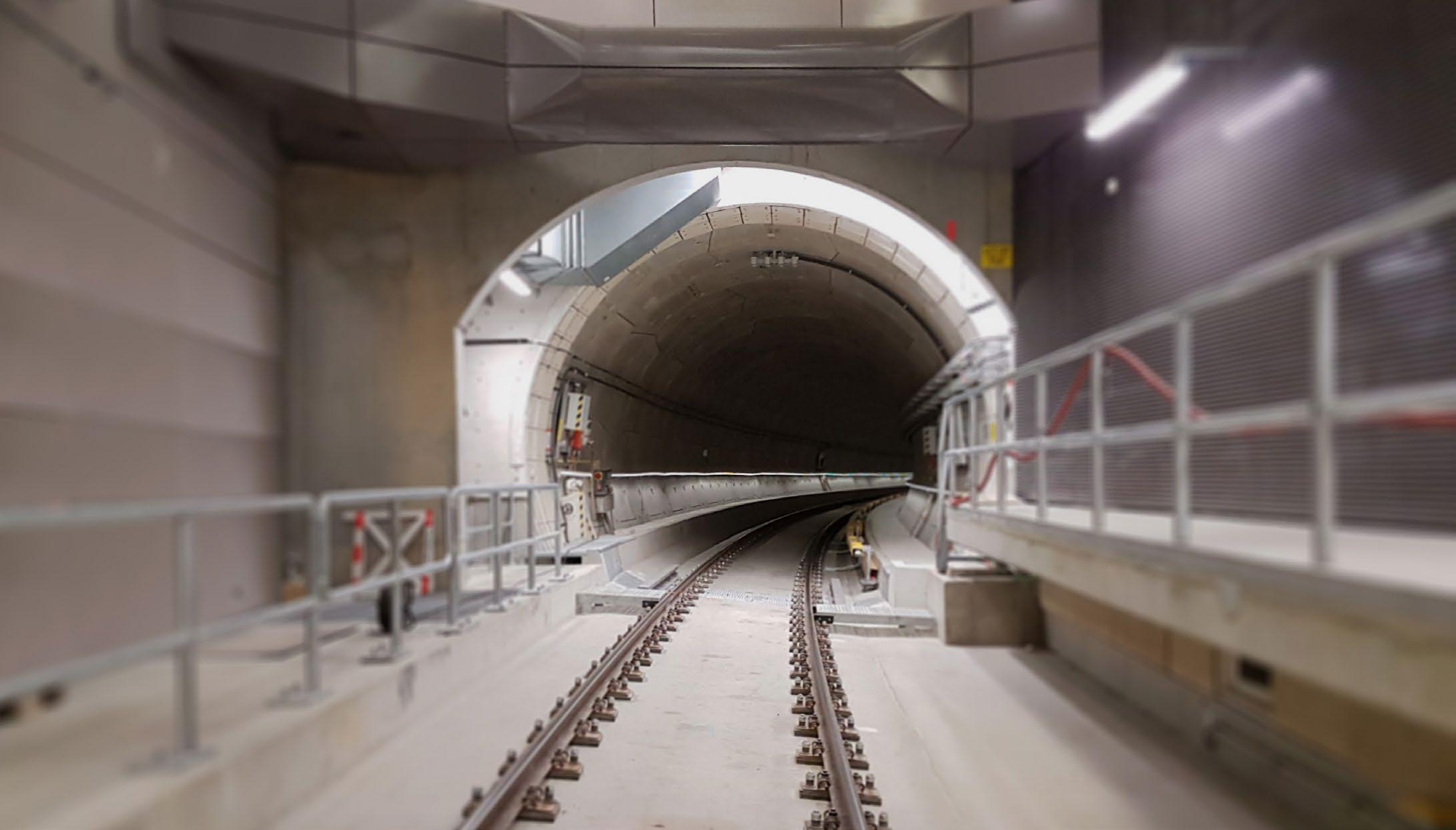
Cork-rubber composites have shown superior performance compared to elastomer-only alternatives, especially in maintaining mechanical properties over time and in variable temperatures. According to Mark, “cork is also virtually inert and very stable within the wide temperature range of rail applications without compromising the properties of the complete product,” which helps explain the enhanced durability and consistency observed in these composites. Several studies have investigated the mechanical behaviour of cork–rubber composites under various conditions. For instance, research published examined how the addition of cork to rubber compounds affects their mechanical properties. Lopes et al. (2021) found that incorporating cork granules into natural rubber increased hardness and static stiffness while maintaining similar dynamic behavior compared to the base rubber compound. Moreover, the composites demonstrated stable performance under compressive loading, indicating enhanced durability over time.¹
Additionally, research² has shown that cork–rubber composites exhibit favorable damping characteristics across a range of frequencies and temperatures. For example, a study investigating the shear modulus and loss factor of cork-rubber rail pad materials found that these composites maintained consistent damping properties over a frequency range of 200–2500Hz and temperatures from -20°C to 40°C. Cork-reinforced rubber showed more predictable behaviour across temperature ranges and higher damping at low temperatures which may help maintain consistent noise levels and mechanical performance year-round. The change in the loss factor also showed a more complex but more predictable behaviour, which can be engineered for better performance. These findings suggest that cork-rubber composites offer superior performance in maintaining mechanical properties over time and under varying temperature conditions compared to elastomer-only materials.
Cork is a material that is harvested without harming the cork oak tree. It is primarily sourced from the Mediterranean region, from the cork oak tree (Quercus suber), that has a unique ability to regenerate its bark after harvesting, making it one of the most sustainable raw materials available. Its integration into technical composites supports a reduced CO₂ footprint compared to synthetic-only elastomers, a long service
life – leading to fewer replacements and less track downtime. Furthermore, these composites support key European sustainability goals outlined in the European Green Deal, the Circular Economy Action Plan, and the EU Biodiversity Strategy by using renewable, carbonnegative materials that reduce reliance on fossil-based inputs. Furthermore, they align with Green Public Procurement (GPP) guidelines using sustainable raw materials, enhanced durability that lowers life-cycle costs, and compatibility with environmental product declarations (EPDs), contributing to more sustainable and responsible infrastructure development.
Far from being a recent innovation, cork and rubber composites are a mature, proven technology that continues to evolve. In rail pad and baseplate pad applications, they deliver robust mechanical performance, effective vibration damping and environmental advantages that make them ideal for modern rail systems. Their success over decades and geographies confirms that this natural-engineered combination remains one of the most intelligent and sustainable choices in railway track design.
At Amorim Cork Solutions, we develop solutions that incorporate high-performance cork composites, combining innovation and sustainability. We use cork – a 100% natural, renewable and recyclable raw material – to develop ground-breaking solutions for various industries such as aerospace, maritime, mobility, sealing, energy, construction, railway, flooring, sports surfaces, playgrounds, toys, home, office and leisure. Every innovation reinforces the promise of a future where nature and technology coexist in perfect harmony.
1. Lopes, Helena et al. (2021). Cork-Rubber Composite Blocks for Vibration Isolation: Determining Mechanical Behaviour Using ANN and FEA, Materials, 14(24), 7890, Sustainability Journal.
2. Squicciarini, G., Thompson, D. J., Toward, M. G. R., & Cottrell, R. A. (2017). Experimental investigation into temperature- and frequency-dependent dynamic properties of high-speed rail pads. ResearchGate.
For more information visit our website www.amorimcorksolutions.com.
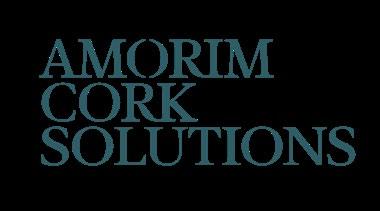

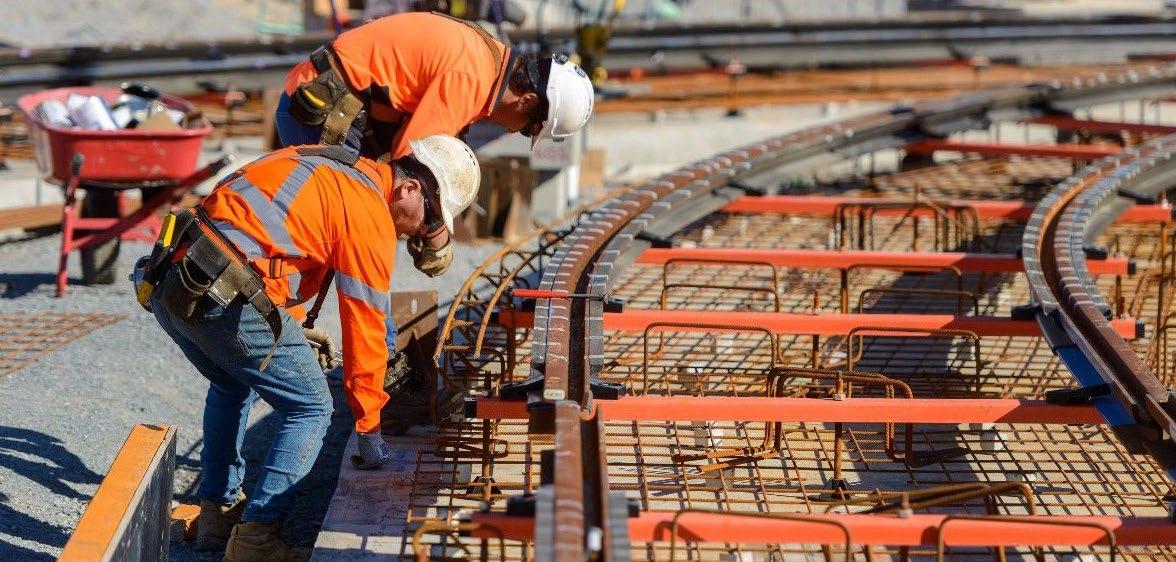
Aslight rail plays a growing role in sustainable cities, Innovation Director Dr Adam Nevin explains how Trelleborg Polyurethane Products’ Vector system is helping to solve the challenges of vibration, noise and stray currents.
Light rail is a key aspect of green mobility within metropolitan areas. Providing a low-carbon alternative to cars clogging city streets, it helps ease congestion while significantly reducing emissions and improving urban accessibility. Take the Sheffield SuperTram for example – this has helped to save over 2,000 tonnes of CO2 each year, whilst transporting 280 million passengers.
There are, however, unique challenges when it comes to constructing a light rail network within a city environment. Electrification can lead to stray current leakage while rolling wheels generate noise and vibrations – issues that are magnified when this infrastructure is literally on the doorstep of hundreds, if not thousands of offices and homes.
Environmental impact assessments require network operators to mitigate stray currents and reduce noise and vibration, and the traditional solution has been floating slab tracks. These see rails fastened to a heavy concrete slab which is supported by springs or rubber to isolate the track from the ground.
While floating slab tracks can greatly reduce noise and
vibration, in light rail environments they may be costprohibitive, spatially constrained and maintenanceintensive, with limited impact on certain vibration frequencies and stray current mitigation. Therefore, their use is often limited to sensitive environments, like alongside hospitals, where these trade-offs are justified.
At Trelleborg our experts have developed a nextgeneration solution to rail encapsulation, which provides superior vibration control and electrical isolation, whilst also enhancing the longevity.
The Vector embedded rail system is based on a high-performance, one-piece moulded microcellular foam polymer rail boot. This simplifies jointing and installation, while also ensuring there are no voids or cavities, which equates to improved durability and resilience.
Benefits include:
• Versatility and ease of installation
Highly versatile, it can be installed through a wider variety of methods than other solutions, including top down, bottom up, sacrificial beam or block sleepers.
• Improved vibration absorption
The boot’s improved vibration absorption extends the service life of rails by reducing maintenance needs compared to traditional ballasted tracks.
• Reduction of stray currents
been proven to achieve stray current reduction of over 50Ω, a much higher resistance than required by the majority of rail projects.
• Tuneability
This solution can also fine tune vibrational acoustic performance. The boot can be readily tuned to absorb frequencies as per customer demand, with track stiffness able to be dialled in without the need for any redesign.
The same boot, with the same dimensions and overall properties can be optimised to hit target requirements. Customers can choose to either lock-in density or stiffness, with either parameter able to be tuned at manufacture.
• Stability
Trelleborg’s solution provides improved stability and alignment of the rail during use, and the boot has been proven to be more stable than competing solutions through changes in weather.
• Longer life
The rail boot has excellent fatigue life under dynamic deformation, in addition to outstanding abrasion resistance, and is guaranteed to last a minimum of 30 years.
• Recyclability
Recyclability may not be top of mind when selecting a product designed to last 30 years, but planning for end-of-life disposal is increasingly essential. This challenge is now becoming evident in the wind turbine sector, where aging components are often consigned to landfill once they reach the end of their

future burden of disposing of thousands of kilometres of polymer waste.
With growing competition in the rail sector, cheaper alternatives often tempt contractors and city planners, but what are the long-term costs? The Vector embedded rail system may not be the cheapest solution on the market, but it is by far the most costeffective due to its ability to reduce maintenance costs while extending service life.
And with Trelleborg you have more than a supplier, you get a partner. Our experts are available to work with customers on the development of Vector solutions specific to each project, from R&D right through to the manufacture of your bespoke boot. We’ll then provide assembly and installation training to your contractors, so you can rest assured that your rail encapsulation solution will provide the utmost benefits for the longest time.
Simply put, when you choose Trelleborg, you’re choosing peace of mind. Knowledge that you’ve got the best solution for the project, and that it will last for the next 30+ years.
The Vector embedded rail system is already being used by light rail networks around the world – from Europe, the Americas and Africa through to Asia and Australasia, and is part of a wider range of solutions including rail dampers and pre‑coated rail systems.
Trelleborg’s experts continue to work on new ways to further improve on the rail boot, but are also developing next generation rail dampers, featuring clipless designs and metamaterials for enhanced noise absorption. Other developments include constrained layer dampers, transparent acoustic barriers and flameretardant vibration absorbers.
If you’re looking for a long-term, low-maintenance rail encapsulation solution, then why not explore the Vector system in more detail? Feel free to get in touch via our contact form or by reaching out to Business Development Manager Peter Hardy on +44 (0)1777 712500 or via peter.hardy@trelleborg.com.
Trelleborg has been perfecting its Vector Rail System for the last 30 years. Over this time, its rail boot solution has gone through three iterations, evolving to improve its capabilities and meet changing customer needs.
Back in 1980 Trelleborg produced its first rail encapsulation solution. This did the job, but by today’s standards installation was a dirty, time-consuming affair to manufacture, and the material used was non-recyclable.
The material would be cast around the rail and then take several hours to cure. The resulting product also required shipment to site, which further added to the complexity and cost.
In 2000 Trelleborg engineers had developed the next generation – the Vector cast boot. This was a much cleaner solution, but still time consuming to create and non-recyclable. This solution significantly lowered the manufacturing cost and provided a better solution for customers, however they knew there was room for improvement.
By 2020 Trelleborg’s experts had developed the Leniter Extruded Boot. This uses thermoplastic polyurethane, which is fully recyclable, and its extruded profile enabled instant curing. As this solution could be fitted on site, it also became easier and cheaper to ship in the form of a single continuous coil of material.
These improvements dramatically increased manufacturing efficiency and reduced costs compared to previous generations.
This brings us to the solution available today, which can be tailored to meet each customer’s specific needs. From material innovation to global delivery, Trelleborg continues to push the boundaries of what embedded rail systems can achieve.

Electrical systems specialist, Mersen has developed a monitoring system adapted for current collector devices used in subway and metro systems.
The third rail is just as essential for subways and metros as the overhead wire is for long-distance and high-speed trains: both supply electrified trains with electricity. Thanks to the current collector sliding along the power rail, the current drawn is transferred to the rail vehicle by a collector shoe usually made of copper impregnated graphite. Two rugged coil springs fitted on the current collector ensure constant contact against the power rail.
“The shoes are generally replaced every six to twelve months.However,Mersen’s shoes do last longer,” explains Mersen Sales Manager François Trama. Nevertheless, the shoe represents 70 percent of the total cost of ownership of the entire current collector device (CCD) during its lifespan.
“After investing nearly four years of hard work,our project team has now devised a solution that will dramatically improve the comprehension of the CCD's performance on duty,” declares Mechatronic Engineer Bilal Naim. Mersen’s solution to the problem is the Digital Current Collector Device (D-CCD), used for realtime monitoring of the contact force between the shoe and the power rail.
The clearly visible portion of the D-CCD is a black box, attached to the arm of the current collector and
housing the so-called MAT, the Module Acquisition & Transmission. The MAT is composed of the readings recorder (strain gauge and temperature sensor) and of an electronic system processing the signals, storing the data and providing the wireless communication. The measured variables are:
• the temperature rise in the current collector
• the force applied on the third rail by the shoe (N)
• the shocks and vibrations applied to the current collector during its course
• optical sensors
All this data serves as an indicator for the condition of the collector shoe, the collector overall and the third rail. “This information allows us to find out if the shoe is still operational or will have to be replaced shortly. It gives a clear insight of the quality of the third rail,” reveals R&D Department Manager Olivier Dosda.


The development of the measuring technology for the MAT posed a tremendous challenge to Mersen’s engineers. “Measuring the contact force with the greatest possible accuracy required us to be as close to the contact point as possible,but the voltage of 750V also made it necessary to provide for dependable insulation,” explains Olivier Dosda. “Two objectives that are hard to combine.” Similarly challenging, the development of the electronic module working reliably in a difficult environment: high voltage, high level of shocks and vibrations, and electromagnetic effects.
The engineering team came with a specially designed strain gauge technology using thick-film strain gauges. Patented in 2018, this advanced technology detects deformations in the current collector arm during operation and allows precise characterisation of impacts occurring during operation.
The MAT module is a stand-alone unit without any connection nor interference with the train, batterypowered and designed with its own data storage. Customers who wish to test-drive the system and check
the condition of their power rail / current collectors can be accommodated by Mersen with a plug-andplay solution easily integrated into Mersen current collectors.
Those interested in monitoring their current collectors continuously will require to connect the train network to the MAT via an ethernet cable and a 24V supply voltage. The interface will transfer the data directly to the train system and extend the real time measurement.
This long-term monitoring feature in particular is what creates the best prerequisites for analysing the wear behaviour of the current collectors and for drawing the appropriate conclusions. Mersen aims to eventually arrive at predictive maintenance including plannable maintenance intervals, which will allow customers to operate their trains with improved reliability while also reducing total cost of ownership. Mersen is hoping that the data collected by the D-CCDs will help them optimise the design of their current collectors.
As a global expert in electrical energy and advanced materials, Mersen ranks among the world’s leading suppliers of current collectors. “With the D-CCD, we are now offering our customers an exceedingly appealing high-efficiency solution that will give them an insight of what is going on between the 3rd rail and the carbon shoe which is the stepstone towards shoe life extension.”
The Digital Current Collector Device was presented on several occasions and received great interest. A manufacturer from Korea is already planning to test the D-CCD on a vehicle operating on a new network. “The wait for the first feedback from use in the real world is keeping us at the edge of our seats,” announces Olivier Dosda.
To find out more visit our www.mersen.com or get in touch with us sales‑ptrv.SBM@mersen.com.

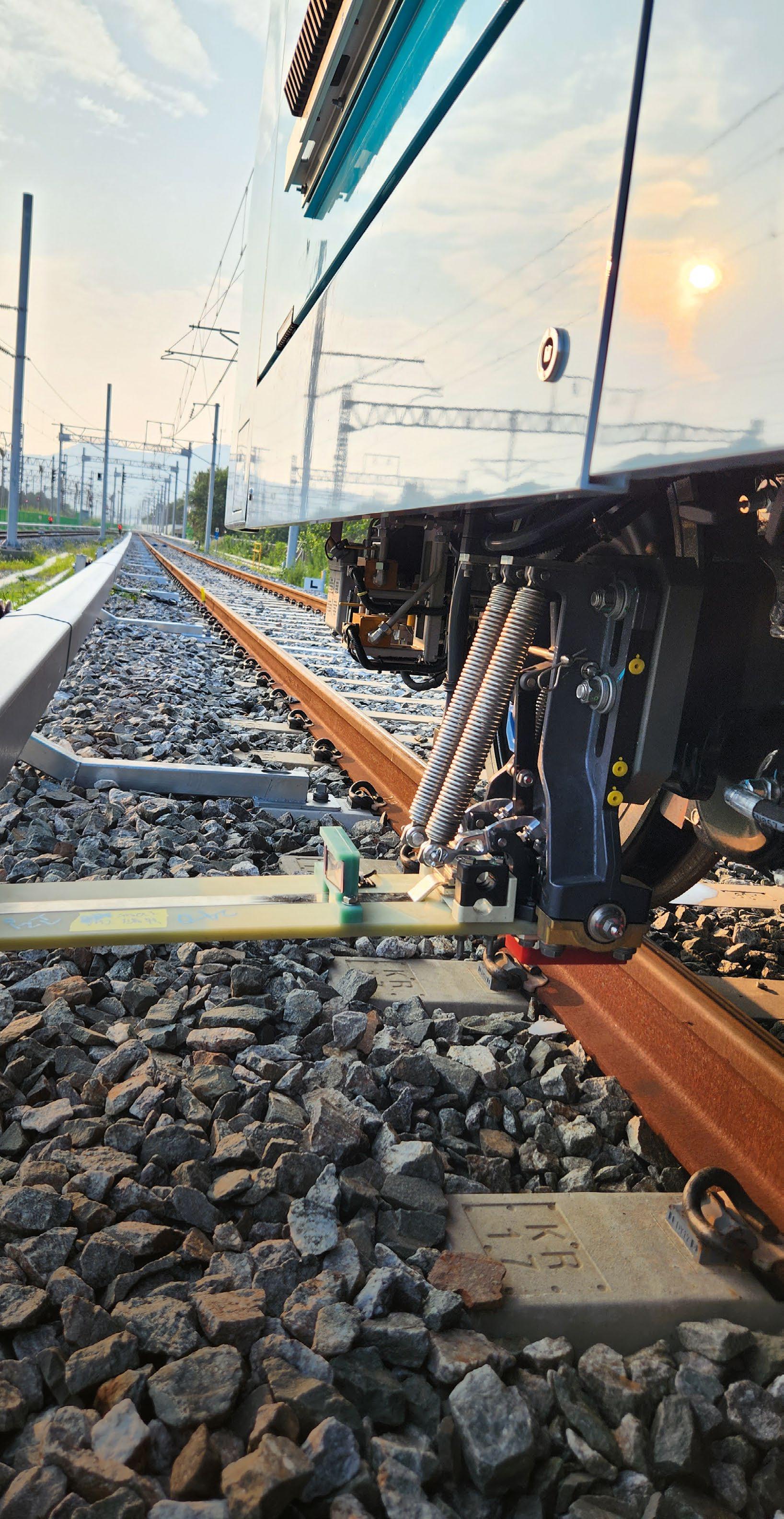
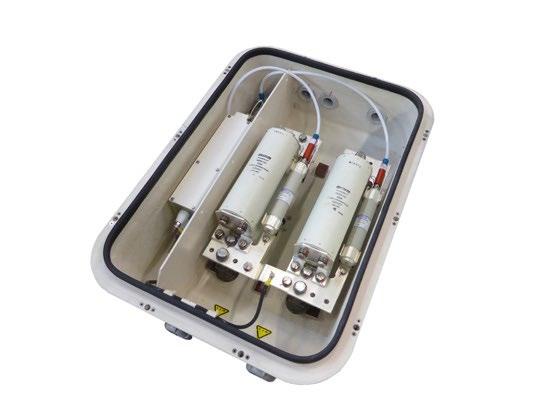

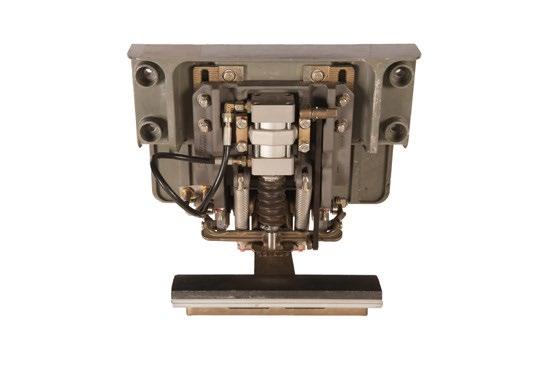
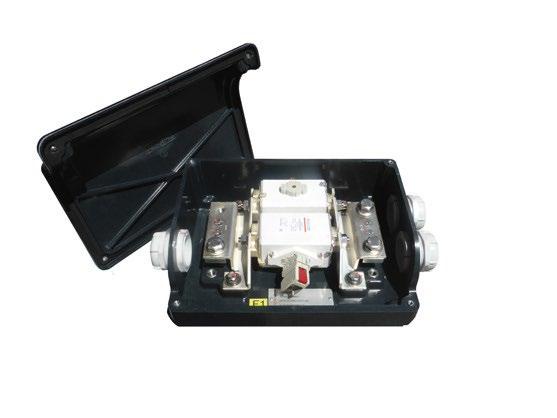




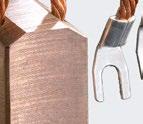







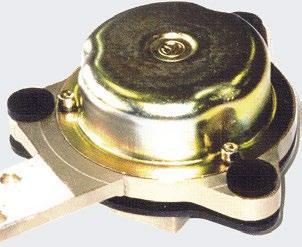
• Comprehensive data collection
• Early-failure diagnostics
• Customized maintenance programs
• Reduction of unplanned downtime
• Enhanced component lifespan
• Significant operational cost savings
• Increased system availability and safety

Rolling Stock Manufacturing & Maintenance
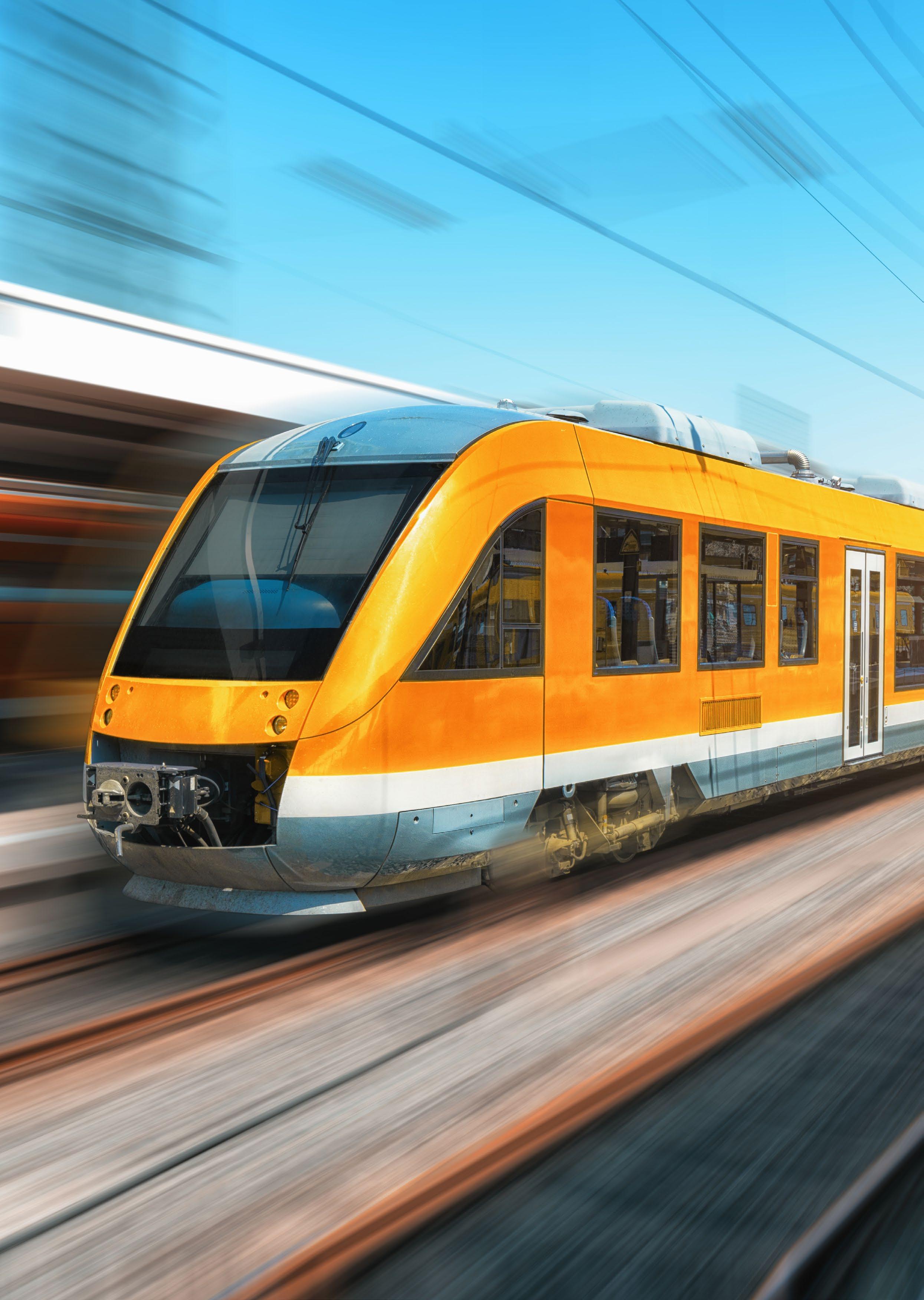
Traction & Power Supplies
Onboard Signalling Equipment

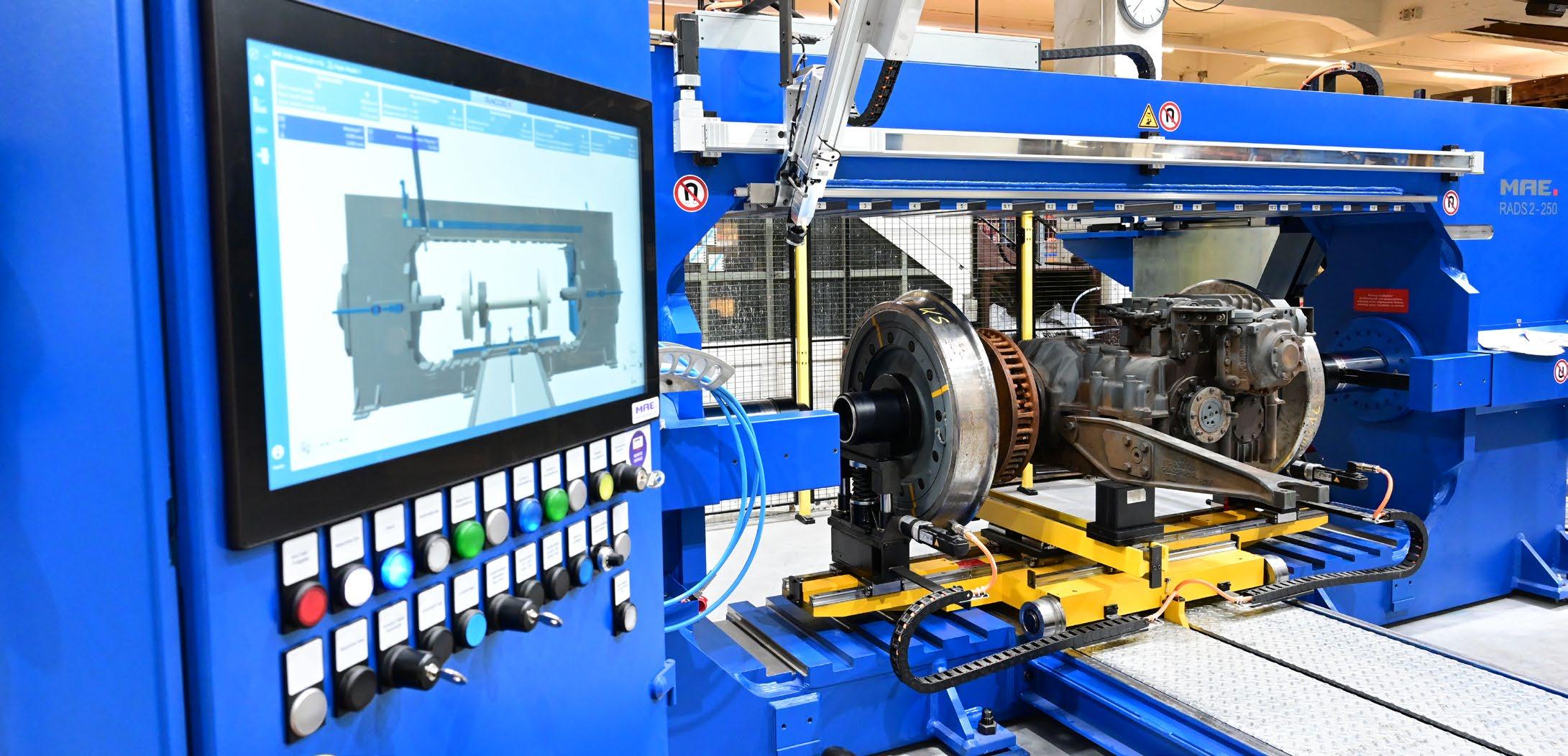
Gmeinder Rail Service Center in Mosbach is synonymous with swift, flexible and precise maintenance of rail vehicles. From minor inspections to extensive overhauls, we focus on minimising downtime thanks to our experts who carefully inspect every detail, from wheelsets to the smallest components.
Gmeinder Getriebe boasts more than 111 years of uninterrupted production of gearboxes for rail vehicles, a worldwide unique achievement. Thanks to this tradition and deep expertise, it now combines cuttingedge technology not only for manufacturing but also for servicing and repairing gearboxes. This technical
excellence is evident throughout the production facility, where trains from the neighbouring station meet a wide spectrum of locomotives and gearboxes from various brands.
Building a comprehensive service centre in Mosbach was a natural step that enables not only routine repairs but also significant technical enhancements. We offer modifications of gearboxes and other components that significantly prolong their lifespan and save costs for fleet operators. Our priority is entirely customerfocused – the goal is to relieve customers of their concerns and effectively address their requirements so they can focus on operating their fleet.

To successfully fulfil our strategy, top-notch technology concentrated in one place is essential. A pivotal piece of equipment in our centre is the new MAE RADS 2-250 horizontally operating double-cylinder wheelset press from MAE, a company with over 70 years of experience in manufacturing such devices. This machine handles pressing wheelsets, brake discs and gearboxes for various types of vehicles, from high-speed trains to trams. With a maximum wheelset weight of up to 4000kg and an axle width of up to 2500mm, it covers nearly all needs of the railway sector.
Thanks to the new Megaturn 1600 M CNC machining centre from Mazak, we have expanded our capabilities and can now repair axle wheel diameters. We can also perform demanding axle repairs using plasma spraying. While gearboxes remain our domain, we now repair all wheelset components with the same level of precision.
Our services are built on a combination of tradition, innovation and technical know-how. Thanks to our
approach, equipment and experience, we offer not only repairs, but also significant technical improvements to components that will enable you to reduce costs and increase the efficiency of your vehicles in the long term. We’re here to take the worry out of your hands and provide you with a top-quality service you can rely on.
Gmeinder Getriebe has been a part of the Wikov industrial group for five years, flourishing under its guidance. In collaboration with Wikov, the group provides an extensive range of gearboxes and drive systems for rolling stock, including trams, metro vehicles, EMUs/DMUs, locomotives and advanced drives for rail maintenance vehicles. Wikov group delivers new gearboxes, spare parts and comprehensive worldwide services, leveraging its production facilities located in Germany, the Czech Republic and India. The group has extensive testing capabilities, including dynamic load test facility or tests for extreme climatic conditions.
For more information visit www.gmeinder.com.
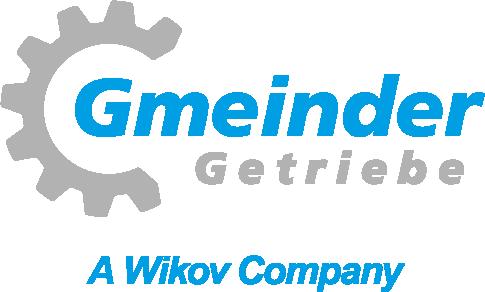



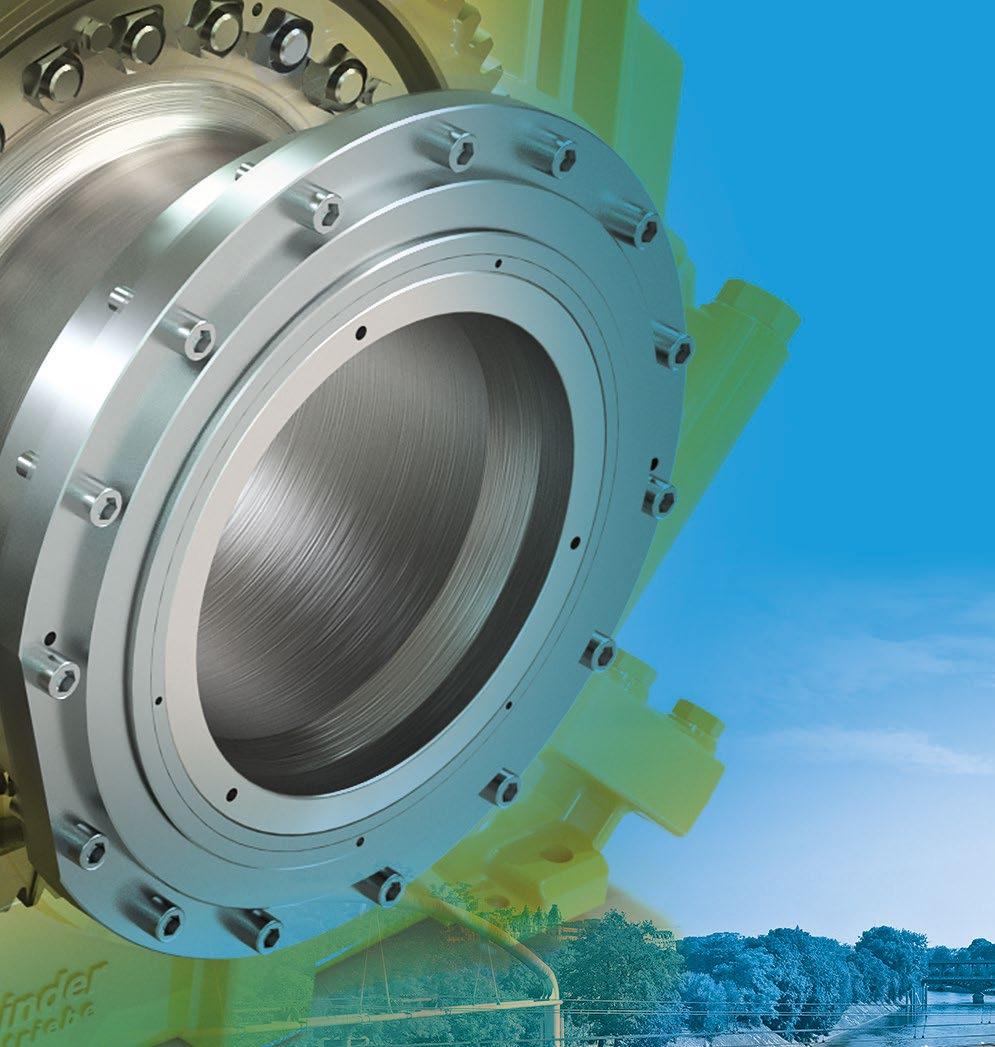





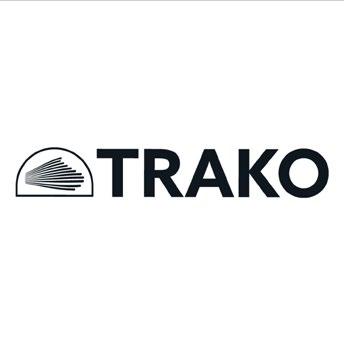
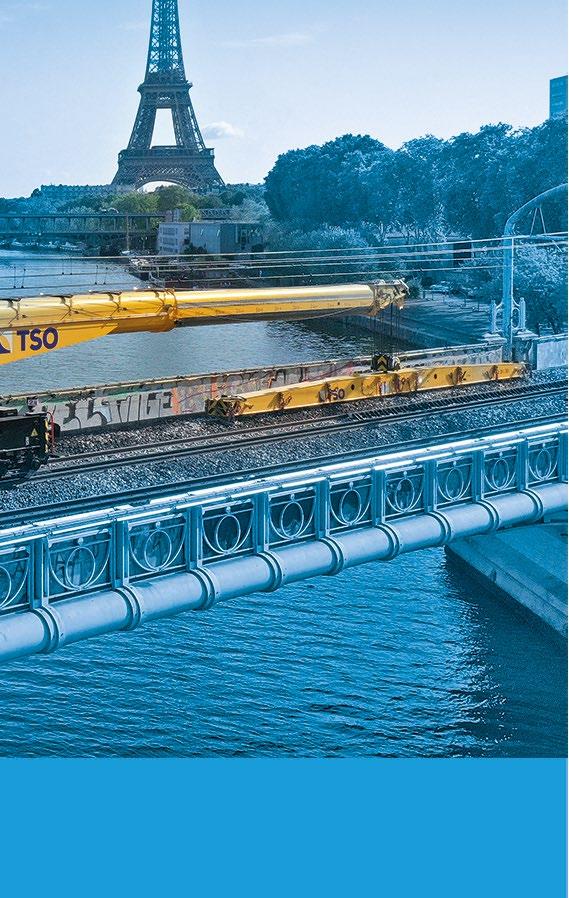
VISIT US! 23.– 26. September 2025 Stand No. E39, Hall E

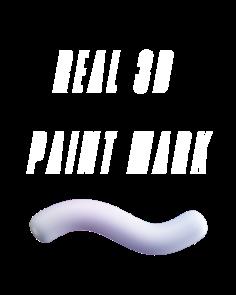

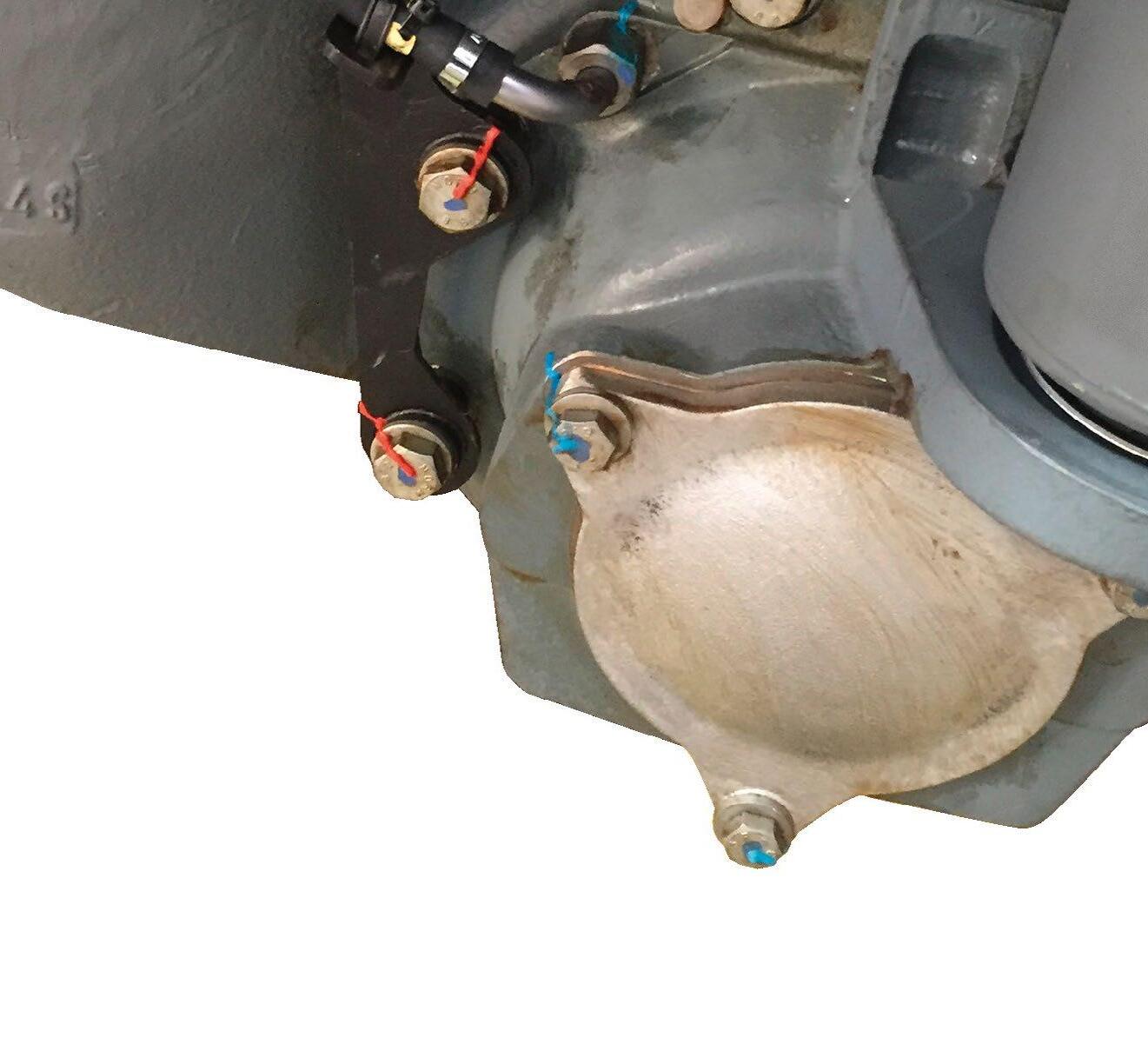



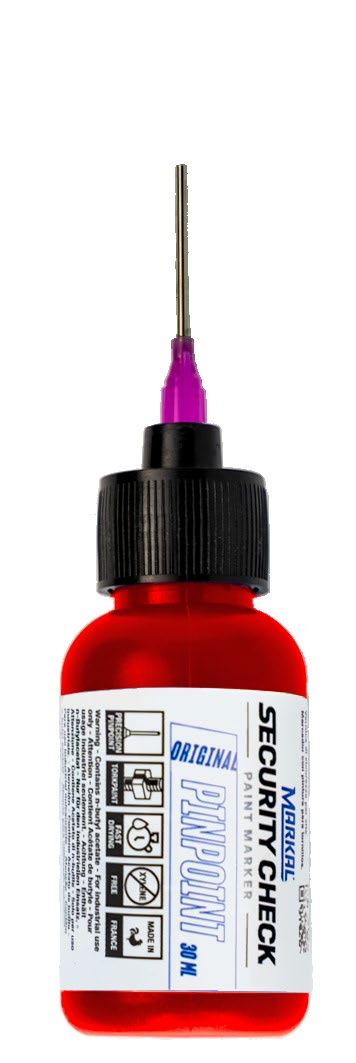



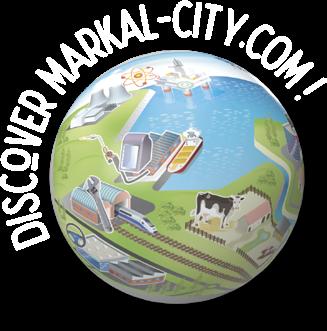

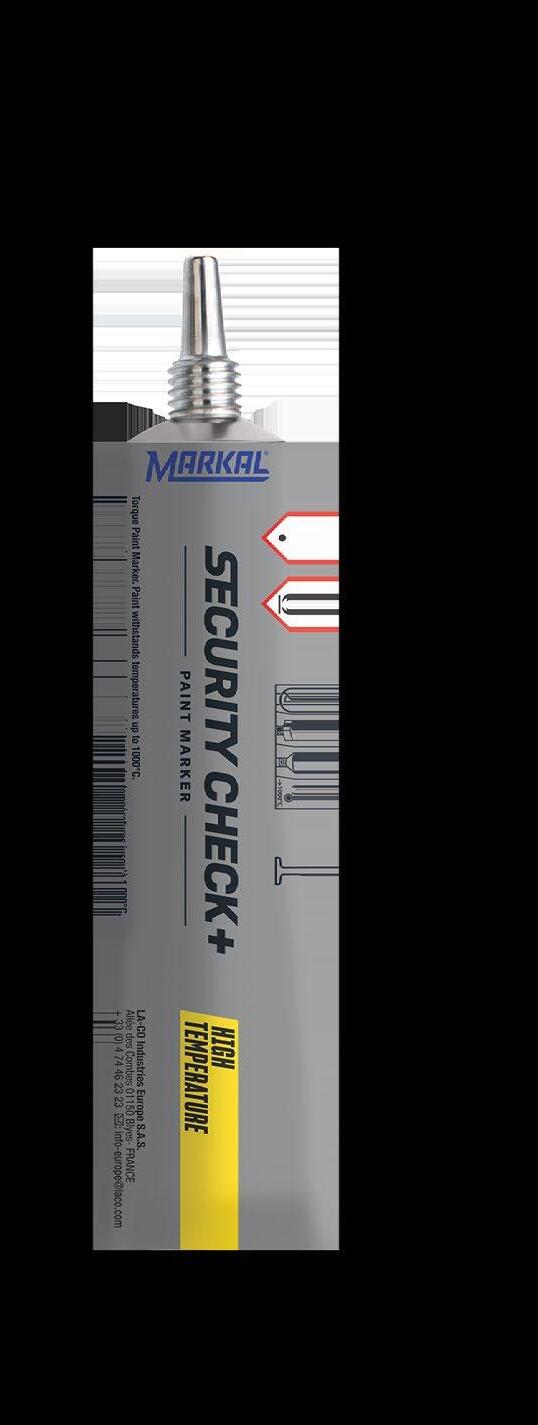

NEW MARKAL® Products: LA-CO Industries Expands Its SECURITY CHECK Paint Marker Range with Two Cutting-Edge Innovations
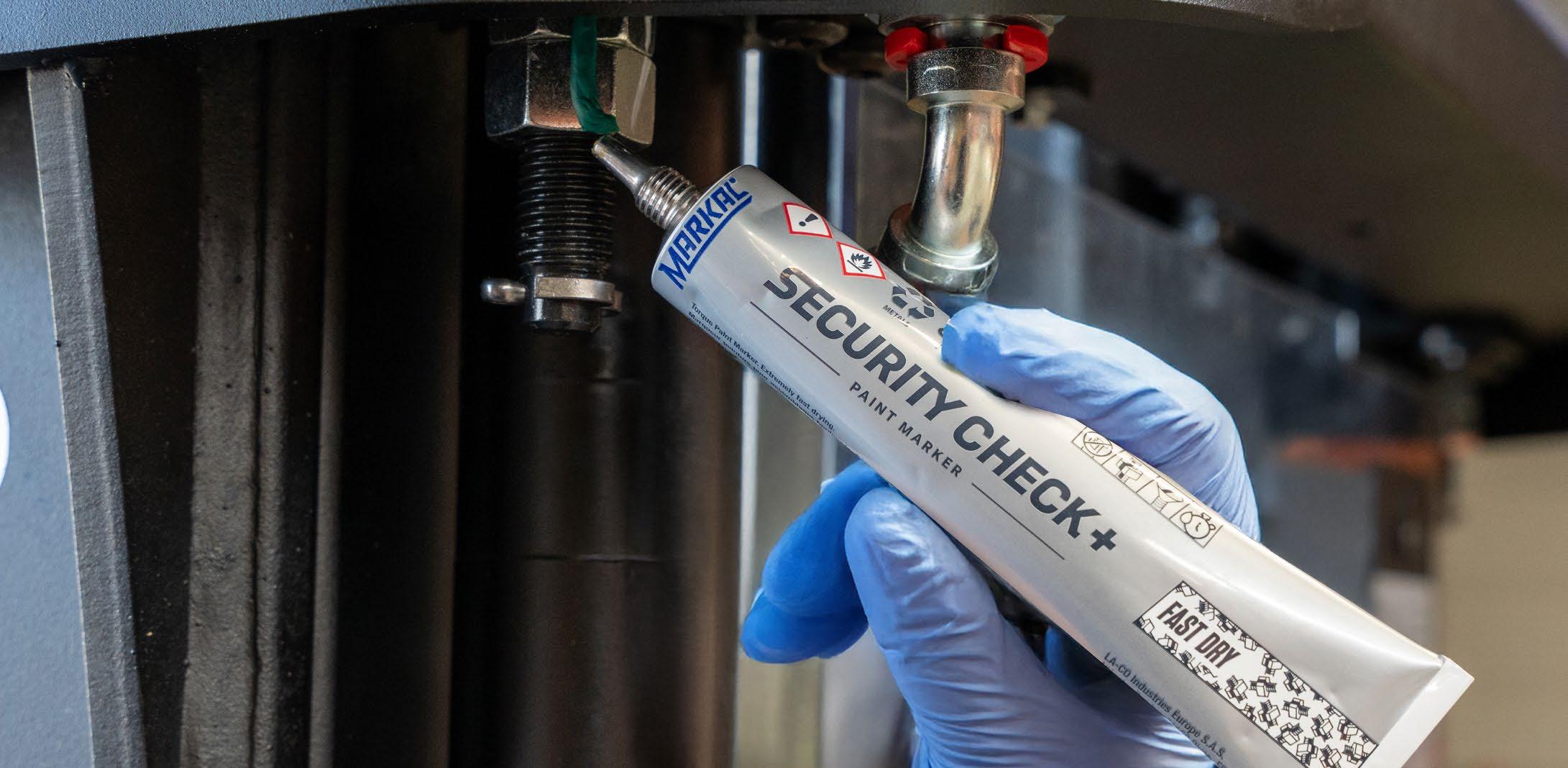
Known for its expertise in industrial marking, LA-CO Industries delivers reliable, high-performance solutions through its MARKAL® brand.
Its broad range of products is trusted across sectors such as the railway, electrical, aerospace and automotive industries – helping professionals improve traceability, operational efficiency and safety in demanding environments.
As part of its ongoing commitment to quality control and industrial safety, LA-CO Industries Europe is proud to introduce two innovative additions to the MARKAL® SECURITY CHECK Paint Marker range. Designed to meet the evolving demands of industrial professionals,
these new products enhance precision, efficiency and reliability in critical applications.
Expanding on the trusted SECURITY CHECK Original and SECURITY CHECK+ High Temperature markers, the latest innovations include:
• SECURITY CHECK Pinpoint – Engineered for precise, controlled applications
• SECURITY CHECK+ Fast Dry – Designed for rapid drying and increased efficiency
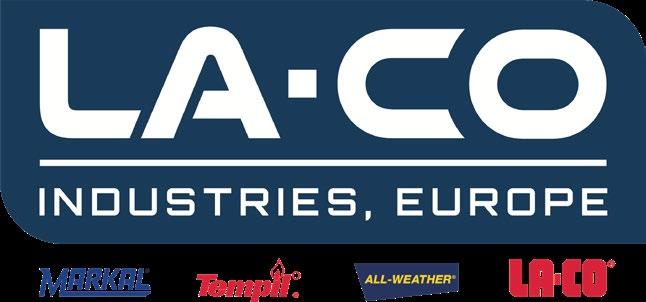
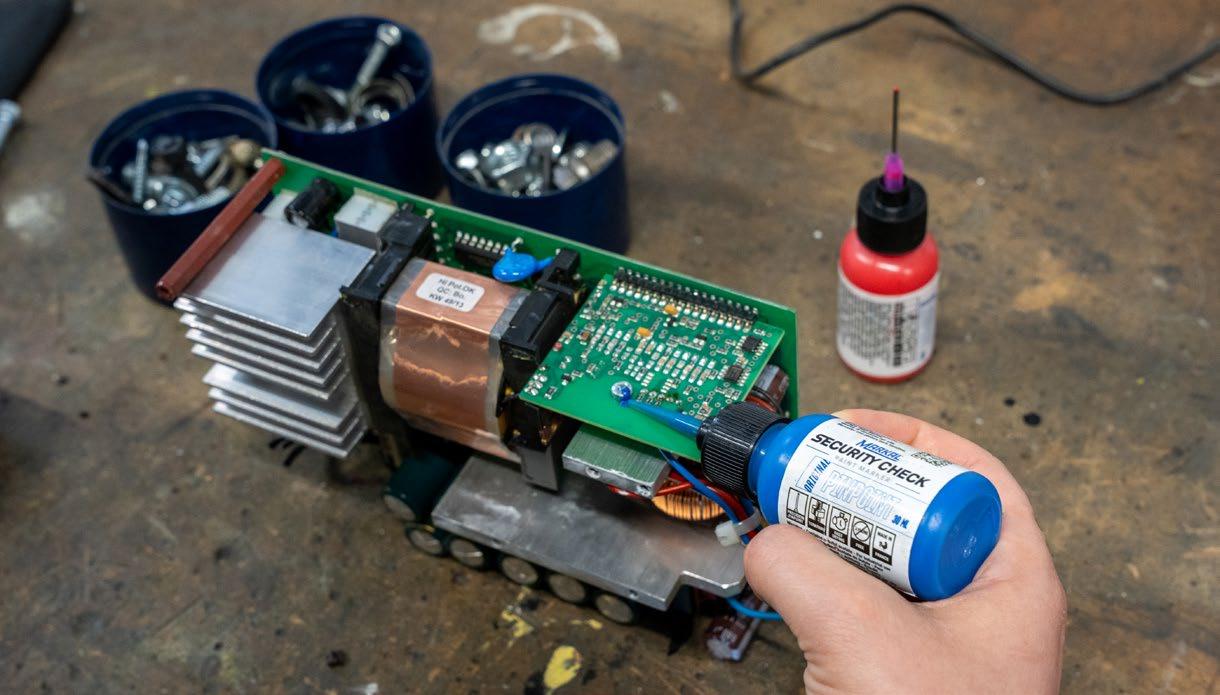
Application of the MARKAL® SECURITY CHECK Pinpoint paint marker on pcb electronic unit using the plastic tip to create a precise,fine mark
For applications demanding exceptional accuracy, the SECURITY CHECK Pinpoint sets a new standard. Its Luer Lock applicator allows for interchangeable needles, offering customised paint flow and precision. Designed with a unique SECURITY CHECK paint formula, it delivers a thick, breakable 3D torque detection mark that dries to the touch in under two minutes, ensuring controlled and reliable application.
Its xylene-free formula makes it an ideal choice for preventive maintenance, quality control and industries that demand precision torque loosening detection, including railway, electronics, mechanical and more...
To further enhance application versatility, SECURITY CHECK Pinpoint is available with three interchangeable needle options, allowing users to tailor their application method to specific needs:
• Tapered Plastic Tip (18 Gauge, 0.035” ID) –Designed to reduce back pressure, making it easier to dispense thick paint marks without clogging (one tapered plastic tip included with each bottle). Made of plastic, it won’t scratch or damage sensitive surfaces like metal or electronics. Plastic tips won’t corrode or react with solvents or moisture-sensitive materials.
• Regular Needle (16 Gauge, 1.65 mm) – Standard long straight metal dispensing needle for general applications. The stainless-steel cannula provides structural integrity, ideal for high-precision tasks that require rigidity and repeatability.
• Angled Needle (18 Gauge, 1.245 mm) – 45° angled stainless-steel needle for hard-to-reach areas. It allows the operator to dispense paint precisely in tight, obstructed, or awkward spaces without repositioning the part or assembly.
With SECURITY CHECK Pinpoint, professionals gain an unparalleled level of control, ensuring accurate and dependable torque detection marks in even the most demanding industrial environments – all while drying quickly for increased efficiency. Unlike liquid paints, it creates a thick, 3D relief line along the bolted connection. If loosening occurs, the line will break, making displacement clearly visible.
When speed matters, SECURITY CHECK+ Fast Dry delivers.
This high-performance marker maintains the same high-visibility, breakable 3D torque detection mark as its predecessors, but boasts a significantly reduced drying time: fully cured in less than 48h and dry to dust in less than 2 minutes.
For thicker marks that still dry quickly, the SECURITY CHECK+ Fast Dry is the solution for you!
Ideal for industries where rapid processing is essential, such as quality control, warranty work and high-paced production lines, SECURITY CHECK+ Fast Dry ensures efficiency without compromise.
With the introduction of SECURITY CHECK Pinpoint and Security Check+ Fast Dry, the MARKAL® SECURITY CHECK Paint Marker range now offers unmatched customisation and efficiency for industrial applications worldwide.
Whether prioritising precision with Pinpoint or fast drying with SECURITY CHECK+ Fast Dry, professionals can rely on these solutions to enhance torque detection, prevent tampering and improve operational safety across various industries.
For more details on the complete range of industrial marking solutions, visit Markal® City.


Asone of the leaders in the wheelset pressing industry, one would think that a wheelset press being sold in the US, is a normal project.
Welcome to MAE-Eitel, a subsidiary of MAE. Group located in Erkrath, Germany. Thousands of miles away, yet that distance doesn’t change the equipment and service that MAE. provides to its customers. Throughout the years, MAE. has provided hundreds of wheelset presses across the globe to varying
companies with unique backgrounds. This, however, would be quite the endeavor for MAE-Eitel, located in Orwigsburg, nestled in the heart of the coal region of Pennsylvania.
Receiving news of the order from our new customer, located in Boston, MA, there came a feeling of excitement, yet one of caution. How will this work? You see, MAE-Eitel had not, up to this point, fully commissioned a wheelset press. How does one overcome this challenge? How will the logistics of it all work out?
Fast forward to almost a year later, a fully built wheelset press sits in our shop in Pennsylvania, ready to press on, and off, wheels from MBTA. Before you know it, everything is ready to go, and off on its way to Boston.
Along the way, there were many challenges, which required the team’s full effort and commitment; as many of us know, these often provide us with the best lessons to be learned. Not only was it something new for us, the learning curve on the software of the machine presented itself to be an entirely new challenge. MAE.’s newest iteration of its wheelset pressing software, RACOS X, was being rolled out. New press, new software, what could go wrong, right? You might be surprised; both German colleagues and US alike came together, sometimes literally, to resolve the challenges presented before us.
With this project in our rear-view mirror, a proper reflection is in order. Was it challenging? Of course. Did we learn a lot? Heck yes. Would we do it again? Absolutely! At least 2 more times in 2025 to be exact! We like to take that as a good indicator of what we see in the market right now. Self-sufficiency, companies taking pride in their work, and increased capability for those smaller companies. The rail industry in the US had its boom hundreds of years ago; however, as history dictates, everything is cyclical. The outlook for the rail industry in the US, we believe, is at an upward trend. Think about the impact rail has on commerce, and moving people around? Cities are focusing more on their existing systems, for the first time in many years. We are seeing enquiries for state-of-the-art equipment, to replace the old workhorses which once produced our railcars day in and day out.

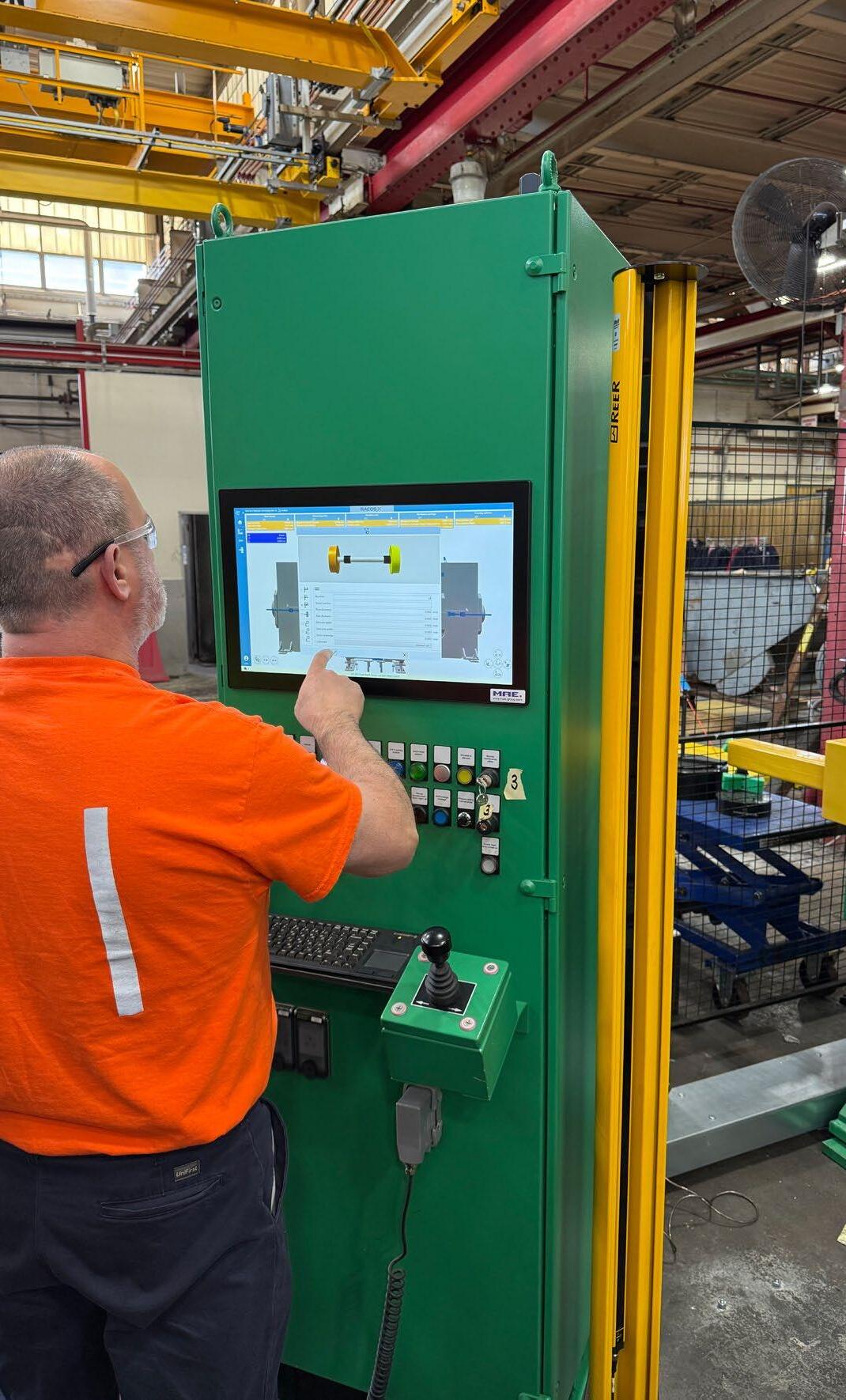
With the increased awareness around safety, production rates and of course reducing the bottom line of product, new equipment is becoming a must for the rail-car industry. With MAE. Group at the forefront of this technology, following regional regulations and providing equipment which reduces the need for human interaction, we are excited to support our small maintenance shops who keep those trains in operation, up to those large corporations who produce them right here in the US!
To find out more visit www.mae group.com.


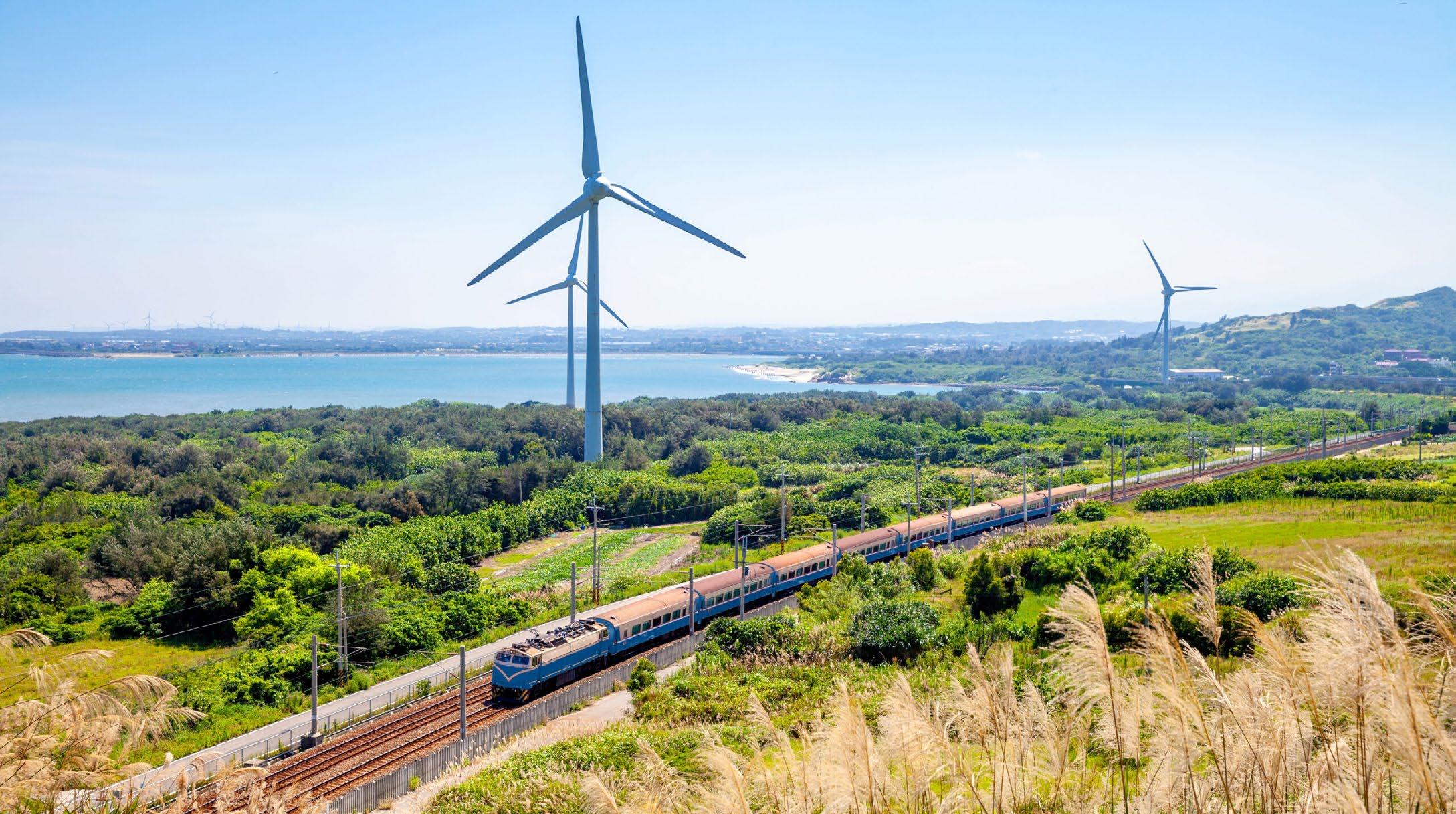
Aninterview with Jean-Baptiste Pomar, International Project Manager at TRIGO, and Thierry Verstappen, Manager of Subcontractors and Coordinator of Technical Installation Activities, Alstom.
Q: TRIGO's partnership with Alstom has quadrupled in value over the past decade. What have been the key milestones and how has the collaboration evolved?
Jean Baptiste Pomar: We started working for Alstom on a regular basis from 2010. The very first collaboration started in ALSTOM La Rochelle, where TGV Duplex was ramping up and 1400 CITADIS
tramways had already been produced. Opening our first incoming inspection area, providing onsite quality control and rework for supplied products was our first major milestone.
We then progressively deployed our services to all French rolling stock manufacturing sites. Today, TRIGO has onsite teams in half of Alstom’s 50+ manufacturing sites globally.
This global deployment has been facilitated by the 2014 agreement we signed with Alstom on quality and manufacturing support services.
The future milestones of our partnership will mainly consist of supporting the important ALSTOM
production ramp up in new geographies such as the Americas with robust quality services. We aim at providing manufacturing support services at any operator’s facilities during the product introduction phase, including expertise in on-demand maintenance of specific technologies (ETCS, HVAC, doors, bogies, interiors).
The electrical retrofit services that we are currently providing for ALSTOM Belgium for the tramway project in Charleroi is a good example of TRIGO’s ability to mix production services and quality.
Q: From Alstom's perspective, what made TRIGO stand out as a quality control and production support partner?
Thierry Verstappen: Alstom chose TRIGO as a partner for quality control and production support due to its global recognition and the esteem it inspires in major companies of the sector. TRIGO distinguishes itself through its reliability, making it an ideal partner.
Q: The rail industry faces increasingly complex quality requirements. What are the most significant quality challenges Alstom encounters in today’s manufacturing environment?
TV: In its manufacturing environment, it faces growing pressure from customers with ever-stricter standards. This is why we must be increasingly demanding of our partners.
Q: How has TRIGO adapted its organisation to address these evolving challenges, particularly with the implementation of ETCS standards across Europe?
JBP: With 10,000 people in 30 countries, TRIGO is a global leader in quality services. When our customers ask us to support them to deploy ETCS standards, we strongly rely on three things: our existing operational footprint close to rail production or maintenance sites, the top know-how and soft skills of both our employees and managers, and our financial robustness to invest in relevant specific skills.
We also developed more flexibility in our service. Today, in five days’ time, we can start ETCS retrofit anywhere in Europe!
Q: TRIGO has recently introduced AI powered quality control solutions like the Spark Multi View system. How are these technologies transforming rail quality control, and what benefits have they brought to partners like Alstom?
JBP: It’s now obvious that train production is facing growing demands for digitalisation.
With Spark Multi View, TRIGO offers an automated visual inspection solution using AI and machine learning developed by its subsidiary Scortex. Equipped with multiple cameras and lighting systems, this portative technology can inspect up to three parts per second, meeting the sector’s manufacturing speed requirements. It analyses images captured by its optical cameras to detect defects such as cracks, surface deformations, misalignments or missing components. The system provides real-time feedback, improving quality control and process efficiency, whilst reducing production costs and ensuring compliance with industry standards.
But the rail industry is also unique in that it relies on specific manufacturing processes, such as welding, heat treatment and painting, which cannot be inspected through visual quality control alone. These processes require non-destructive testing (NDT), essential to ensuring the reliability of key components like wheels, axles and bogies, thus guaranteeing rail transport safety. TRIGO offers an extensive range of techniques, from visual inspection to ultrasonic testing, dye penetrant inspection and magnetic particle inspection. Through NDT and its inspectors certified under EN ISO 9712, TRIGO detects invisible anomalies, such as internal cracks, corrosion or welding defects, ensuring train safety.
"Alstom chose TRIGO as a partner for quality control and production support due to its global recognition and the esteem it inspires in major companies of the sector.TRIGO distinguishes itself through its reliability, making it an ideal partner."
Thierry Verstappen, Manager of Subcontractors and Coordinator of Technical Installation Activities, Alstom
For the past three years, TRIGO has been assisting ALSTOM, overseeing production at several European suppliers with a team of specialised inspectors under EN 15085 standards. This standard requires that welding of rail components undergoes non-destructive testing to verify their quality, applying standards such as ISO 17635 (VT) or EN 1290 (MT).
Q: TRIGO has developed the ‘OTD Predictor’ to forecast supply chain failures. How does this AI-based solution work and how does it benefit manufacturers like Alstom?
JBP: TRIGO also developed the On Time Delivery (OTD) Predictor, an AI-based database that predicts supply chain failures. Powered by machine learning algorithms, OTD Predictor analyses data from quality control operations, production schedules, and supplier performance to predict whether a delivery will meet deadlines. OTD Predictor acts as an early warning system, alerting users when there is a high risk of delay, allowing train manufacturers like ALSTOM to take corrective actions before delays occur. This innovation helps us better manage supplier relationships and negotiate contracts more effectively while reducing costs associated with urgent shipments and production downtime.
Q: With the European rail market undergoing significant transformation due to sustainability requirements and aging infrastructure, how are your companies collaborating to address these challenges?
Both: ALSTOM is pioneering green traction solutions, including hydrogen and battery-electric trains, to replace diesel engines on non-electrified lines, directly addressing the sector’s sustainability requirements. ALSTOM also offers comprehensive signalling and infrastructure services, focusing on digitalisation, predictive maintenance and lifecycle extension for rail assets. Their solutions aim to optimise maintenance, maximise network availability and reduce lifecycle costs, which are critical for managing Europe’s aging rail infrastructure.
TRIGO is a global leader in quality management services, providing inspection, audit, consulting, engineering and training across the rail sector. Our mission is to optimise performance and quality throughout the supply chain. TRIGO employs advanced
technologies such as artificial intelligence, virtual reality and data analytics to prevent quality issues, reduce scrap rates and minimise waste, all of which contribute to a lower carbon footprint and more sustainable production.
Both companies share a vision that high quality is essential for sustainable industry performance. TRIGO’s preventive quality actions and ALSTOM’s sustainable technology innovations work in tandem to reduce costs, improve safety and lower the environmental footprint of rail transport.
Q: TRIGO's rail business has grown by 30% since 2023. What are your growth projections for the coming years, and what new services or technologies might you bring to partners like Alstom?
JBP: We expect at least a +10% continuous growth till 2030, considering the positive trend of the sector and the level of our customers’ orders books.
The increasing product complexity, shorter R&D and launch cycles of our partners like ALSTOM, increasing quality expectations from consumers and regulatory bodies, the global, stretched and ever-changing supply chains. All these challenges are pushing TRIGO’s strategy growth. We will continue to grow our quality control core business for sure. We will also accelerate our manufacturing service capabilities and advanced services (audit, training and consulting services). Tactical investments are also being made to expand in testing and in certification.
Top: Jean-Baptiste Pomar International Project Manager at TRIGO
Bottom: Thierry Verstappen Manager of Subcontractors and Coordinator of Technical Installation Activities, Alstom
www.trigo group.com




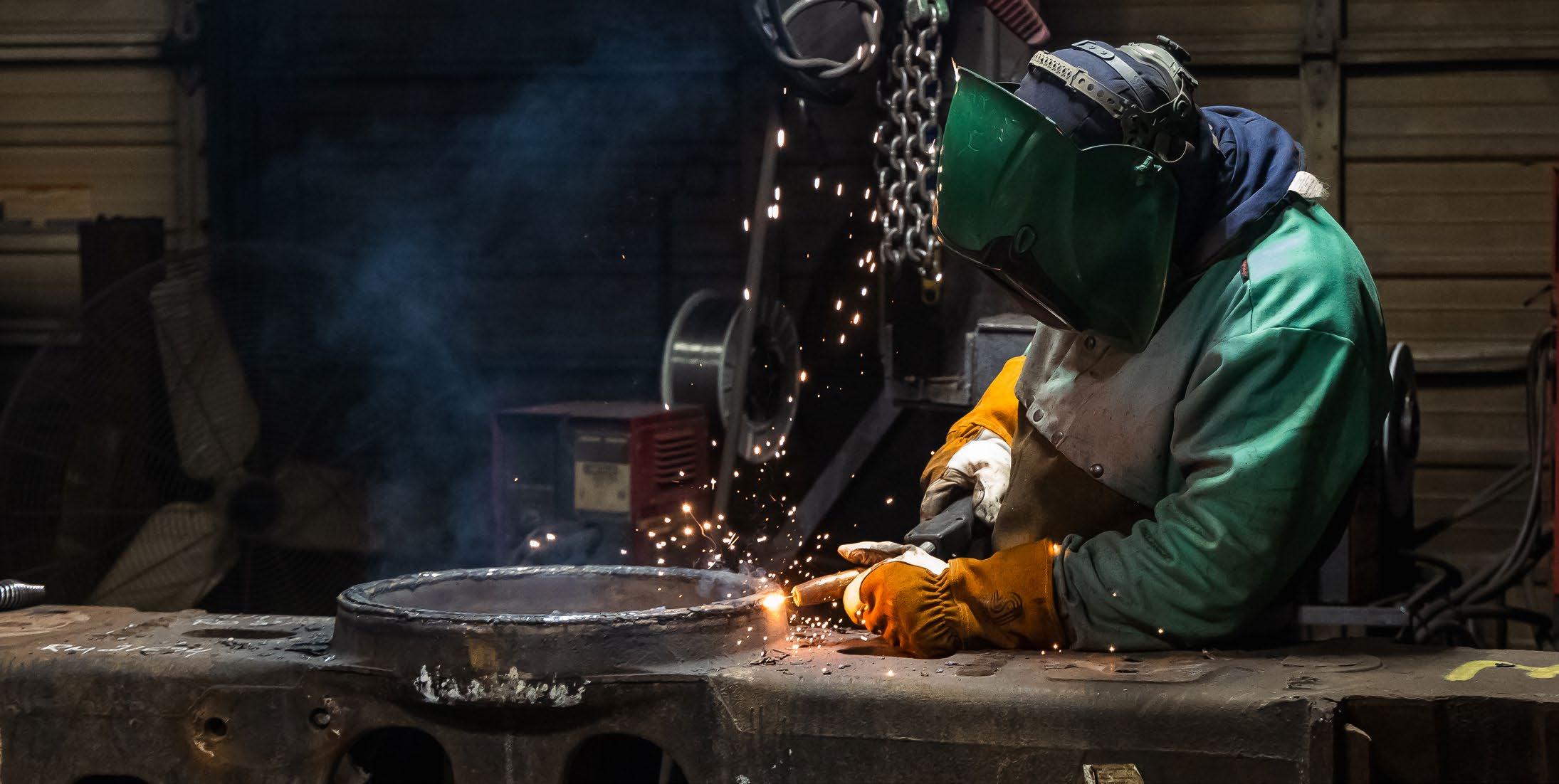
Railway-News speaks to Matt Mayse, Inside Sales Lead and Bryan Beier, Director of Sales and Business Development at COMET Industries, about how the company’s refurbishing services are helping railcar operators extend the life of their fleets and meet industry regulations.
Railway‑News: For readers unfamiliar with COMET Industries, please could you give us a quick overview of your business?
Bryan Beier: COMET Industries has been operating since the 1960s and focuses on the refurbishment and requalification of key railcar components, particularly bolsters and side frames. These are vital parts of the
freight car’s truck assembly and must meet stringent standards to remain in service. We serve a broad customer base across North America, including Class I railroads, leasing companies and repair shops. Our work not only supports compliance but helps extend the economic life of rolling stock through cost-effective refurbishment strategies.
RN: What are the regulations around life extension in North America, and how does COMET Industries help railcars remain in service longer?
Matt Mayse: In the US, freight railcars are subject to interchange rules set by the Association of American Railroads (AAR). These rules dictate the service life of a car’s major components. A typical railcar truck frame or bolster is allowed a 40–50-year lifespan, but with proper refurbishment and requalification, that can be
extended by up to 15 years. That’s a significant benefit for owners and operators.
To qualify for the extension, refurbished parts must pass a series of inspections and tests to ensure they meet or exceed AAR standards. That’s where we come in. COMET uses a rigorous inspection process and highly experienced technicians, some with decades in the field, to ensure every part we requalify is fit for another full-service cycle.
RN: What does this inspection and requalification process involve?
MM: It’s a multi-stage process. First, we do a visual inspection and a magnetic particle test to check for surface or subsurface defects. Then we measure key dimensions: length, width, pocket depth, wear areas and so on, against original manufacturing tolerances.
If the part passes inspection, we move on to requalification. This may involve welding or machining worn areas back into tolerance. Once all necessary repairs are made, the part goes through a final inspection and then shot blasting and painting before it’s returned to the customer with documentation proving compliance.
We pride ourselves on our pass rates. One of our Class I customers recently received 50 of our refurbished bolsters. Of those, 35 passed their internal inspection,
which is set at a stricter level than AAR standards. That may sound like a 70% pass rate, but for context, the same railroad also received 250 bolsters from other suppliers and only two of those passed. That shows the quality we deliver.
RN: What challenges do operators face when it comes to refurbishing under AAR rules?
MM: The biggest challenge is understanding the complexity of the standards and ensuring that their suppliers truly know what they’re doing. There are very specific tolerances for every measurement, and if you’re not familiar with AAR regulations or don’t have the right shop setup, it’s easy to fail requalification.
Operators also have to be careful with traceability. You can’t just install any refurbished part; you need to know where it came from, how it was tested and have confidence in the provider’s documentation. At COMET, we maintain detailed records and have a robust QA process that’s been vetted by customers and AAR audits alike.
RN: How does COMET stay ahead of evolving standards and customer expectations?
MM: We work closely with Class I railroads and repair shops to understand their needs. Our team includes experts with years of field experience, so we’re always focused on quality and continuous improvement. We’ve
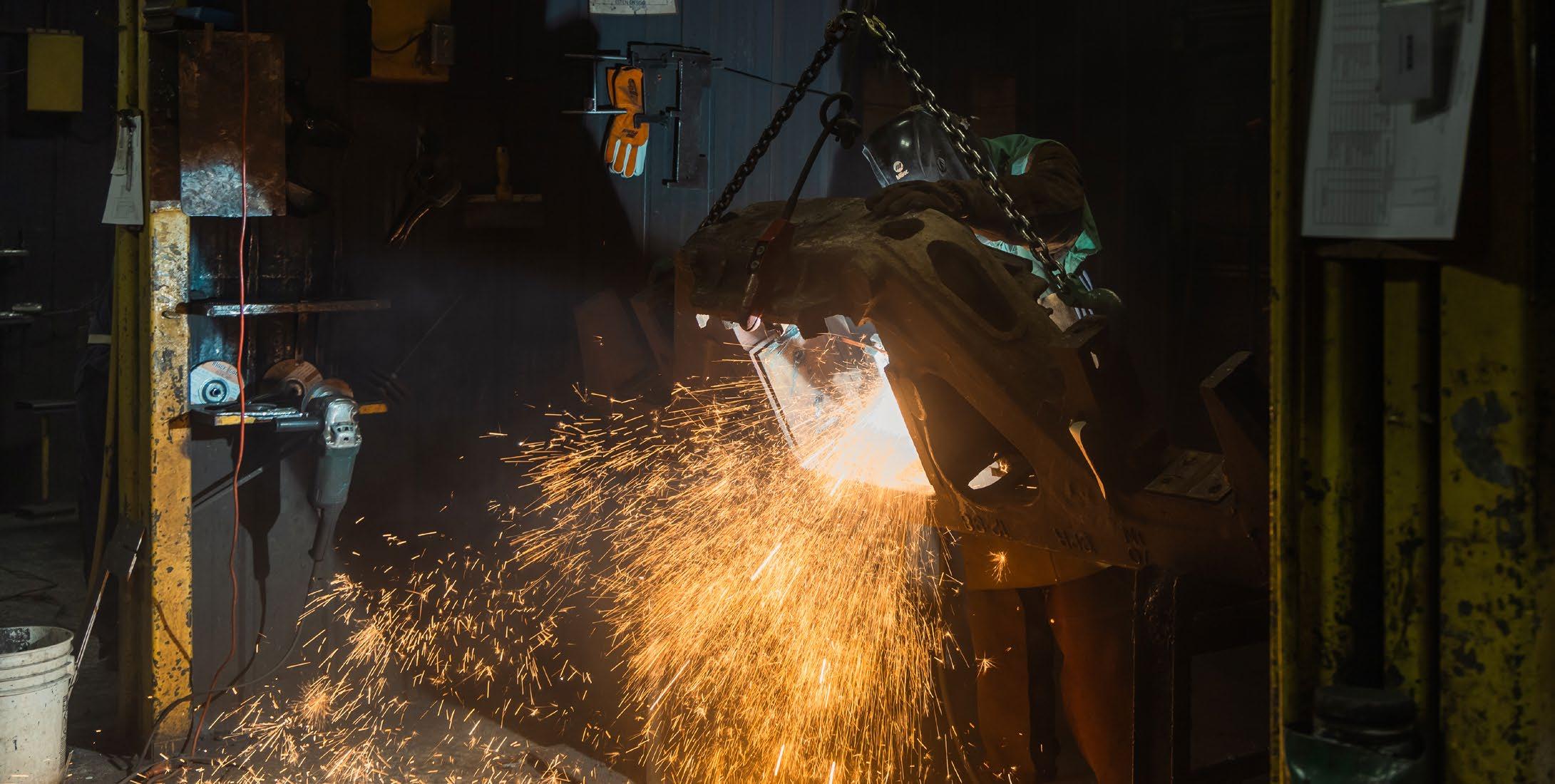

also invested in our inspection technology and training to stay aligned with the latest industry best practices. A big part of it is communication – being proactive with customers about what parts can be reused, what needs replacement and what life-extension options are viable. We want to be a partner, not just a vendor.
RN: Is there a difference in regulatory approach between North America and other regions?
MM: Yes, there are differences, especially when you compare the North American AAR rules to regulations in Europe. In North America, the interchange system means a railcar might travel across several state borders and dozens of different railroads. That requires a unified standard, which AAR provides. In Europe, there’s more fragmentation, and life-extension practices vary more between countries.
We’ve seen some interest from international customers in how our refurbishment model could be applied abroad, but the regulatory frameworks don’t always align. Still, the principles of safety, traceability and cost effectiveness are universal.
RN: Looking ahead, what trends are shaping the future of component refurbishment?
MM: Sustainability and cost efficiency are both big drivers. Rail operators are looking for ways to extend asset life without compromising safety. Refurbishing a bolster or side frame can be significantly cheaper
than buying new, with a fraction of the environmental impact.
There’s also growing pressure on fleets to remain agile. Refurbishment offers a flexible solution whether you’re reactivating idle cars, adapting to new load profiles, or just trying to defer capital expenditure.
Long-term, I think we’ll also see more digitisation –using digital twins and lifecycle tracking to manage components more proactively. That’s something we’re preparing for as the industry evolves.
RN: Any final thoughts you’d like to share with our readers?
MM: Refurbishment isn’t just a stopgap – it’s a strategic option that more operators should consider. When done right, it can extend the life of your assets by years, reduce costs and keep you compliant with interchange rules. We’re here to help customers navigate that process with confidence.
To learn more about our refurbishing services please visit cometind.com


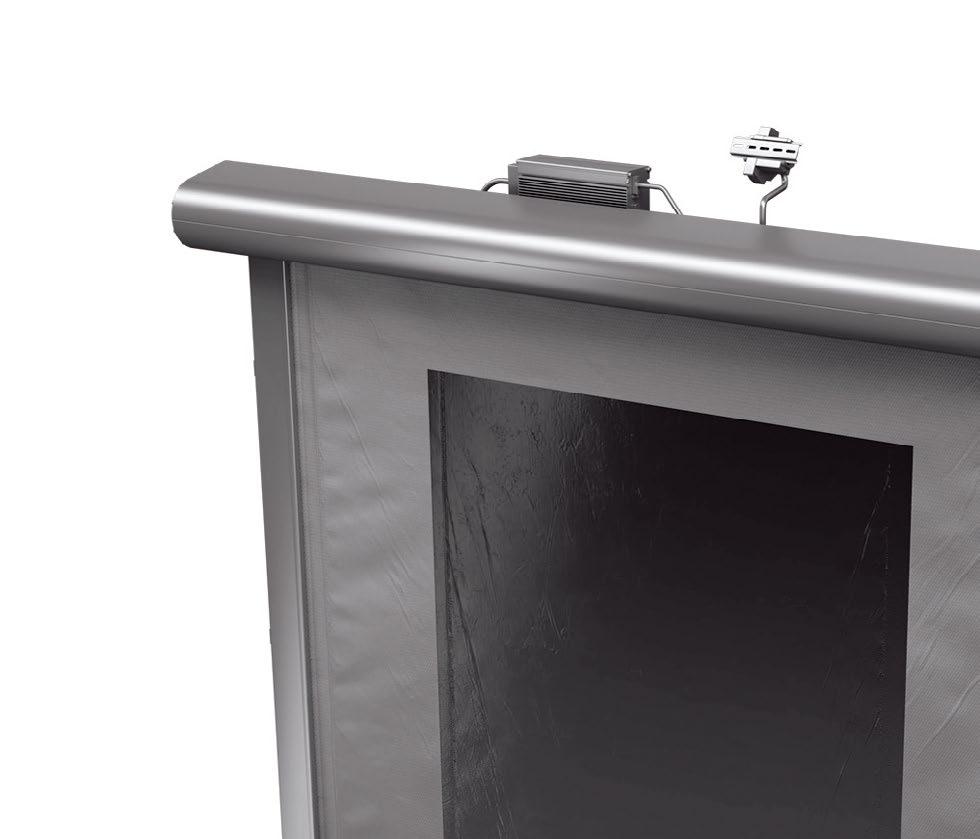
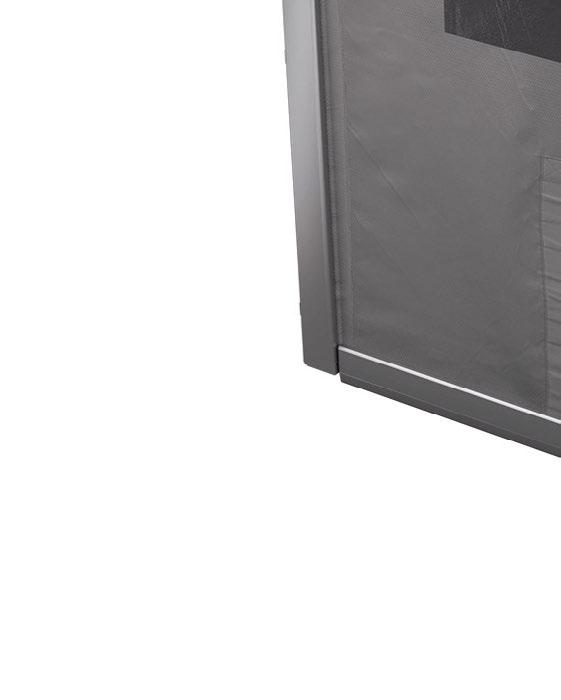

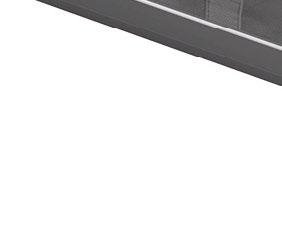
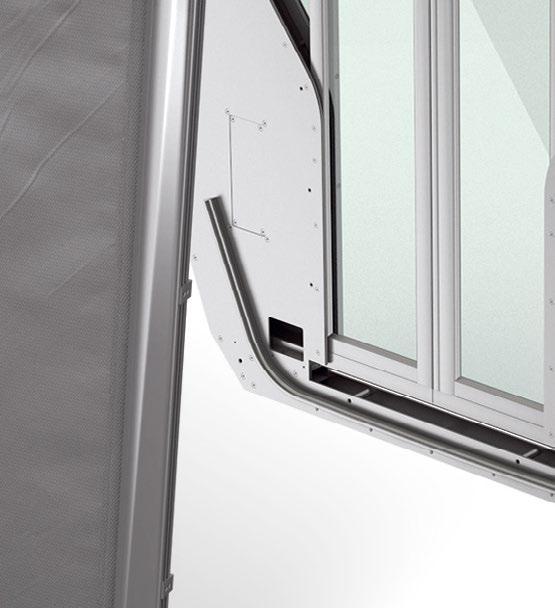











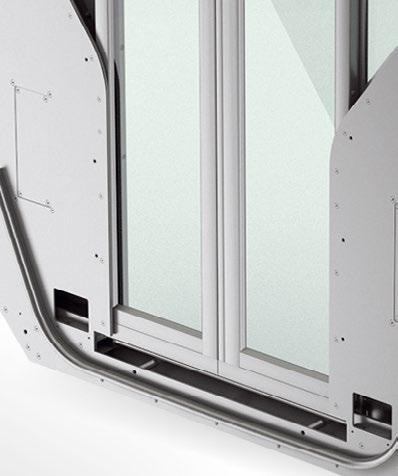
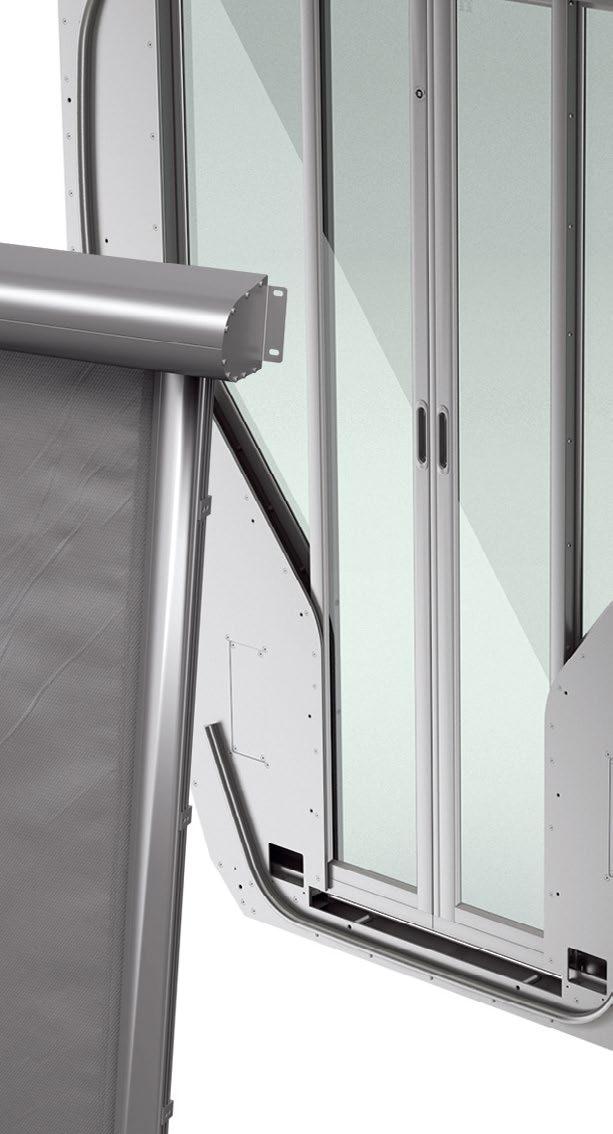


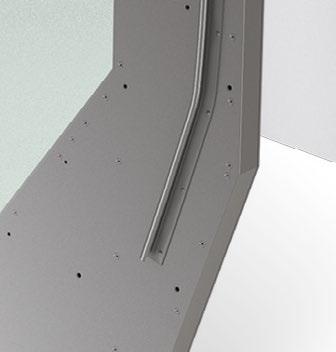
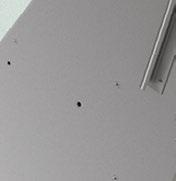

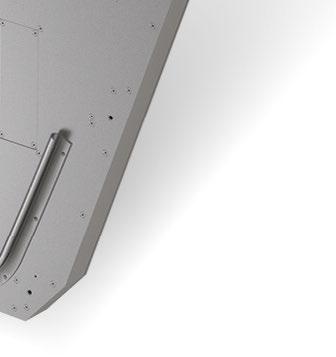





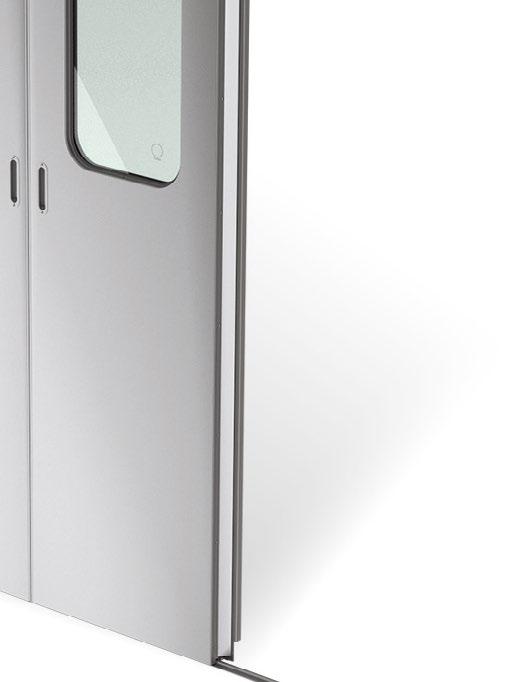



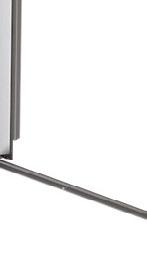



For over 25 years, Polarteknik has been at the heart of railway innovation, supplying reliable and sustainably produced interior door systems to the world’s leading train manufacturers.
Headquartered in Huittinen, Finland, Polarteknik has built a global reputation as a trusted and forwardlooking partner in the railway industry.
Polarteknik’s solutions are found in trains operating across the globe, supplied to all major OEMs in the rail sector. But beyond high-quality products, what truly sets Polarteknik apart is its commitment to long-term collaboration partnership.
"We work together with our customers towards a green future for transport," says the Polarteknik team. "Our goal is to help make rail travel the most safe,comfortable and sustainable way to move from one place to another."
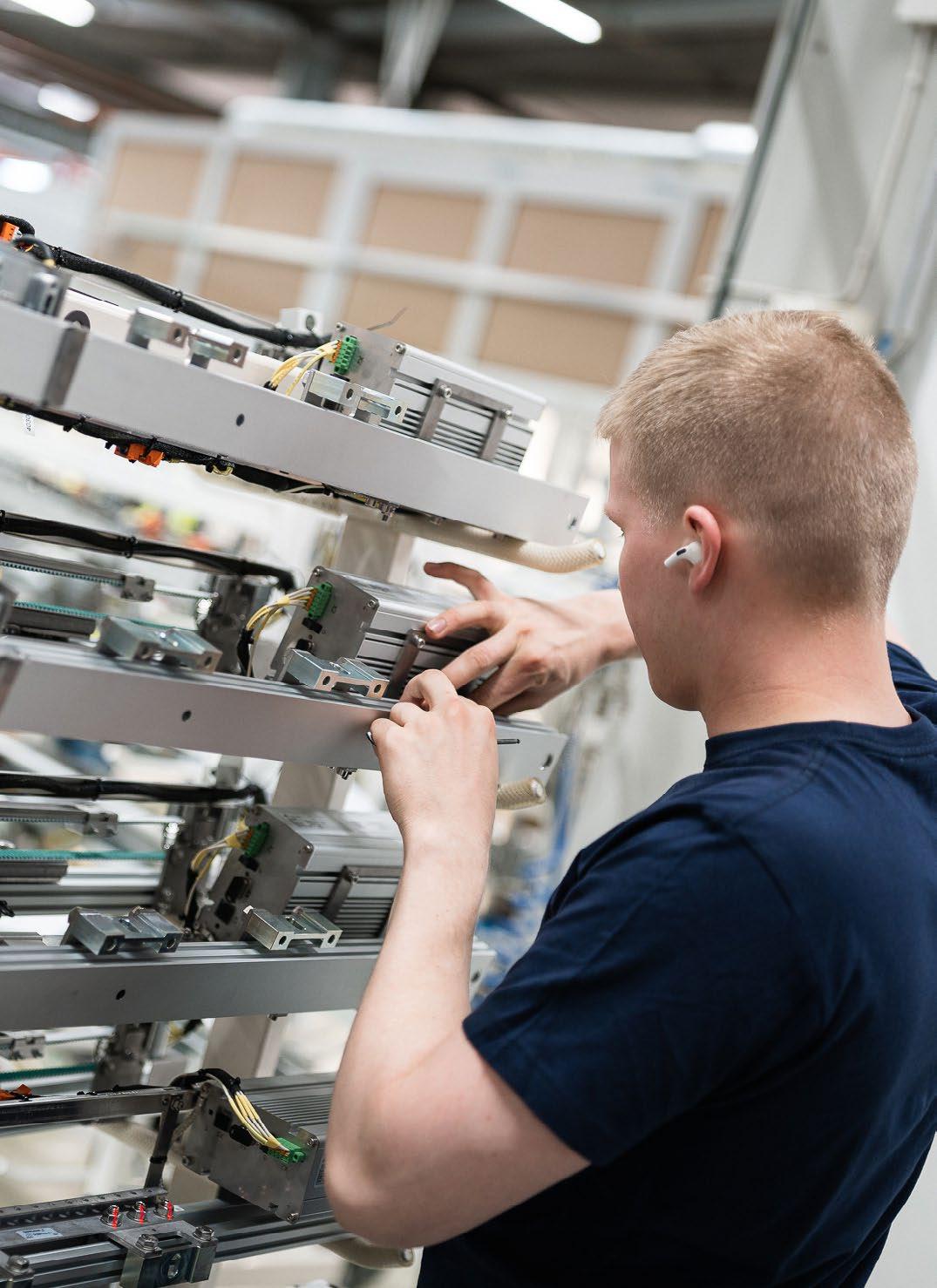
A vital part of this collaboration continues long after the initial delivery. Polarteknik’s comprehensive aftersales services are designed to support customers throughout the entire lifecycle of their fleet.
This ensures safe, reliable and cost-efficient operations over decades of use.
The company’s service portfolio covers everything from consultation, training and installation support to maintenance, modernisation, spare parts supply and technical assistance. Customers can tailor services to their specific needs, ensuring optimal performance while managing total cost of ownership.
As rail operators face increasing pressure to improve sustainability, extend fleet lifetimes and reduce operational downtime, Polarteknik continues to look ahead, investing in innovation and sustainability to help shape the future of rail transport. With decades of experience, a collaborative mindset, and a clear mission, Polarteknik remains a reliable partner for rail industry leaders worldwide.
"Keeping rolling stock in good condition is key to safe and efficient operations," Polarteknik explains. "Our after-sales services are all about enabling our customers to maximise fleet availability and performance."
We deliver reliable, sustainable and efficiently produced interior door systems for the world’s leading train manufacturers.
Polarteknik is a specialist company for pneumatic and electrical passenger door system manufacture, service, maintenance, refurbishment and beyond.




Polarteknik takes your fleet further.
Learn more at www.polarteknik.fi For UK contact www.polarteknik.co.uk
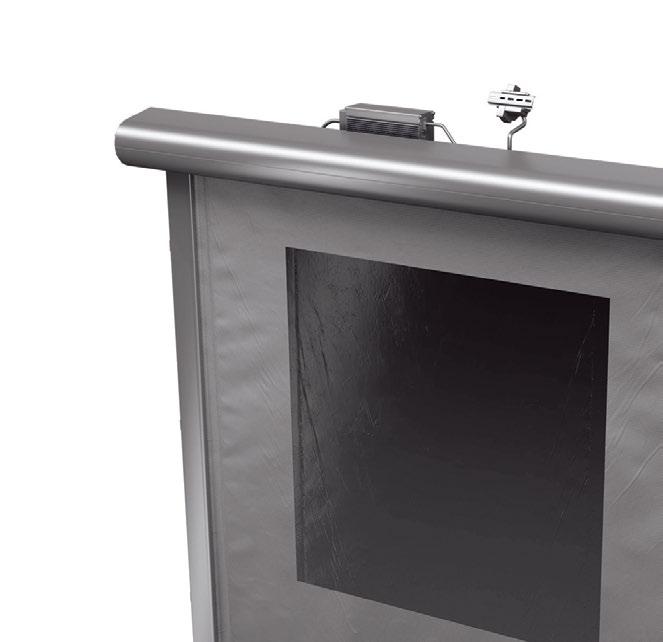
Find out more about
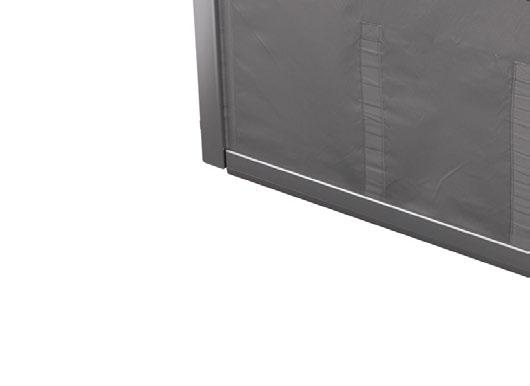
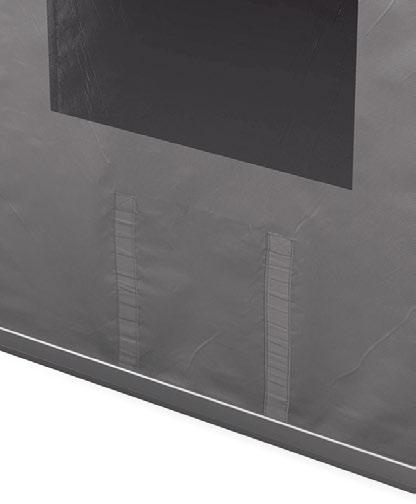


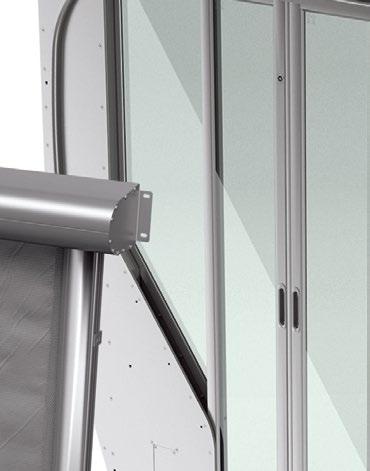
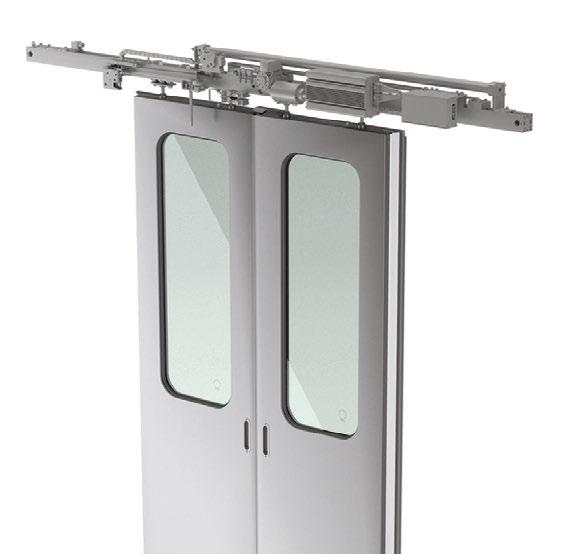





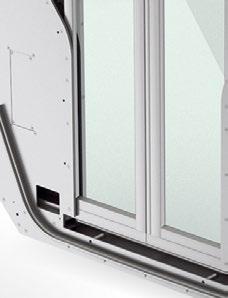


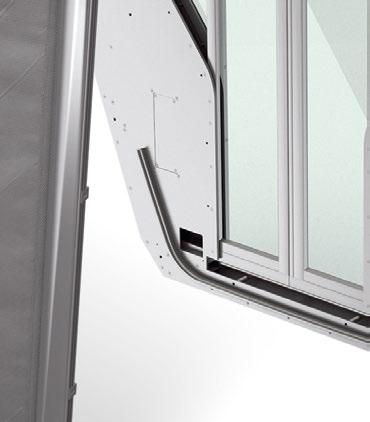


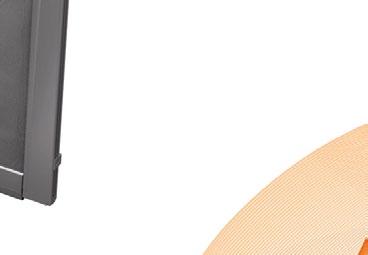

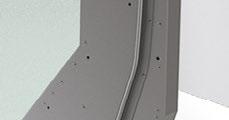


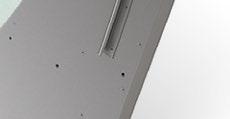



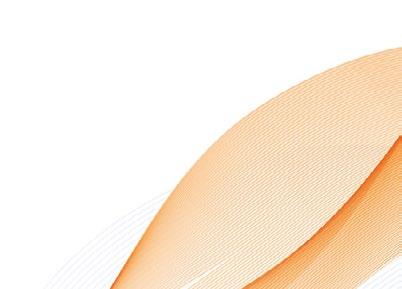






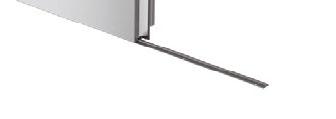




Refurbishment has become a key focus for rail operators looking to improve sustainability, extend asset life and optimise budgets. Railway-News speaks with Kiel Americas’ Head of Parts and Services, Jeremy Taluzek and General Manager Nicholas Gwynne, about the company’s expanding refurbishment capabilities.
Railway News: Why is refurbishment such an important part of Kiel’s service offering?
Jeremy Taluzek: It’s a core part of Kiel’s service offering, supporting our commitment to cost-effective, customer-focused solutions and sustainable design. By extending the lifecycle of our seating products through the replacement of high-wear components and offering upgrades – such as integrating modern technologies not available during the original production, we help customers reduce costs associated with wear and vandalism, both direct and indirect.
Our seating is built with a modular, recyclable design that allows for targeted part replacements. This significantly reduces waste, minimises environmental impact and ensures ongoing affordability without compromising performance or quality.
RN: What are the cost benefits of refurbishment vs. full replacement?
JT: Refurbishment enables operators to retain the seat’s main frame, which is typically one of the costliest components, while replacing only high-wear
elements like cushions, covers or inserts. This approach significantly extends the seat’s overall lifespan and provides a refreshed, modern appearance, often making it indistinguishable from a brand-new seat.
Nicholas Gwynne: The cost saving really depends on what we’re replacing so it can vary vastly, but there will always be some level of saving made by choosing this option.
RN: What trends are you seeing in operator demand for refurbishment over replacement?
JT: Trends often depend on key factors such as budget constraints, the lifecycle stage of the seating and the desire to implement modern upgrades. One notable trend we’re observing is the shift from fabric upholstery to more durable plastic inserts. This change reflects a broader industry focusing on long-term efficiency and operational resilience.
Plastic not only offers easier maintenance but is also better suited to withstand the high levels of wear and tear common in public transit environments.
RN: What misconceptions around refurbishment would you like to correct?
JT: There’s often a misconception that refurbishment is merely a stopgap or a compromise in quality and appearance compared to full replacement, but that couldn’t be further from the truth.
Refurbishment allows our customers to maximise the value of their existing seating systems without sacrificing aesthetics or performance. In many cases,
wear is only surface-level – limited to upholstery or external components – which can be easily replaced or upgraded.
By refreshing elements like fabric or plastic inserts, we preserve the integrity of the original structure while avoiding the unnecessary cost and waste of replacing the entire seat. This approach delivers a sustainable, cost-effective solution that still meets modern expectations for design and durability.
RN: What do you offer in terms of options for upholstery, materials and customisation?
JT: We offer a wide range of upholstery options to meet diverse aesthetic and functional needs, including a variety of colours, patterns, textures and materials such as vinyl, wool and leather.
Our experienced sewists can accommodate numerous customisations such as decorative stitching, contrasting piping and more, to help customers achieve a tailored, high-end finish.
To support the decision-making process, we also provide
high-quality renderings that showcase these options in context, giving customers a clear, realistic preview of the final execution before production begins.
RN: Can you walk us through a typical refurbishment project? What’s the average turnaround time?
JT: When we receive a refurbishment inquiry, our first step is to review the project scope with our engineering team to determine the required materials and components. In some cases, we request a sample seat to disassemble and evaluate. This allows us to accurately assess the refurbishment process, including labour time, and identify which elements may need replacing, such as foam and seat covers or whether additional work like stripping and repainting is necessary.
Turnaround time for refurbishment orders varies based on several factors. These include project size, the extent of seat damage, component complexity and material availability. That said, our highly skilled sewists and upholsterers can typically complete relatively straightforward seat designs in just a few hours per seat.
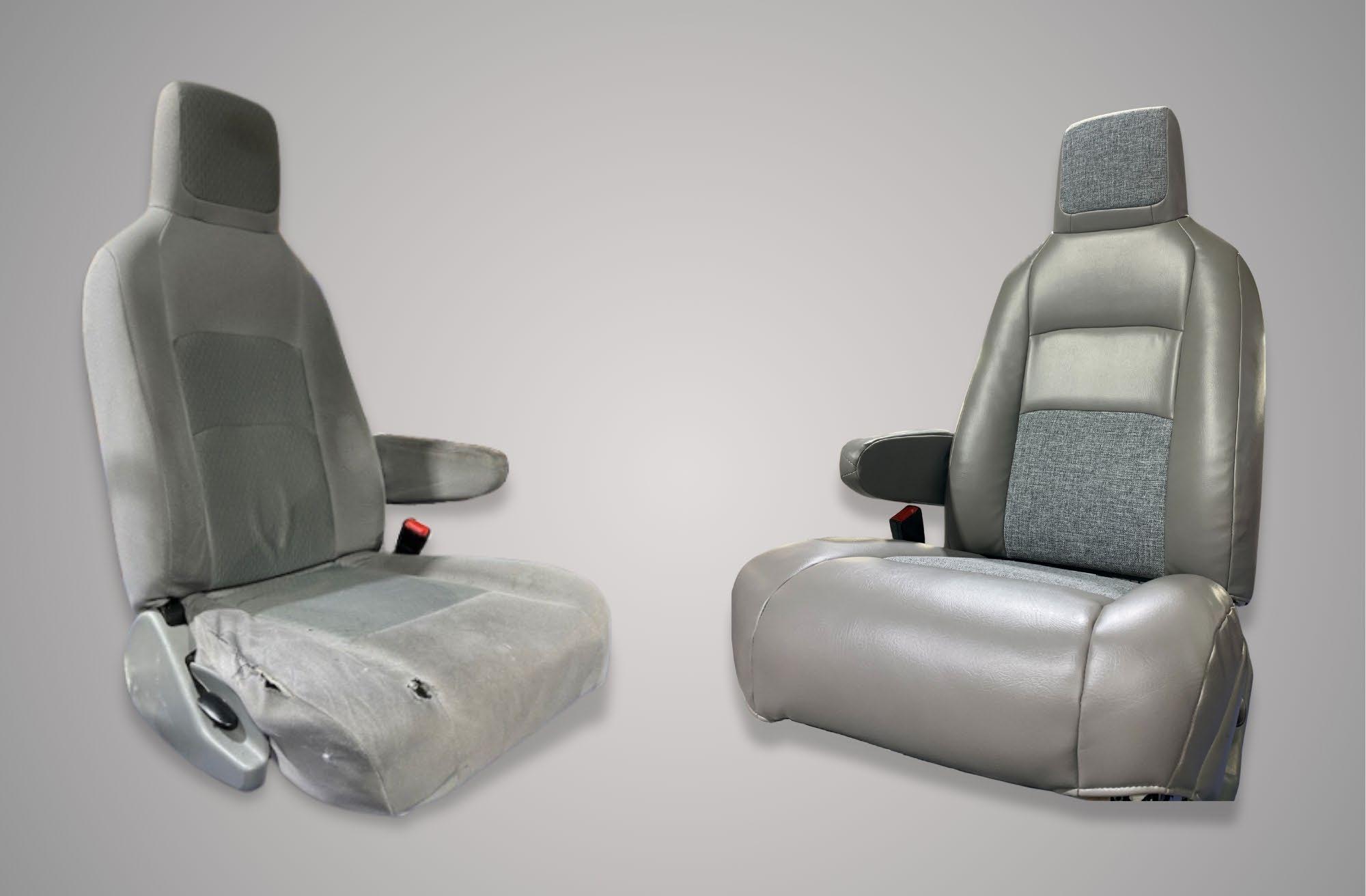
RN: How do you work with clients who want to manage installation in house vs. those who want full service?
NG: We offer a flexible refurbishment model designed to accommodate both in-house installation and full-service needs.
For clients who prefer to manage installation internally, our typical approach involves receiving seat assemblies or cushions at our facility, performing all necessary refurbishment work such as reupholstery, foam replacement or component upgrades, and then shipping the completed units back for reinstallation by the client's technicians. We provide clear labelling and, when needed, installation guidance to ensure a smooth reassembly process on their end.
For clients seeking a full-service solution, we’re actively expanding our capabilities to include on-site services such as disassembly, pickup, refurbishment and reinstallation. While this is not currently our primary model, we are exploring partnerships and operational adjustments that would allow us to deliver a fully managed, turnkey refurbishment experience in the near future.
This dual approach allows us to support a wide range of project needs, from cost-conscious clients with in-house teams to those looking for a more comprehensive, hands-off solution.
RN: What would you say are Kiel’s biggest differentiators in this market?
NG: Our modern, modular design philosophy sets us apart. It allows us to reuse and replace only what’s necessary, reducing cost and environmental impact. Wherever possible, we use recyclable materials, although in some cases flame, smoke and toxicity standards limit this. Still, we push for sustainability where we can.
Our experienced team also ensures a consistent level of quality and craftsmanship across all projects. The global scale of Kiel Group allows us to adapt quickly to supply chain challenges and maintain reliable service.
RN: How has Kiel managed parts and service logistics in the face of supply chain and tariff challenges?
NG: These challenges have impacted the entire
industry, but Kiel Americas is uniquely positioned to respond with agility and resilience. As part of a global organisation, we have the ability to quickly adjust procurement strategies and leverage the extensive supplier networks and resources of our sister companies worldwide. This built-in flexibility allows us to minimise disruptions and maintain reliable service for our customers.
While the long-term effects of evolving tariffs and ongoing supply chain volatility are still unfolding, we remain proactive and are continuously identifying costeffective alternatives and adaptive sourcing solutions to ensure consistent value, quality and delivery performance.
RN: What’s next for Kiel’s refurbishment and parts service in North America?
NG: With over 80 years of industry experience, Kiel Americas is committed to becoming a true one-stop shop for our clients. We are continuously expanding our capabilities and anticipate significant growth opportunities in the months and years ahead. As part of this evolution, we’re investing in greater vertical integration, enhancing control over our processes, increasing efficiency and ensuring we can deliver the highest quality service at the most competitive price.

“The quality of your work and dedication to excellence have made a significant impact on our operations and enhanced the comfort and safety of our personnel.”
Johnn Reitz Fire Chief of Bellwood Fire Department
For more information visit our website www.kiel‑seating.com or email us jtaluzek@kielamericas.com


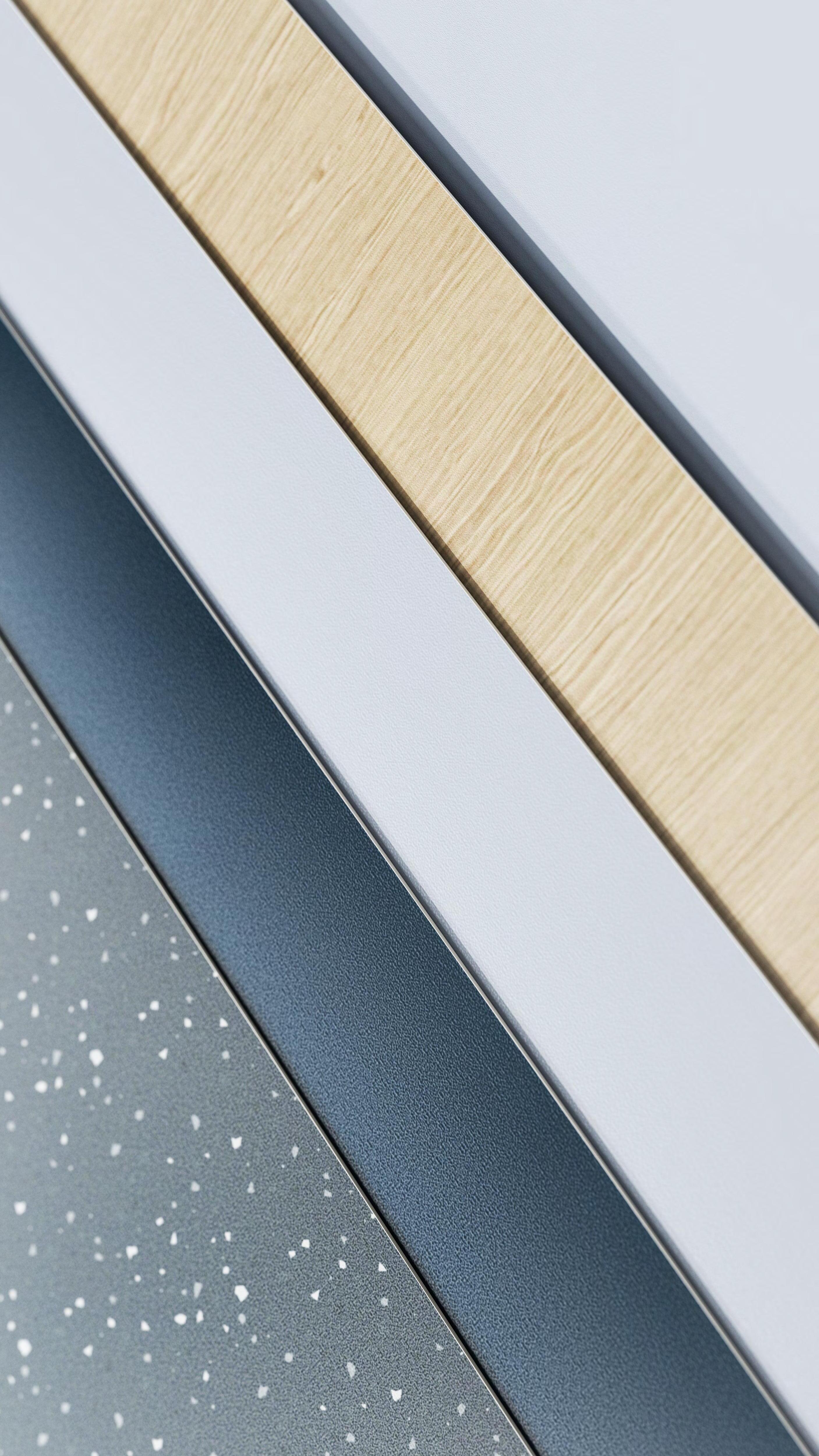

Rail interiors present a complex design challenge: balancing regulatory requirements, material constraints and evolving passenger expectations within confined, high-traffic spaces.
Traditionally, materials like fibreglass and sheet metal have limited the design freedom necessary to create inspiring and sustainable environments. But today, as passengers increasingly demand both environmental responsibility and elevated aesthetics, the opportunity is clear: sustainable KYDEX® thermoplastics can shape the next generation of rail travel.
For designers committed to both beauty and sustainability, selecting the right colour, materials and finish (CMF) is essential. CMF strategy enables a seamless blend of form and function, offering passengers a modern experience where comfort,
technology and ecological responsibility coexist. The material palette must do more than perform – it must inspire.
A common challenge in rail interiors is visual inconsistency across different materials and manufacturing methods. Infused Imaging™, a proprietary technology from SEKISUI KYDEX, allows for rich, high-resolution patterns to be embedded directly into KYDEX® Thermoplastics without compromising recyclability or performance. This ensures visual depth, material cohesion and customisation while maintaining environmental responsibility.
Additionally, KYDEX® offers a family of harmonised materials, KYDEX® P2200 profile extrusion and KYDEX®
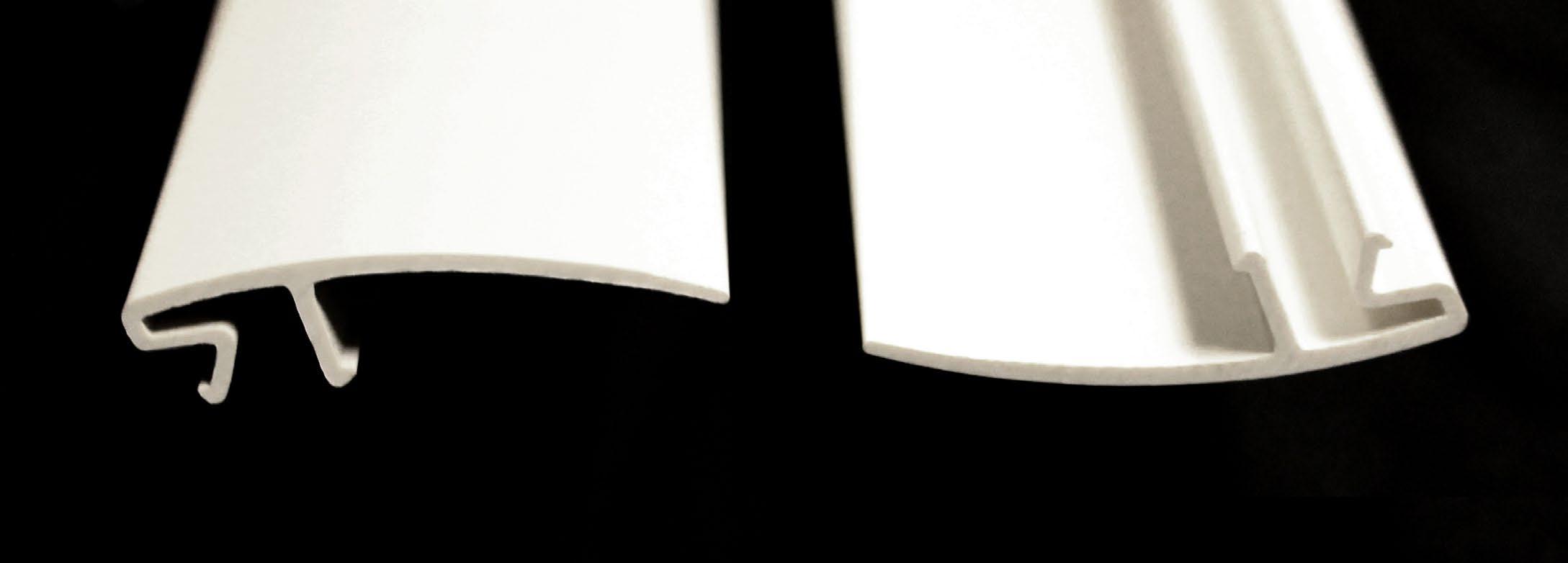
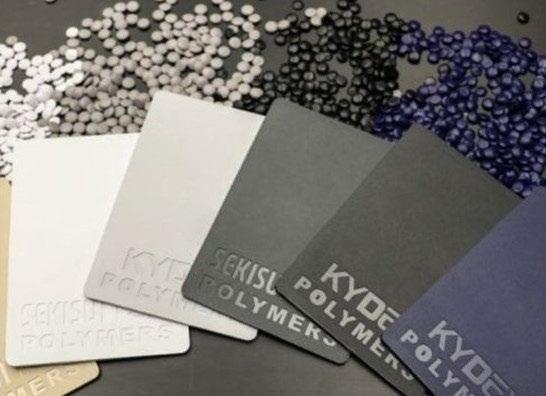
2200 injection moulding resins – all manufactured under one roof. This ensures consistent colour and texture across various parts and fabrication methods, creating a visually unified interior space without the need for secondary finishing like painting or coating. The result: cohesive, seamless design with a smaller ecological footprint.
KYDEX® Thermoplastics offer a future-forward solution for sustainable CMF design. Fully recyclable – even with advanced visual effects like Infused Imaging™, KYDEX® materials are manufactured without plasticisers and designed to meet the demands of modern transit interiors.
Thermoplastics present a lighter, more efficient alternative to legacy materials, reducing environmental impact without compromising on performance or design freedom. Their durability reduces the need for frequent replacements while their resistance to chipping, discolouration and cracking ensures longevity in high-touch, passenger-facing environments.
From injection moulding to profile extrusion and thermoforming, KYDEX® materials allow designers to work across multiple processes with ease, depending on the part design and need, while maintaining the integrity and harmony of the same base material. They enable lighter structures that contribute to sustainable transport design.
Beyond aesthetics and sustainability, KYDEX® materials are engineered to meet rigorous mass transit safety standards, including flame, smoke and toxicity regulations set by the FRA and ASTM. This ensures designers can push creative boundaries without compromising on safety or compliance.
KYDEX® Injection Molding (IM) resins match the physical properties of KYDEX® sheet, delivering the same durability and aesthetic consistency. KYDEX® P2200 profile extrusion is purpose-built for structural components that must comply with SMP800C or BSS7239 standards, offering high-performance capabilities in forms that are visually and materially aligned with the rest of the design.
For sustainability-minded designers, KYDEX® Thermoplastics represent more than a material choice – they enable rail interiors that are not only compliant and durable but also beautiful and environmentally responsible. As we envision the future of rail travel, it’s clear: sustainable design isn’t a limitation, it’s the new standard for creative innovation.
For more information visit www.kydex.com.
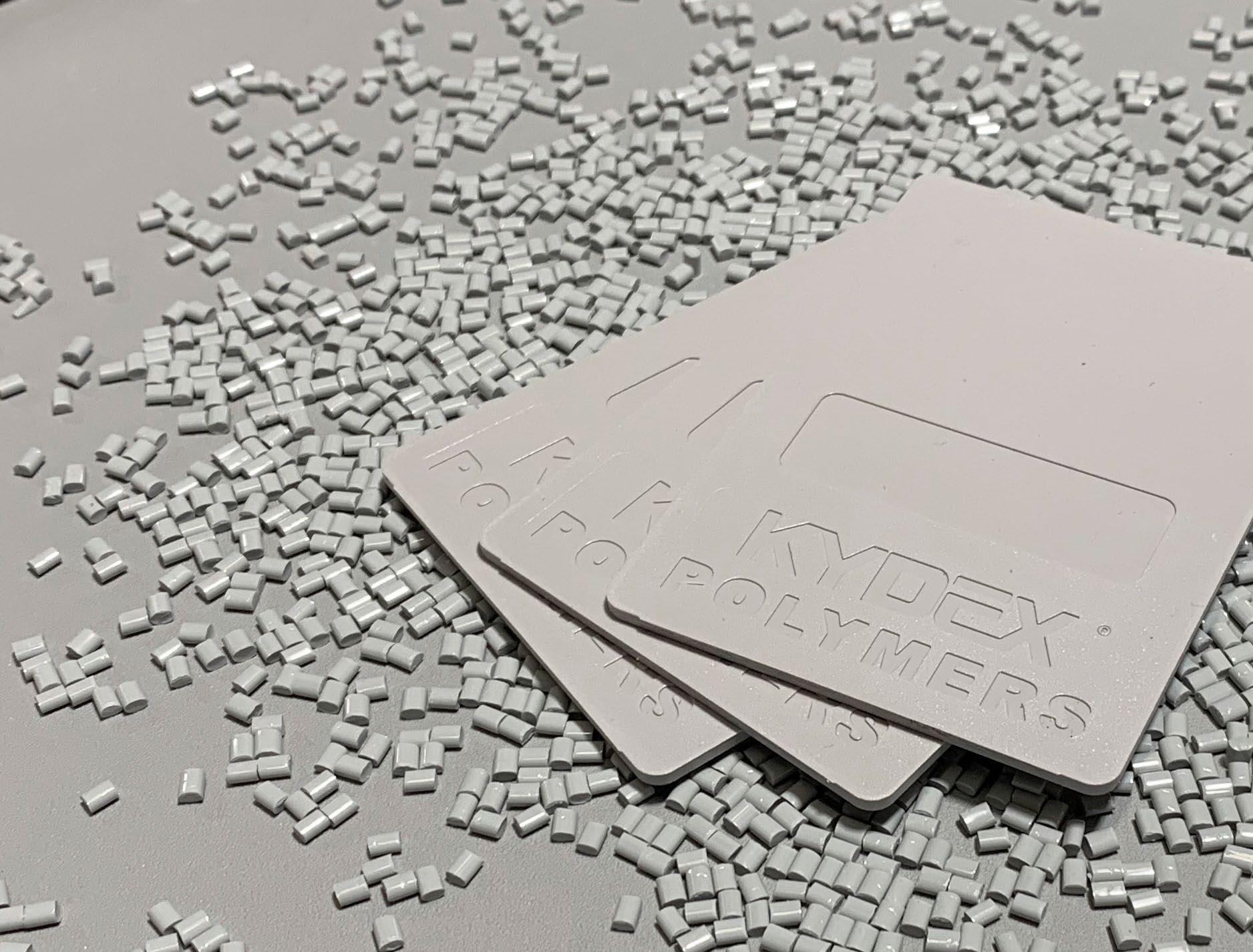


Directory
Rolling Stock
Testori Textiles presents a new-generation synthetic leather for the railway sector, designed to exceed the physical and mechanical performance of previous formulations.
This material is ideal for seats and headrests, combining aesthetics, durability and compliance with the latest EN 45545 fire safety standards.
In addition to its technical reliability, it is also available with OEKO-TEX® and GRS certifications – aligning with the growing demand for sustainable and responsible interior solutions in public transport.
A new surface concept, engineered to meet the needs of modern rail operators.
Testori Textiles has developed a new anti-vandalic textile solution for the railway and bus sector – the only one of its kind fully compliant with the latest version of EN 45545 fire safety standard.
This material is specifically engineered for seat ducting and vulnerable areas of train and bus interiors, offering enhanced resistance to wear, graffiti and tampering.
Already in use in its previous configuration on trains and buses produced by major international manufacturers, the upgraded version is now ready for railway operators facing the challenge of vandalism in public transport.
A new benchmark for safety, durability and reliability.
At Testori Textiles, circularity takes shape through two complementary, high impact processes.
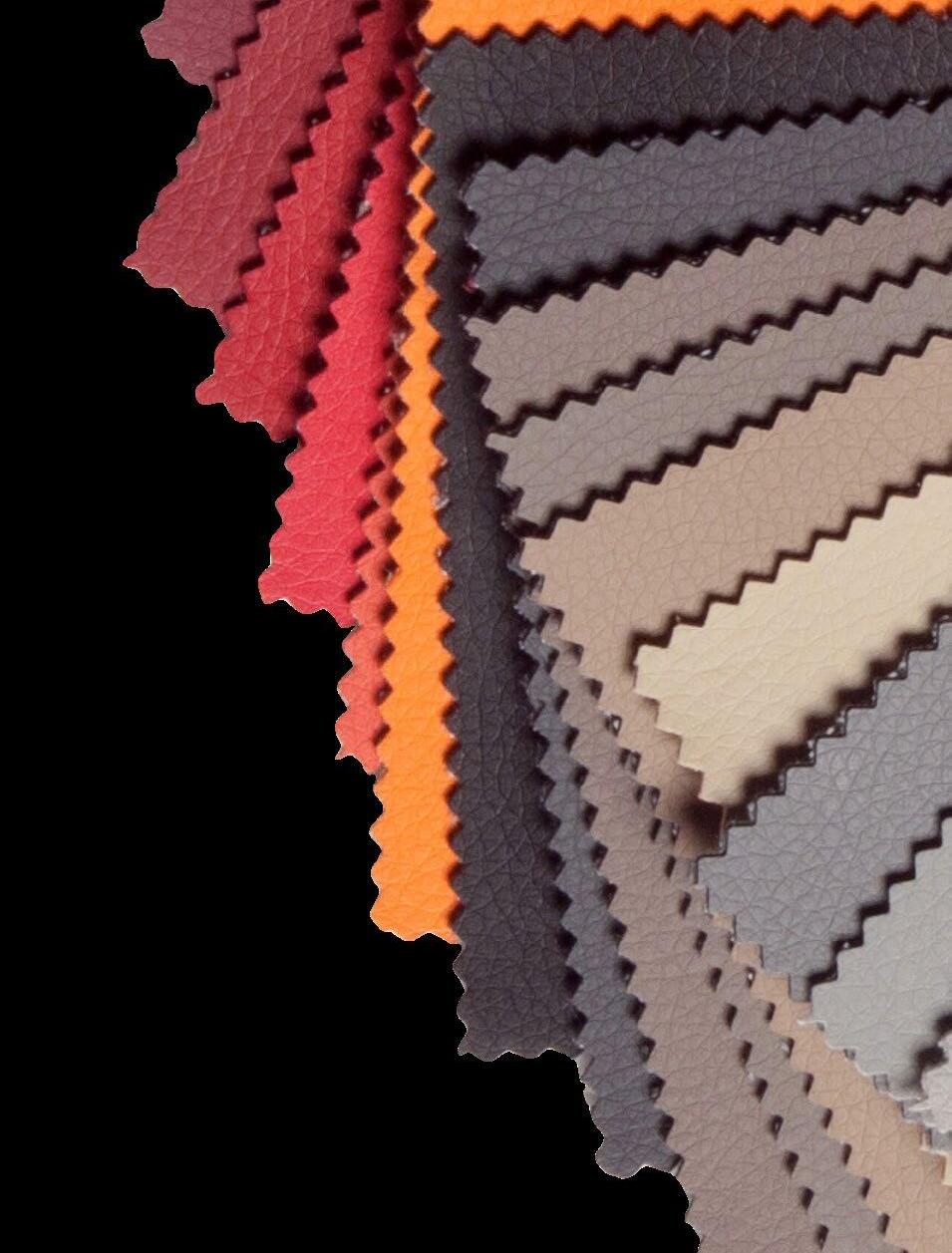
First, we recover textile production waste, which is unraveled, reduced to fibre and spun into new yarns. These regenerated yarns are then supplied to the fashion and interior design sectors, contributing to more responsible material cycles beyond the world of transport.
Second, in collaboration with leading transport industry players, we transform end-of-life fabrics into new textile materials with a different purpose – while preserving the fire resistance certifications required by each sector, from rail to marine to aerospace.
Two processes, one vision: extending the life of materials without compromising on safety, performance, or sustainability. Learn more about our sustainable solutions here.
From heritage to high performance.
Testori Textiles is proud to support the restoration and relaunch of iconic trains like the Arlecchino, one of the most celebrated symbols of European rail design. Thanks to our historical archives, we can faithfully reproduce original fabrics from legendary rolling stock – combining timeless aesthetics with the most up-todate EN 45545 railway certification.
A unique capability that bridges past and future, elegance and safety.
www.testori manifattura.it
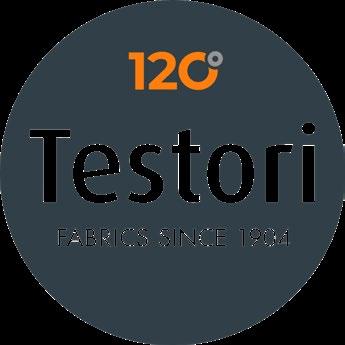
Certified solutions of the highest quality.
FreiLacke has stood for innovative paints and coatings since 1926. The family-owned company has already entered its third generation and develops customised solutions for clients from the wheel and vehicle manufacturing industries, as well as those in the fields of mechanical and apparatus engineering, job coating, functional furniture, rail vehicles, wind power, storage technology, construction and sanitation, directly through its 600 employees at its Döggingen base in the Black Forest.
As a modern family-run company now in its third generation, the safeguarding of the head office is just as important as our worldwide sales and our international subsidiaries and partners.
The product range of Europe’s leading system coating provider covers the entire spectrum from industrial coatings, powder coatings and electrodeposition coatings to composite solutions.
International sales are handled by a global network of subsidiaries and partners around the world.
Environmental protection has always been a key priority for FreiLacke. Therefore, the company makes every effort to develop environmentally friendly products, reduce emissions, packaging materials and waste and use resources sparingly.





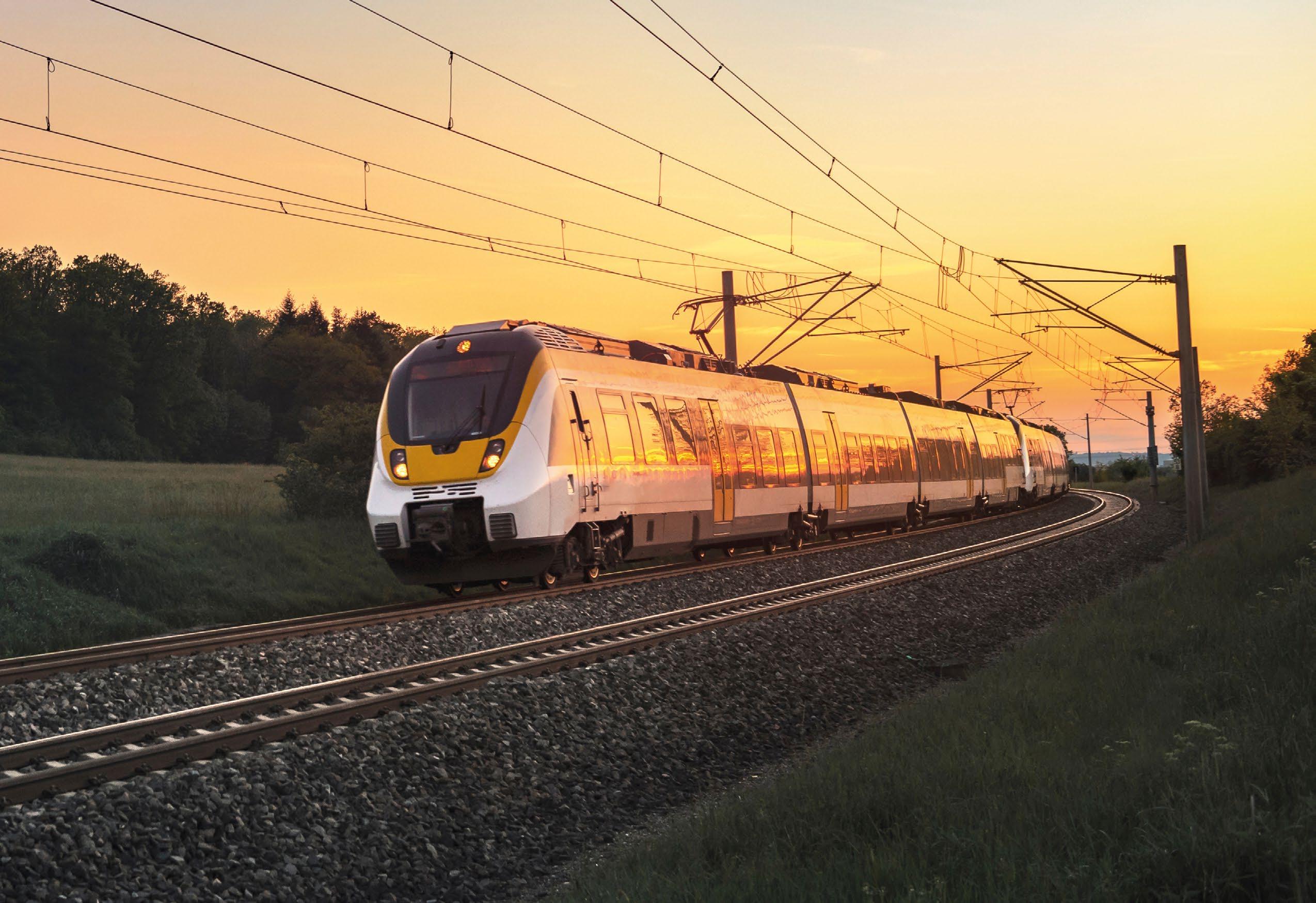




















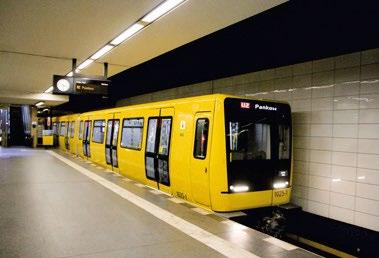

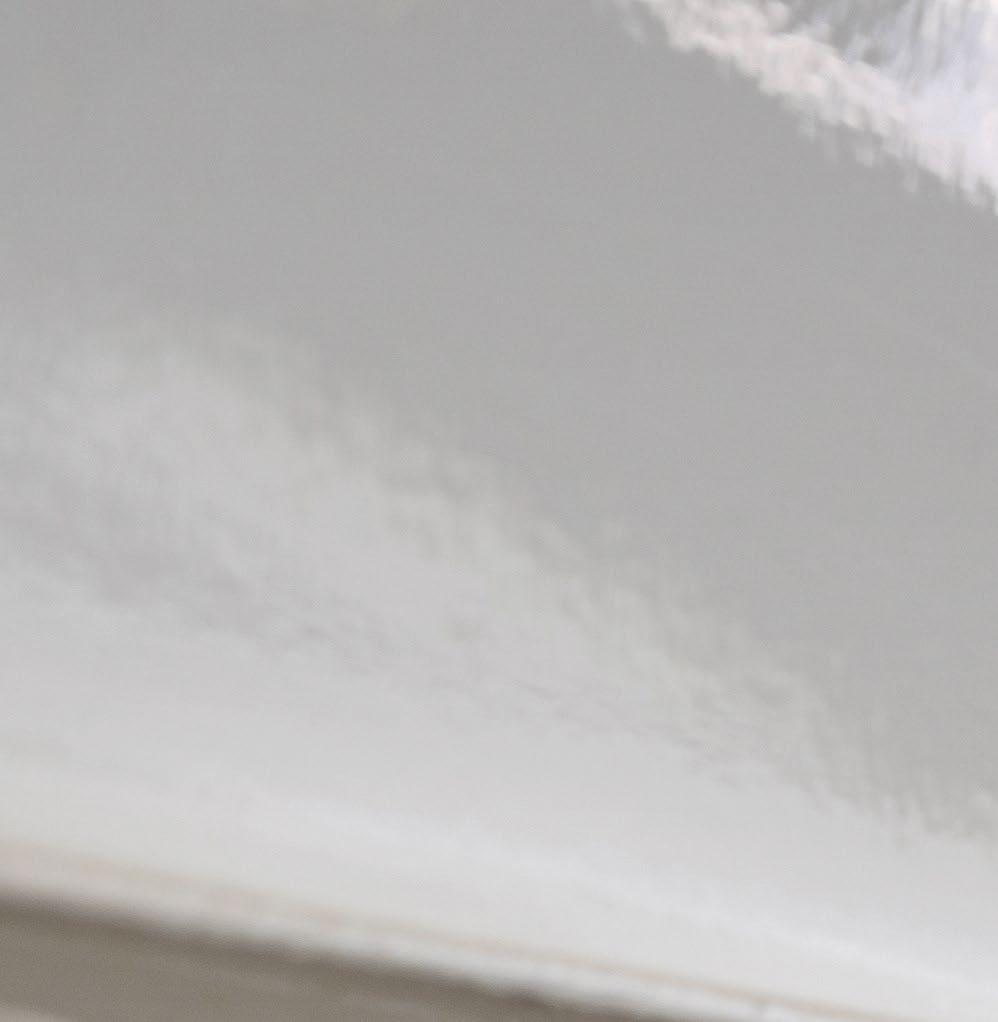








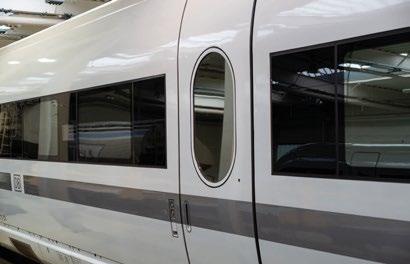
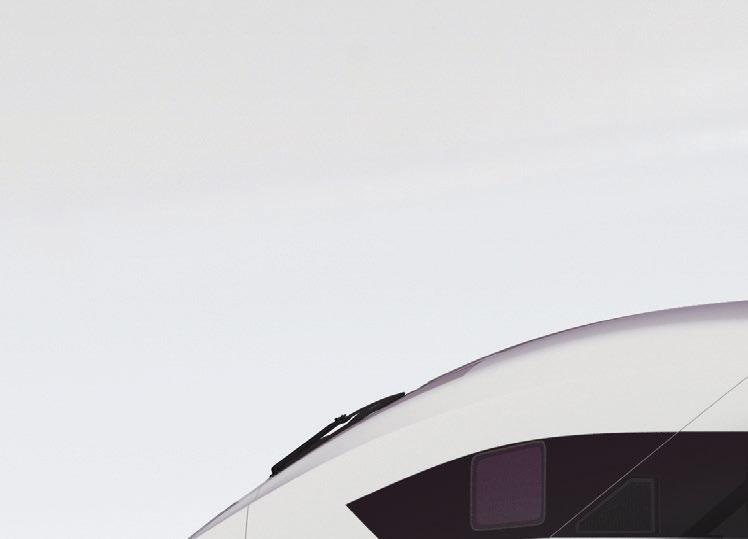

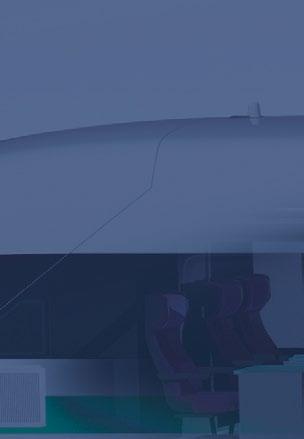
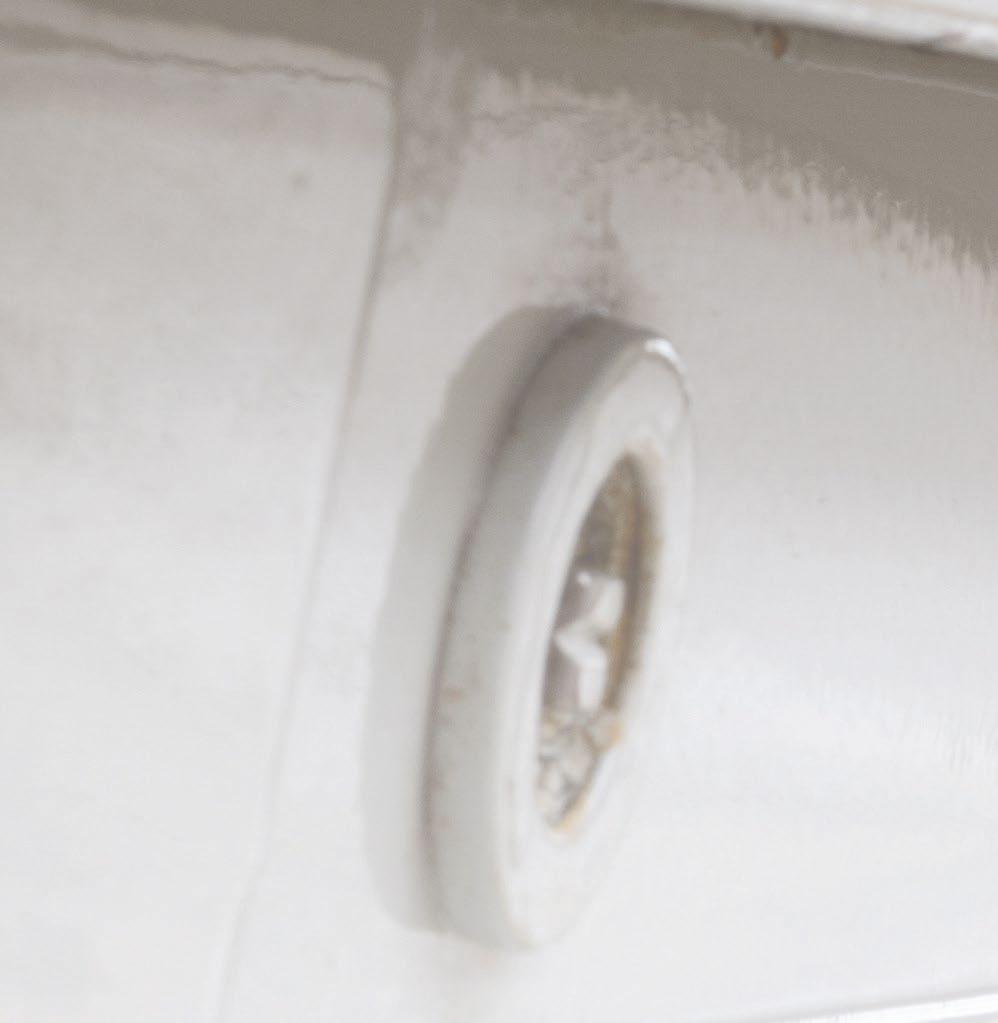
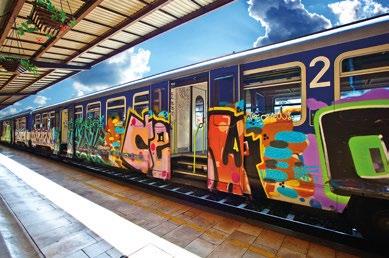
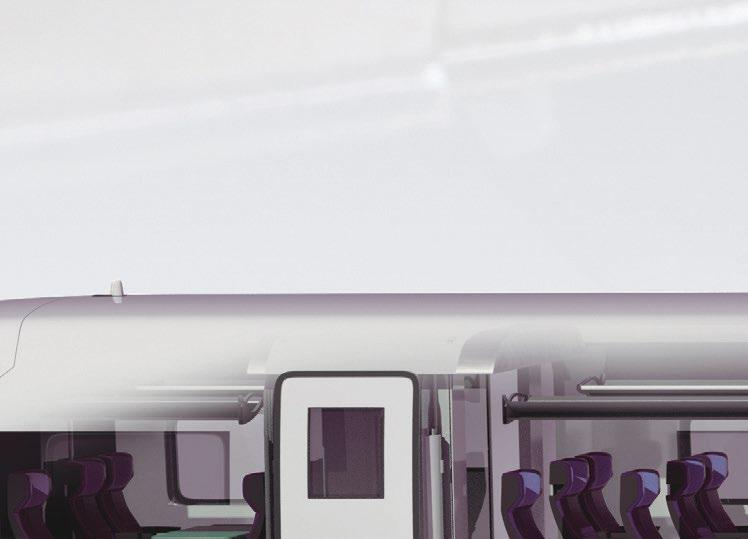
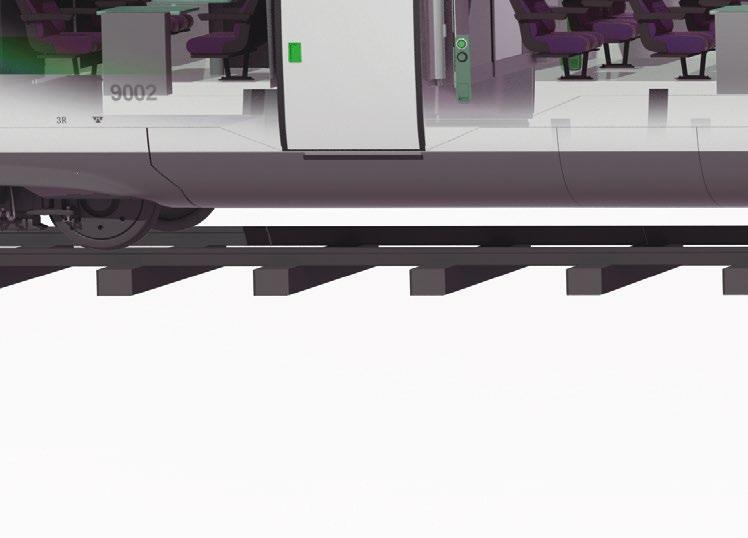
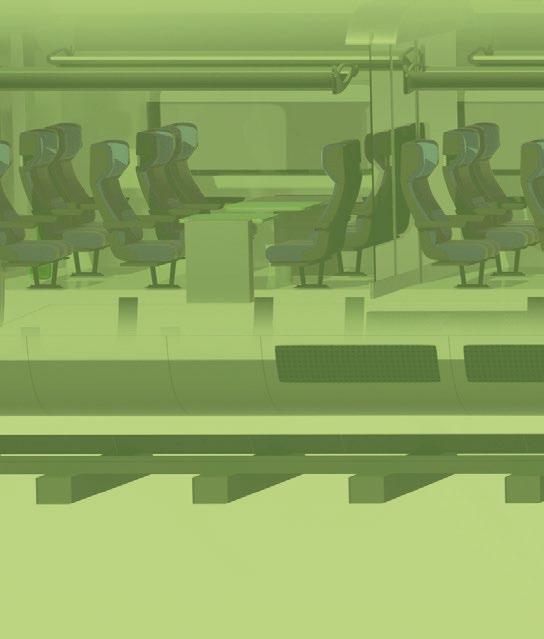

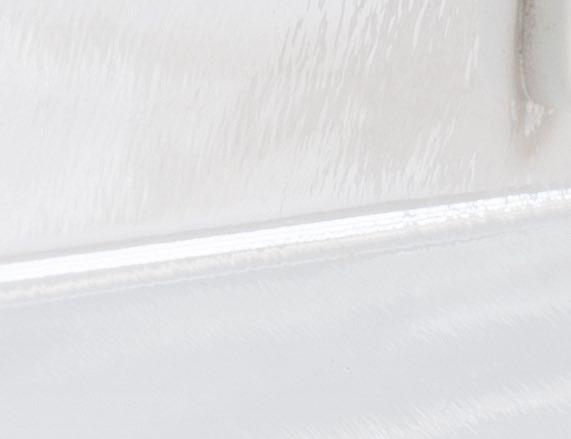



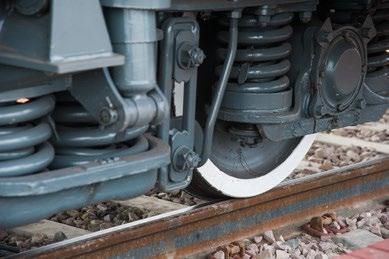
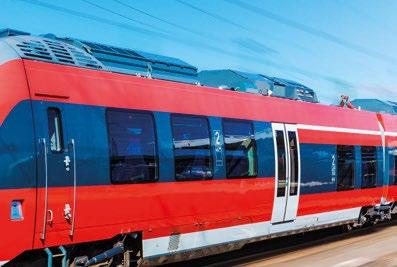






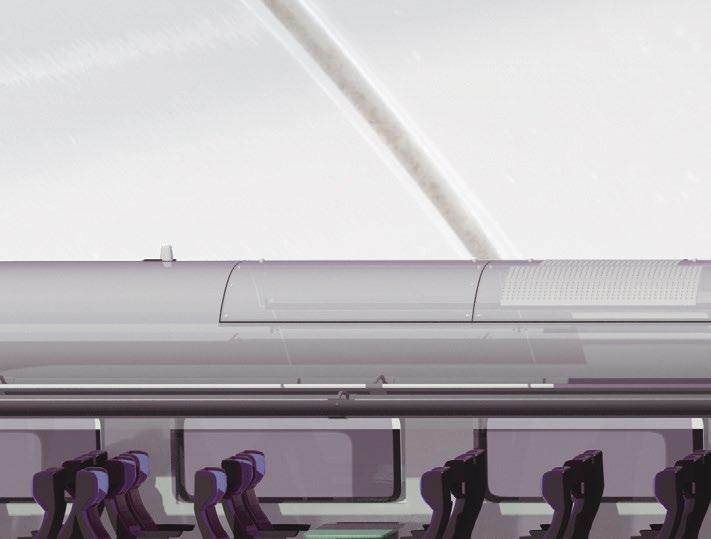

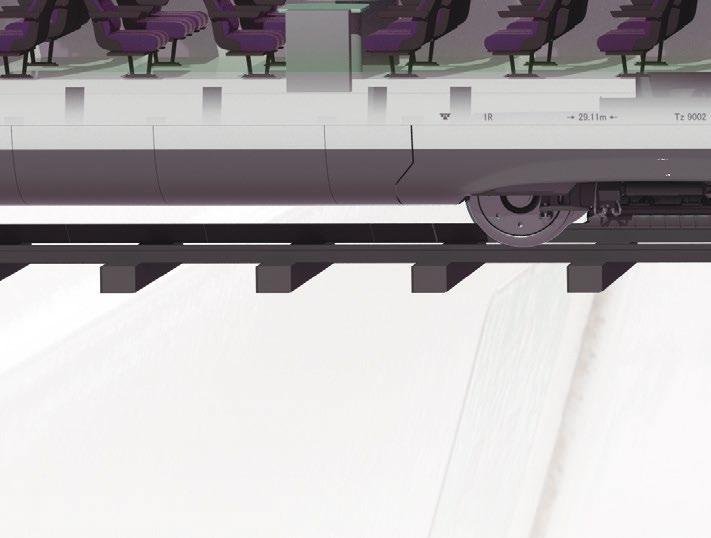
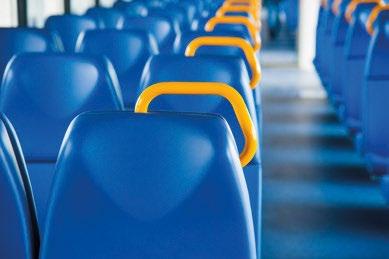





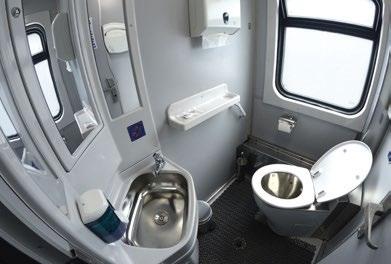



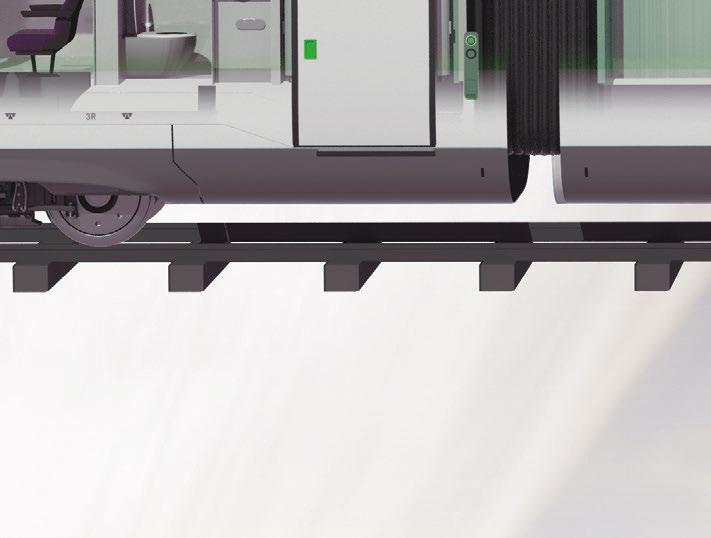
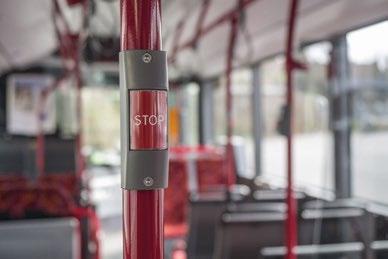
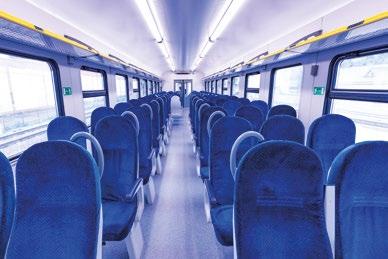

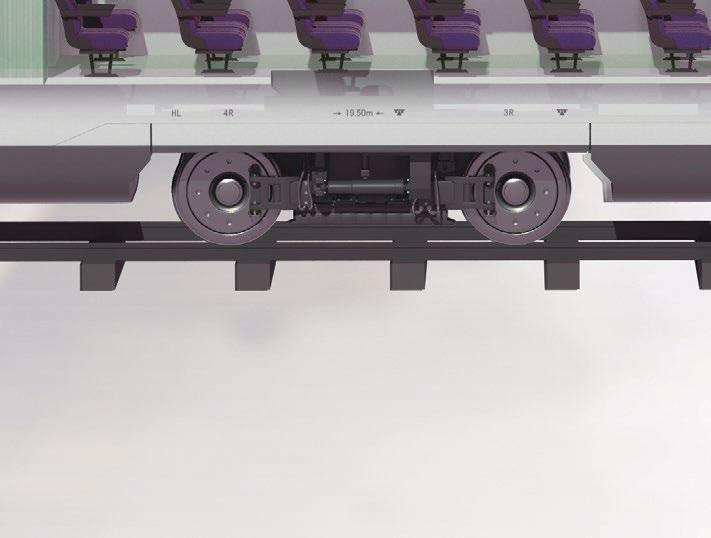

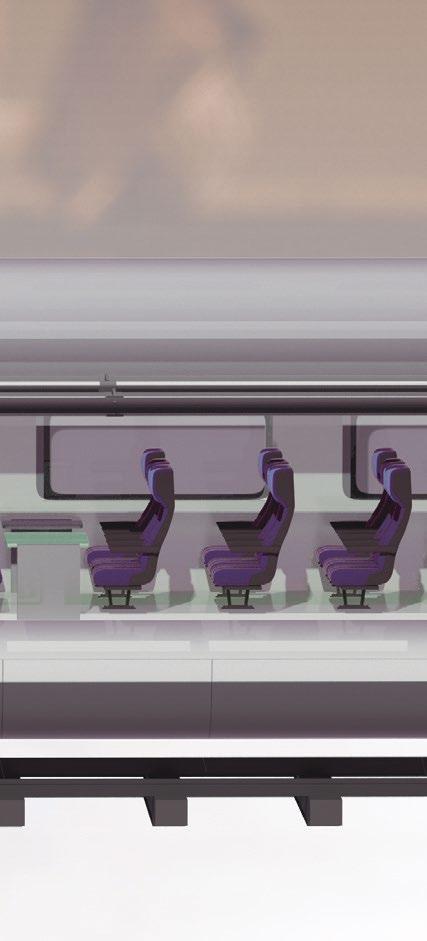



Driver‘s cab. Control elements with convincing ergonomics.
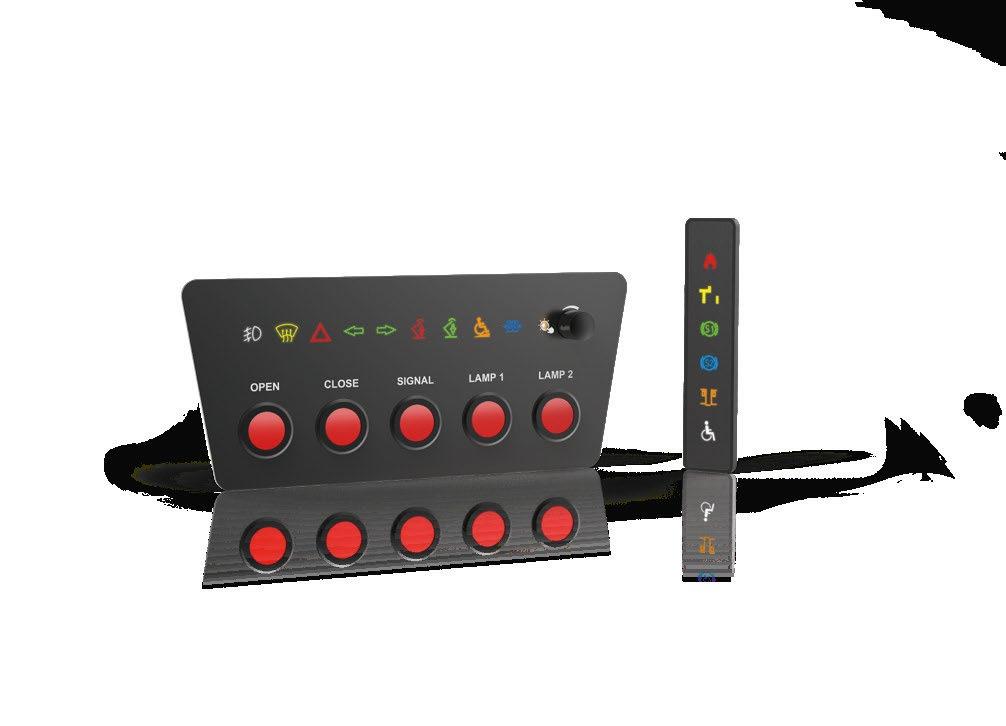
Passenger access. Systems for safe boarding and alighting.
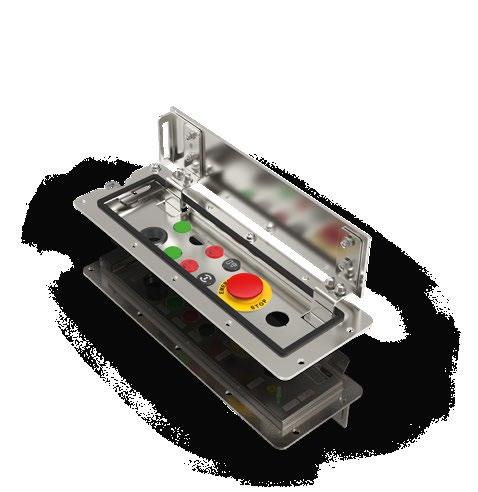
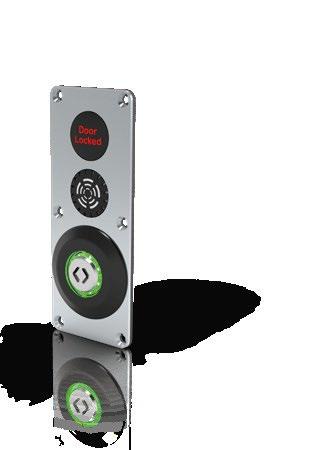
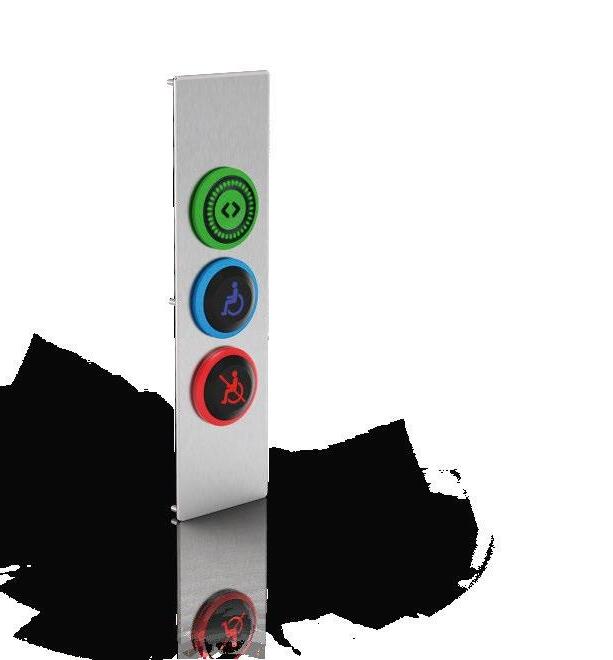
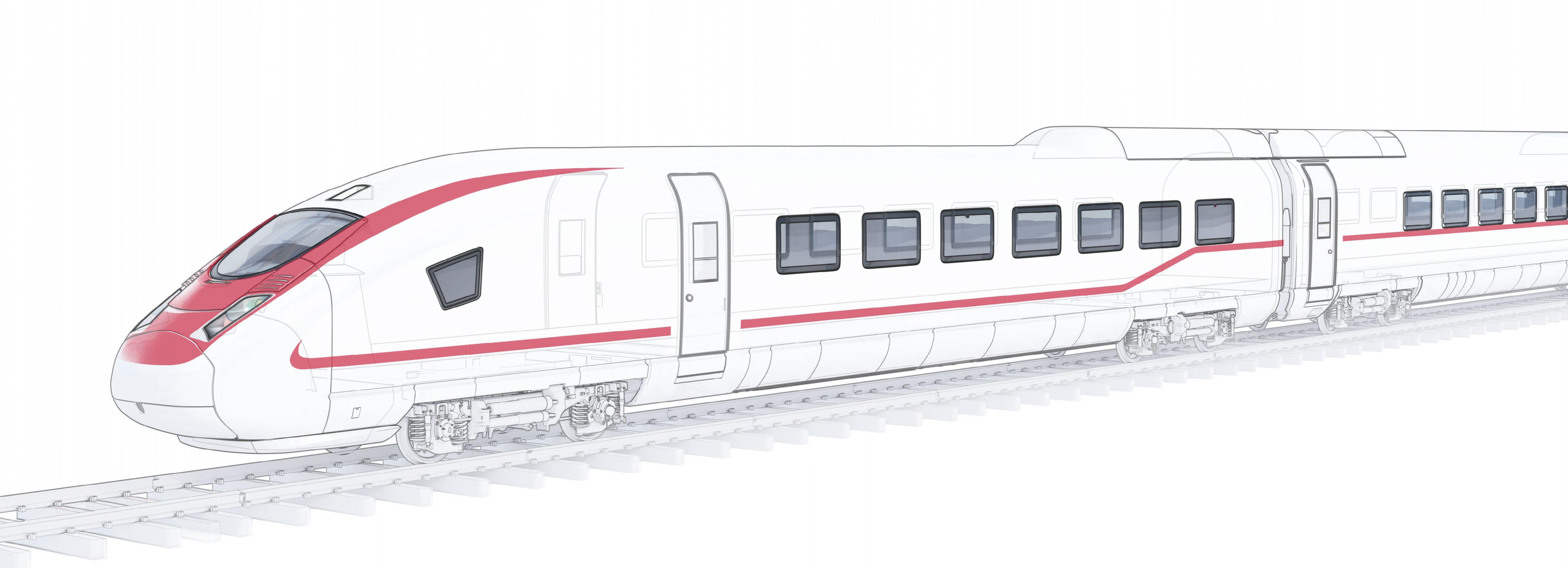
EAO develops and produces high-quality HMI Solutions. Whether it’s a driver’s other application, we provide a solution tailored to your individual needs. In developing and ergonomic requirements – including market- and country-specific standards. production, to pilot series, to series production.
Read more about our expertise in HMI Solutions and discover your benefits at www.eao.com/hmis


Passenger convenience. HMIs offering maximum comfort for pleasant journey.


Toilet facilities. Intuitive and user-friendly


cab, passenger access system, passenger convenience or any developing your HMI System, we take into account all functional We provide comprehensive advice from concept, to prototype

Where people travel every day, safety, comfort and efficiency are key.
That’s where EAO’s HMI Systems come into play: we develop and manufacture customised human-machine interface solutions that set new standards in the railway industry – functional, compliant and intuitive to use.
We offer end-to-end consulting – providing comprehensive advice from concept and system design to prototype development, pilot production and full-series manufacturing. Our solutions are precisely tailored to your specific application.
Whether for passenger access systems, driver’s cab panels, toilet facilities or for enhanced passenger convenience – each HMI System from EAO is developed in close collaboration with you. With many years of experience and broad technological expertise, we provide comprehensive advice, anticipate needs and combine components, materials and technologies into complete systems – to meet the specific requirements of your application. As your expert partner, we consider both functional and ergonomic requirements and ensure full compliance with all relevant national and international standards.
Our certified quality management according to ISO/TS 22163 (IRIS) and deep understanding of international standards such as TSI PRM, CE and ENEC ensure globally deployable systems that perform reliably – even in the most demanding environments.
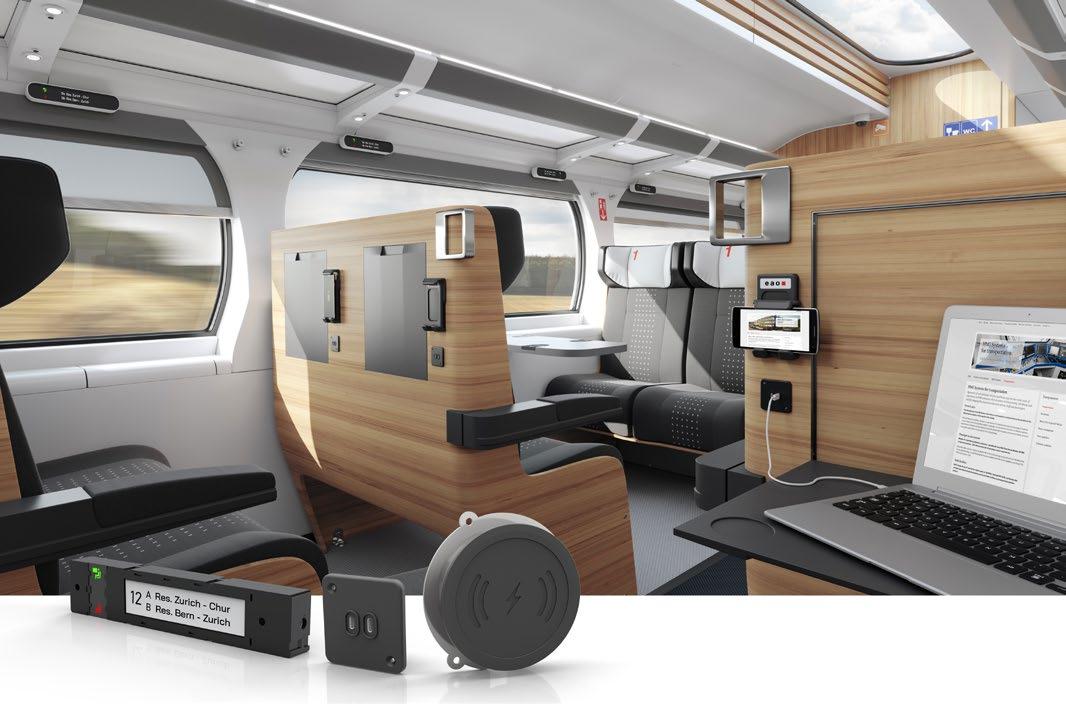
Our latest developments have led to the launch of a flexible, particularly energy-efficient seat reservation system that improves passenger flow, thanks to bright indicators that make it easy to find available or prereserved seats.
Further HMI Solutions, which enhance passenger comfort, are our charging solutions. The range includes both wireless chargers and standard USB-A or USB-C sockets and can be installed in different areas across the train to avoid ‘low-battery anxiety’ among the passengers.
You have another application that is not covered by these innovations? We will collaborate with you to develop your customised HMI panel – for passenger access, the driver's desk, toilet facilities or wherever interaction between people and trains is required.
EAO is your partner for reliable, intuitive HMI Solutions in the railway sector – find more information about our HMI Solutions at www.eao.com/hmis.



AtZÖLLNER, our focus is on developing safety solutions! Divided into three different segments, our experts develop and build products for both the ship and railway sectors! Keeping people safe is what drives and motivates us!
Our rolling stock segment is dedicated to developing and supplying signal horns for rail vehicles. With more than 75 years of experience, ZÖLLNER has accumulated vast knowledge and expertise making compressed-air operated Makrofons and electrically operated Makrofons. Our innovations adhere to the necessary standards required by different norms and guidelines and our facilities include state-of-the-art production and testing areas.

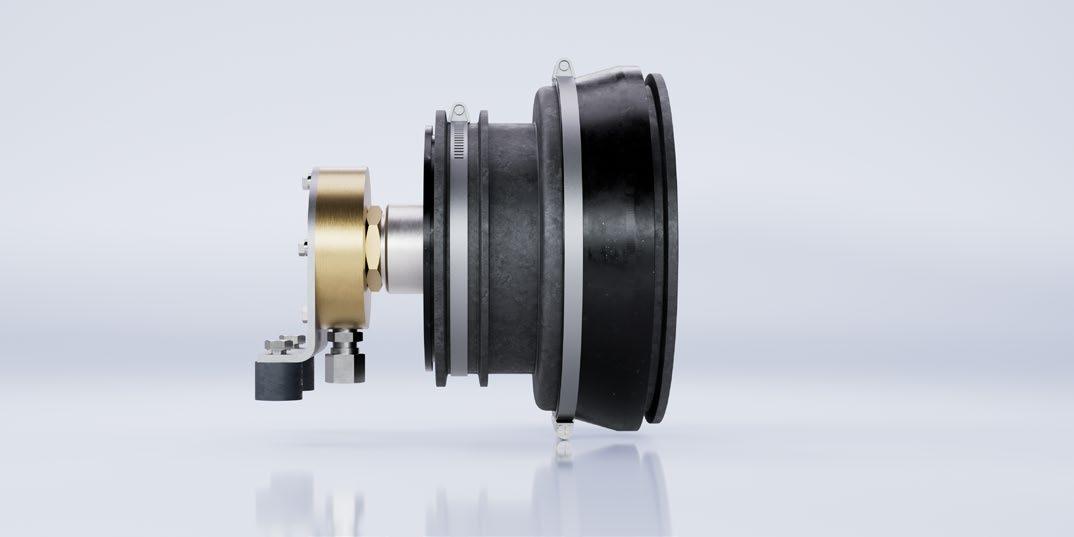

When every second counts, the warning signal emitted by a Makrofon must be clear and unmistakable. Our Makrofons must therefore comply with TSI (Technical Specifications for Interoperability) requirements in terms of volume, frequency and duration of the signal to ensure that it functions effectively as a warning signal and can be recognised by all as coming from a train. These specifications were adopted by the European Union to ensure compatibility and safety in all European rail transport.
Another part of the TSI norm for noise is protection of people in the driver’s cab of the rail vehicle. The ZÖLLNER sound insulation allows for a targeted sound propagation meaning that the sound signal is emitted not equally loud in all directions. Optimal installation minimises both structure-borne and airborne noise inside the vehicle, reducing the sound level by 5–11dB(C) to the rear (the direction of the personnel in the driver’s cab). This allows for a safer working environment with a drastically reduced noise level while ensuring that the signal outside of the rail vehicle is as loud as need be.


“Rail modernisation has delivered unprecedented benefits,yet these advances have simultaneously introduced safety and security challenges.Designers and manufacturers now face the critical task of addressing these emerging risks while maintaining the performance gains modern rail systems provide,” writes David Kelly, Applications Engineer at Southco.
The difference between ordinary and exceptional rail equipment often lies in the smallest details – the components passengers rarely see, but that determine whether systems function reliably day after day. Access hardware like hinges, latches and fasteners may seem unremarkable, yet they play a decisive role in operational safety, passenger comfort and system reliability. Here we explore how well-designed access
hardware addresses the unintended consequences of rail modernisation.
High-speed rail enables passengers to get to their destination quicker, but when travelling at speeds of over 300km/h an accident can have far more serious implications. This means it is more important than ever to ensure all external panels are safely secured to avoid any risk of them breaking loose during high-speed travel.
The solution is using latches that make safety visible, by providing clear and easy-to-see mechanical visual indicators when they are not secure. These reduce
the chance of leaving a panel open, error-proofing maintenance operations and improving application safety while lowering costs.
Southco’s E3 VISE ACTION® compression latches are commonly used on train exterior and interior applications across covers, access panels and lights from skirts and underfloor containers through to rooftop units. Within their range of MAKE SAFETY VISIBLE BY SOUTHCO™ products, the access hardware manufacturer offers different types of compression latches. One features reflective wings which deploy when the latch is opened and only retract when fully secured; another features a bi-stable cover that will automatically stay open as long as the panel in question remains unlatched. This enables maintenance staff to quickly and easily check whether any panels have been left unsecured, both during the day and at night.
To simplify visual security, red – the universal colour for danger – is used as the standard indicator. However, this can be tailored to meet specific customer needs. For example, yellow or orange may be chosen if they provide better visibility on certain camera systems.
Passengers know comfort when they experience it, or even more so, when they don’t experience it. When you're paying for a train ticket – especially on those long journeys – you expect a certain level of quality, whether you're travelling for work or pleasure.
While we are seeing better designed seating, the use of low-cost components increases the risk of passenger injury. This is often down to tables and armrests that don’t hold in position or coat hooks that stick out.
These issues are easy to resolve, however. Take Southco’s AH-Bifold Constant Torque Hinge series. These use friction technology to ensure a table is held in position at any angle and prevent it from falling open. They also feature a flush mount design that occupies minimal space, allowing a table to be folded and stowed flat and out of the passenger’s way.
Safety and security also don’t have to detract from looks. Southco’s all-metal ST series hinges are compact and can be bolted or moulded directly into a thinprofile product housing for a more pleasing aesthetic

design, while also delivering rugged, long-lasting, high-torque performance that eliminates the need for secondary mechanical supports.
Finally, hooks. Southco’s push-to-close MP Point Latch features a retractable metal pull knob that pops up at the push of a button to provide a consistent grip and a solid feeling of quality in the latch’s operation. It’s really about that tactile experience. If something feels flimsy or cheap, that’s the impression passengers will get. Not only do these touchpoints impact safety, they also shape a passenger’s perception of the train’s quality, so they are important to keep in mind.
While the rise of the internet of things (IoT) and autonomous trains have made rail travel more efficient, these systems also provide more opportunities for cybercriminals and vandals to steal personal data or impact operations. Additionally, the rise in on-board electrical systems can pose a larger fire risk.
Any enclosure that holds an electrical system must be safe and secured, and Southco offers a wide range of solutions dependent on the system’s need. Hidden latches can add an extra layer of security. For example, Southco’s rotary latch system provides a robust method for securing panels with push-to-close convenience, offering concealed latching at one or more points of the application. Components
Many of Southco’s latches also comply with the latest DIN EN45545-3 fire protection standard, with a large number of cam, compression and rotary latches meeting fire resistance ratings from E30 up to E60, indicating how many minutes a latch would still be in place and secure after the outbreak of a fire.
For further enhanced security, Southco’s Connected Access solutions combine mechanical locks and latches with electronic actuation. This is becoming ever more important as ‘standard’ keys can be easily purchased online or in hardware stores, eliminating any level of security by common mechanical locks.
Southco’s electromechanical solutions offer added protection by providing remote controlled and monitored access via RFID cards, PIN codes or Bluetooth® technology, and they can also work with operators to design keys with a head style unique to them, which can massively limit who has access to these panels.
The electrification of rail has added to its sustainability credentials, and modernisation of train interiors has further improved the inclusivity of this means of transport, with more spaces designed for wheelchairs and bikes.
Designers have been tasked with making the best use of carriage floorspace, which has, in some cases, led to the creation of adaptable carriages that can be reconfigured to suit passenger needs.
These require latching mechanisms to support the process of folding or moving seats, tables, and other elements to create a space for luggage,
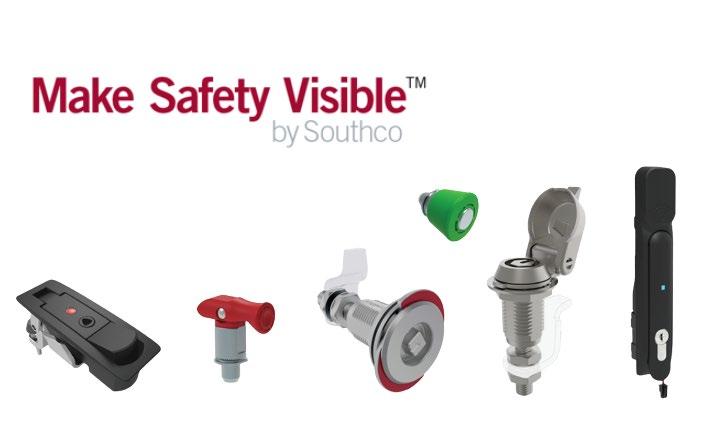
wheelchairs and bikes. Southco has worked with rail seat manufacturers to develop unique accessibility solutions that are safe and secure, based around their rotary latching system and hinge offering.
This rotary latching system uses a simple square key as an actuator that triggers cables to release latches, allowing staff to move seating fixtures in a rail carriage. To reverse this process spring-loaded locking pins automatically engage in both positions for reliable hold, while friction hinges prevent the headrest and seat surface from dropping unexpectedly.
Such small components can often be overlooked in terms of sustainability but can have a big impact. For example, premium products will far outlast cheaper ones, which will not be as durable and may need to be replaced two or three times during the life of the vehicle. You might be able to save up to 20% on upfront costs, but the cost of ownership could skyrocket due to lower reputation and maintenance downtime.
It’s also worth noting that Southco supports sustainability in-house. This includes using recycled plastics wherever possible, and reusing leftover injection moulding plastic with their regrind process.
With decades of experience and an extensive range of standardised products, Southco’s already done the heavy lifting – the design work, testing and problemsolving – so you don’t have to. From fast access panels to secure maintenance points, Southco’s access hardware saves you time, reduces costs and supports smarter, more sustainable train design.
As rail systems become more complex, the smallest components often make the biggest difference, so why not talk to Southco about how their solutions can help you.
For more information visit our website or contact Ulrike Sturman

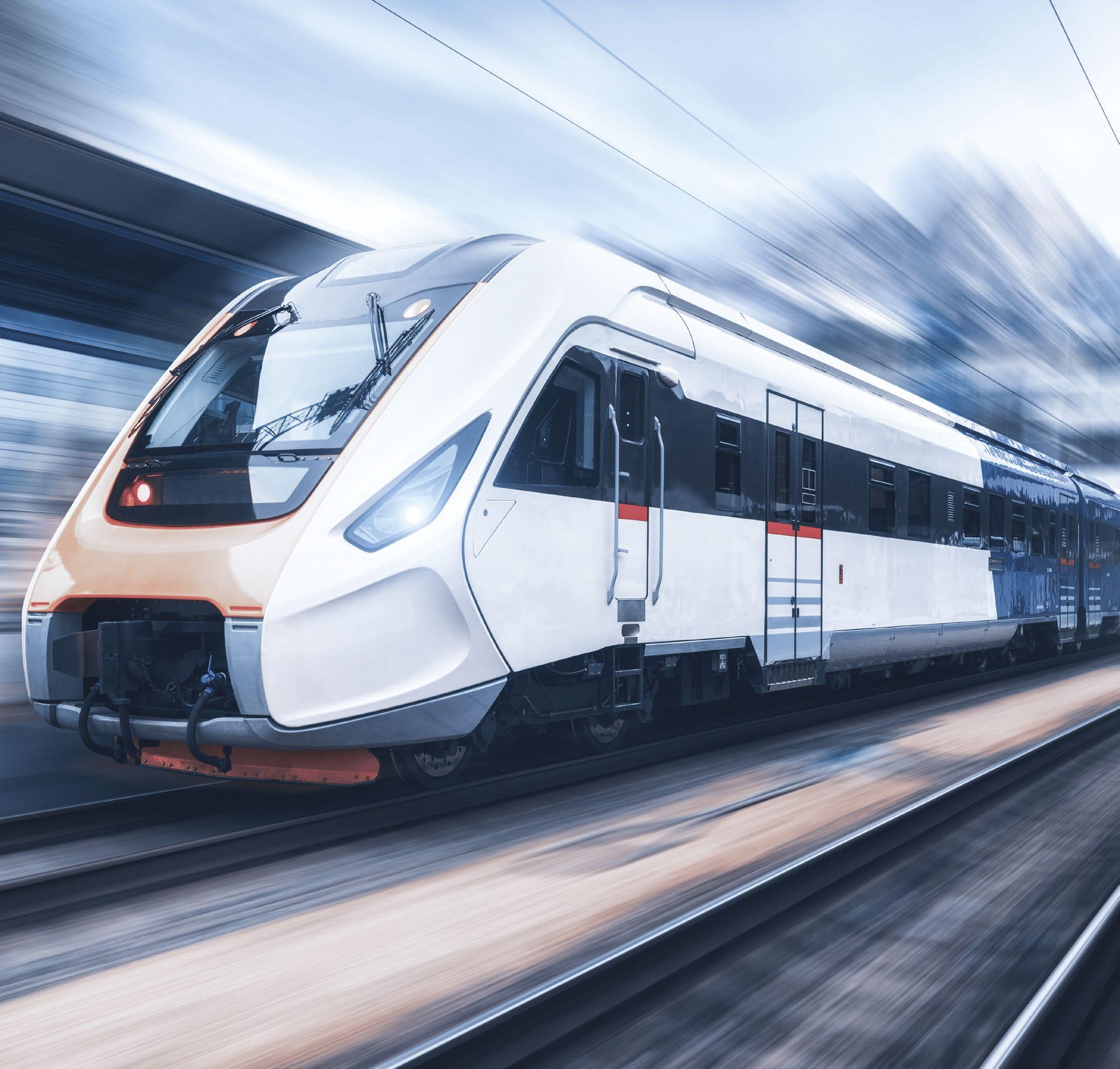
RAILWAY MODULAR CONNECTORS
EvoTrak family
Simplifying and unifying your traction chain connections
Experience seamless connectivity across your entire traction chain with the EvoTrak family. Stäubli's compact and flexible modular solutions ensure a consistent connection philosophy.
Whether your application requires 1 to 4 poles, straight or angled design components or receptacles, EvoTrak is configurable to meet your specific needs. In addition, EvoTrak not only meets all relevant standards but also undergoes rigorous testing beyond railway requirements, ensuring sustainable reliability.
www.staubli.com

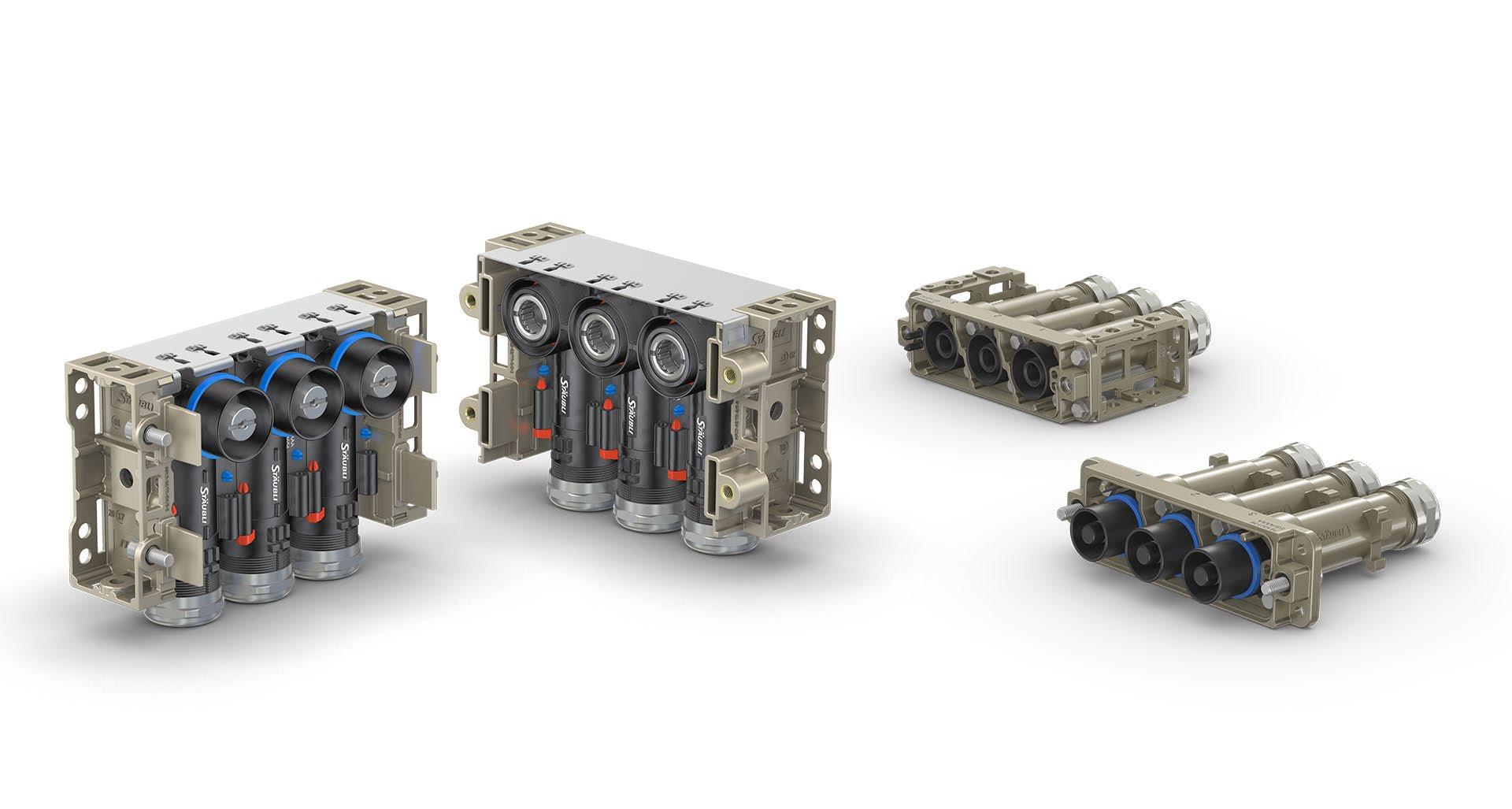
The railway industry faces an array of challenges, particularly in the realm of maintenance and component assembly.
As passenger numbers on trains continue to rise, the available space for essential components that ensure travel comfort is becoming increasingly constrained. This compact design of modern trains means there is increasingly limited room for the installation and maintenance of vital systems. Further, there is a high expectation for service availability with zero tolerance for disruptions. This necessitates rapid and preventive replacements for certain types of equipment. As a result, mechanical and electrical components must feature a more compact and lightweight design.
Recognising these challenges, Stäubli has developed the EvoTrak family, offering space-saving components specifically designed for the railway industry.
These connectors are highly advantageous for the railway sector, thanks to their easy-to-use plug-in connections as opposed to traditional junction box connections. These plug-in connections provide enhanced security and save time, ultimately reducing costs (total cost of ownership, TCO).
The modularity of this connector ensures that components can be easily configured and adapted to meet specific requirements. It is primarily intended for integration along the traction chain, including auxiliary interface power supplies for systems such as batteries, converters and transformer interfaces, but also for other sub-system interfaces such as HVAC for example. Additionally, EvoTrak lite is ideal for carto-car solutions, car-to-bogie interfaces and motor connections, making it a critical component in the optimised operation of rail vehicles.
The connector is available in several versions, including straight, angled and panel configurations, catering to diverse installation needs. The angled design, in particular, offers tremendous advantages for challenging implementations, especially in hardto-reach areas. With its ability to provide a perfect connection under difficult circumstances, the angled version is indispensable for ensuring reliable performance and operational efficiency. Its streamlined design facilitates easier installation and maintenance, contributing further to reduced downtime and improved efficiency.
One of the outstanding features of EvoTrak lite is its efficient phase segregation, which is particularly important when dealing with permanent magnet motors (PMM). This segregation contributes to the reliability and performance of the motor connections, ensuring smooth operation. Safety and protection are paramount with EvoTrak lite, offering 360° shielding and an IP2X solution. EvoTrak lite can handle voltage applications up to 1500V (OV3-PD3) and supports a wide range of cable sizes from 10mm² to 70mm². This versatility allows it to meet different power and connectivity requirements.
The second connector in the EvoTrak family is the EvoTrak Modular Power Connector (MPC), a versatile and robust solution designed to connect all on-board power applications in rail vehicles. This innovative connector system simplifies the complexity of power connections by using the same system for every power
connection, ensuring a streamlined and consistent approach. The EvoTrak MPC can be used across a wide range of rail vehicles, including regional trains, highspeed trains, metros, tramways and locomotives. It is suitable for various on-board power applications, such as roof or undercarriage gangway connections, traction converter and battery outputs, as well as car body to bogie and car body to engine connections.
One of the main benefits of the EvoTrak MPC is its ease and speed of installation and maintenance. The modular design allows for quick installation and easy service, reducing downtime and increasing operational efficiency. Moreover, the connector can be customised to meet specific customer requirements. Key features of the EvoTrak MPC include its ability to handle highvoltage (3000V) and high-current applications (up to 700A). The connector offers a range of options to meet specific requirements, such as DCO (dynamic cable option), connection aids (PFO), shielding, marking/ coding and a dedicated design for modularity.
A notable success story highlighting the effectiveness of EvoTrak MPC is its implementation on most wellknown train manufactures platforms. EvoTrak MPC has played a pivotal role in ensuring reliable and efficient power connections, enhancing the overall performance of these trains.
Find out more by visiting www.staubli.com.


By Andreas Z'Graggen, Head of Energy Storage Systems, ABB Traction Division
Rail operators are racing to decarbonise, and traction batteries are emerging as a vital bridge between diesel-powered legacy fleets and the fully electric systems of tomorrow.
As the rail industry pushes to achieve climate goals and meet an ever-growing regulatory burden, the transition away from diesel is a fast-approaching reality in the rail sector's decarbonisation journey.
There is a key short-term challenge – whilst full electrification is the ideal model, it is not always immediately feasible, but that’s where traction batteries come in, offering the only flexible and scalable solution to reach environmental objectives. Beyond cutting carbon emissions, they also enhance passenger experience and deliver instant engineering value for rail operators.
As rail operators seek sustainable alternatives, the complexities of transitioning away from diesel must be acknowledged. Diesel engines, while entrenched, are no longer compatible with sustainability mandates or emissions targets as they are significant sources of air pollution. Many see fully electrified rail networks as the only alternative; however, they are not a one-sizefits-all solution and are costly and time-consuming to implement. Not only that, but electrified rail can also be geographically impractical when regions lack continuous catenary infrastructure or face budgetary constraints.
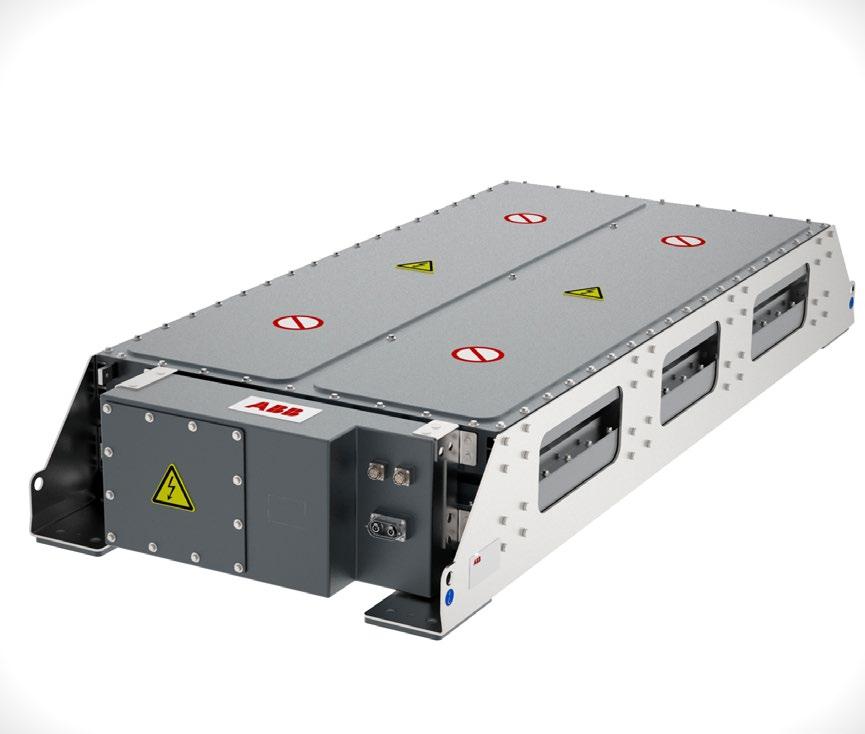
The limitations of diesel and the delays in full electrification mean that an opportunity is emerging for traction batteries to offer a stepping stone to full electrification, especially in semi-electrified railway lines. Traction batteries bring unmatched flexibility, reduced emissions and compatibility with partial electrification. Whether powering hybrid configurations or enabling fully battery-electric operation, they offer a long-term solution that supports today’s needs and existing infrastructure while future-proofing tomorrow’s rail networks. This flexibility of deployment outweighs that of other decarbonisation measures, such as using alternative fuel sources.
The technical innovation of traction battery systems is demonstrated in the advancement of their modularity, energy density and charge cycles. System benefits for rail operators aiming to align with national emissions regulations and reduce costs include energy recovery through regenerative braking, lower lifecycle costs and adaptability across rail environments. Cross-border compatibility and modular approaches that allow for future upgrades will enable companies to align efficiently with the US and EU regulations.
This year, ABB began work with Stadler US to supply its Pro 8C-1050 batteries and CC750 DC traction converters for Metra’s and Caltrans’ fleets of new trainsets in Illinois and California systems. ABB is also working with Skoda to supply Pro 8C-850 traction battery packs for 15 new electrically driven railcars, modernising regional train fleets. This marks a significant step towards greener rail transport in the US and the Czech Republic, reducing CO2 emissions. These examples demonstrate real-world momentum, technological maturity and growing market demand.
Traction batteries enhance the passenger experience with smoother, quieter journeys, especially noticeable
more enjoyable and modern travel experience, aligning with growing expectations for sustainable, passengerfriendly rail travel.
When South Australia’s Department for Infrastructure and Transport set out to cut emissions and elevate the passenger experience of their metro, ABB delivered a powerful solution: traction battery systems. By 2024, Adelaide Metro became Australia’s first-ever diesel-hybrid train fleet. With 50 upgraded trainsets, the transformation significantly curbed noise and emissions, generating efficiency improvements of 35% and avoiding 2,700 tons of CO2 annually, bringing a cleaner, quieter and more comfortable journey to nearly 16 million annual commuters.
The transition to cleaner rail can’t wait. Traction batteries provide a fresh solution to the longstanding issue of diesel-rail and are set to become a decisive part of the clean transport toolkit, powering the future of sustainable rail transport. Where full electrification is not yet viable, it’s crucial to invest in hybrid and battery-based solutions for rail to reach climate goals and improve passenger experience.
For more information our website.

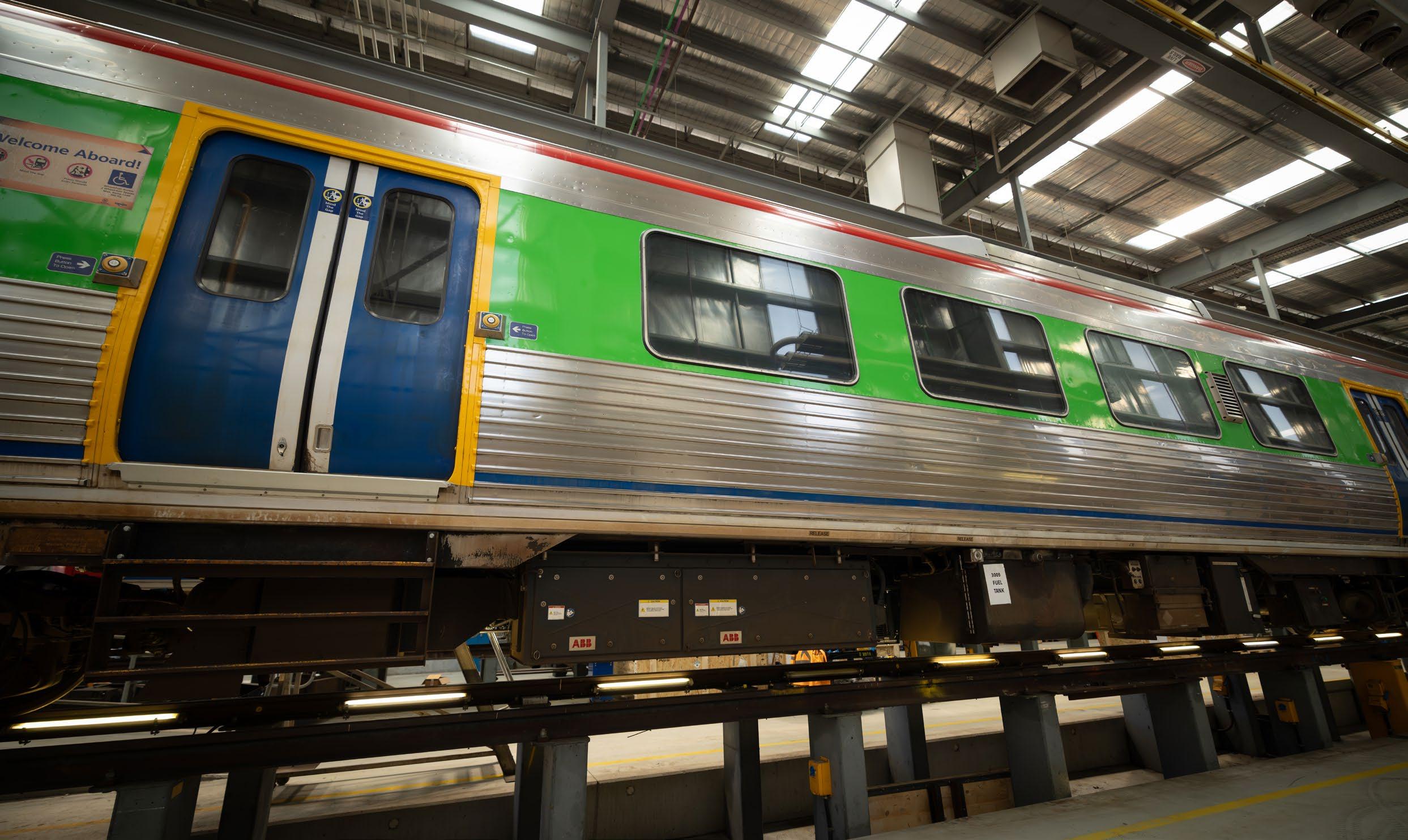
From metros to high-speed trains – ABB’s modular traction portfolio gives OEMs the flexibility to build the perfect system for any rail application. Our integrated offering includes converters, motors, traction batteries, and more – all engineered to help you operate leaner and cleaner.

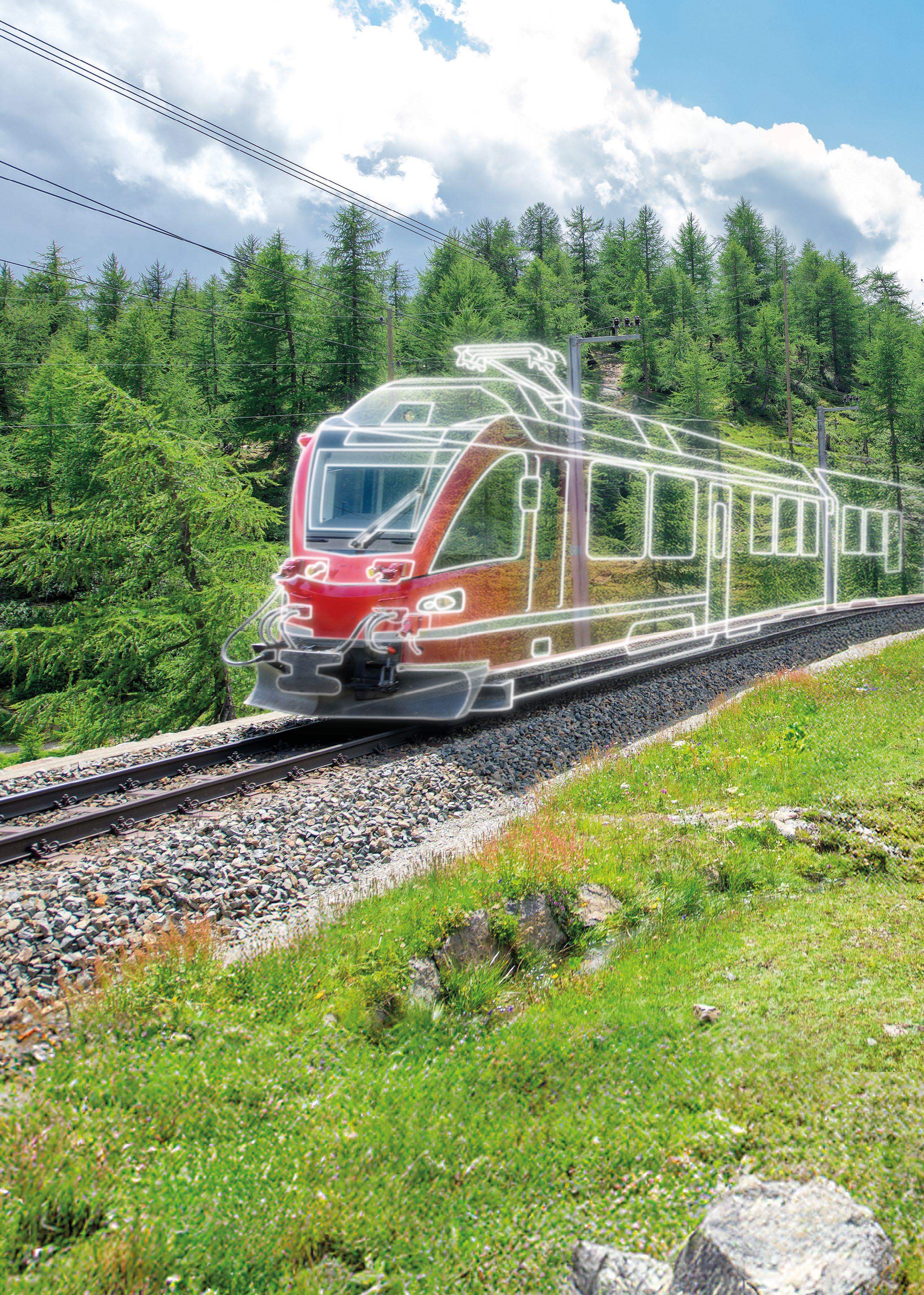

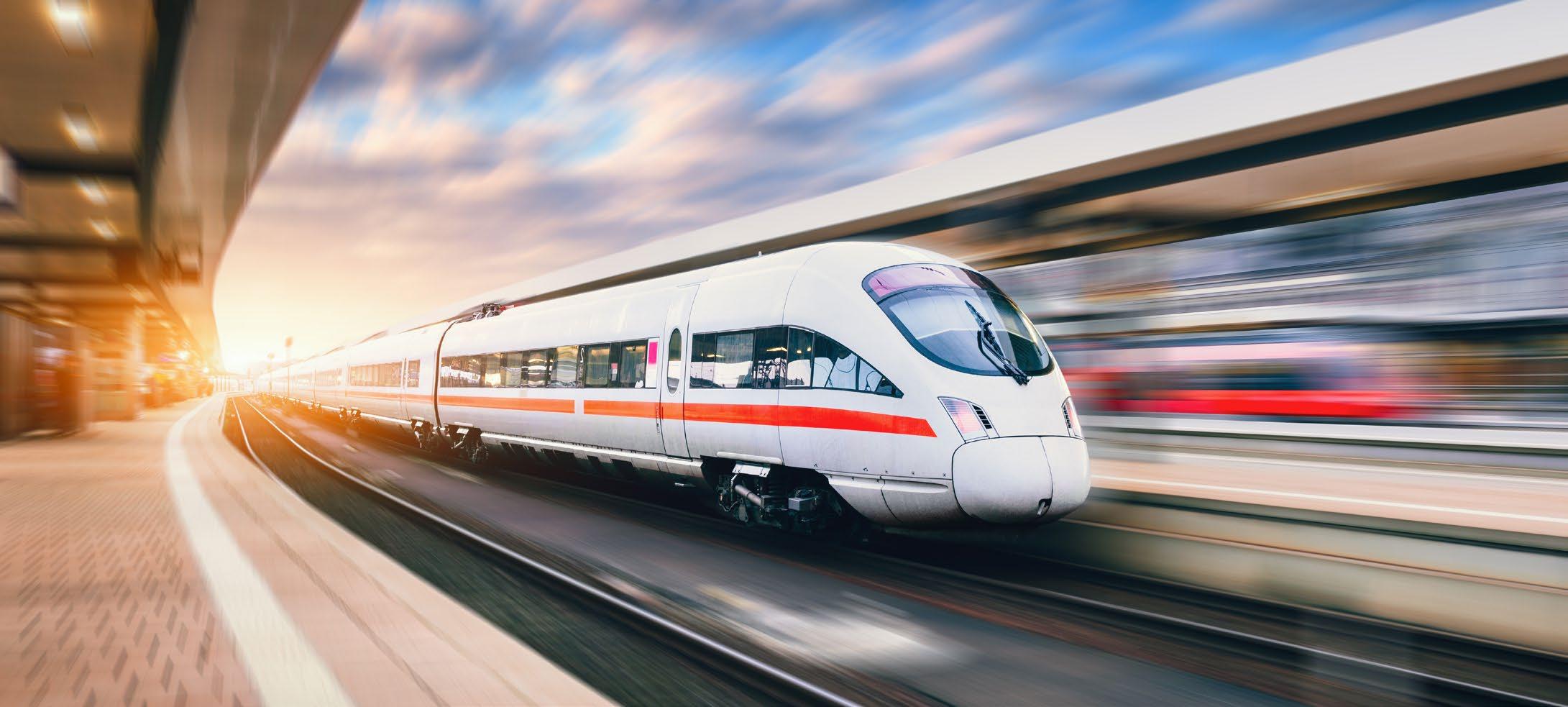
From optimising operations to enhancing passenger experiences, AI is transforming rail transportation.
ADLINK, a leader in AI-enabled computing platforms, empowers rail operators with rugged, reliable solutions designed to meet the sector’s tough demands. Partnering with world-class eco-system partners, ADLINK delivers CompactPCI systems built for harsh environments and mission-critical performance. Its robust platforms support key rail applications including autonomous train operations (ATO), T2G communication, and passenger information display systems (PIDS).
One major industry challenge is maintaining consistent system performance in extreme conditions – ADLINK addresses this with industrial-grade designs that ensure stability, reliability and long lifecycle support in even the most demanding rail environments.
Railway systems rely on CompactPCI and CompactPCI Serial for train control and signaling because of its real-time processing, low-latency communication and rugged, modular design that holds up in harsh environments. ADLINK, in partnership with world-
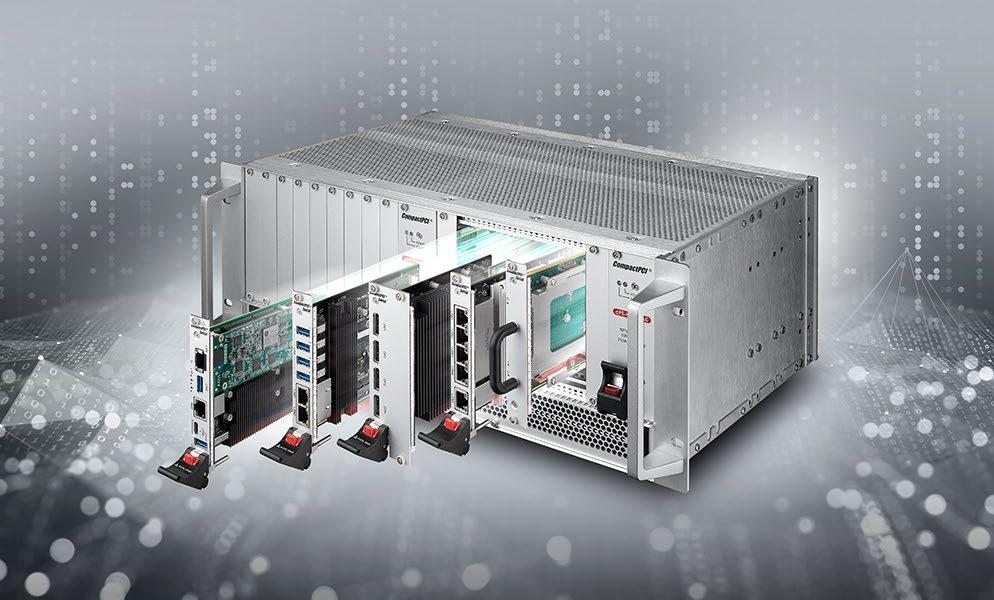
class chassis and backplane providers, delivers preintegrated system-level solutions that ensure signal integrity and long-term reliability. Together, we offer the most comprehensive CompactPCI Serial lineup on the market – making it easy for customers to configure the right system for their needs while streamlining deployment and maintenance.
The ADLINK AVA Series offers a robust lineup of EN50155-compliant solutions that bring AI and IoT capabilities to the railway industry. Designed for highcompute density and I/O flexibility, the AVA Series supports a wide range of smart rail applications –helping operators meet growing demands for safety, efficiency and automation.
Built for the most demanding rail environments, the AVA-7200 stands out with full compliance to EN50155, EN45545 and EN50121 standards. It features NVIDIA Ampere-based GPGPU options (A2000/A4500/AD2000/ AD5000) further delivering powerful AI inferencing and real-time analytics at the edge. Ideal for rail system integrators, the AVA-7200 enables AI-driven functions including:
• Railroad obstacle detection – to expedite emergency response
• Surveillance – The AVA-7200 includes 4 SATA trays, enabling network video recorder (NVR) functionality for high-capacity video storage and playback
Designed with serviceability in mind, the AVA7200 includes a partially lid-open chassis for easy maintenance and add-on module upgrades. It also supports power ignition control to protect the system from sudden current surges or dips that could damage the system.
The AVA-1000 is a compact, EN50155-compliant onboard gateway designed to meet the connectivity and processing needs of modern rolling stock. Available in both ARM and x86 architectures, it offers flexibility for different integration requirements while maintaining a small footprint. With built-in 5G, Wi-Fi and GNSS support, the AVA-1000 ensures reliable, highspeed communication across onboard systems.
It’s ideal for maintaining consistent, real-time data
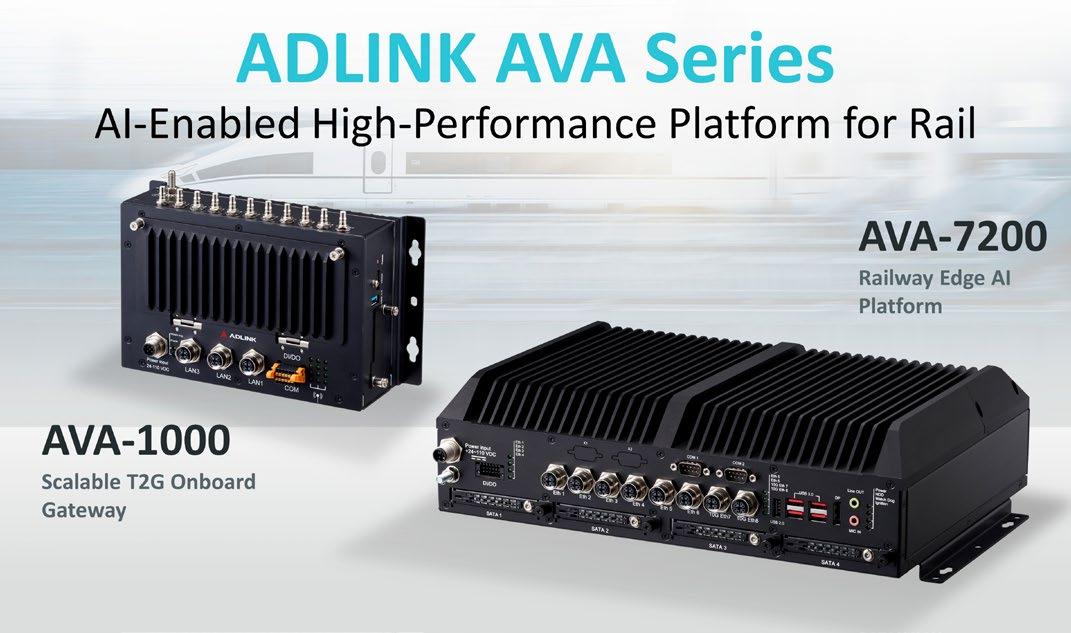
updates between passenger information displays in each cabin and the central rail server – ensuring passengers receive accurate, synchronised information throughout their journey.
Passenger Information Display Systems (PIDS) improve the travel experience by delivering real-time updates on arrivals, delays, and emergency alerts—helping passengers stay informed and reducing platform congestion.
ADLINK, in collaboration with AUO, offers a full range of PIDS solutions designed for railway environments. Standard display options include 21.5" and 28.6" stretched panels, with TARTAN technology supporting custom sizes and brightness levels from 500 to 2500 units. Our displays are engineered for low power consumption—cutting energy use by up to 30% compared to traditional models on the market—and are EN50155-certified for railway use. Each panel undergoes 500-hour reliability testing and operates in extreme temperatures (-25 °C to 55 °C), ensuring consistent performance in harsh conditions.
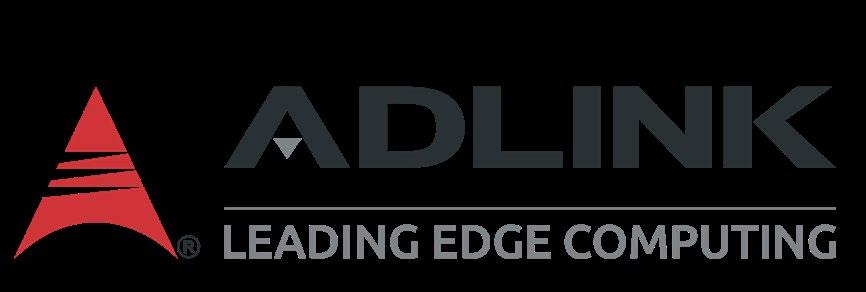



Sensonic p.90
Computers,
NEXCOM International Co., Ltd. p.93
Signalling & Train Control
Frauscher Sensor Technology p.96
Digital Solutions
Icomera p.99
Petrosoft.pl IT Solutions Ltd. p.102
Esri p.105
Condition Monitoring
Althen Sensors p.107
Senceive p.110
Planning & Management Software
Tracsis Rail Technology and Services p.113
Communications Technology
Premium Power Supplies p.116
Frequentis p.119
Nokia p.122

Rail security threats such as trespass, cable theft, vehicle intrusion and sabotage lead to, at best, financial losses and disrupted operations. At worst, they lead to loss of life.
Ensuring the safety of staff, passengers, freight and public is essential. Our team at Sensonic have developed a revolutionary approach to rail security that overcomes the limited reach of traditional security techniques. Using Distributed Acoustic Sensing (DAS), we can transform railway fibre-optic infrastructure into an intelligent surveillance security network.
Distributed Acoustic Sensing (DAS) is a technique to detect sound and ground vibrations via fibre optics. The technology uses light pulses and analyses the reflected light turning an optical fibre into a continuous acoustic sensor listening to entire rail routes. Find more on how DAS technology works here
Each sensing device can monitor 80 kilometres (50 miles) of track, covering 1000 times the range of a

Trespass: Algorithms recognise the characteristic vibrations from human footsteps. Tailored real-time alerts have precise location information to enable a swift and targeted response.


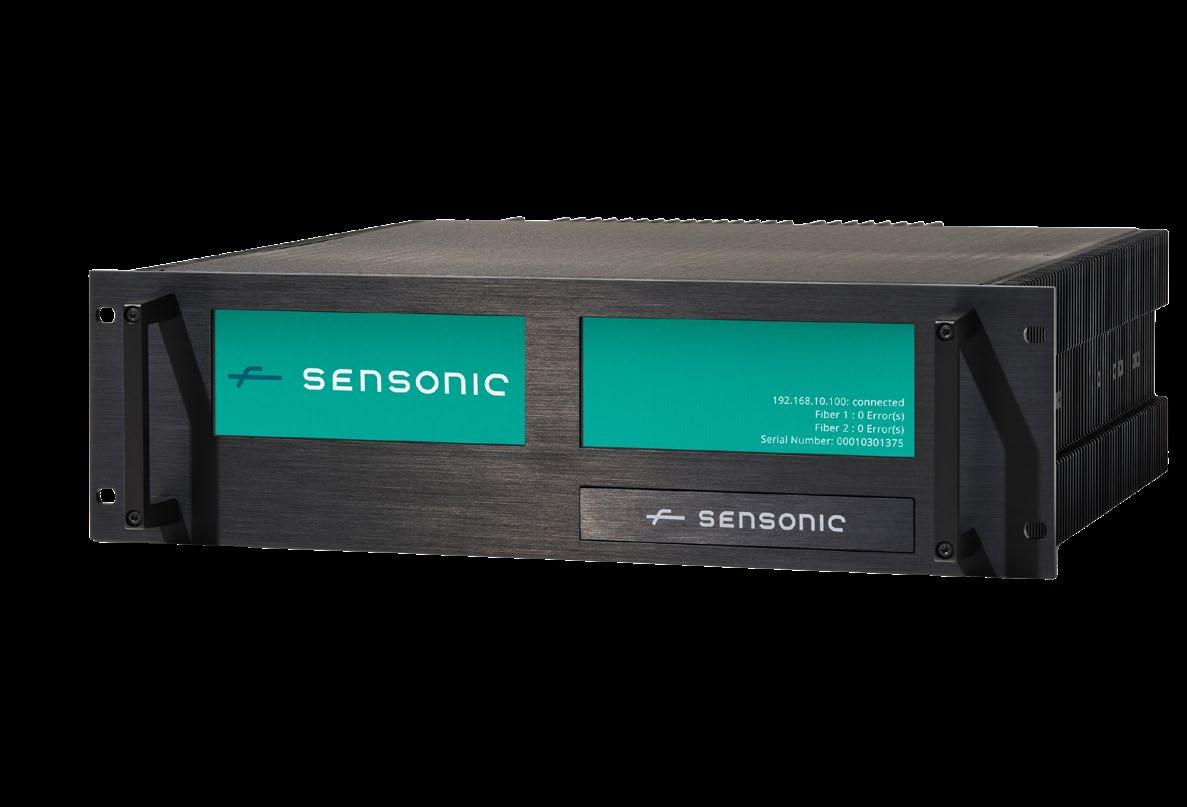
Knowing where, when and what security threats are present is vital for rail operations teams. Combining this DAS insight with other technologies can provide even greater benefits. We can integrate new or existing CCTV camera coverage into our DAS systems or trigger alerts in existing surveillance systems. This allows cameras to be both accessed and controlled near to located security threats. This allows remote visual confirmation, enhanced situational awareness and evidence recording.
Outside the range of CCTV cameras, our Sensonic team are going the extra mile too. We extend visual coverage by integrating DAS and drone capability through selected partners. Drones are particularly useful for rapid response in remote or difficult to access areas. As threats are accurately geolocated with the DAS system, manned or fully autonomous drones are dispatched to the incident location to gather more information via high-definition video. The use of thermal imaging allows threats to be monitored in complete darkness.
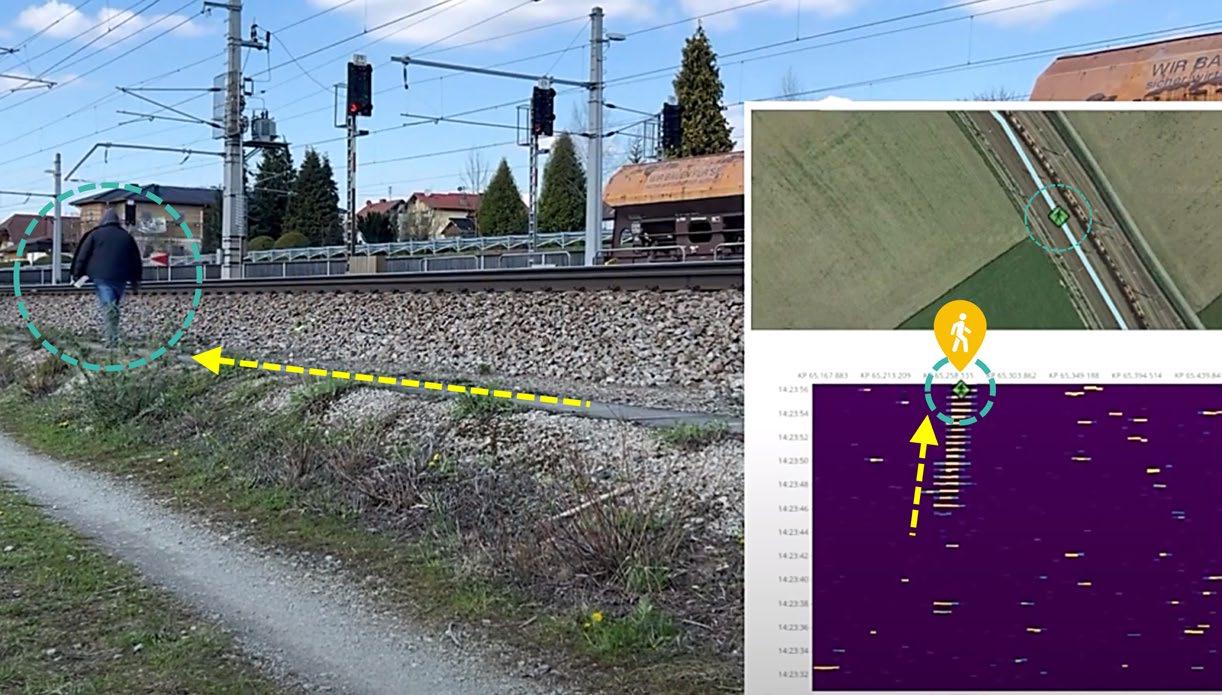
Airspace rules governing drone operations vary by country; however, automatic drone flights responding to cable theft alerts in urban rail environments have already been demonstrated.
DAS technology provides a unique and intelligent solution for railway security. Its ability to detect security threats in real-time over vast lengths of rail infrastructure gives operations and security teams an immensely powerful tool at their disposal. When combined with other security technologies such as CCTV and drones, DAS offers unparalleled situational awareness. By using often pre-existing fibre infrastructure, Sensonic can deliver a cost-effective and rapidly scalable fibre-optic sensing solution. This enhances both railway safety and security benefits, protecting passengers, personnel and freight, together with minimising operational disruptions. Contact our Sensonic team to learn more about how listening to rail infrastructure makes sense and how DAS can revolutionise your railway insights.
Email us here.



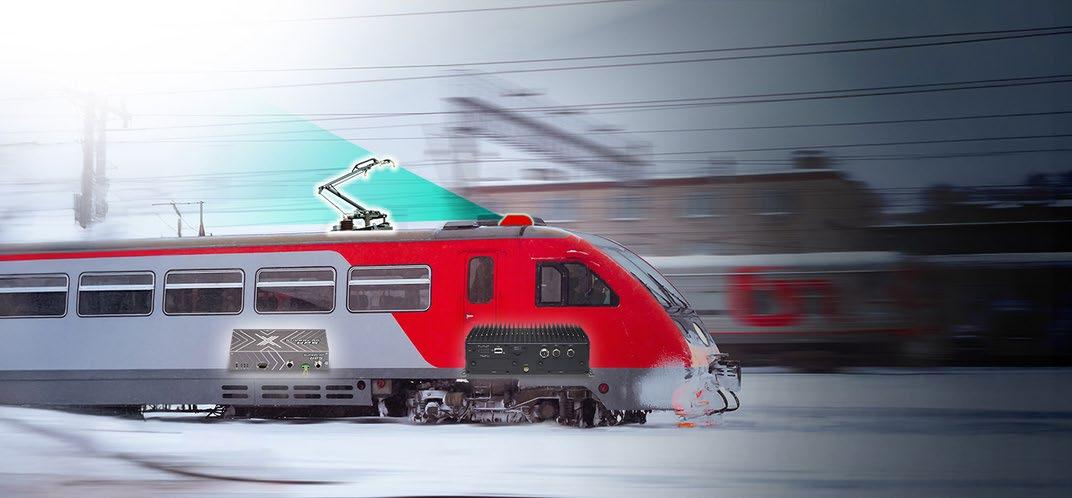

NEXCOM is excited to take part in the UITP Summit, happening this year in Hamburg June 15-18!
Join us at Hall A2, Booth A2362, where we’ll be showcasing the latest in AI-powered and in-vehicle solutions designed to elevate public transportation into a smarter, safer, and more connected experience.
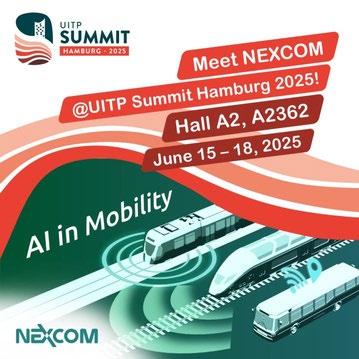
Public transport is evolving – and so are we. NEXCOM’s “AI in Mobility” lineup demonstrates how cutting-edge technologies can be seamlessly integrated into transportation systems. Advanced telematics computers, such as the ATC 3750 series, feature powerful NVIDIA® Jetson™ modules with the new Super Mode, delivering highperformance AI capabilities with energy efficiency. MIPI/GMSL2 and PoE interfaces easily connect cameras for highspeed video and embedded vision applications. NEXCOM’s rugged edge computers also support real-time object detection, obstacle avoidance, and behavior analysis, making them perfect for buses, trains, and other smart mobility environments. With a wide operating temperature range (-25°C to 70°C) and IP67-rated models available, they’re built to perform in harsh conditions.
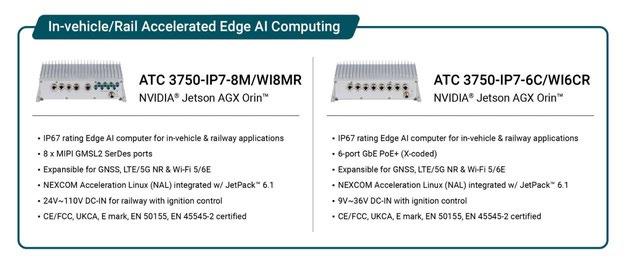
Let NEXCOM show you what’s possible when innovation meets public transit. See you in Hamburg!


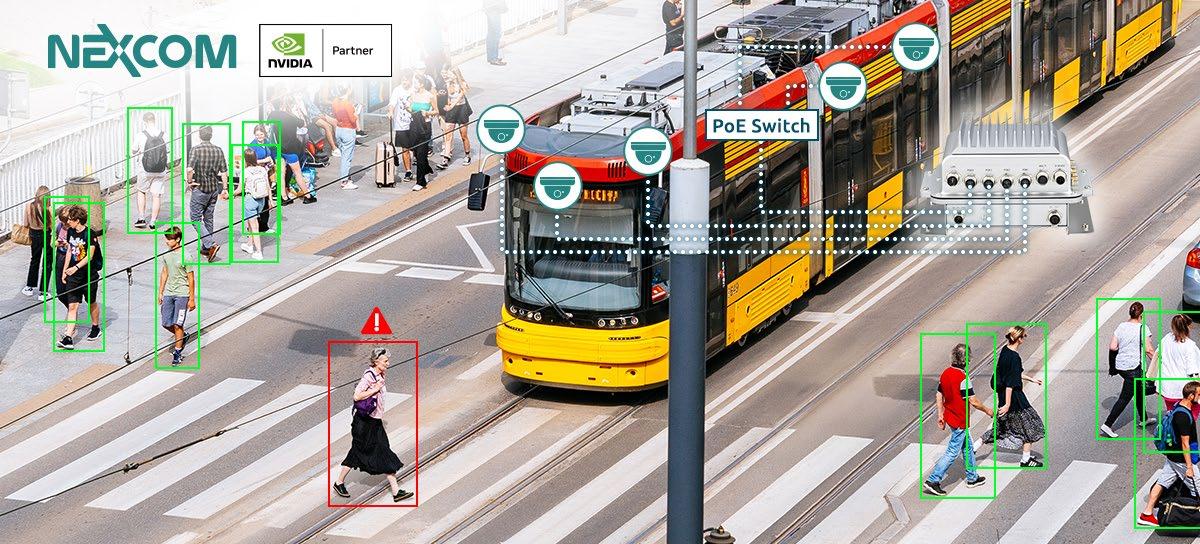
As urban and suburban regions search for cost-effective, sustainable and efficient public transportation, light rail continues to gain traction. This form of transit leverages existing rolling stock technology and rights-of-way to deliver the speed and reliability of rail travel without the high cost and infrastructure demands of heavy rail. Light rail systems effectively bridge the gap between bus and subway networks, offering a smart, scalable solution for growing cities.
Despite its many benefits, light rail still presents safety challenges – especially when sharing space with road traffic or operating in mixed-use corridors. Collisions
with vehicles and pedestrians, particularly at crossings, remain a serious risk. These risks are amplified when systems operate autonomously or without grade separation. Moreover, emergency vehicles may need to cross light rail paths unpredictably, requiring transit systems to adjust speeds and routing on the fly.
To meet these challenges, NEXCOM has developed the ATC 3520, a ruggedised edge AI computer purposebuilt to bring intelligence, safety and connectivity to modern light rail systems. Choose from the standard model with nominal voltage (ATC 3520 IP7 4C), or opt for the supercharged version with power isolation (ATC 3520 IP7 AI4CR) to protect against electrical surges and minimise noise interference.
At its core is the NVIDIA® Jetson Orin Nano™ SOM, operating in Super Mode and delivering up to 67 INT8
TOPS of compute power, offering exceptional TOPSper-watt cost efficiency. This SOM empowers the ATC 3520 to run advanced AI video analytics in real time, identify foreign objects, calculate time-to-collision, and issue immediate visual and acoustic warnings. Once predefined thresholds are reached, the system can trigger automated braking or alert central control –critical capabilities for both manned and autonomous operations.
Support for IP cameras and LiDAR sensors via four GbE PoE+ ports allows for comprehensive environmental monitoring and improved operational efficiency. For example, by linking IP cameras to a PoE switch, the system can perform passenger counting as riders board and disembark. Combined with AI inference through a cloud service provider (CSP), the ATC 3520 boosts situational awareness and enables intelligent driver assistance features like adaptive braking and obstacle avoidance. CSPs also play a key role in edge model retraining, continuously refining the accuracy and effectiveness of AI inference at the edge.
With optional 5G NR and Wi-Fi 5/6 modules, the ATC 3520 delivers low-latency, high-bandwidth connectivity between the train and the ground. Central control units can instantly transmit real-time alerts – such as first responder activity or route obstructions – enabling light rail vehicles to adjust operations proactively.
Passengers also benefit from this connectivity, enjoying seamless infotainment and high-speed internet while operators gain access to critical tools for predictive maintenance, resource planning and smart dispatching. AI-driven analytics can further optimise ticketing, passenger flow and overall system performance.
The ATC 3520 is engineered for rail’s toughest conditions. It features a fanless IP67-rated enclosure, complies with MIL-STD-810G standards for shock and vibration, and operates across extreme temperatures from -30°C to 65°C.
Its flexible I/O – including USB 3.2, CAN bus, RS-232, DI/DO, and HDMI – enables integration with a wide array of subsystems, sensors and monitoring devices. Meanwhile, onboard 128GB NVMe SSD storage and PCIe 4.0 support ensure fast, reliable data capture and transfer.
The ATC 3520 isn’t just a hardware upgrade: it’s a comprehensive edge AI platform that empowers light rail systems with enhanced safety, connectivity and intelligence. For operators looking to modernise their fleets, reduce risk and deliver smarter services to passengers, the ATC 3520 is the ideal partner for the future of rail transit
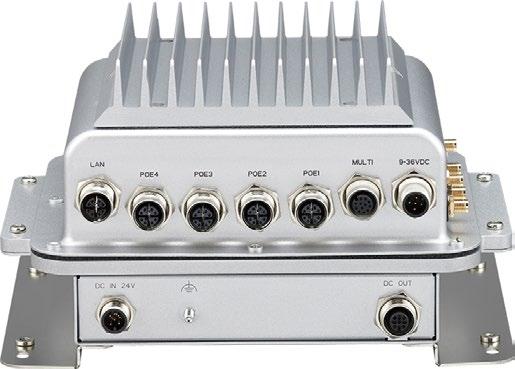

ATC 3520 IP7 AI4CR
• Built-in NVIDIA® Jetson Orin Nano™ SOM in Super Mode, up to 67 (sparse) INT8 TOPS compute
• 4-Port GbE PoE+ for IP CAM/LiDAR sensors
• HEVC/H.265 hardware CODEC, 11x 1080p30 compute power (decoded)
• Ultra-speed PCIe 4.0 x4 NVMe SSD for data integrity, 128GB SSD in default
• NEXCOM Acceleration Linux (NAL) OS w/ JetPack 6.2 integrated
• Expandable for LTE/5G NR & Wi-Fi 5/6
• 24V rail DC-in with ignition control & OCP/OVP, power isolation
• CE/FCC, UKCA, EN 50121-3-2 certified
• Rugged, fanless design with IP67 rating
• Wide range operating temperature of -30°C~65°C

As part of Merseyrail’s ambitious network expansion, services have been extended from Kirkby Station to the newly established Headbolt Lane Station.
This project, headed by the company Trackwork, marks a major step forward in enhancing local transport, shifting the terminus for Northern services from Kirkby to Headbolt Lane. With this change, Kirkby Station transforms from an interchange to a through station for Merseyrail trains, improving connectivity and strengthening the integration of the region’s transport network.
An important requirement of the project was the safe and reliable transmission of multiple bits of vital information pertaining to railway operations. This
includes Train Protection & Warning System (TPWS) signals, track circuit interrupter status, and arrival as well as departure data. In total, the information was transmitted over a 7km distance between Headbolt Lane and Rainford. For the project team, the expectations were clear: to implement a solution that would meet stringent safety standards, streamline installation and keep the tight project timeline on track – all while minimising disruption to daily railway services.
In the context of railway modernisation, data transmission solutions like the one sought in this project are becoming increasingly important.

William Liddall, the Frauscher UK Engineering Manager, further elaborates on this point: “Rail networks are constantly evolving and expanding.With this comes the need to send both vital and non-vital data between different locations.Previously this has been done by systems relying on copper conductors.Data transmission with FAdC® uses Ethernet networks allowing the transfer of a higher density of data and utilisation of the existing infrastructure.”
Initial plans considered the conventional approach of laying 7km of new troughing and cables – a process that would have involved extensive access planning, significant civil works and a high risk of delays, especially given the already tight timeframe. Additionally, the safe transmission of multiple indications added complexity, requiring a solution that could handle data securely and in compliance with SIL 4 safety standards.
Frauscher proposed its Data Transmission System as the perfect fit to address these challenges. The solution eliminated the need for new cables by leveraging the existing FTNx telecoms network, thus avoiding disruptive and time-consuming installation works. By shifting much of the work off-site, the solution from Frauscher helped reduce the amount of on-site activity, simplifying project management and ensuring the project was delivered on time and within budget.
The Frauscher system delivered on every technical front. Configured in QUAD safety mode, it provided SIL 4 data transmission by reading each indication through four separate optocoupler isolated inputs –ensuring the reliable transmission of the vital data. This setup thus guaranteed the safe transfer of indications such as Track Circuit Interrupter status and TPWS signals. Furthermore, with the integration of the Frauscher Diagnostic System (FDS), the project team gained access to indication statuses and historical data, enabling faster troubleshooting and enhanced operational oversight.
By eliminating the need for extensive cabling and utilising existing communication networks, data
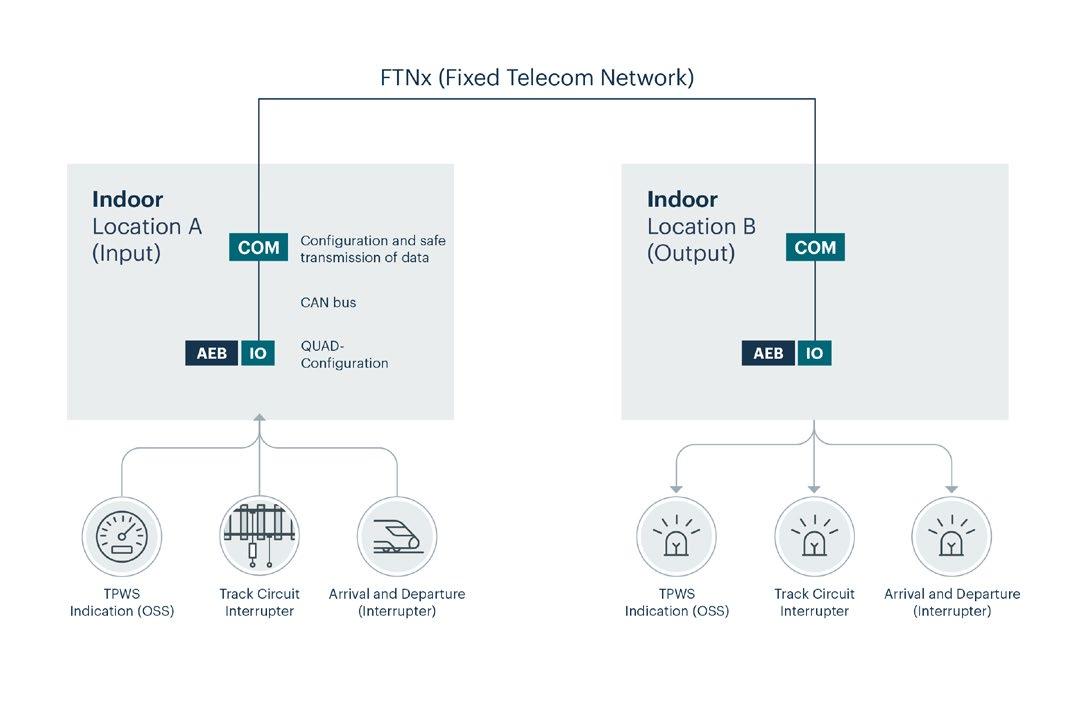
transmission solutions can significantly accelerate project timelines. Additionally, by avoiding costly onsite installations and using the same network which in turn reduces complexity, these solutions offer substantial cost savings over the long-term.
Frauscher’s understanding of railway project requirements ensured that every project stage – from planning to implementation – was supported with tailored support, providing Merseyrail with confidence and clarity throughout the process. With a proven track record and trusted reputation, Frauscher’s system offered the reliability the customer needed, enabling them to move forward with a solution that was not only safe and efficient but also ready to meet the demands of future railway operations. This goes in line with Frauscher’s core aim: to provide a trusted foundation operators can run their rail network on with confidence.
The Merseyrail project stands as a strong example of how advanced data transmission and other modernisations are driving a more efficient and cost effective railway. As more projects recognise the importance of flexible, efficient and safety-critical data communication, Frauscher continues to provide systems that help operators achieve their goals –supporting smooth project delivery while enhancing connectivity and operational performance.
For more information visit www.frauscher.com.


Your Partner for the Smart, Connected Journey
For over two decades, Icomera has kept you connected on the move, delivering seamless onboard connectivity
Our networks have the power to fully integrate tens of thousands of vehicles into the cloud, paving the way for a bold new generation of safer, more efficient and sustainable transport solutions.


By Lynn Bacigalupo, Product Manager – Video Solutions, Icomera
For years, transportation operators have used video surveillance for a narrow purpose – a watchful eye ensuring passenger safety and operational security. But the technology behind these systems has evolved far beyond simply recording footage.
Video analytics provide operators with an efficient solution for a routine yet essential task: passenger counting. With AI-powered modules and video surveillance, it’s not just about viewing – it’s about providing clear, measurable insights.
Using the power of artificial intelligence (AI), today’s video surveillance systems are transforming into
dynamic tools that can streamline services and operations. One standout advancement? AI-enhanced solutions for automatic passenger counting (APC).
Video isn’t just for surveillance anymore. It’s the technology foundation for a new wave of applications.
While effective within certain parameters, these systems have inherent drawbacks. First, they involve complex hardware installations and carry high maintenance costs. The systems are fully separate from other in-vehicle hardware systems, increasing the cost and complexity of each individual vehicle. And for all of that cost, they aren’t completely accurate: most vendors evaluate their products under ideal conditions, leaving inaccurate measurements in real-world conditions.
With AI video analytics, transit operators can improve accuracy in real-world conditions while
AI-powered video analytics measure how many passengers are moving into and out of vehicles at any time,transforming the vehicle's interior cameras into smart sensors that optimise capacity and comfort on the move

reducing the cost and complexity of their onboard technology. Integrating AI algorithms into existing video surveillance cameras allows operators to count passengers while simultaneously gathering valuable operational insights.
Improved APC data doesn’t just benefit the operators.
For passengers, real-time data on train occupancy can help them choose quieter or less crowded services –improving their journey experience.
One operator has already demonstrated the potential benefits of this innovation. Northern, the second-largest train operator in the United Kingdom, implemented an AI-enhanced passenger counting system on its Class 769 fleet. The results? An impressive 98.3% accuracy rate.
AI video analytics marry efficiency with versatility. Instead of depending on multiple systems for surveillance and passenger counting, public transport operators can achieve the same results with a single, integrated video network. The insights derived from video analytics also help operators to refine their service schedules and allocate resources more effectively – reducing operating costs and improving revenue efficiency.
Operators are under enormous pressure to deliver more efficient, comfortable services while simultaneously reducing expenses.
By leveraging advanced technology, we can address inefficiencies in current systems, improve resource allocation, and make transportation more accessible and reliable. However, this requires thoughtful implementation and collaboration among stakeholders to ensure the data collected translates into actionable, equitable solutions.
The opportunity is clear: video offers a new format to power intelligent, scalable and sustainable public transportation solutions. By converting onboard surveillance systems into multifunctional tools, operators are securing more efficient, passengerfocused transit systems while reducing costs.
AI video analytics offer a clear path forward, representing not only an opportunity to enhance operations but also to align with broader goals for sustainability and passenger experience.
The next step is a more intelligent approach to public transportation: AI-driven data collection.
If you’d like to discuss how video is making automatic passenger counting more accurate and affordable for transportation operators, reach out and let’s discuss further: sales@icomera.com.
Icomera has observed the growing proportion of its on-train internet connectivity being used by Internetof-Things (IoT) applications. Leveraging Ingenious Technology to deliver a hybrid approach to connectivity – integrating LEO satellite networks with terrestrial cellular networks – we ensure the reliable and secure transmission of the data that all of these applications generate and utilise, to and from the moving vehicle, in real-time.
These real-time insights enable Intelligent Solutions, like AI-enhanced solutions for automatic passenger counting, that reach far beyond compliance reporting. For example, accurate occupancy data steers travellers to less crowded trains, informs dynamic timetabling, supports evidence-based staffing and energy-use decisions, and lets operators adapt services on the fly –cutting costs while elevating the passenger experience.
We aim to be Inspiring Partners in driving the rail industry’s digital transition: collaborating with operators, manufacturers, and transport authorities to turn raw data into equitable, sustainable, passengercentric mobility. Together, we can shape services that respond to demand in the moment, drive modal shift, and keep public transport moving smarter, safer and greener.
www.icomera.com

In the modern age of smart infrastructure and digital transformation, railway operators and infrastructure managers face growing demands for safety, efficiency and regulatory compliance.
Each asset can be uniquely identified, classified by type and assigned custom parameters (e.g. manufacturer, operational status, review history). The passporting module ensures full traceability over the asset’s lifetime, enabling compliance with both technical and legal standards.
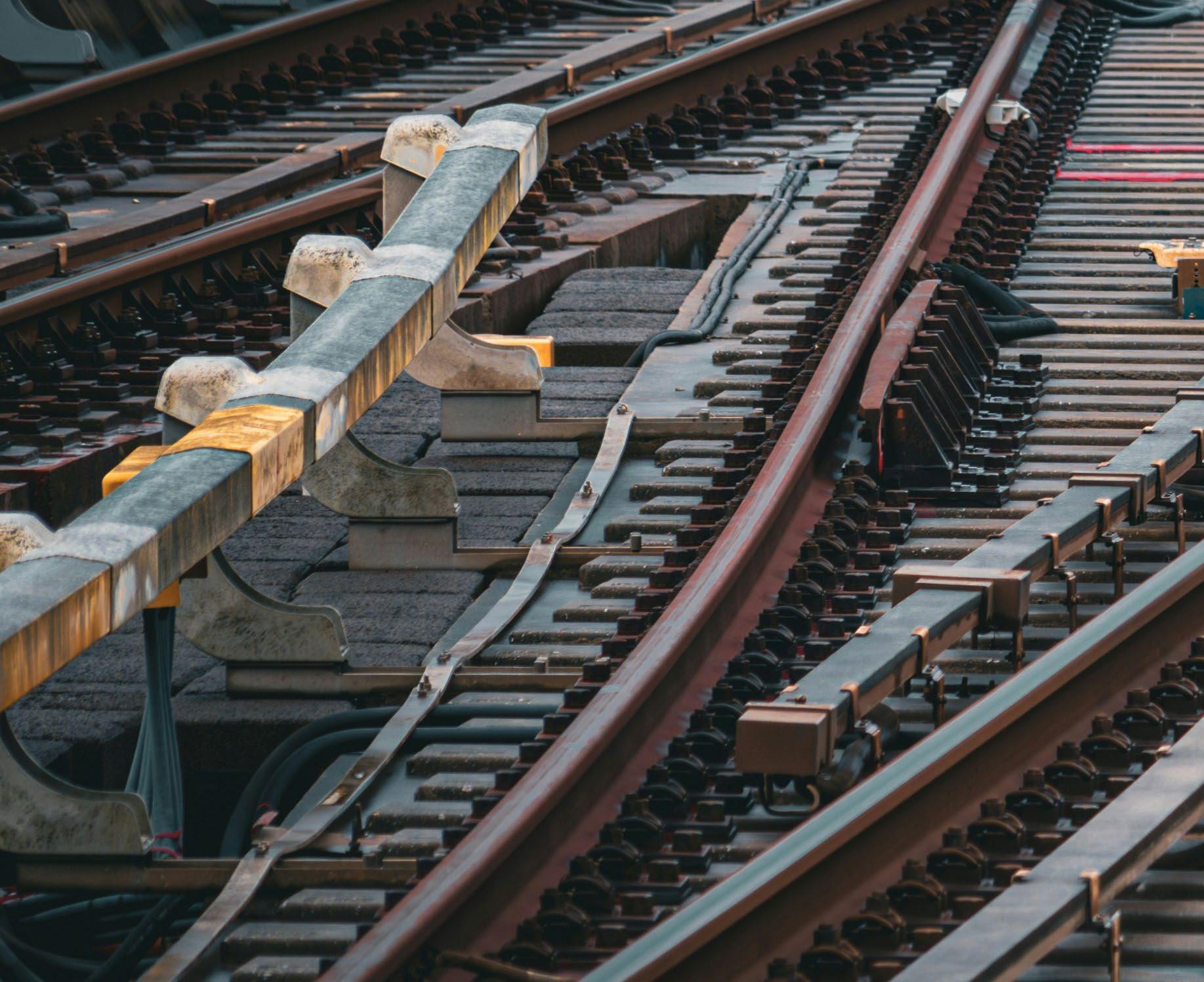
Inspections and control results are logged in an electronic maintenance book, ensuring full auditability and regulatory compliance.
AMS supports real-time logging and coordination of:
• Breakdowns
• Unscheduled repairs
• Field technician interventions
Workflows include registering the incident, assigning repair tasks, tracking resolution steps and confirming technical restoration. Alerts and reports help track response times and effectiveness.
Each asset or infrastructure area can have linked documents such as:
• Technical protocols
• Construction records
• Legal certificates
• Inspection and audit lists
The system features an automatic document expiry tracking mechanism with notifications, helping ensure that critical documentation is never outdated. The Document Register also supports version control, archival management, and access policies.
One of AMS’s most powerful features is its integration with GIS systems such as ESRI ArcGIS. This allows infrastructure elements to be visualised on dynamic maps, with the ability to:
• Select infrastructure components directly on the map
• Define spatial zones or regions (e.g. yards, districts)
• Monitor events or tasks geospatially
• Plan work based on geographic context
This geospatial layer is particularly valuable for linear asset management, route optimisation and dynamic response coordination.
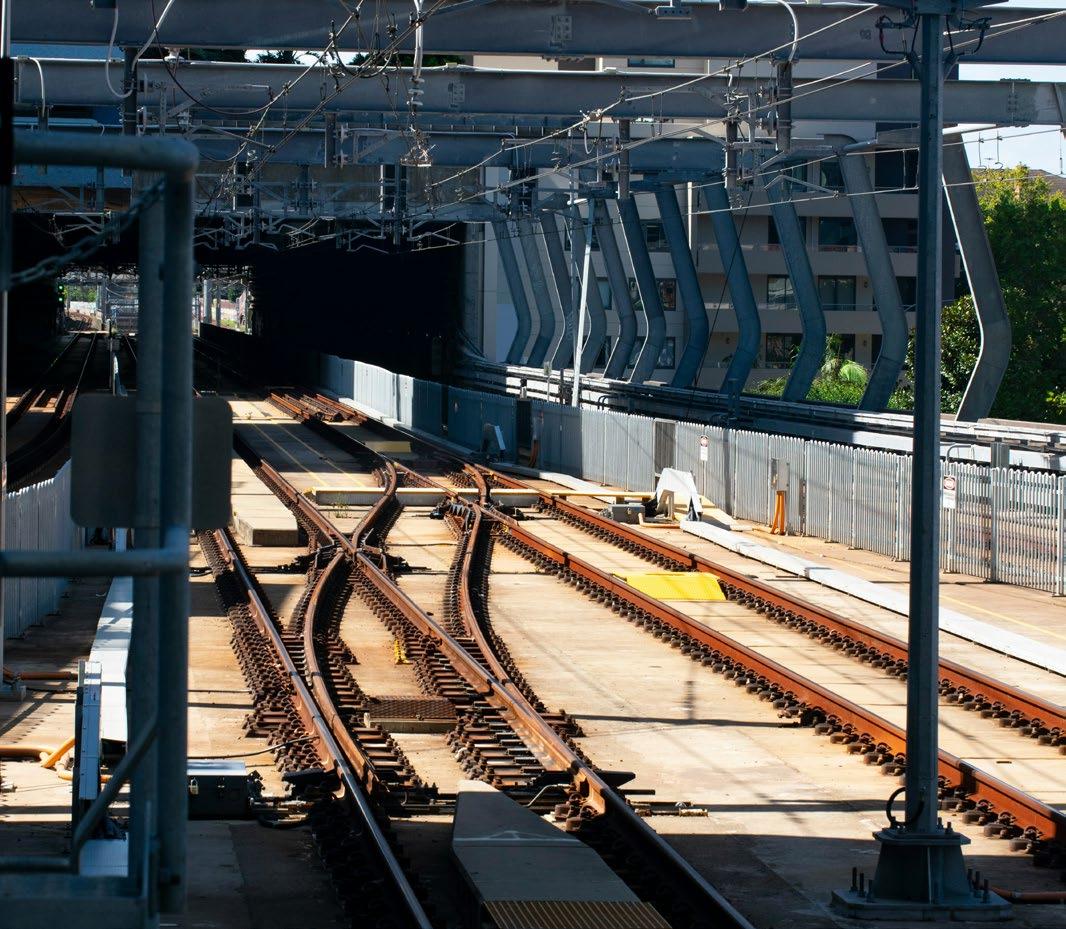
The system minimises manual work through:
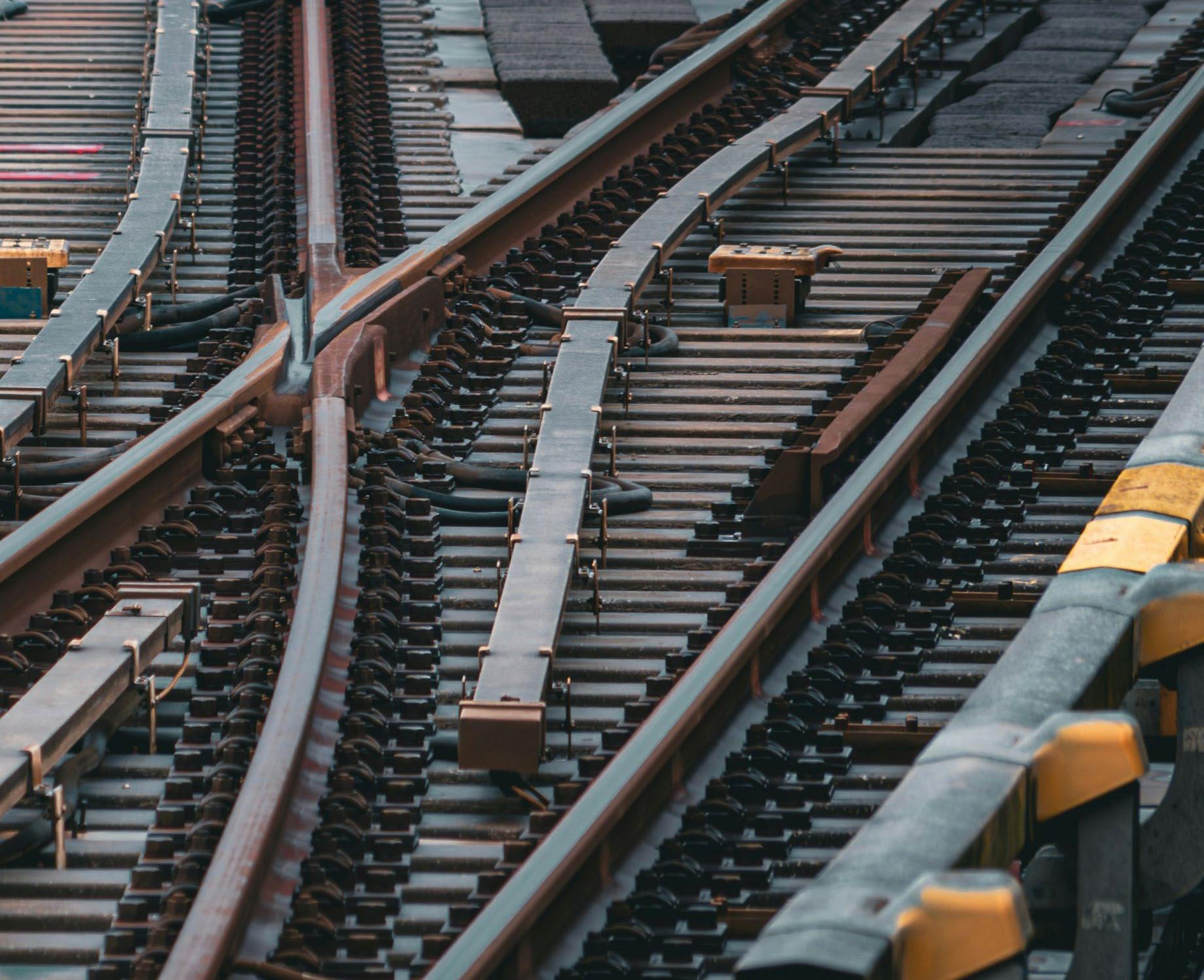
• Automated generation of inspection plans
• Predefined maintenance templates
• Predictive logic for inspection renewals
• Intelligent routing of tickets and work orders
This results in reduced downtime, lower costs and higher infrastructure reliability.
The asset management system offers an end-toend solution for any railway infrastructure owner or manager seeking to modernise and streamline operations. By consolidating asset records, inspection data, compliance documents and geospatial visualisations into one centralised system, AMS empowers users to make smarter, faster and more informed decisions.
Whether you’re managing a regional siding or a national network, this system will help you ensure safety, compliance, efficiency and long-term resilience.
For more information visit our website petrosoft.pl

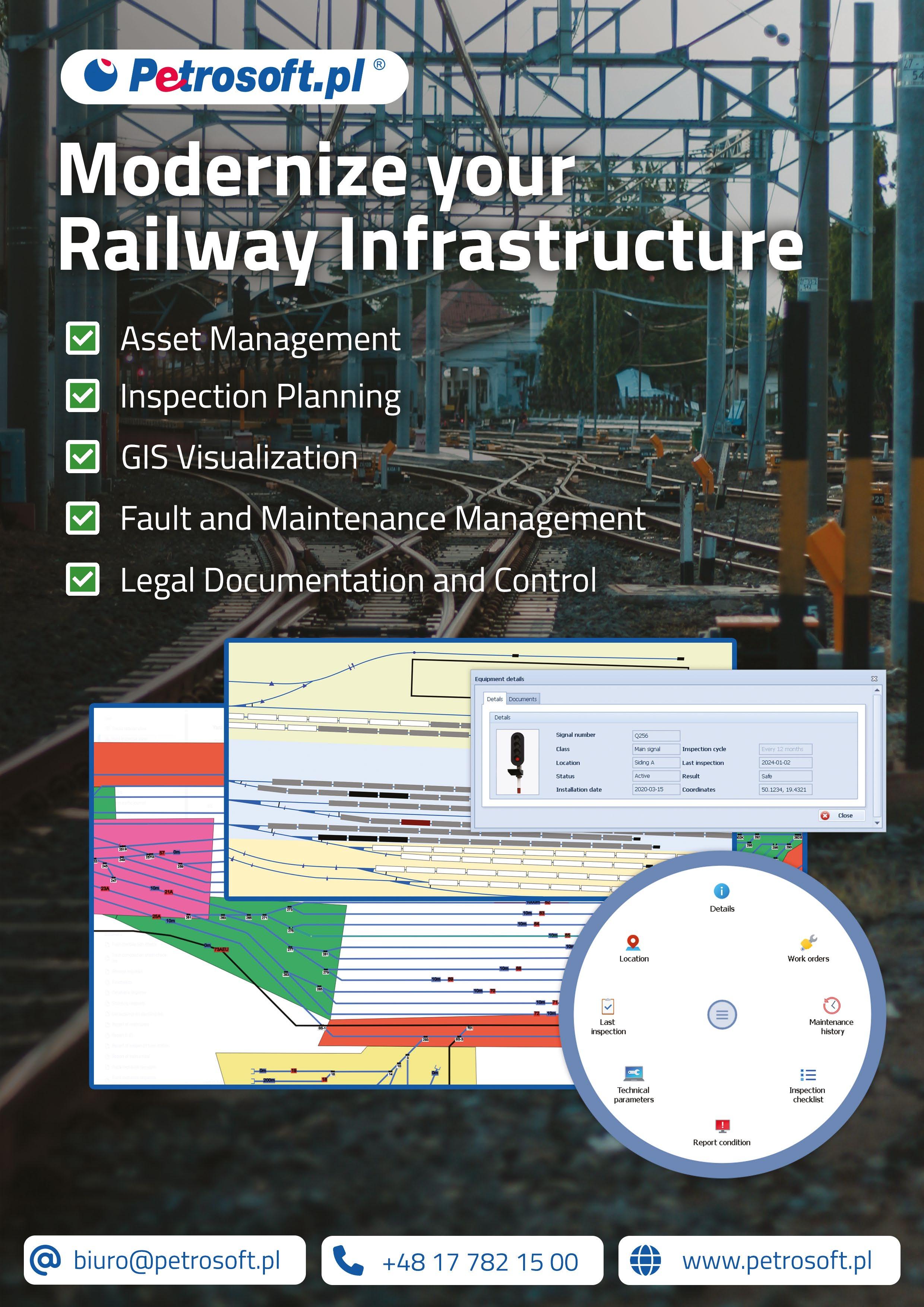

Esri’s Survey 123 Smart Assistant Delivers Simplicity and Speed
AI-powered tools like the Survey 123
Smart Assistant are making data collection easier, faster and more accurate for the rail sector, writes Erik Henderson, Director, Rail Industry Solutions at Esri.
In Early April, while at IMGIS in Frankfurt, I saw a demonstration of Esri's artificial intelligence (AI) tools, which have been developed to help users create, as well as analyse, the results from their ArcGIS Survey 123 projects.
Survey 123 is Esri's mobile tool, designed for users to quickly create and deploy a field-based questionnaire on virtually anything they'd like to collect. What surprised me the most about the demonstration’s creation process and resulting survey were both the speed with which the project was created and the comprehensiveness of the questions.
While tools like AI and machine learning (ML) are revolutionising how many people do their jobs, there’s still some hesitation or scepticism around their implementation. There has always been a gap between what I would call the business user, or the railroaders, and the technologists working to create better, faster and safer tools.
That gap falls in two areas, the first being users’ ability to fully understand all of the possible solutions the market has available to them. Think about hanging a picture on the wall and all of the possible ways to do so. Now, imagine walking into a big box hardware store for the first time and only needing to hang that one picture. It can be pretty intimidating to know where
to go, who to talk to and how to evaluate all of your options.
The second gap is for the technology experts to be able to understand the potential simplicity of a business problem. Imagine you ask a world class mechanic who designs and builds race cars how to make a car go faster. The mechanic will probably start explaining the dynamics of quality fuel, and a finely tuned set of spark plugs and cylinders to power the engine, but perhaps you simply weren't sure which pedal was for accelerating and which was for the brake. With technology advancing at an exponential rate, this gap is increasing as well.
Companies like Esri are using AI to make the implementation of technology even easier. The Survey 123 Assistant (Beta) is a perfect example of this. While I wouldn’t consider the process of creating a survey to be
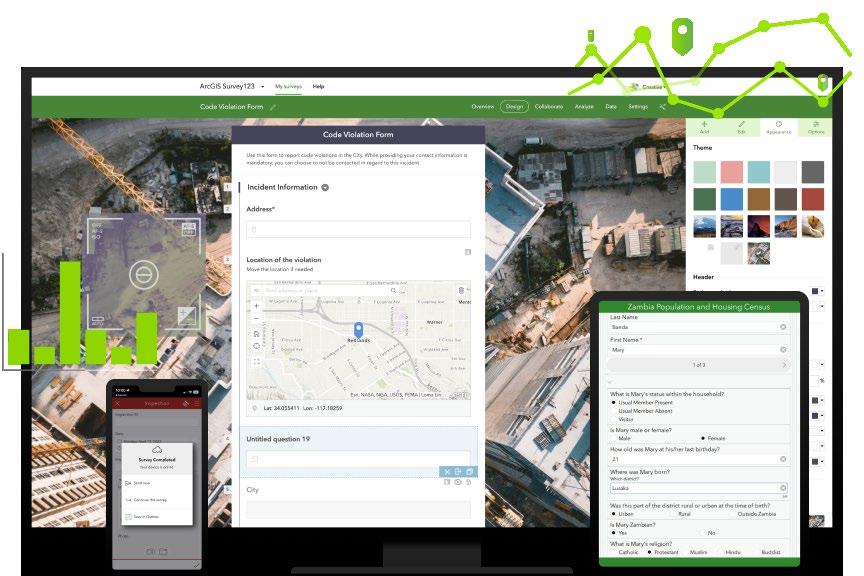

extremely advanced, there are many options a user can choose to make a survey much more complex if they wish.
In the past, a user would need to fully understand all of these forms and functions to get the most out of the tools. For a complex survey to be created, you’d need the right combination of an end user who understands what type of content they are looking for and a highly skilled technician familiar with all of the tool’s functions. You may also need a business analyst documenting requirements based on how your organisation was set up to handle technology requests.
With the new Survey 123 Smart Assistant, a user can take advantage of the AI tools for a variety of gains. Here are some of the key benefits it offers:
• Enhanced Data Accuracy
The Smart Assistant uses AI and ML to validate and refine responses as they’re entered. It can flag inconsistent or improbable answers, suggest corrections and guide users to input more accurate information based on prior data or expected patterns. A photograph of a switch taken on a mobile device in the field can prompt users for specific attributes that would only be available for a switch.
• Time Efficiency and Workflow Optimisation
Esri’s Smart Assistant reduces the need for manual input by auto-filling answers based on historical data, user behaviour or integration with other GIS datasets. This leads to faster survey completion and less repetitive work for field staff.
• Improved User Experience
Whether the user is a seasoned GIS professional or a first-time railroader, the Smart Assistant simplifies survey navigation. It can explain complex fields, help avoid errors and provide real-time feedback, lowering the barrier for data collection and minimising training time.
• Data Consistency and Standardisation
The assistant also ensures data is collected consistently across all users and surveys. This is crucial for large organisations managing extensive datasets where discrepancies can compromise analysis and decisionmaking.
• Integration with the ArcGIS Ecosystem Survey123 Smart Assistant works seamlessly with other ArcGIS tools such as ArcGIS Dashboards, ArcGIS Online and ArcGIS Pro, allowing for real-time visualisation, spatial analysis and reporting. The intelligent inputs improve the quality and utility of data throughout the entire GIS workflow.
AI adoption is growing rapidly and while adopting it can be intimidating at first, using it to build your surveys can help you jumpstart your team's success with Survey 123. For additional help and resources, please check out our ArcGIS Survey 123 Overview and/or our video on how to create a survey with Smart Assistant.
To stay informed of the latest GIS advancements for rail, you can also join our mailing list or contact us at railinfo@esri.com
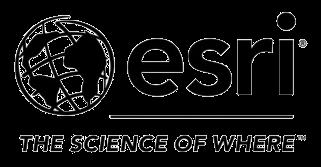

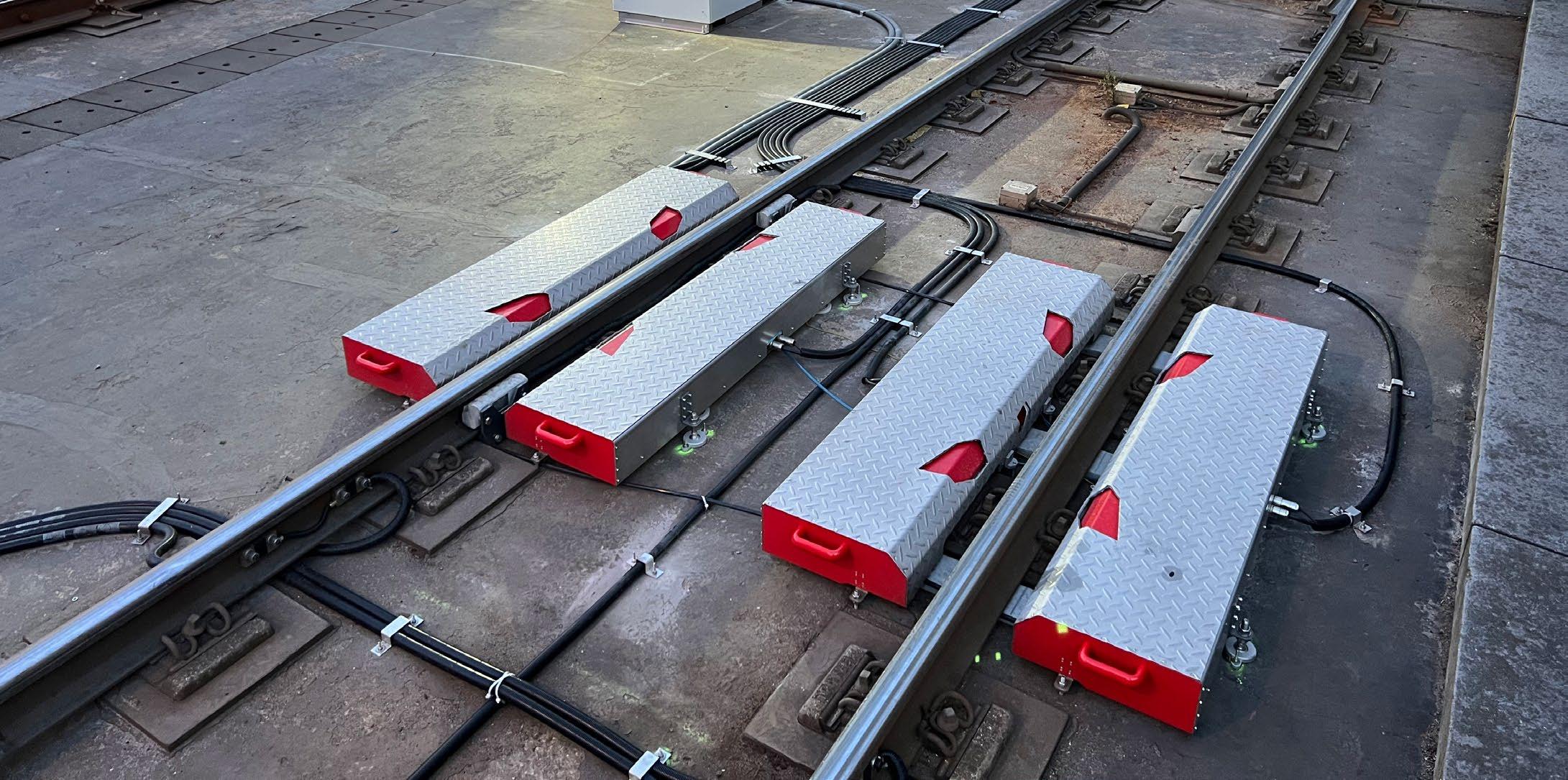
Innovative real-time weighing and 3D wheel measurement enhance predictive maintenance at HTM.
Driving Railway Digitalisation with 3D Wheel+
Railways and public transport systems worldwide are increasingly embracing digitalisation and smart maintenance technologies. Predictive maintenance, real-time diagnostics and data-driven fleet management are no longer futuristic ambitions – they are essential strategies for efficient, safe
and sustainable operations. Recognising this shift, HTM partnered with Althen Sensors & Controls to implement a state-of-the-art measurement solution: 3D Wheel+.
HTM, the public transport operator in The Hague region, needed a smart, automated system to monitor tram conditions with minimal operational disruption. Althen responded with its 3D Wheel+ solution, integrating real-time weighing, 3D wheel profiling and vehicle identification into one seamless installation.
The project, technically led by Sylvio Puzzo, Senior
Project Engineer at Althen, was executed with precision, overcoming the complexities of an urban viaduct installation and strict operational timelines.
At the heart of this project is the integration of:
• Dynamic Weighing System (AWIM): Measures axle loads, wheel loads, total tram weight and balance dynamically as trams pass at regular speeds
• Automated 3D Wheel Measurement System: Laser scanning technology captures precise wheel profiles, measuring critical parameters like flange height, flange thickness, tread wear and wheel diameter without stopping the vehicle
• Vehicle Identification via RFiD: Each tram is uniquely identified, ensuring accurate tracking and data linkage
Using advanced load cells integrated into the rails, the AWIM system dynamically records the load distribution without requiring vehicles to halt or slow down. Simultaneously, the laser-based 3D Wheel+ system captures ultra-high-resolution wheel profile data, enabling early detection of wheel defects such as flange wear, flat spots or ovalisation.
All systems are linked via smart data architecture to HTM’s new Data Hub, enabling predictive maintenance strategies.
Installing 3D Wheel+ on an elevated viaduct near The Hague Central Station required detailed coordination. The location, selected for its open construction and minimal disruption to tram schedules, demanded precise sensor positioning, custom concrete mounting and night-time installation windows.
“Urban installations always bring unique challenges,” explains Sylvio Puzzo. “We engineered the 3D Wheel+ system to ensure durability,easy maintenance and perfect integration with HTM's infrastructure.”
3D Wheel+ continuously captures and transmits data to HTM's backend. Key benefits include:
• Immediate visibility of wheel and weight condition through an online dashboard
• Alerts triggered when measurements exceed safety thresholds
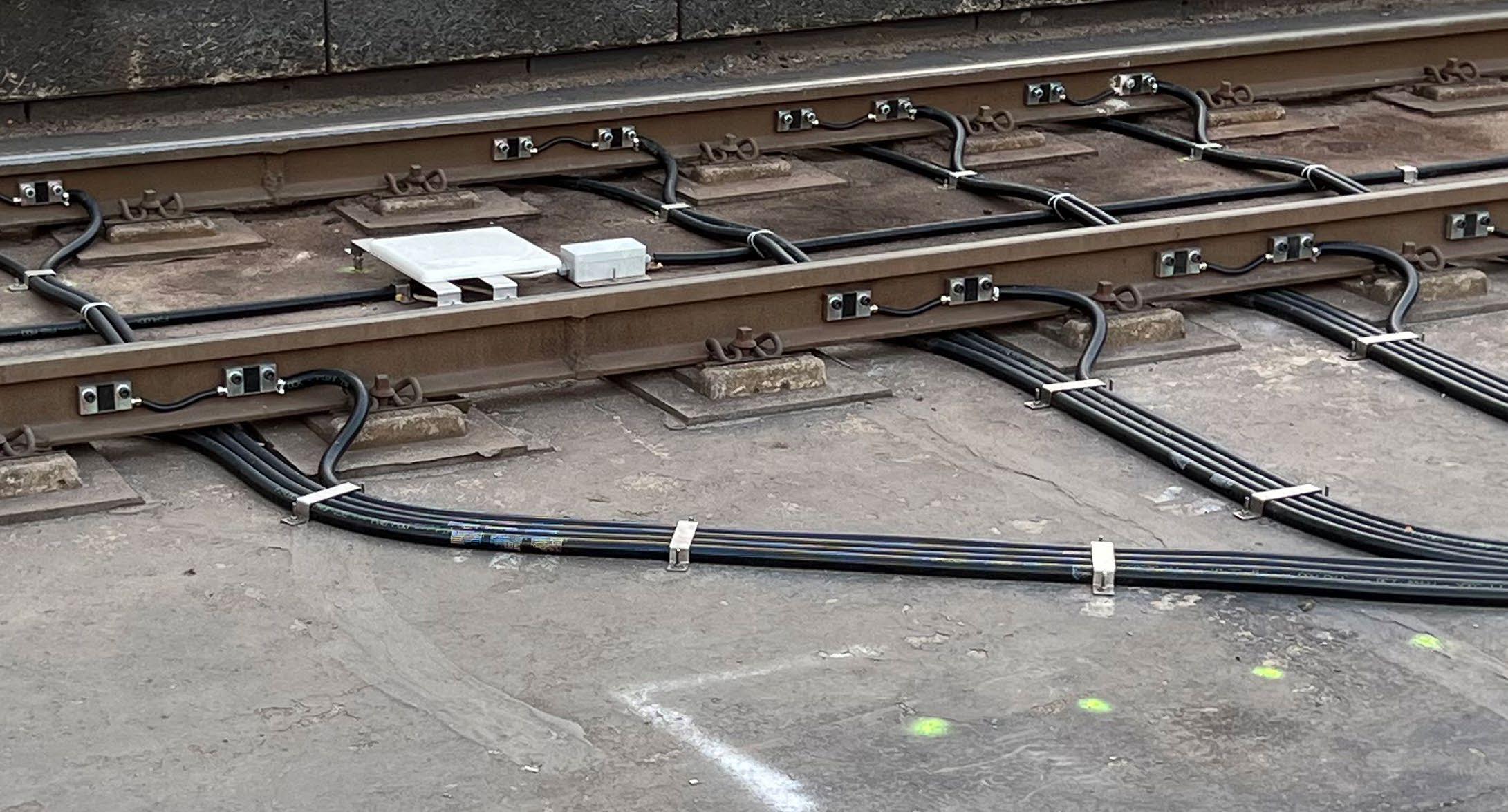
• Automated data feed into HTM’s Data Hub and AURA Wheel system via REST APIs
• Seamless integration with existing asset management systems
• Reduction in unexpected maintenance interventions and associated costs
Beyond individual tram maintenance, 3D Wheel+ also contributes to predictive track maintenance. By identifying trams with out-of-tolerance wheels early, HTM can anticipate potential areas of accelerated rail wear along the network. Over time, this data-driven insight helps prevent localised damage, reduces the need for costly track repairs and ensures smoother, safer operations across the system.
This empowers HTM to move from reactive to predictive maintenance, significantly improving fleet uptime and operational safety.
“HTM now benefits from a continuous stream of reliable, actionable data,” says Olaf de Kok, Commercial Director at Althen. “It allows for smarter maintenance planning and ensures the highest safety standards.”
Though based on Althen's proven platforms, the 3D Wheel+ for HTM included:
• Custom weather protection for coastal conditions
• Specific calibration for multiple HTM tram models
• Customised software dashboards with configurable alert thresholds
• Integration with both HTM’s Data Hub and Nem Solutions' AURA Wheel system
The successful delivery of 3D Wheel+ at The Hague Central Station sets a new standard for urban tram monitoring. Althen has proven that complex, real-time measurement solutions can be deployed efficiently, even in challenging environments.
The project highlights Althen's capability to deliver complete system integration, including mechanical
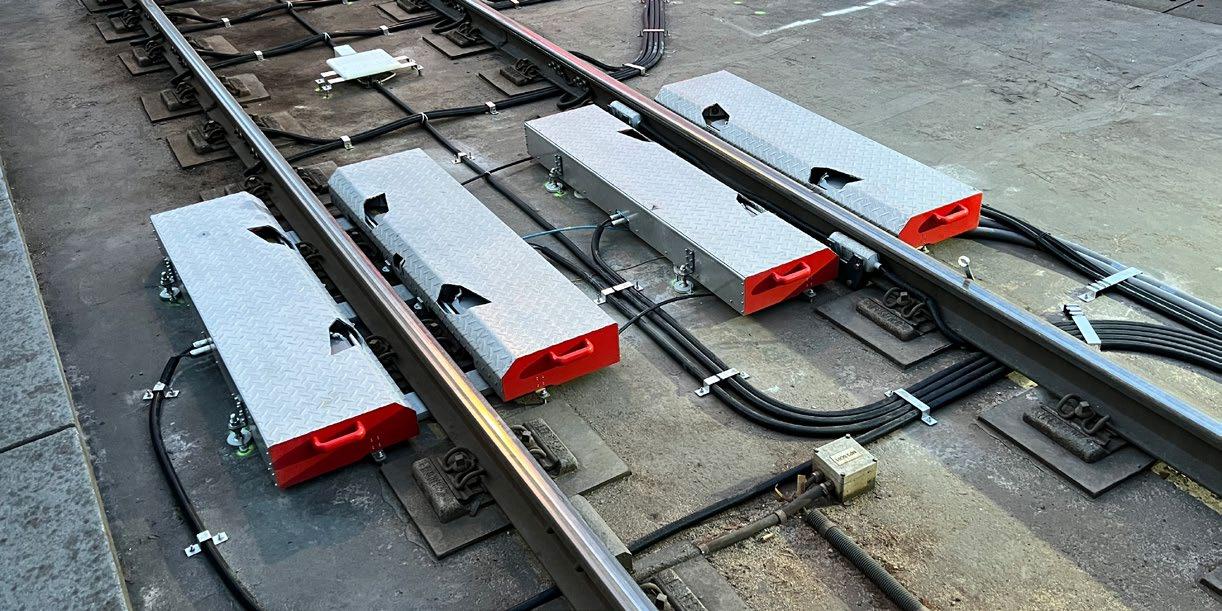
installation, sensor calibration, IT connectivity and aftercare.
Following the successful launch, HTM and Althen continue to collaborate on fine-tuning, monitoring and potential expansions of the 3D Wheel+ system to additional tram lines.
As urban mobility systems become increasingly complex, solutions like 3D Wheel+ will be critical. Smart measurement and predictive maintenance technologies are rapidly becoming standard practice across global public transport networks. Operators seeking to maximise vehicle availability, extend asset life and ensure safety are turning to integrated monitoring platforms as a strategic necessity.
HTM’s proactive investment in smart diagnostics sets a shining example of how modern cities can future-proof their public transport fleets.
Althen Sensors & Controls is a trusted partner for sensor, measurement and control solutions in railway, industrial and infrastructure sectors. With decades of experience and a commitment to customer-specific innovations, Althen delivers technologies that drive smarter, safer and more efficient operations.
www.althensensors.com

Directory
Data & Monitoring
Slope failures such as landslips, embankment failures and rockfall events cause damage, danger and disruption affecting the safe and efficient operation of railways around the world.
The challenge is growing due to increasingly frequent and prolonged periods of extreme rainfall, ageing infrastructure, increasing traffic and the drive to keep ‘boots off ballast’.
Removal of the risk through engineering intervention is complex, expensive and can cause as much disruption as failure of the earthwork asset. Ground engineering programmes that involve measures such as slope regrading or installing ground anchors, sheet pile walls or barriers are therefore a ‘last resort’. That’s why geotechnical engineers more often choose to mitigate the risk through remote condition monitoring at many sites. With a growing range of technologies to choose from, an effective monitoring programme can provide advance warning of gradual slope failures and immediate alerts of sudden events that could block the track.
The most widely adopted method in the UK and a growing number of other countries is wireless remote condition monitoring.
A typical wireless solution will comprise four elements. Firstly, highly sensitive tilt meters mounted on metal stakes detect shallow ground movement; they communicate using a proprietary wireless mesh
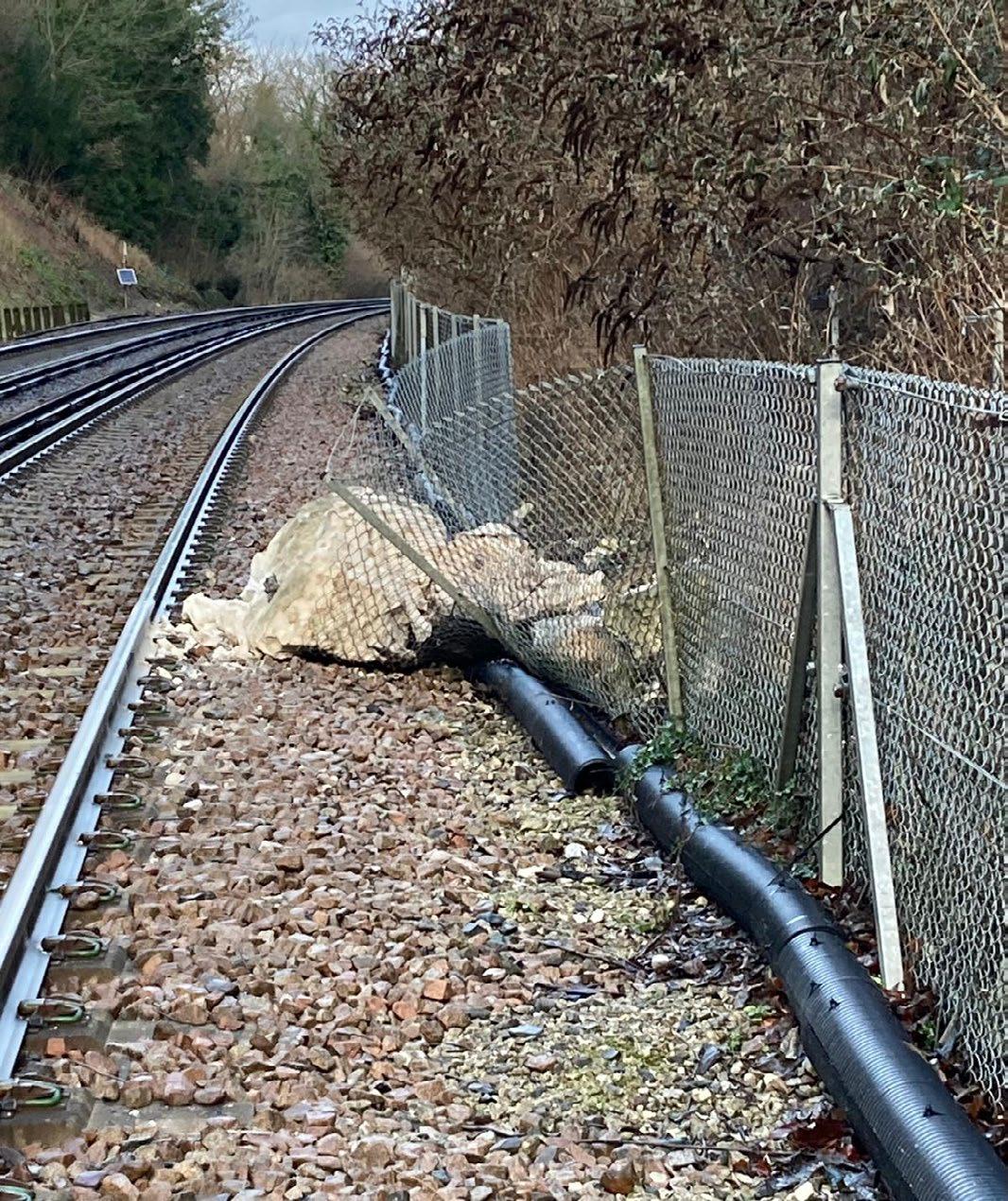
sending data to the second key element, a cellular communications gateway that relays data to the third element – a cloud-based portal. The fourth part of the system is a sophisticated camerahub that takes images on a scheduled basis and when triggered by tilt node movement, and relays them immediately to remote users. The whole system is built around InfraGuard™ software that enables the nodes to operate for many years in a low-power mode and suddenly wake-up and send alerts in the event of movement thresholds being breached.
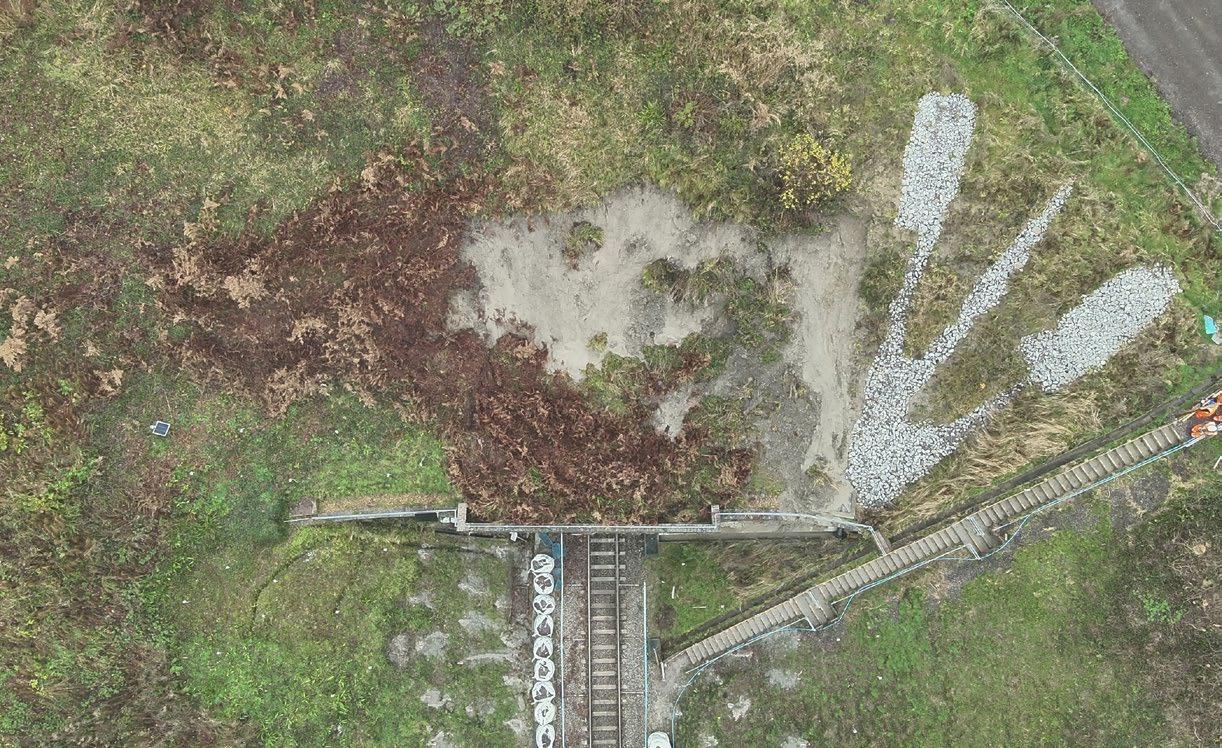
Remarkably, it is now a decade since the first wireless remote condition monitoring system to detect and warn of landslips was deployed on a Network Rail cutting at Barnehurst, South London. The system demonstrated its value almost immediately by warning of gradual ground movement three days before a largescale landslip suddenly deposited tonnes of soil and debris on the track just before rush-hour trains were due on the route. Since then, the technology has been continuously improved and deployed on an industrial scale across many of Network Rail’s most ‘at-risk’ sites, particularly on its Southern Route covering Kent, Sussex and Wessex.
The journey that started with concept and trial deployments in 2015 has led to large-scale use of sophisticated integrated systems today. That journey involved many challenges, which would not have been overcome without a truly collaborative approach between an asset owner (Network Rail) and technology experts at Senceive. The result is a smart IoT solution that is easy to implement, provides reliable continuous monitoring of remote sites and requires minimal maintenance over its ultra-long (10+ years) life.
Key milestones along the way include:
• Continuous improvement of tilt sensors in terms of battery life, robustness for reliable operation and remote configuration options
• The addition of solar-powered cameras configured to send immediate site photos in the event of ground movement – the latest model can remove
moisture from the lens and has the processing power to generate clear images on the darkest nights without a flash or illuminator
• Standardisation of a four-level alerting system based on the severity of the earthwork failure
Today a total of 20,000 tilt sensors and 1000 cameras are deployed on 50 kilometres of track in Kent, Sussex and Wessex alone. The same technology is being employed on a growing scale on other UK routes and in Germany, France and the USA.
The solution has matured into a robust, integrated package, with options to include other sensors as part of the same wireless network. A prime example is the drainage monitoring package developed by Senceive to help engineers assess the impact of bad weather on geotechnical assets. The solution provides long term data and immediate alerts relating to earthwork drainage including local precipitation, soil moisture content and water level in culverts, drains and open channels. Like other elements of the smart InfraGuard system, it can include cameras to ensure remote users can get eyes on site long before they can get boots on the ground.
While most wireless applications are intended to detect mass movement of soil, it soon became clear that, with some modification, bespoke packages for different failure types could be provided. An example is a rockfall monitoring solution launched in 2024 where various wireless sensors can be attached to fences and barriers
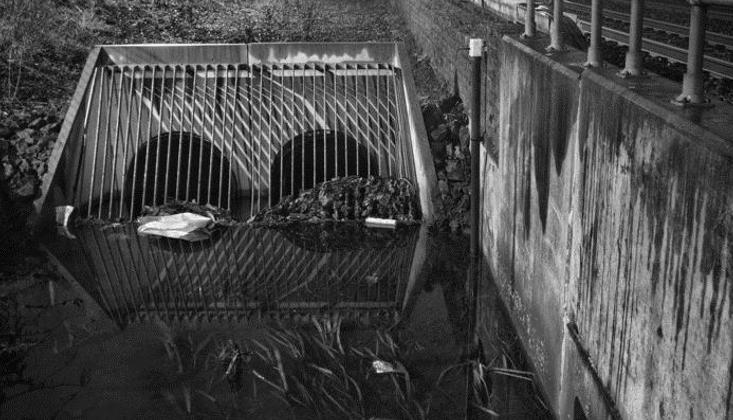
to detect and warn of material falling onto the fence, potentially blocking the railway track below.
Events can be detected in three ways:
• Rockfall detected by draw wire sensors: This method is based on sensors detecting the extension of draw wires fixed to the fence as a result of loading by rockfall debris. It is particularly sensitive to the gradual accumulation of material over an extended period.
• Impact on catchfence detected by tilt sensors: This approach is based on impact sensors in the Senceive NanoMacro tilt nodes mounted on catchfence stakes detecting a sudden acceleration or shock. It is ideal for detecting instantaneous events such as a small-to-medium sized boulder hitting the fence.
• Rotation of catchfence stakes detected by tilt sensors: This approach is based on the detection of rotational movement by the highly sensitive tilt sensors in the same NanoMacro nodes described above. Because it requires movement of the catchfence stakes it is the most reliable way of detecting a large-scale rockfall event that hits the fence with significant force.
An event detected by the sensors will trigger the system to accelerate reporting and send highresolution site images. Equipped with cameras capable of detecting football-sized objects from 50 metres in any lighting conditions, this system enables rapid decision-making, helping to significantly reduce the risk of infrastructure disruption, accidents and derailments.
Built for the most rugged and remote locations, the wireless monitoring solution operates independently, requiring no external power or fixed communications infrastructure. This makes it an ideal choice for deployment in challenging, inaccessible areas where rockfall presents a serious risk to rail infrastructure. It is a modular system and can be fitted to virtually any fence. A recent deployment in the north of England was achieved within a few hours using a plastic mesh fence supported by steel stakes. Tilt nodes were fixed to the stakes, a wireless cellular gateway was added, and the system was delivering data before the team left the site.
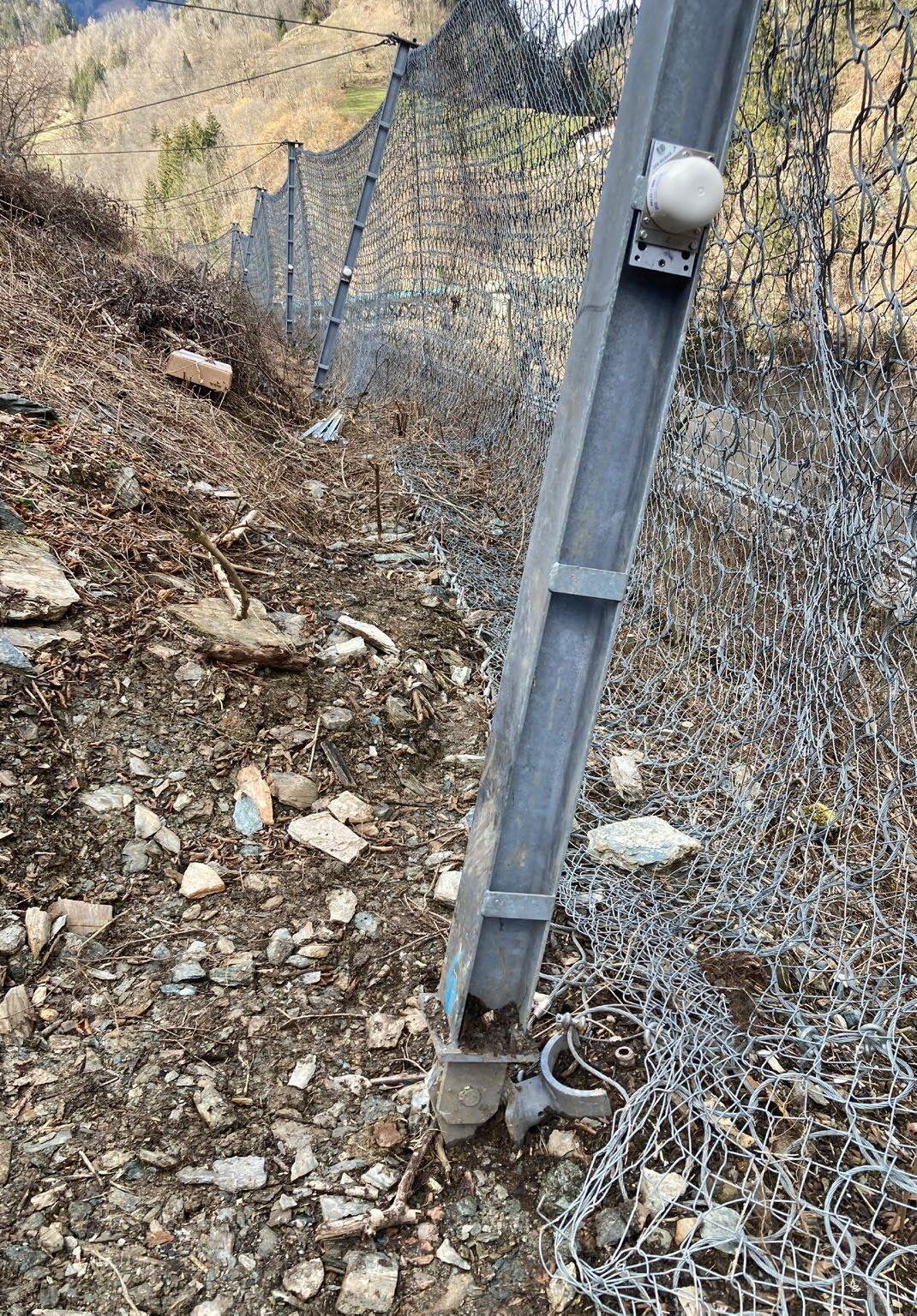
The future looks bright for wireless monitoring as the primary early warning technology for railway earthwork failures with further innovation in the pipeline, both from Senceive and from the various users. Just one such example is streamlining the alerting process such that messages are sent directly to signallers so they can react to potentially dangerous events without waiting for an assessment by geotechnical engineers.
For more information visit our website or contact one of the team.
RailHub is a digital platform that transforms how rail teams plan, brief, and deliver safe work. From producing fully compliant Safe Work Packs to integrating live hazard data and mobile sign-off, RailHub streamlines every step of the safety planning process.
Transform safety planning with RailHub and reduce risk, improve compliance, and build a proactive safety culture across your network.
Create fully compliant SWPs, aligned with industry standards.
Connect to your key safety data sources for accurate, up-to-date planning information.
Enable frontline teams to view, brief, and sign off work from any device
Identify trends and improve performance with built-in Power BI reporting.

Rail continues to be one of the safest modes of transport, supported by decades of investment in infrastructure, standards and training.
Yet, despite progress, serious incidents still occur. In 2023, for example, the European Union Agency for Railways recorded 1,565 significant accidents, resulting in 841 fatalities and 650 serious injuries¹. These figures, while EU-based, reflect a broader global truth: although safety has improved, more can be done. Particularly in worker safety and safe work planning.
As the rail industry adapts to increased passenger volumes, climate-related risks and evolving workforce skills, the importance of integrated, digital safety tools is growing. Operational digitalisation is no longer a future ambition. It is already well established in countries like the UK and is now becoming a strategic priority in rail networks around the world, from Europe to the Middle East, Asia and beyond. Digital safety systems provide real-time visibility, improve compliance and reduce the burden on frontline workers and managers alike.
Following a serious safety incident in 2019, Network Rail launched the Planning for Delivery (P4D) programme, a national initiative to transform how work is authorised, communicated and executed across the network.
This marked a turning point in the UK industry’s
approach to safe work planning. It became clear that more collaborative, transparent and digital methods were needed to reduce risk and improve frontline safety.
To support this transformation, Tracsis, in collaboration with Network Rail and EY, developed RailHub. The platform was designed to digitise and streamline the planning and delivery of work on or near the railway. Today, RailHub empowers planners, responsible managers and frontline staff to collaborate more efficiently while maintaining full alignment with industry safety standards. It is now widely used across the UK and plays a central role in modernising the rail industry's safety culture.
Despite ongoing advancements in infrastructure and system-level safety, many rail organisations still struggle with fragmented planning tools, inconsistent workflows and paper-based processes. These challenges not only reduce efficiency and hinder compliance but also make it harder to create safe working environments for frontline staff.
RailHub solves these problems by providing a central, digital workspace for safe work planning. It enables teams to produce fully compliant Safe Work Packs also known as Safe Work Permits efficiently, integrate live hazard data, use industry-standard forms and securely sign off tasks from mobile devices in the field. Its design ensures consistency, traceability and full alignment with rail safety standards.
Integration with live hazard data and other key reference materials ensures that rail workers are working from the same, most up-to-date information. From planning to execution and reporting, RailHub supports end-to-end safety management.
RailHub also contributes to a more proactive approach to safety. With built-in reporting tools powered by Power BI, operators can identify trends, highlight risks and improve performance across teams and locations.
This data can be used to inform safety strategies, enhance training and ensure lessons are learned across the organisation.
This approach aligns closely with universal safety goals, including better incident reporting, harmonised safety metrics, and the adoption of consistent frameworks for assessing safety levels and performance.
Across Europe, major projects are driving rail modernisation, with digital transformation and safety at the heart of infrastructure upgrades. In the Middle East, rapid economic growth and investment in transformative transport networks are positioning the region as a leading force in global connectivity. In both regions, digital safety tools like RailHub play a vital role in creating safe working environments that support long-term sustainability, efficiency and resilience.
With RailHub proven in the UK, we are now introducing it to international markets, including Europe and the Middle East. Its modular, configurable design makes it adaptable to national standards, languages and operating procedures.
Whether aligning with international frameworks or local regulatory systems, RailHub can be tailored to meet the unique needs of any railway network.
Our approach is collaborative. We work closely with customers to co-design and implement digital safety solutions that align with their goals, teams, and operational systems.
Tracsis Rail Technology & Services is a leader in operational software, safety systems, analytics and digital transformation for the rail industry. We work with infrastructure managers, operators and government bodies to improve performance, safety and reliability through technology.
Beyond RailHub, our capabilities include remote condition monitoring, smart ticketing, operational planning and performance tools. We are known for combining technical excellence with deep rail industry knowledge.
We invite rail operators, infrastructure managers and policymakers to meet with us at TRAKO in Gdańsk, Saudi Rail in Riyadh, and Middle East Rail in Abu Dhabi. These events are the perfect opportunity to see how RailHub and the wider Tracsis ecosystem can support your safety goals and digital ambitions.
Let’s build a safer, more connected railway together.
¹ European Union Agency for Railways, Railway Safety Overview 2025, March 2025 - available here
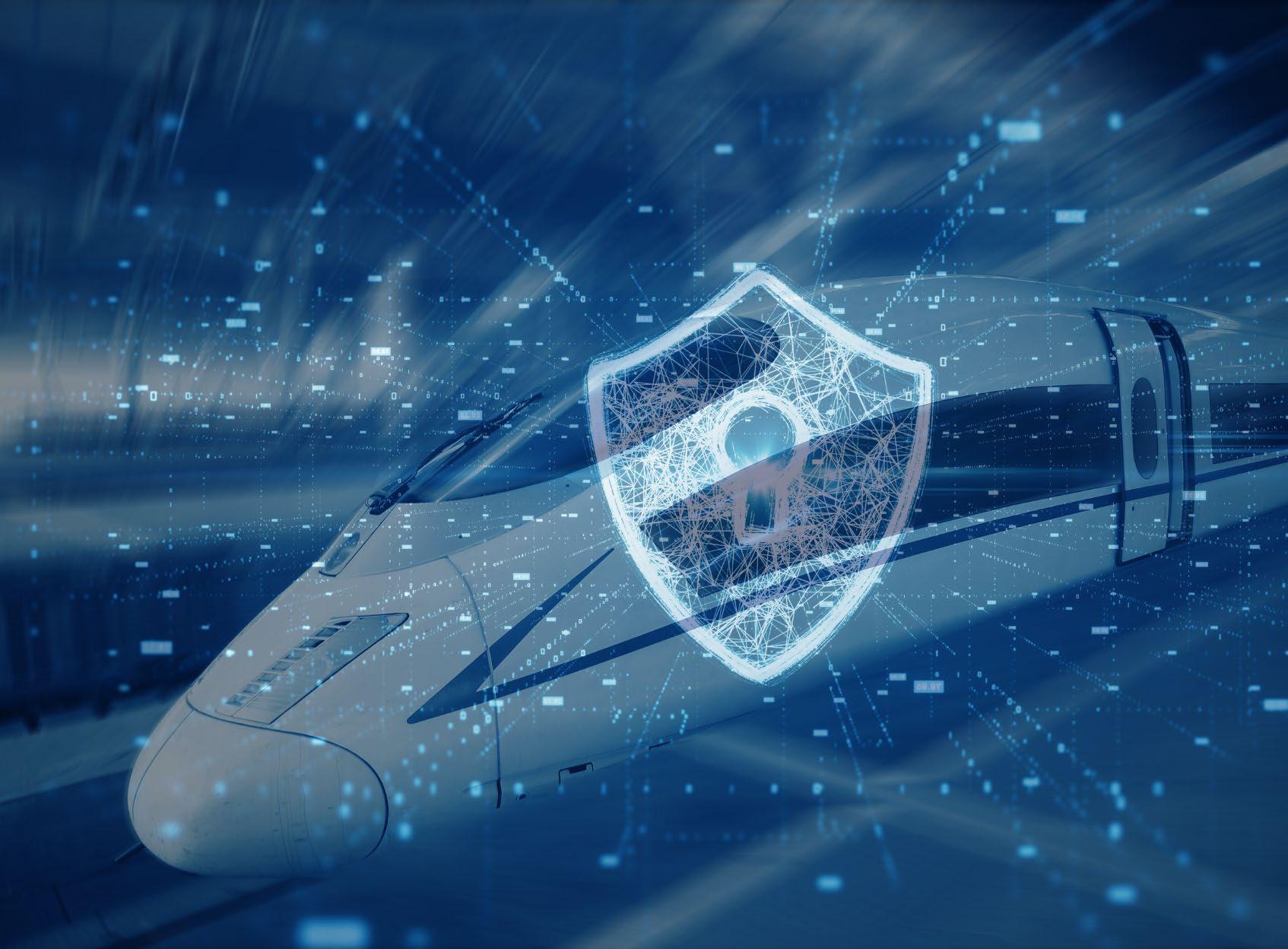

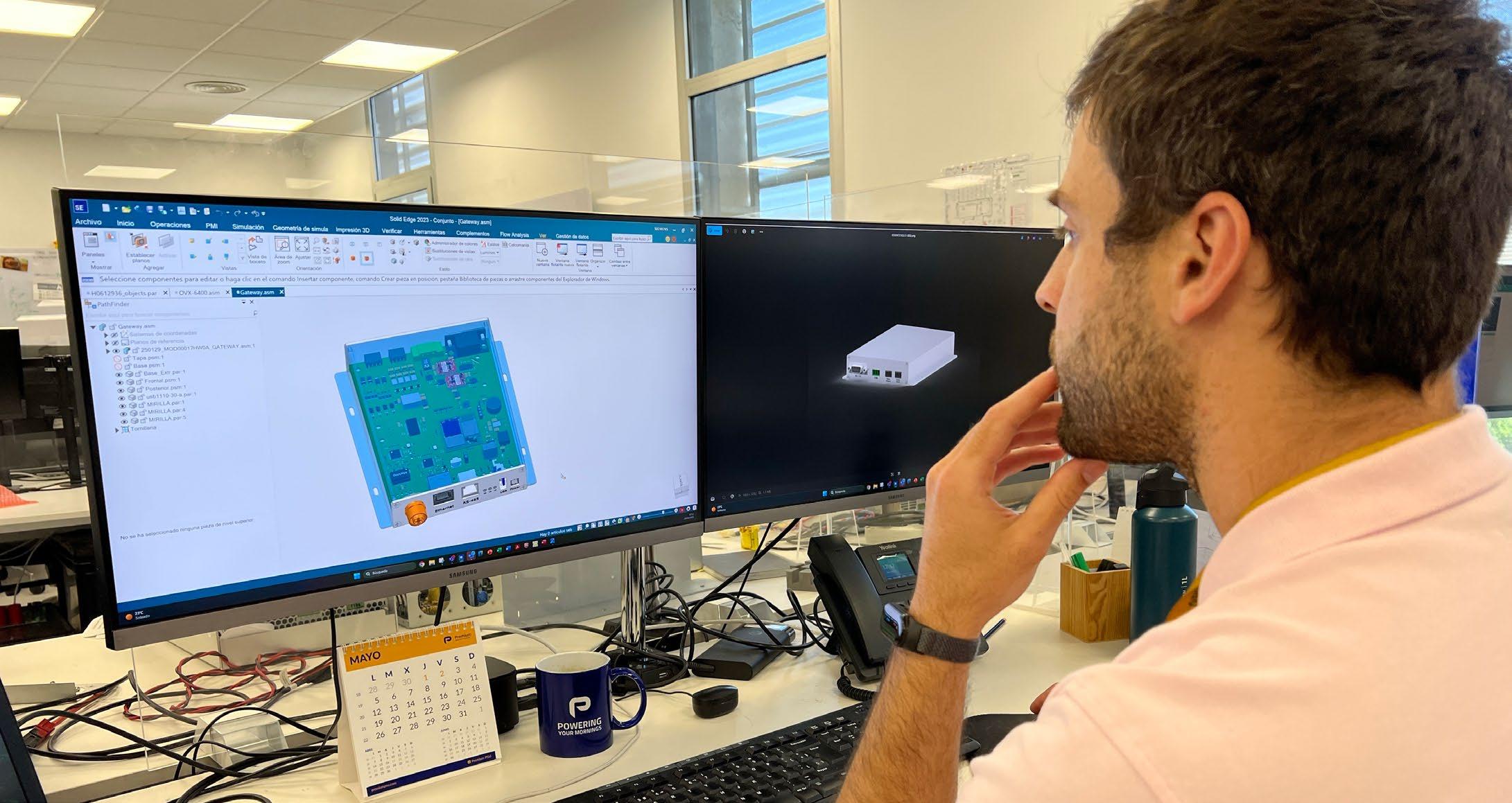
Anewmodular solution designed to bring modern communication capabilities to legacy railway systems.
In today’s fast-evolving railway industry, the demand for real-time data, secure communications and interoperable systems is driving a technological shift across the sector. Yet, a significant portion of legacy equipment still operates on outdated or single-protocol communication architectures, limiting the potential for integrated, intelligent transport networks.
With its new Premium Vision gateway, Premium PSU offers a breakthrough solution: a modular
communication module that brings modern connectivity to legacy railway systems. By enabling data exchange across multiple protocols and interfacing with both old and new infrastructure, Premium Vision acts as a powerful bridge between the past and the future of railway technology.
This hardware platform has been specifically developed for railway environments, offering a rugged, reliable and highly adaptable solution. Designed around a System on Module (SoM) running embedded Linux, Premium Vision provides the flexibility required for integration into a wide range of railway projects. It allows system architects and engineers to gather, process and transmit data using both legacy serial

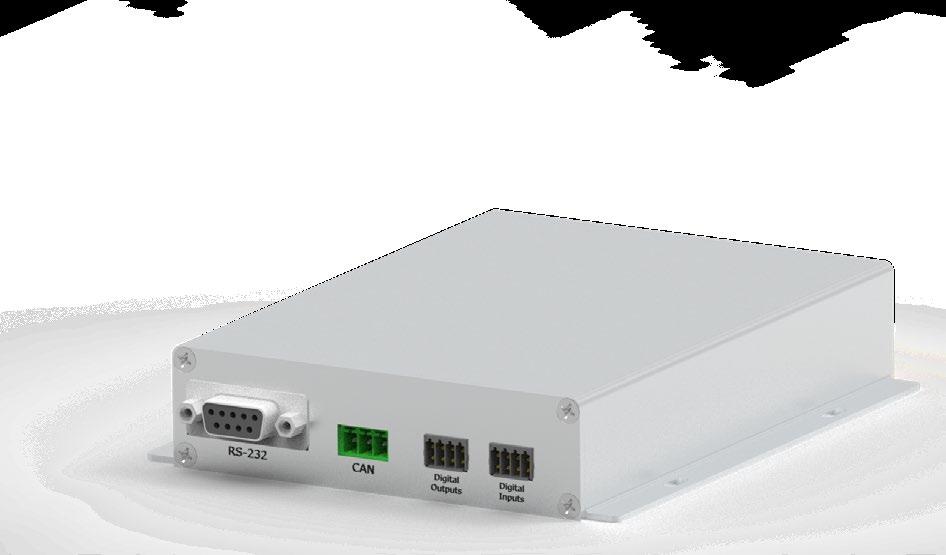
protocols like RS232, RS485 and CAN, and modern Ethernet-based standards such as REST API, SNMP and MODBUS.
Dual Ethernet ports ensure seamless communication with existing IT infrastructures and transport management systems. In addition to protocol translation and communication management, the module also offers optional capabilities for reading analog inputs, monitoring digital signals and actuating external outputs – making it a complete solution for both passive monitoring and active system control.
Built for railway-specific challenges, Premium Vision operates within a wide temperature range of -40ºC to +70ºC and meets all relevant certifications including EN 50155:2021, EN 50121-3-2:2016, IEC 62236-3-2:2018, EN 50121-4:2016 and IEC 62236-4:2018. These standards ensure electromagnetic compatibility, safety and robustness in environments where failure is not an option, including high-vibration scenarios, voltage fluctuations and electromagnetic interference. Its compact and modular design simplifies integration and maintenance while delivering maximum scalability. Equipped with eight status LEDs, four digital inputs, and four relay outputs, Premium Vision is ideal for diverse railway applications ranging from rolling stock upgrades to wayside monitoring systems. This versatility makes it an excellent choice for projects where space, power and compatibility are at a premium.
In addition to its technical strengths, Premium Vision helps railway operators align with broader trends in smart mobility, edge computing and predictive
maintenance. By enabling the digitalisation of analogue systems and unifying disparate data streams, the module opens the door to advanced diagnostics, remote monitoring and centralised fleet management. This is particularly valuable in scenarios where modernising entire fleets is cost-prohibitive, but upgrading select subsystems can deliver significant returns in terms of operational efficiency, safety and uptime.
Another key advantage lies in the open and programmable architecture. The embedded Linux platform allows integrators and OEMs to develop custom applications, automate local decision-making, or integrate securely with cloud platforms and central systems. This not only accelerates deployment but also empowers long-term adaptability – future firmware updates or protocol expansions can be implemented without the need for hardware changes.
• Power supply: 12–36VDC
• Protocols: Ethernet, CAN, RS232, RS485
• Dual Ethernet interfaces
• Digital inputs: 4
• Relay outputs: 4
• Status LEDs: 8
• Operating temperature: -40ºC to 70ºC
• Certifications: EN45545, EN50155
• Warranty: 5 years
The Premium Vision gateway is more than a connectivity device – it’s a strategic enabler for railway digitalisation. By extending the life and utility of existing assets, operators can avoid costly overhauls while still achieving the performance and integration needed for modern railway operations. It enables incremental, modular upgrades that minimise service disruptions and maximise return on investment.
With this new solution, Premium PSU reaffirms its role as a trusted technology partner in the railway sector. Premium Vision exemplifies the company’s values: innovation, reliability and long-term commitment to helping operators meet the challenges of a connected, data-driven future.
Click here for more details about Premium Vision and other railway solutions from Premium PSU.


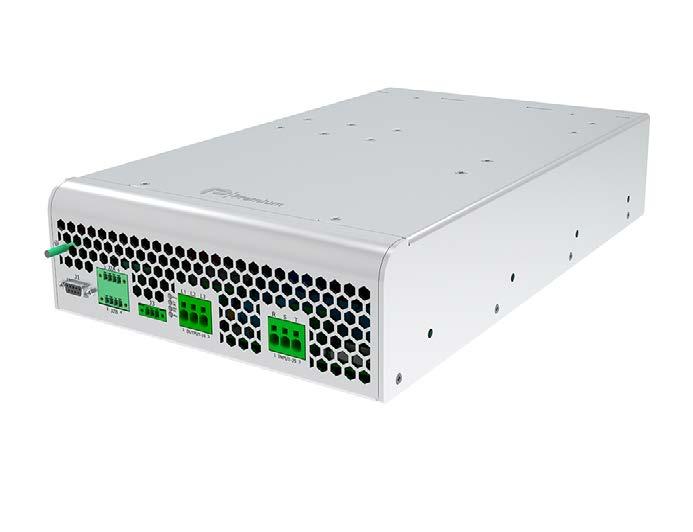
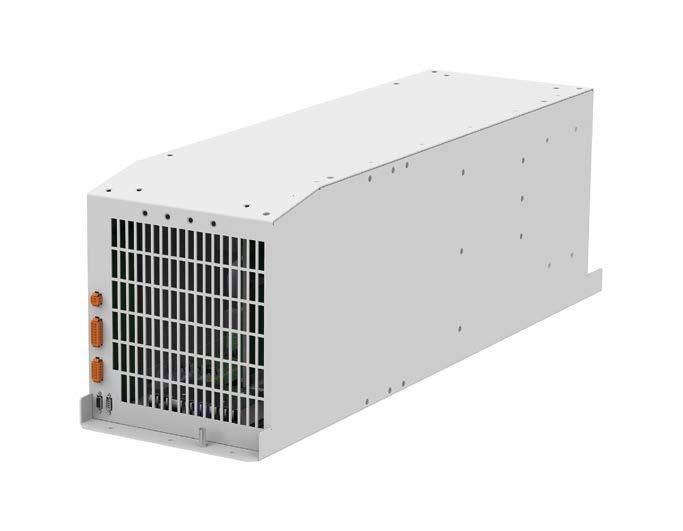
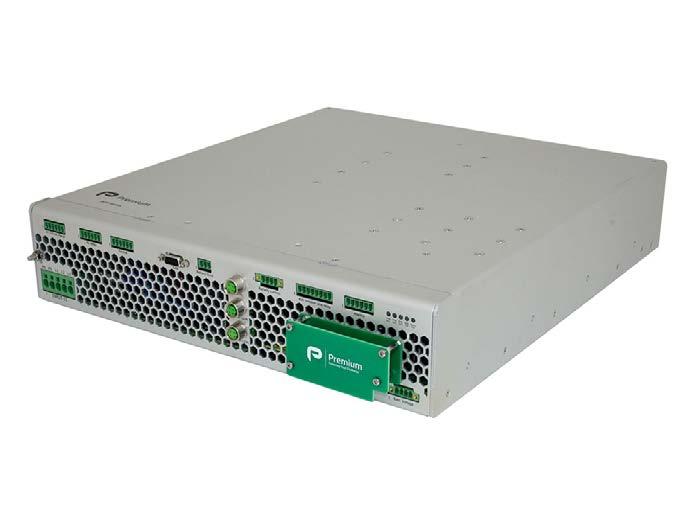
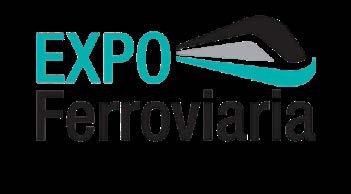




In times where technological evolution is constant and the need for adaptability is more critical than ever, Frequentis as the global market leader for GSM-R dispatcher solutions, has recently introduced its Operation Communication Manager (OCM).
Markus Myslivec, Head of Public Transport Solutions at Frequentis gives insights into the solution and how Frequentis contributes to the digital transformation of railway communication.
Railway News: What makes the Operations Communication Manager (OCM) a novelty and how does it support major railways globally?
Markus Myslivec: With OCM, we are providing railway operators with a solution that bridges current technology with future demands. OCM is a hardwareindependent, web-based application, ensuring compatibility with various devices, including desktops, tablets and smartphones. It supports both the existing GSM-R system and the Future Railway Mobile Communication System (FRMCS), making it a truly future-proof solution with full backward compatibility.
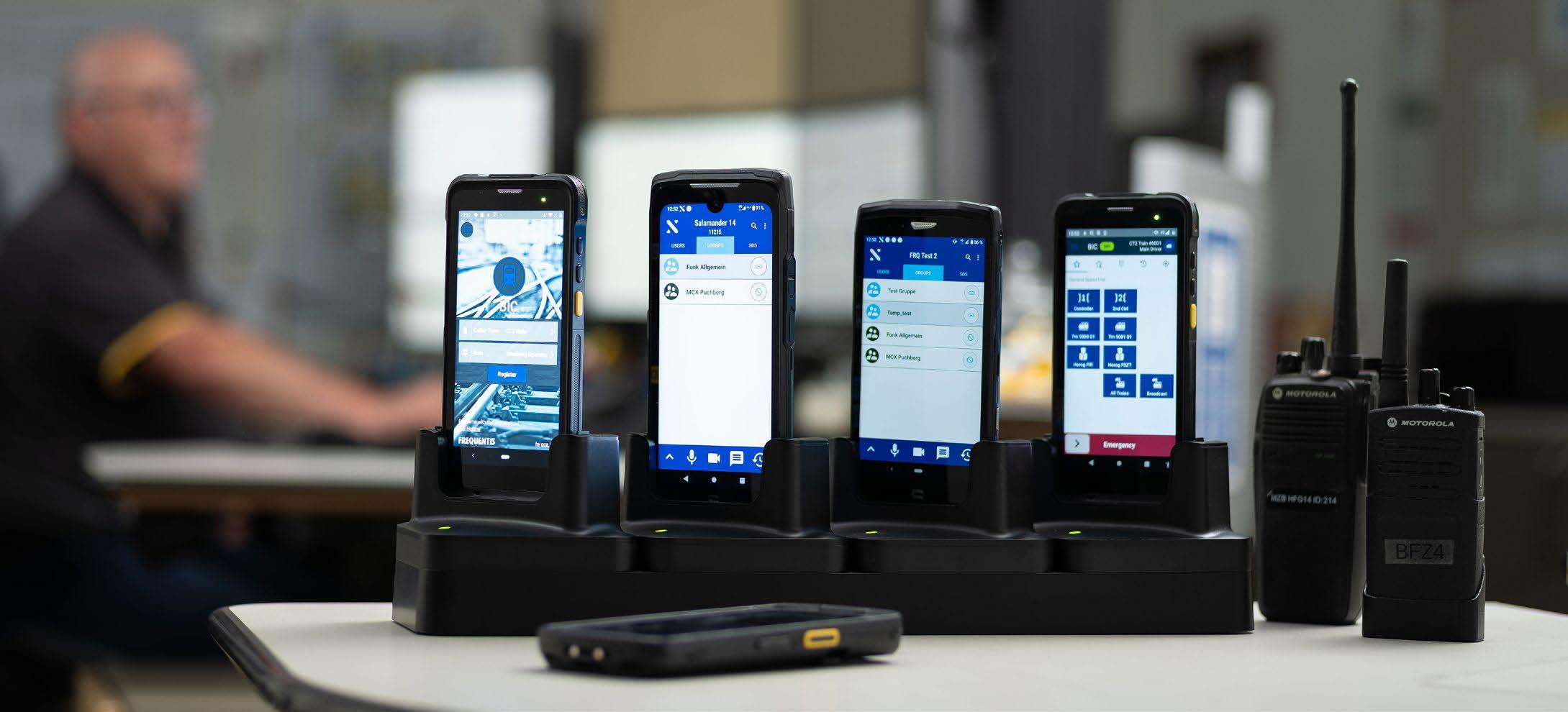
RN: What makes it special compared to traditional systems?
MM: Traditional railway communication systems often have rigid structures that limit adaptability. OCM, on the other hand, offers a customisable user interface with the OCM layout editor. Operators can configure layouts, themes and functionalities to match their workflow, resulting in a more intuitive and customer specific HMI.
RN: How does this enhance operational efficiency for railway operators?
MM: The OCM streamlines operations by offering a high degree of user accessibility and security. It integrates with identity and access management (IAM) systems, ensuring only authorised personnel can access critical communication channels. Additionally, its widget-based system allows operators to integrate GIS mapping, CCTV feeds and real-time notifications, improving situational awareness and decision-making.
RN: Frequentis is also contributing to the modernisation of railway communication through various projects beyond OCM. Can you mention one?
MM: Sure, most recently in our collaboration with Lower Austrian Transport Company (NÖVOG), a mission-critical services (MCX) solution was implemented for Schneebergbahn, a historic tourist railway. This project focused on ensuring secure
and seamless communication over public networks, replacing an aging system with a more advanced, future-ready alternative. The end-to-end solution included applications for mobile devices, dispatcher workstations and backend infrastructure, all based on the 3GPP standard for mission-critical services.
RN: In what ways does this expand digital rail communication and support them on their route to FRMCS?
MM: The NÖVOG project showcases Frequentis’ broader capability in developing and integrating mission-critical communication infrastructure for railway operations of varying scale. It also highlights how scalable, IP-based technologies can be successfully deployed in real-world environments – including remote and mountainous terrain – to improve both safety and operational
“This is the first time ever that an MCX solution is implemented exclusively for railway operations in Austria. The new communication solution enhances our operational efficiency and revolutionises the way we manage critical communication tasks.We are thrilled to collaborate with Frequentis on this lighthouse project.”
Philipp Hammerl, Head of Technical Operations Management, Niederösterreichische Verkehrsorganisationsgesellschaft (NÖVOG)
effectiveness. Experiences like this support the rail sector’s shift towards modern, standardised and secure communication platforms.
RN: What does the future hold for railway communication and how is Frequentis shaping this evolution?
MM: The future of railway communication is all about adaptability, security and scalability. With OCM, we are addressing exactly these needs. Our involvement in innovation-driven projects ensures that we continue shaping next-generation control room solutions, making railway communications more efficient and resilient. Frequentis actively contributes to major standardisation bodies such Europe’s Rail Joint Undertaking and UNITEL UNIFE preparing Europe’s Rail for the successful introduction of the Future Railway Mobile Communication System.

“Schneeberg railway is pleased to be part of this pioneering project.The new solution not only improved voice quality of the announcements tremendously,but also streamlined our workflows.The dispatchers can make announcements directly to the passenger cabin and our staff outside the train can talk to the train drivers via the system.”
Markus Myslivec, Head of Public Transport Solutions at Frequentis
Markus has a long history in railway communications, ranging from software development for GSM-R mobile terminals to technical leadership in fixed line operational communication projects. He also represents Frequentis within major standardisation bodies, UNITEL committee of UNIFE and UIC working groups.

Frequentis is an international supplier of communication and information systems for control centres with safety-critical tasks, leveraging 75 years of cross-domain experience in aviation, defence and transport. The company also holds the number one market share in GSM-R dispatcher terminal positions; more than 10,000 units have been delivered to customer control centres in over 25 countries. Railway customers include UK Network Rail, German Rail (DB Deutsche Bahn), Swiss Federal Railways (SBB), Austrian ÖBB and Wiener Linien, and Australian Sydney Trains.
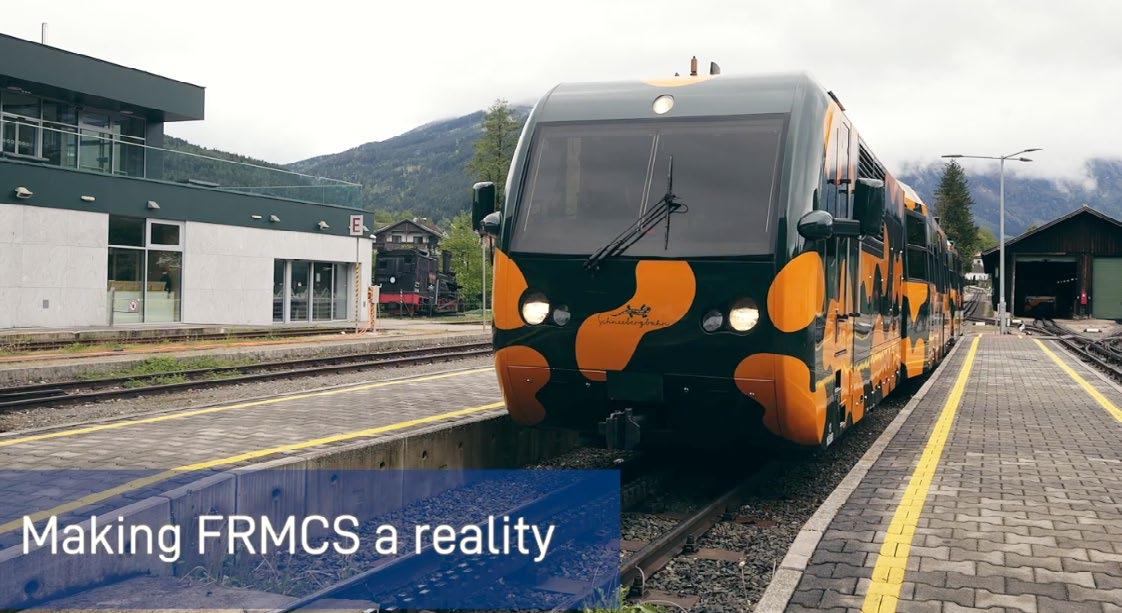

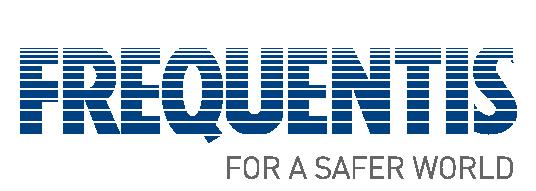

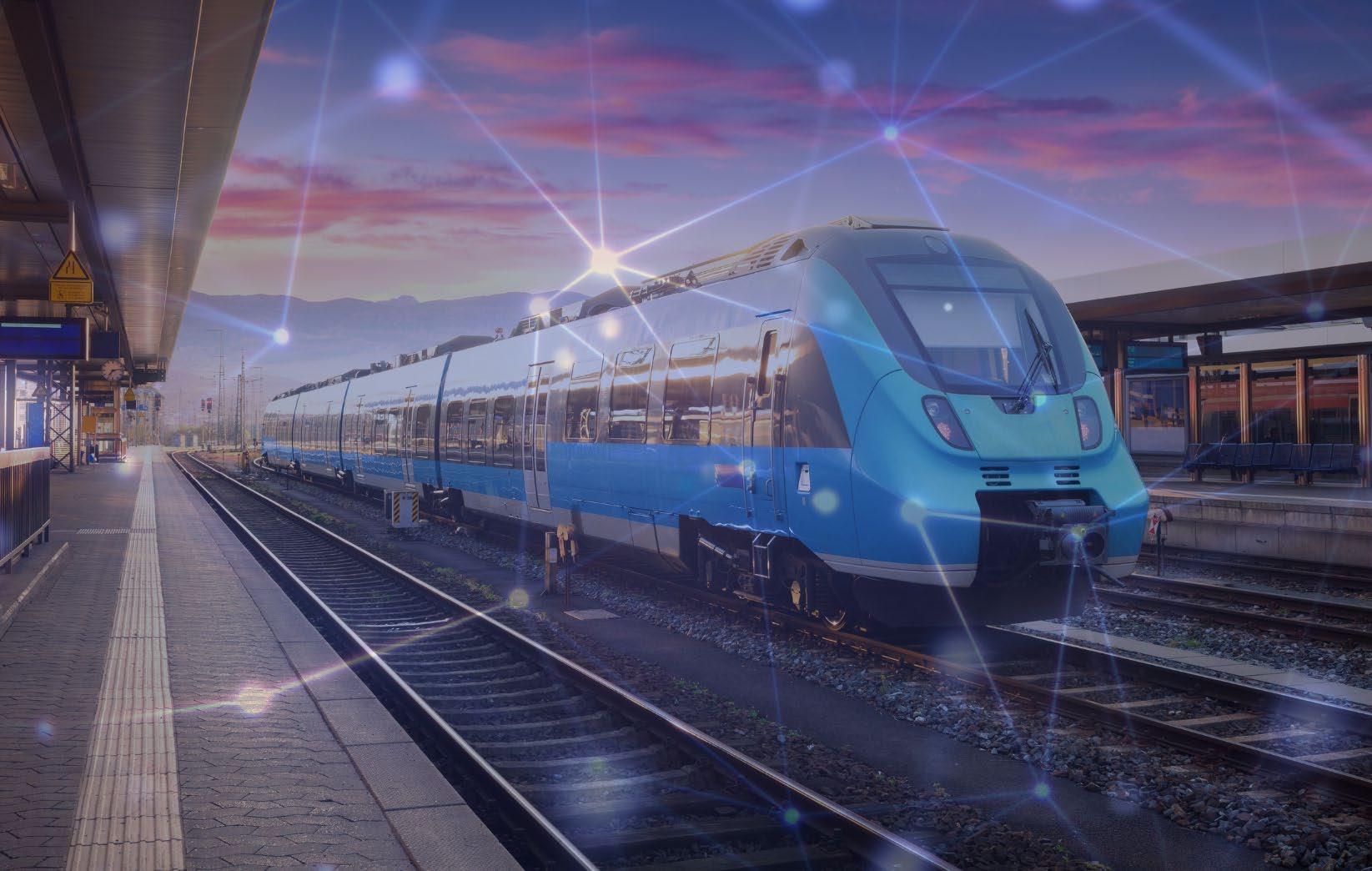
Operators must act now if they wish to ensure their transmission communications network is ready for FRMCS, writes Nokia’s Network Infrastructure Transportation Market Leader, Benoît Leridon.
The Future Railway Mobile Communication System (FRMCS) is the upcoming wireless communications
infrastructure for digital rail. Led by the European Union Agency for Railways (ERA) and the International Union of Railways (UIC), it’s been designed to improve operations through the deployment of digital capabilities. The aim is to use the technology to enhance safety, increase operational efficiency and improve the overall journey experience.
The move to FRMCS from the Global System for Mobile Communications – Railway (GSM-R) is being
championed by rail operators as a way to drive the modernisation of the mobile technologies deployed across rail infrastructure, leveraging 5G radio technology.
However, these goals will require extensions to existing communication networks. For example, the FRMCS uses 5G Core, which means data centre architecture will need to be updated as it’s a cloud native technology.
While all operators will eventually have to migrate to FRMCS, some are more prepared than others. For instance, deploying a dedicated 5G transport network is not immediately feasible for all players, so many are instead looking to modify their current transmission network to support 5G backhaul.
A large number have already migrated their backbone network from Synchronous Digital Hierarchy (SDH) to Internet Protocol (IP)/ Multiprotocol Label Switching (MPLS) to enable new rail applications. But while this is a necessary step on the journey, this alone is not enough as FRMCS demands specific network features, such as deterministic latency and resilience.
So, what do you need to do to ensure your backbone communications network is ready for FRMCS?
There are two main gaps; the first being synchronisation. The network needs to transport synchronisation to the base stations, and this may require new router hardware and/or software.
The second revolves around a network’s cell sites, which may require a slight redesign. Depending on your existing infrastructure and the foreseen 5G spectrum, the number of cell sites may need to be increased, some topologies may need to be optimised to reduce latency, and finally the number of nodes in a ring may need to be reduced.
But synchronisation and topology aren’t the only considerations. There are broader architectural and operational upgrades that rail operators must consider to truly be FRMCS-ready.
For operators already using IP/MPLS, there’s some good
news: the extra steps needed to prepare are relatively minor. But if you’re still relying on SDH, older MPLS setups or legacy infrastructure, you’ll be facing a much bigger leap.
The first step is fully moving to IP/MPLS. This is the only solid foundation for FRMCS, so ensure your routers can support synchronisation protocols such as Precision Time Protocol (PTP) and Synchronous Ethernet (SyncE). Of course, the network will not be dedicated to transport FRMCS, but will be shared with all other critical and eventually less critical applications, becoming a true multi-service network.
Once that’s in place, the next step is called segment routing. This modern take on MPLS reduces your dependency on outdated signalling protocols, making it much easier to scale across thousands of nodes and enabling centralised traffic engineering.
Next, it’s time to deploy Ethernet VPNs (eVPNs), which will standardise service orchestration and improve reliability. These support both Layer 2 and Layer 3 services and offer active-active redundancy, which is especially useful for latency-sensitive railway applications like signalling and voice services.
Operators also need to prepare for cloudification, the process of converting applications, data and compute resources to take advantage of cloud platforms. The FRMCS 5G core is built to be cloud-native, so you’ll need on-premises data centres that can run virtualised, container-based network functions. These need to be designed with redundancy, orchestration and scalability in mind, as they’ll be hosting your most critical applications. The tight connection to the multi service MPLS network will have to be enhanced to facilitate and secure end-to-end service from sensor to application.
There are still some open questions around just how much compute sharing will be practical – running CCTV and safety-critical systems side by side for instance, but the direction of travel is clear: rail networks are moving toward shared, cloud-based in-house infrastructure.
Security also needs to be front and centre when

making this transition. A zero-trust model, where all access is treated as untrusted until verified, is increasingly seen as essential. But this can’t be effectively implemented without a complete inventory of applications, their interdependencies and access requirements. Therefore, it’s imperative that you ensure everything is catalogued, because that’s the biggest hurdle to building an effective segmentation (also called zoning) strategy.
At Nokia, we play a critical role in supporting rail operators through these types of transformations, going beyond equipment vendor to become a strategic partner.
We continue to invest in products purpose-built for mission-critical environments, but what sets us apart is our experience and knowledge of the rail ecosystem. We’ve worked with rail customers for decades, developing migration plans, helping design architectures and providing coordination support.
Crucially, we also remain one of the only vendors still
supporting legacy application transport over IP/MPLS routers, which enables operators to modernise their network without overhauling every legacy system at once.
FRMCS may not start being rolled out until 2028, with the decommissioning of GSM-R beginning in 2032, but the work to prepare must begin now. This is because building or modernising a large-scale communications backbone takes time, especially when dealing with legacy systems. But we’re here to help, so if you want a partner on your journey to create a safer, more intelligent and more responsive network for the next era of rail, visit the Nokia Railways webpage.
Click here to talk to a Nokia railway expert!
www.nokia.com/industries/railways


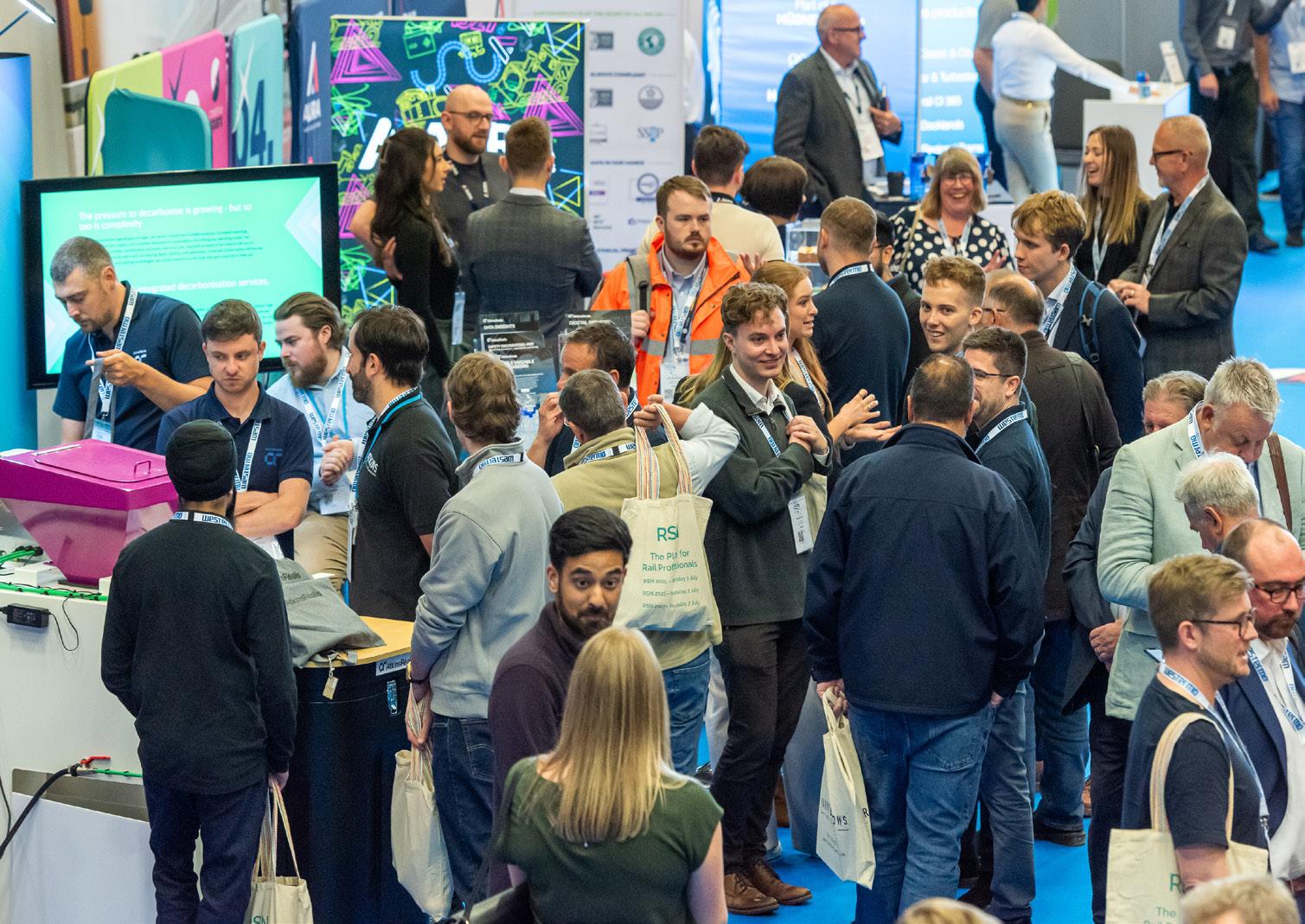
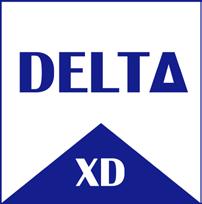



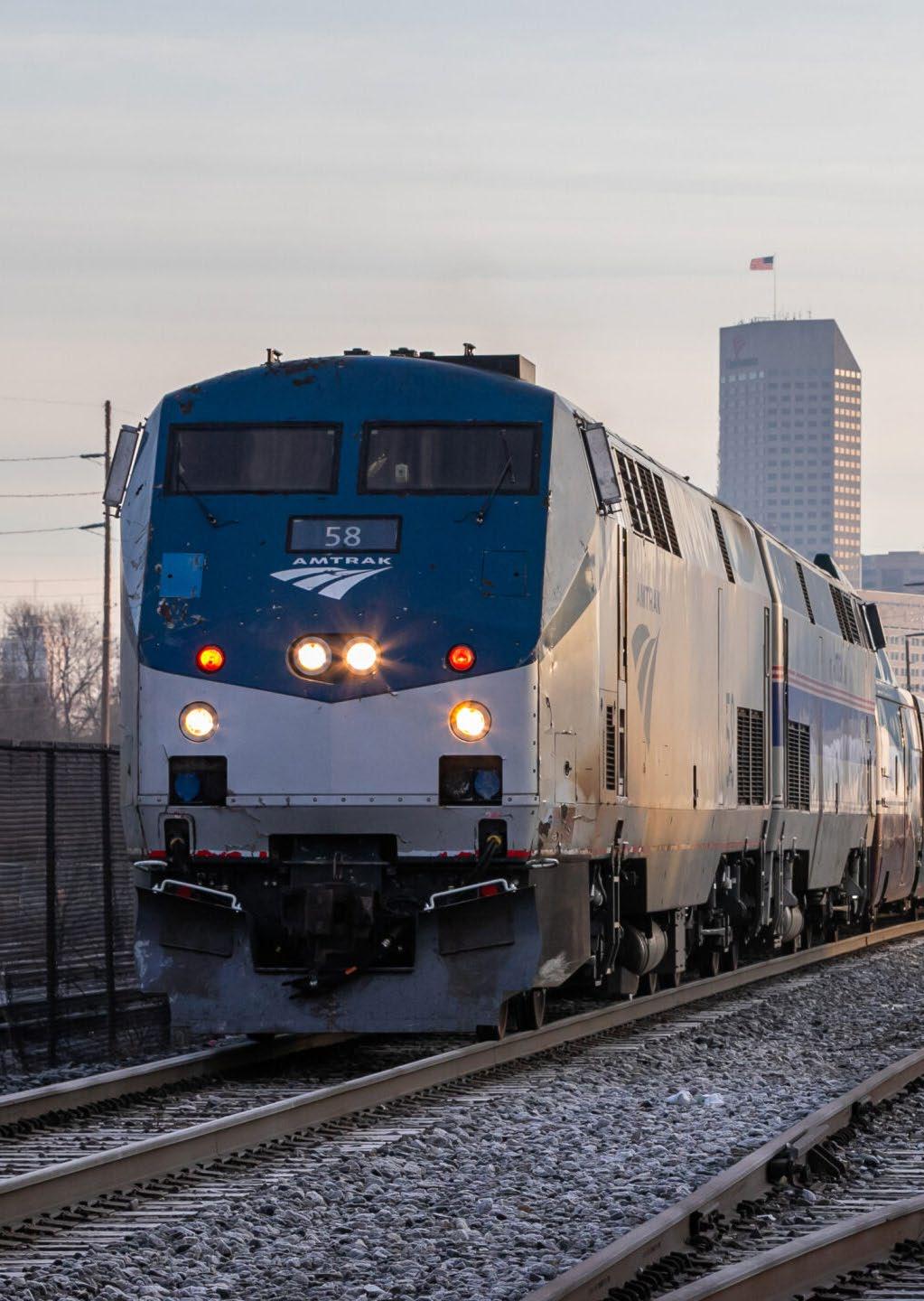
Thank you for reading Issue Two 2025 of the Railway-News magazine. Visit our website to keep up to date with the rail sector.